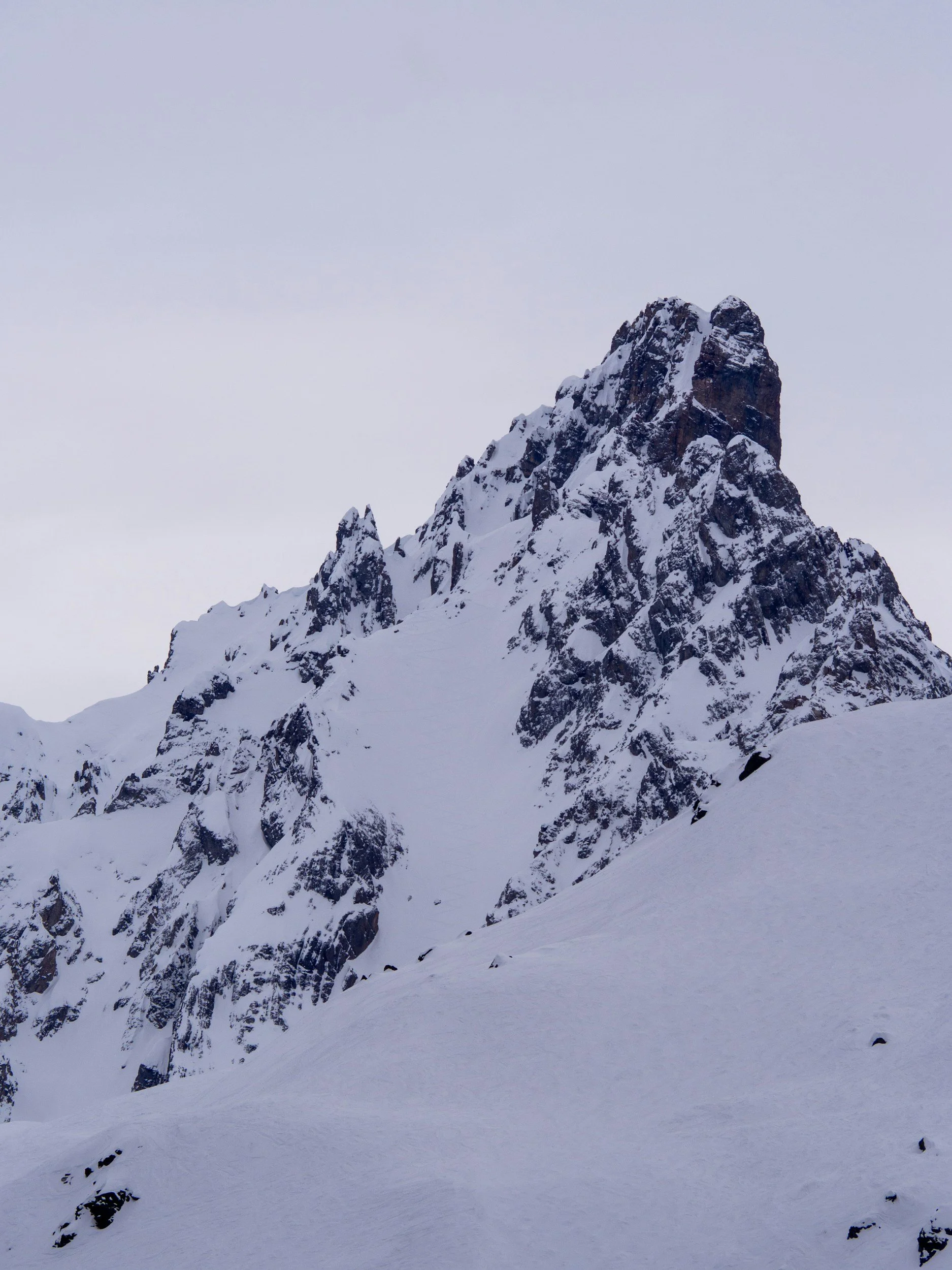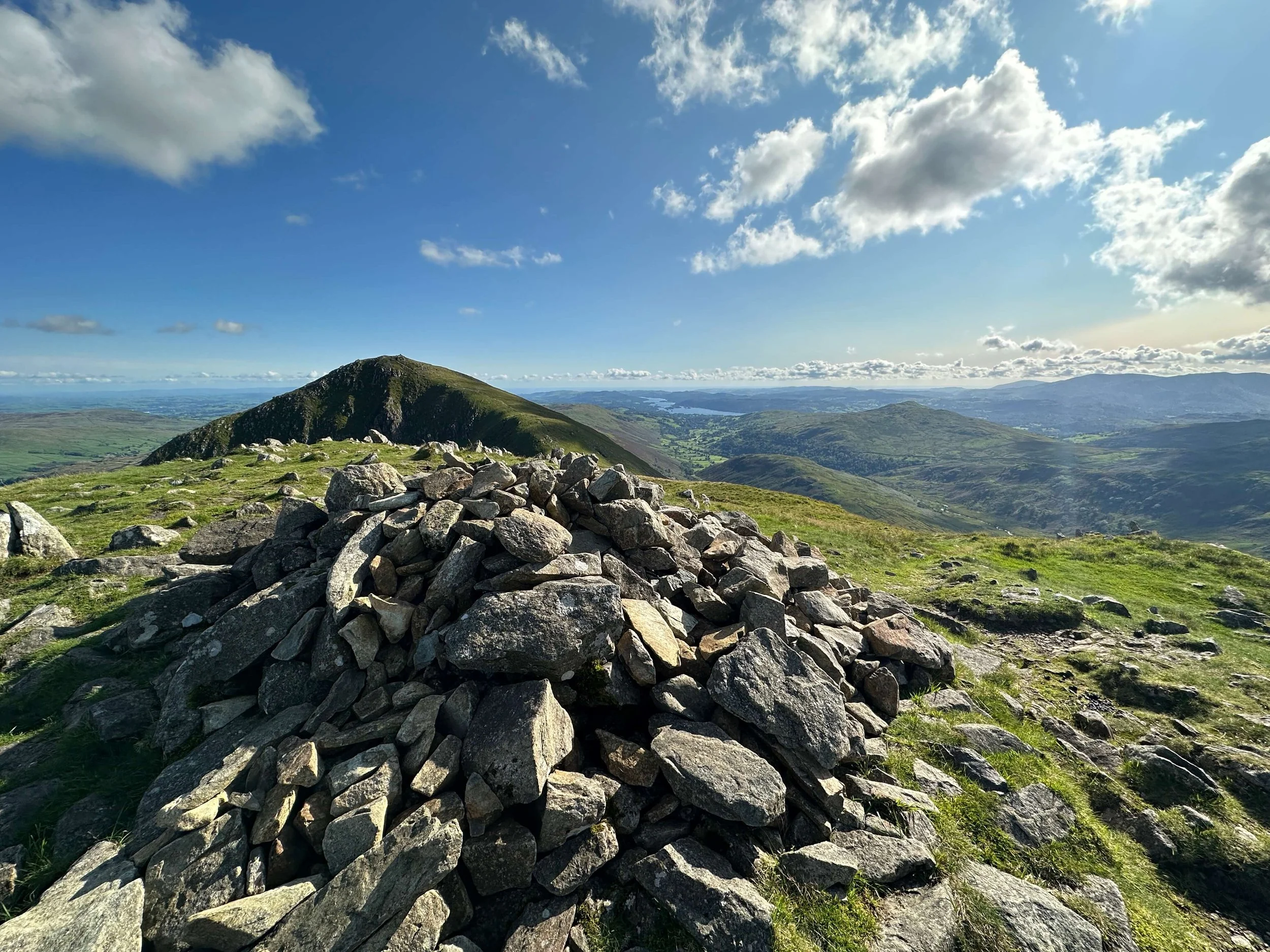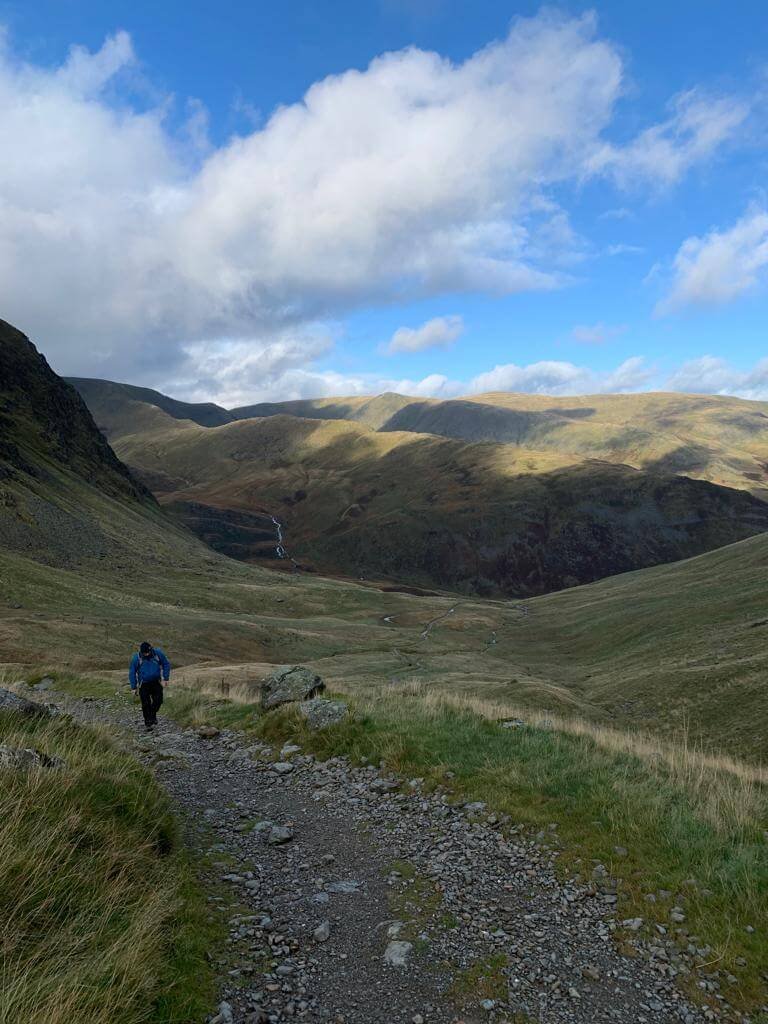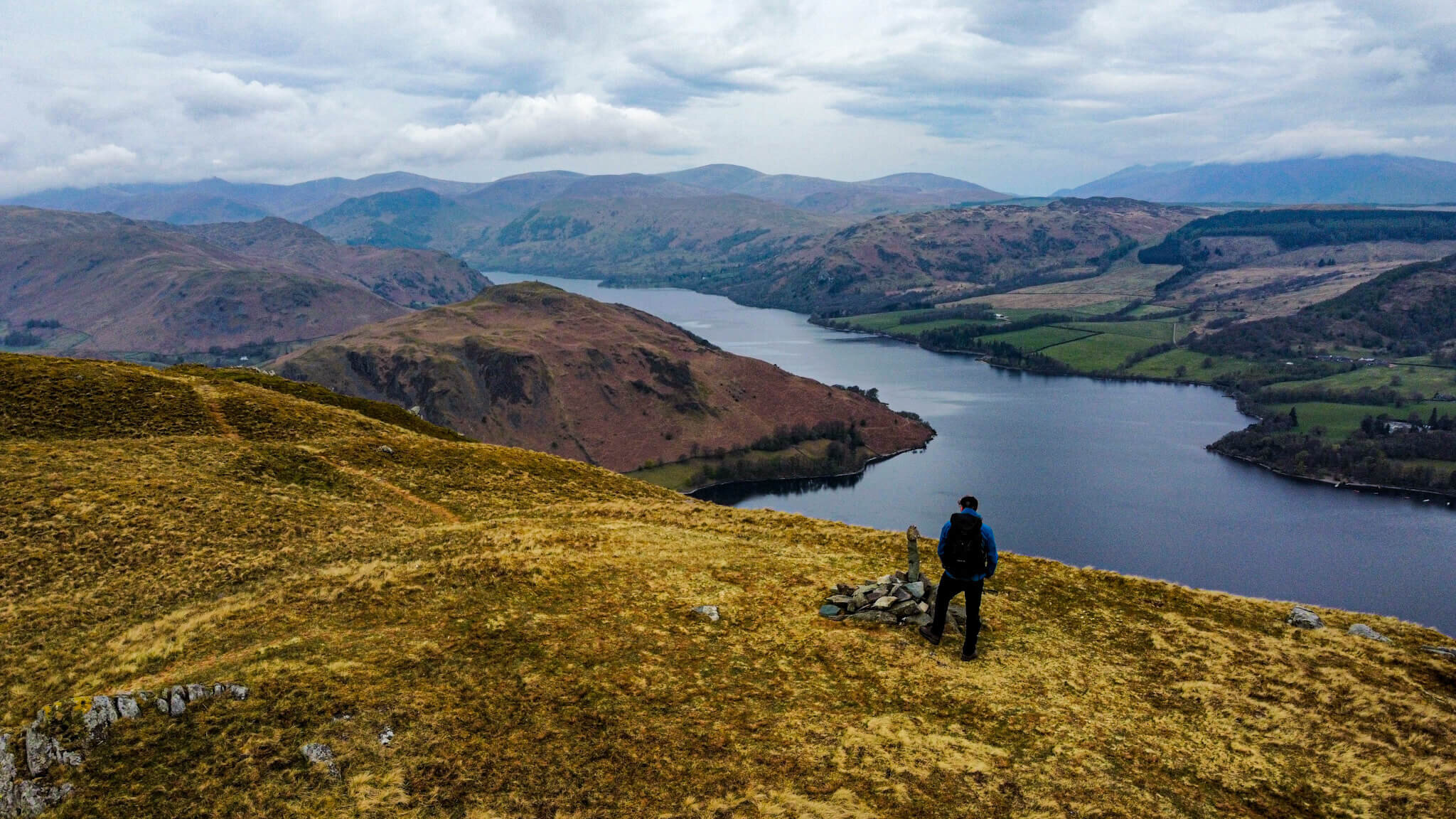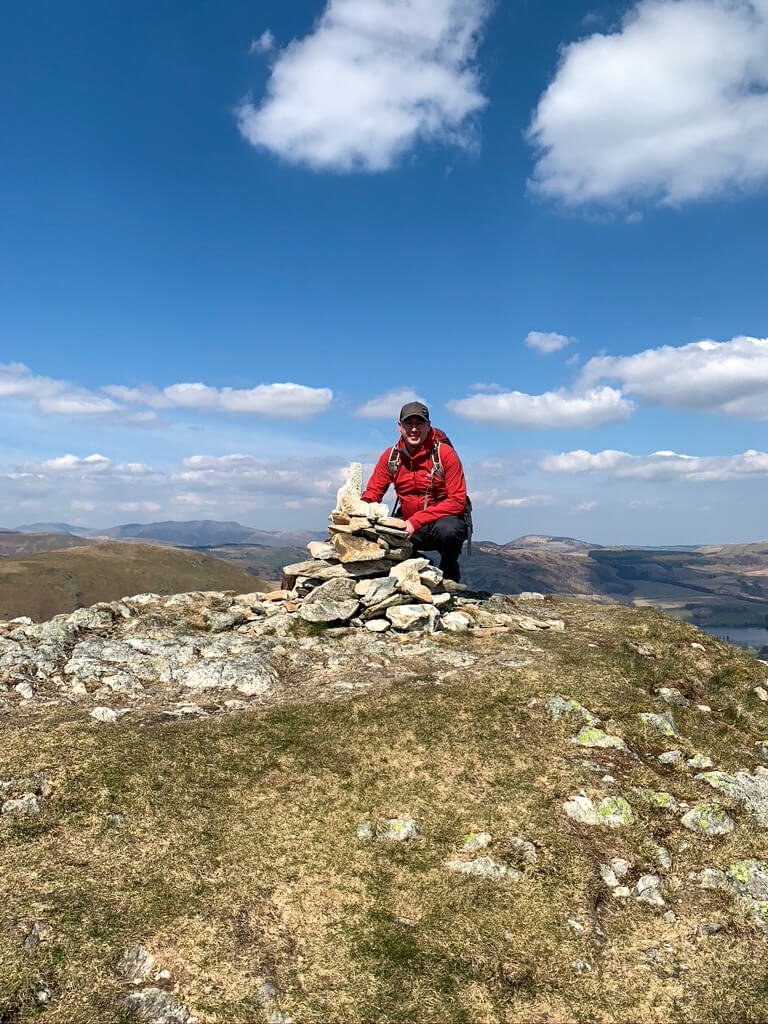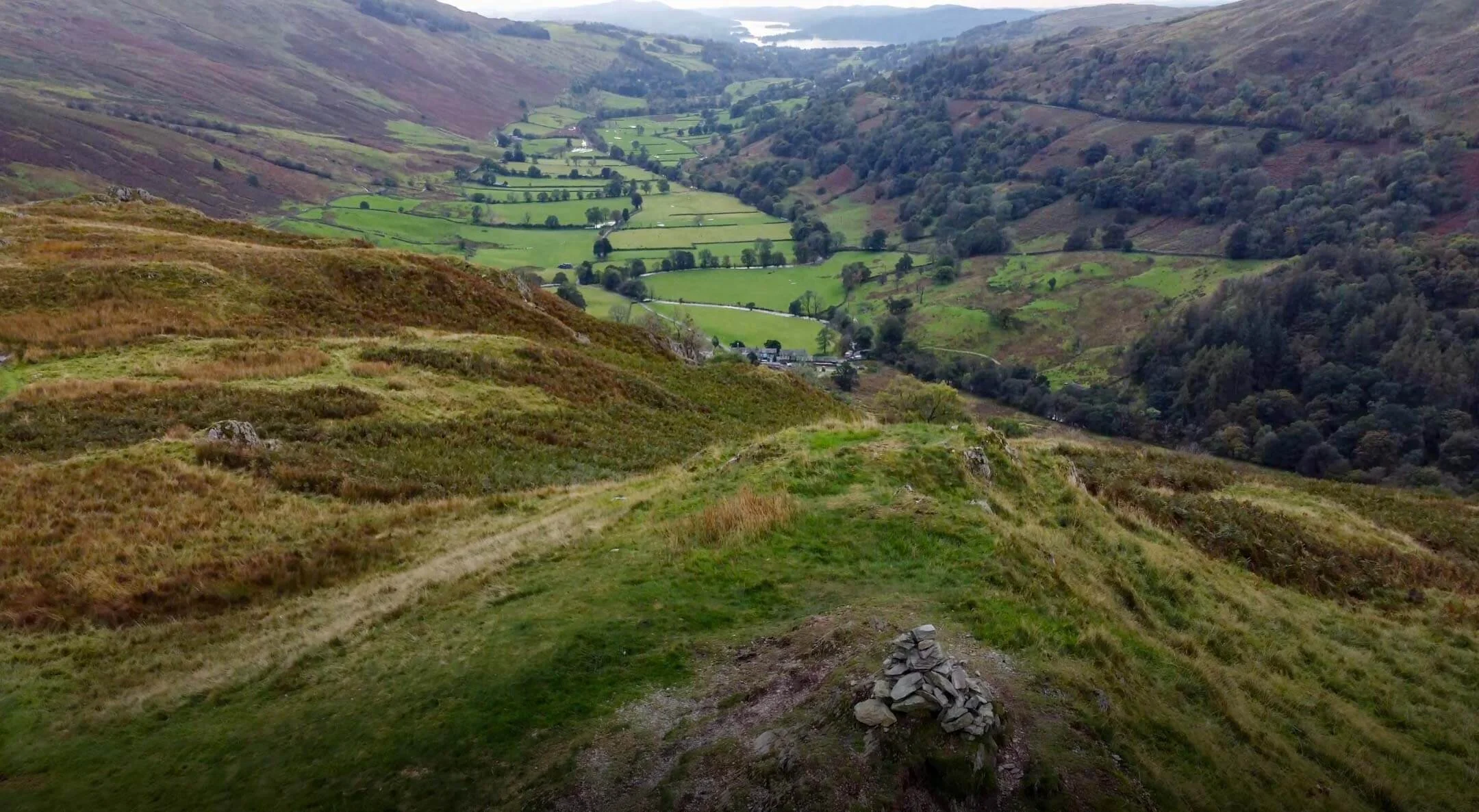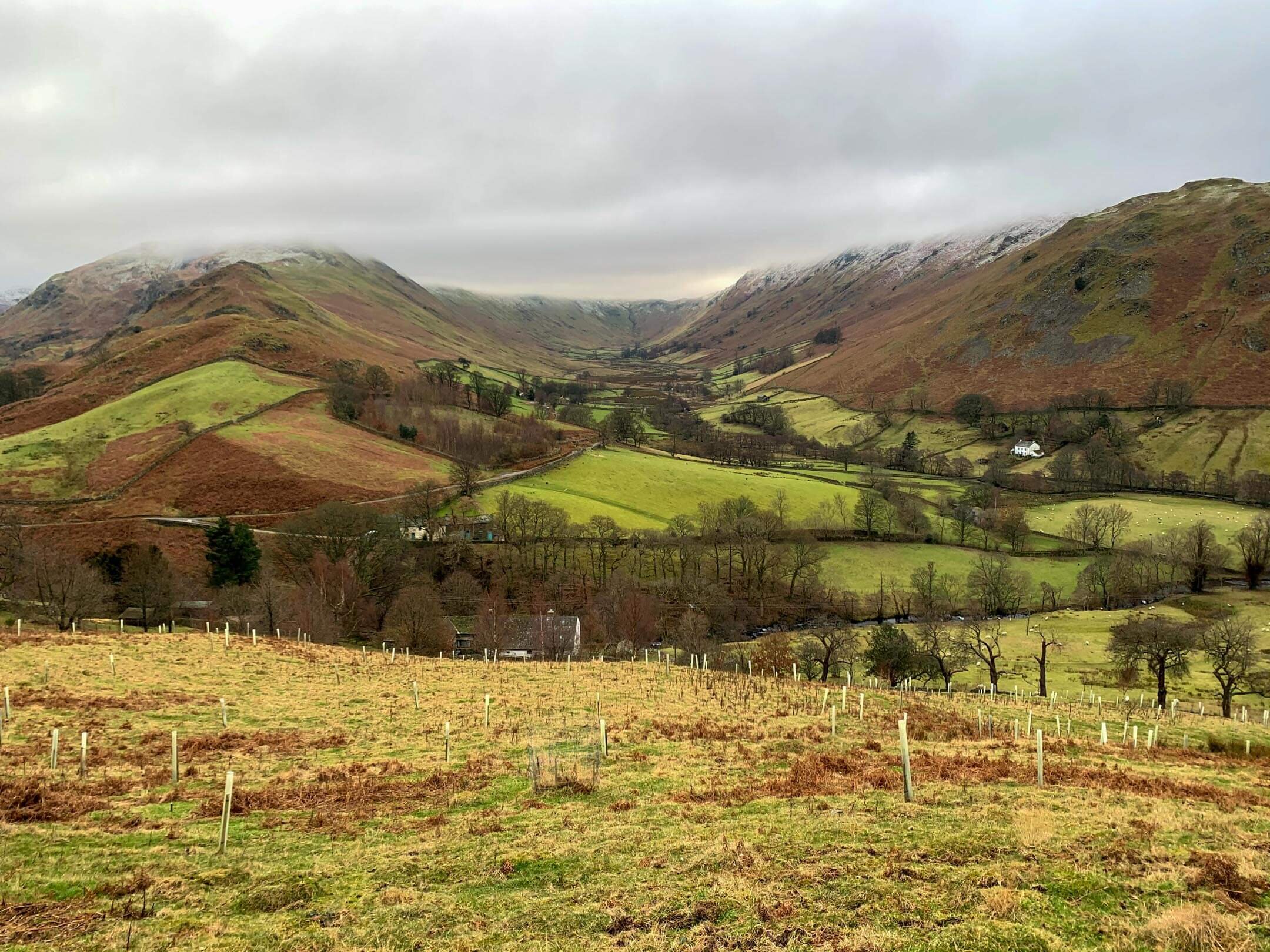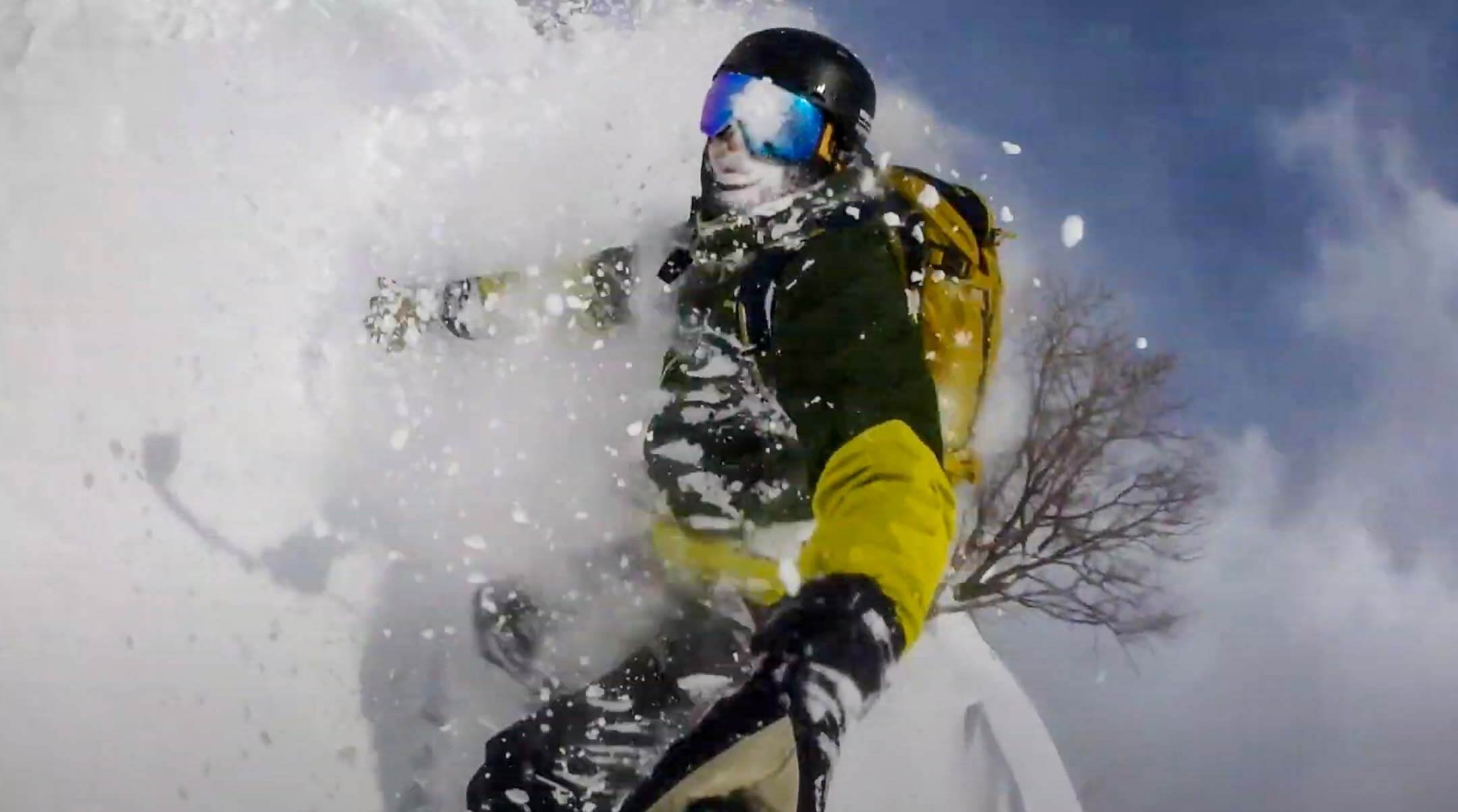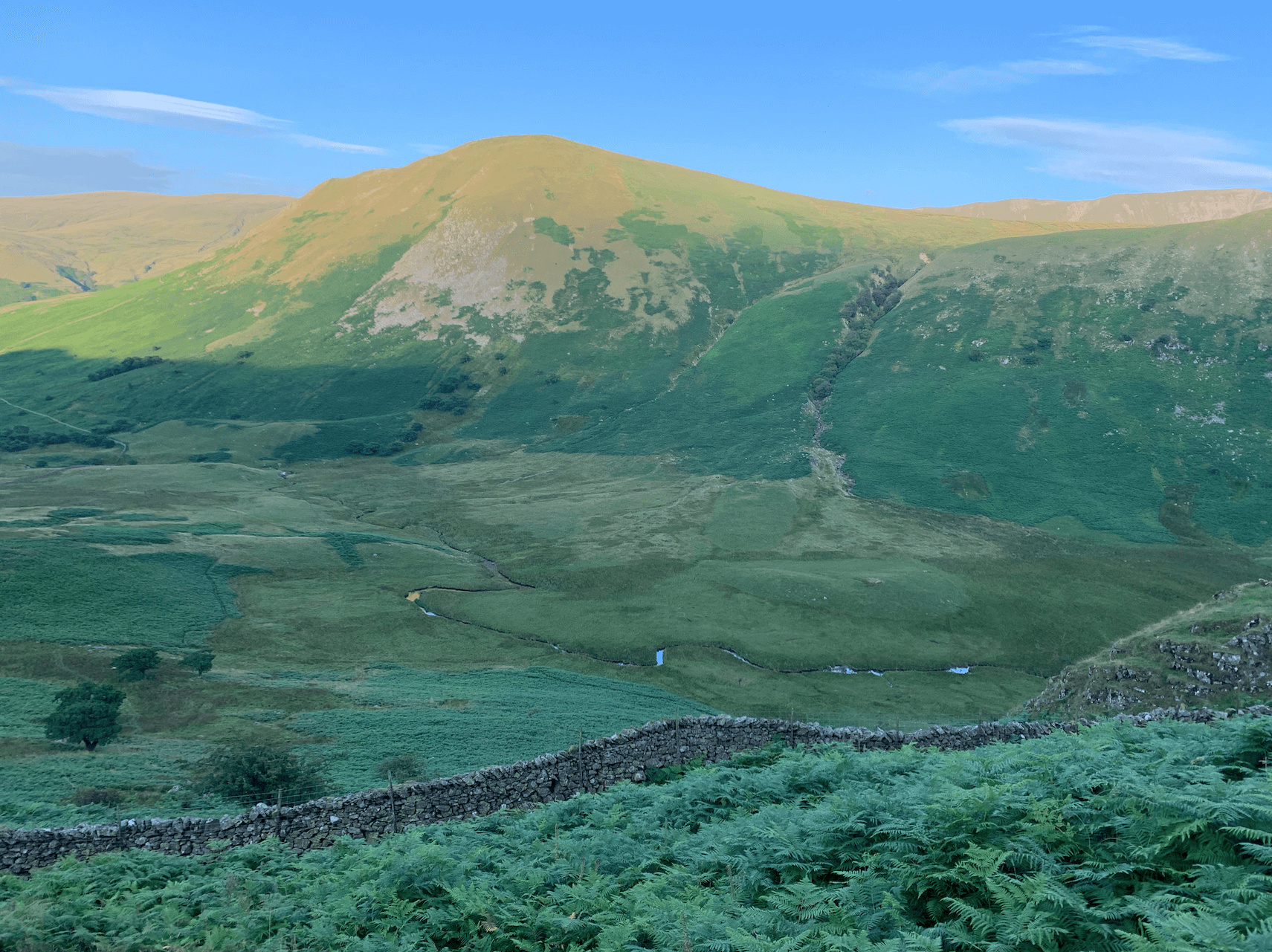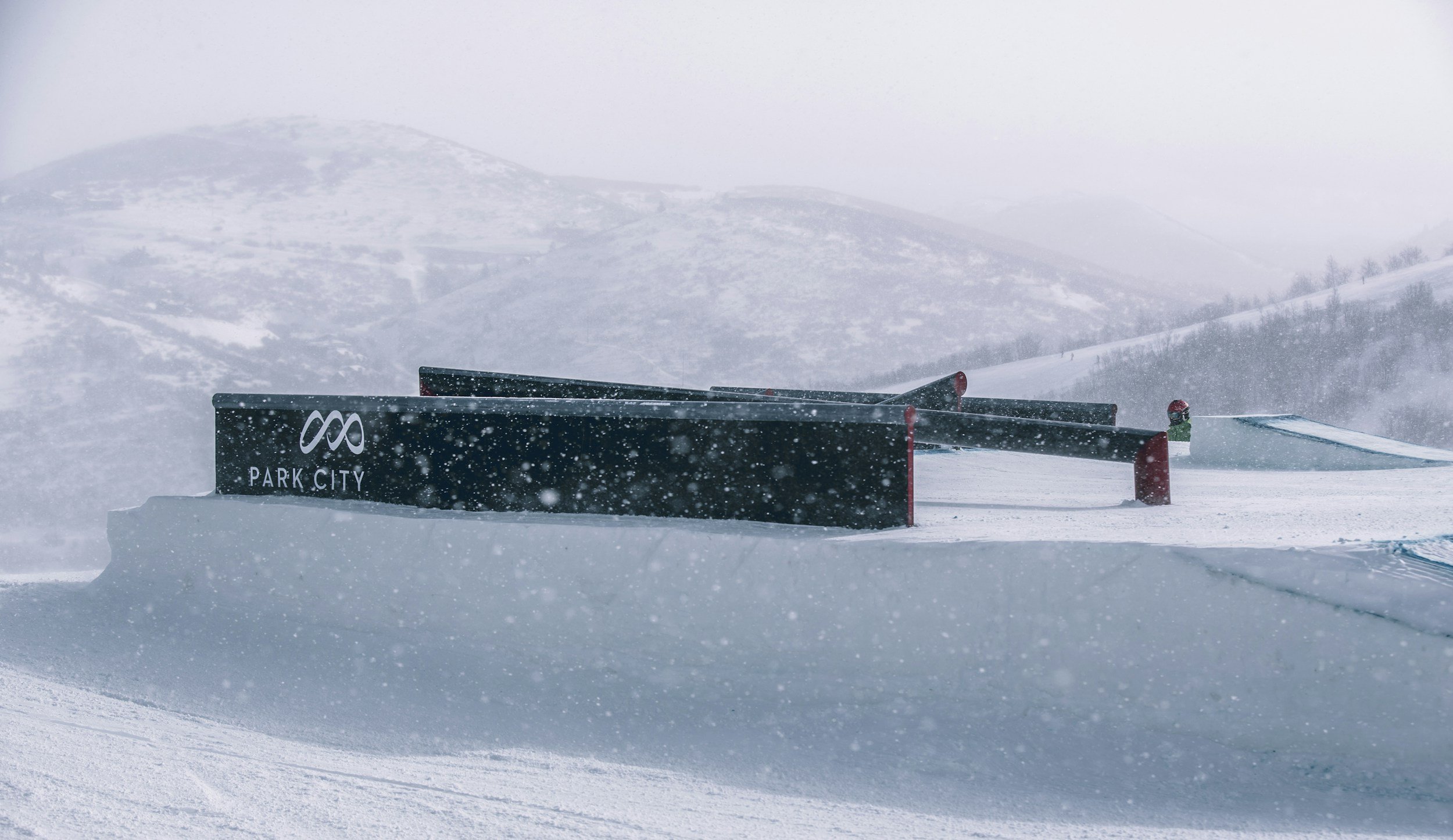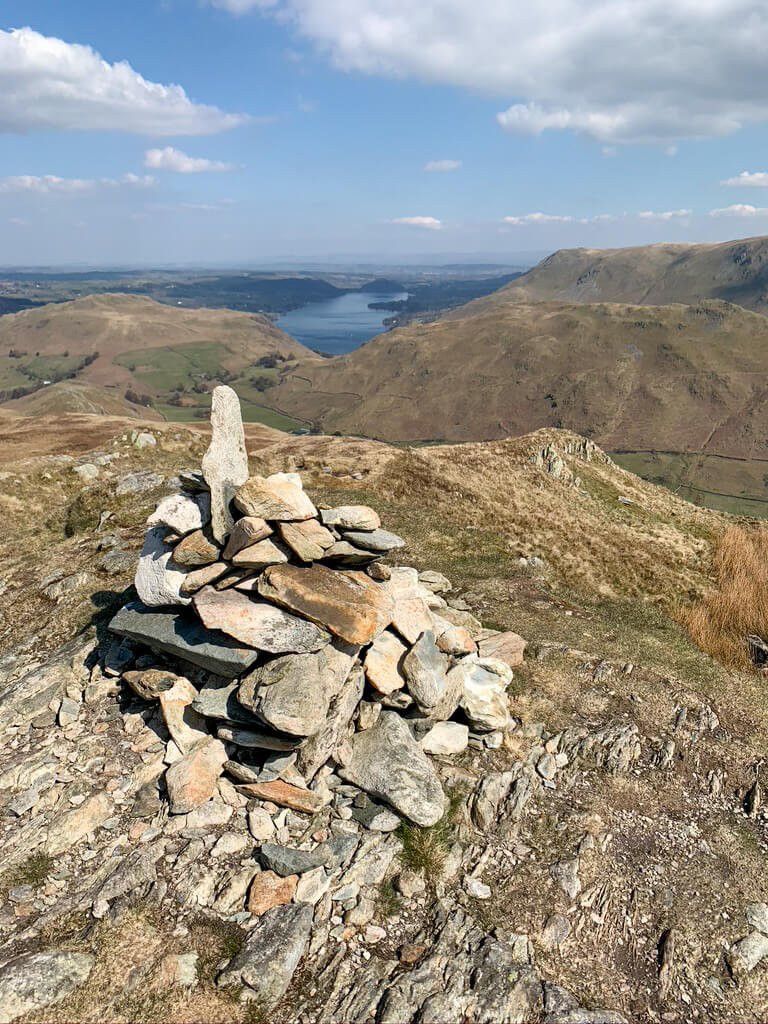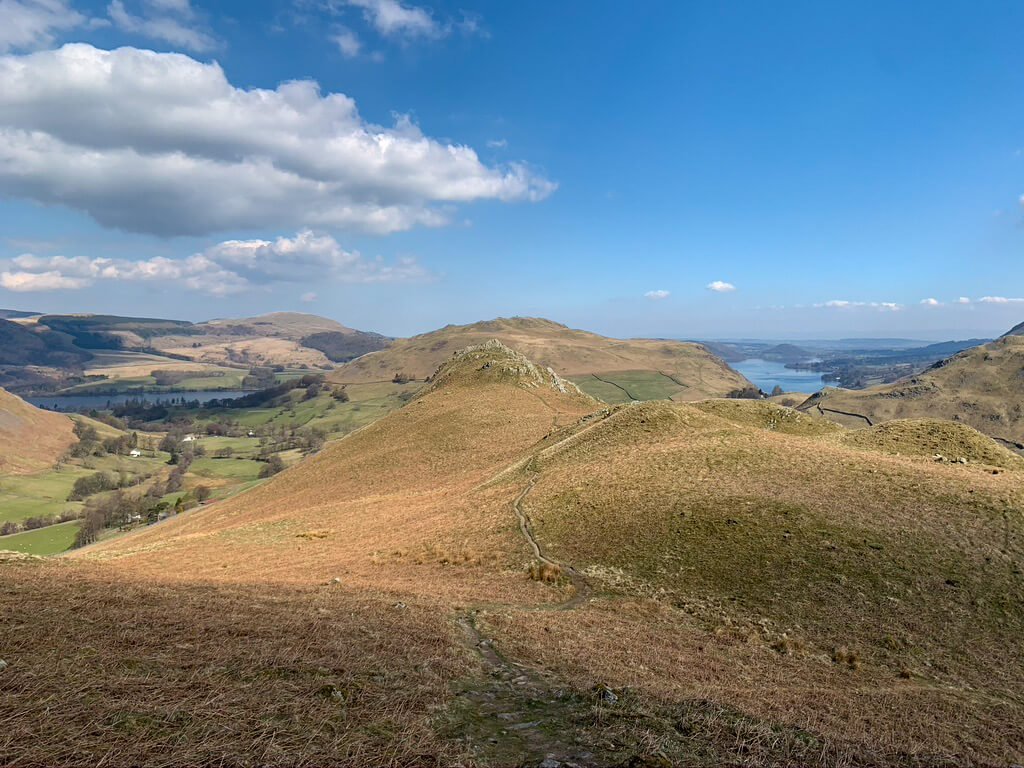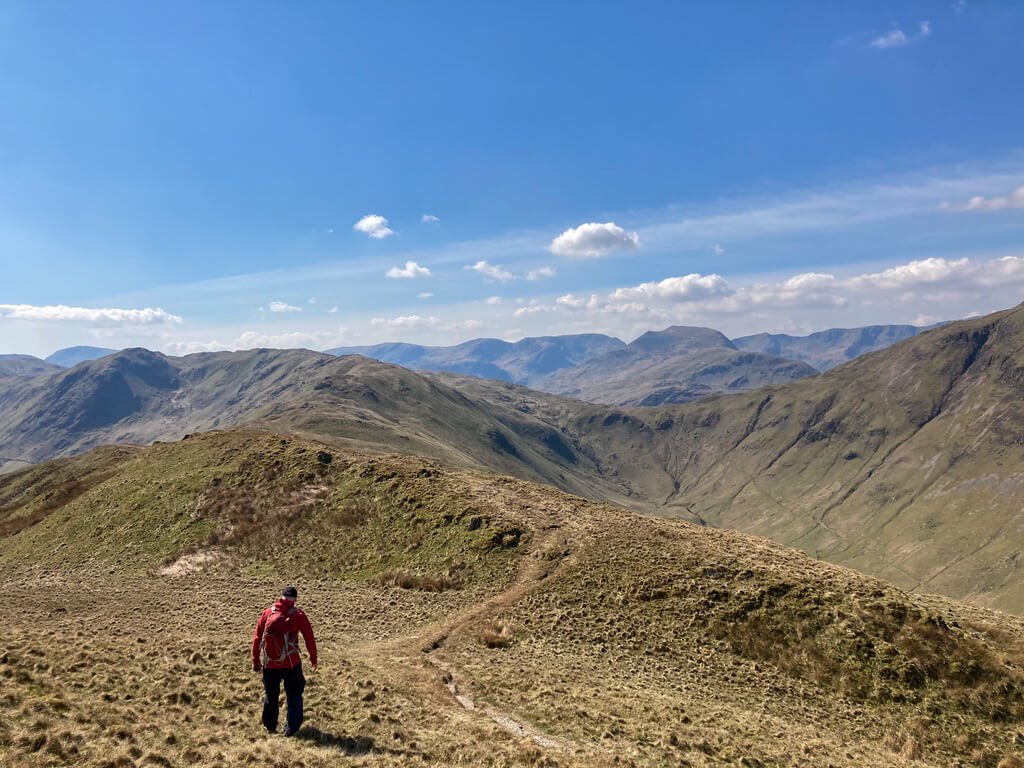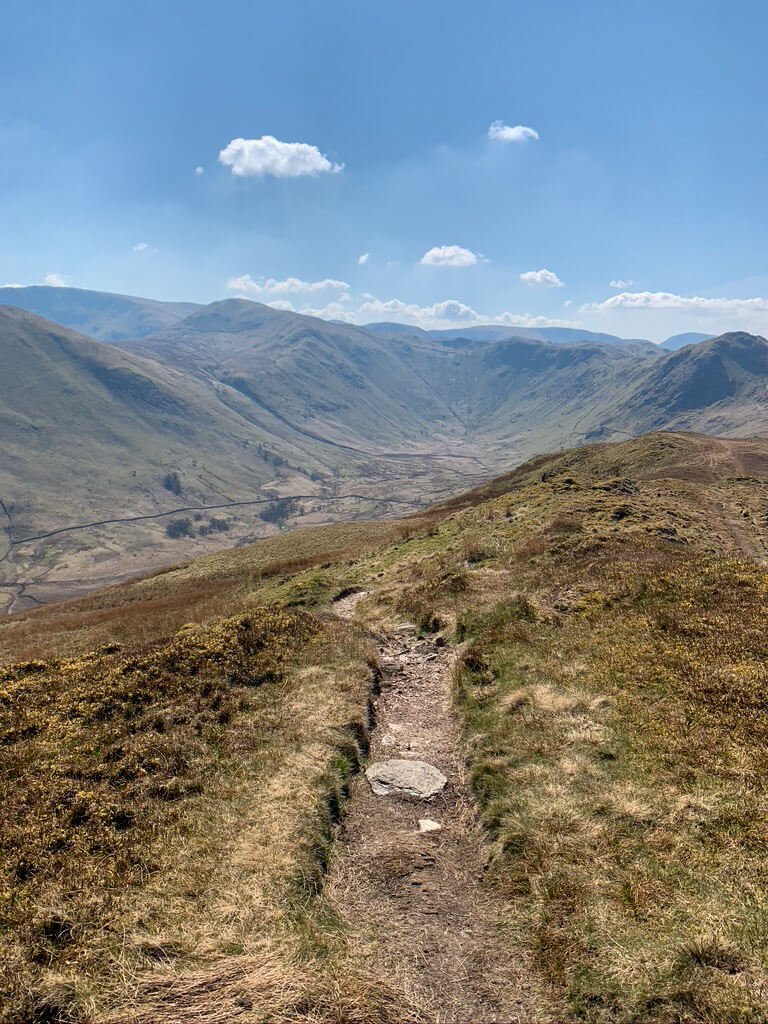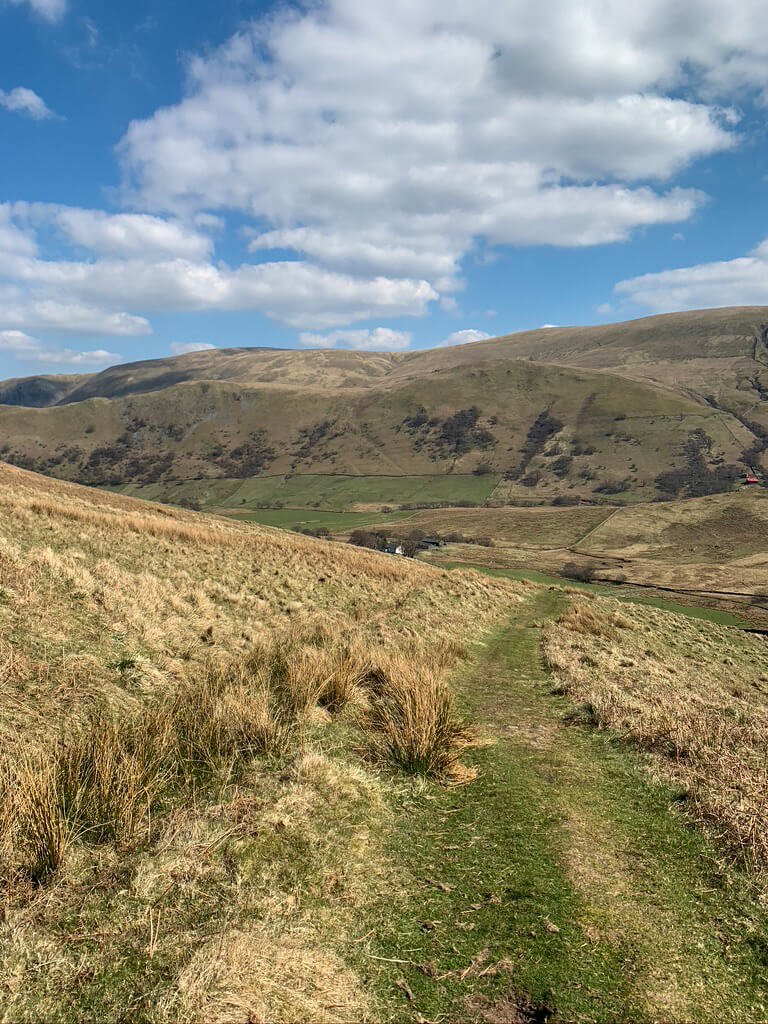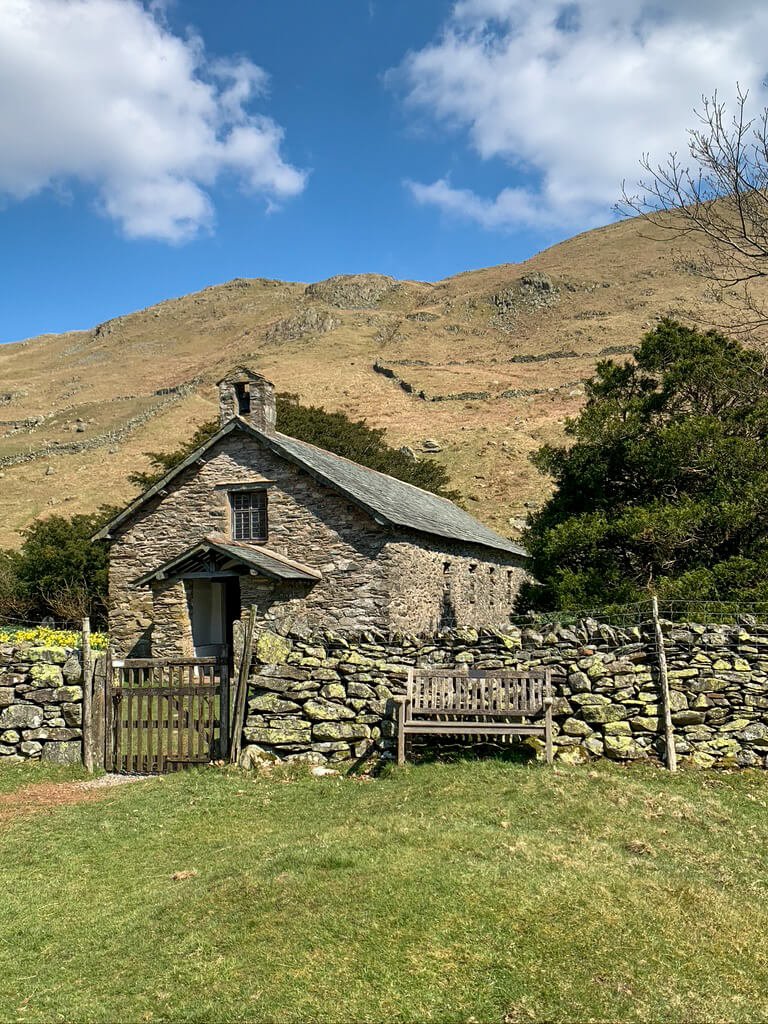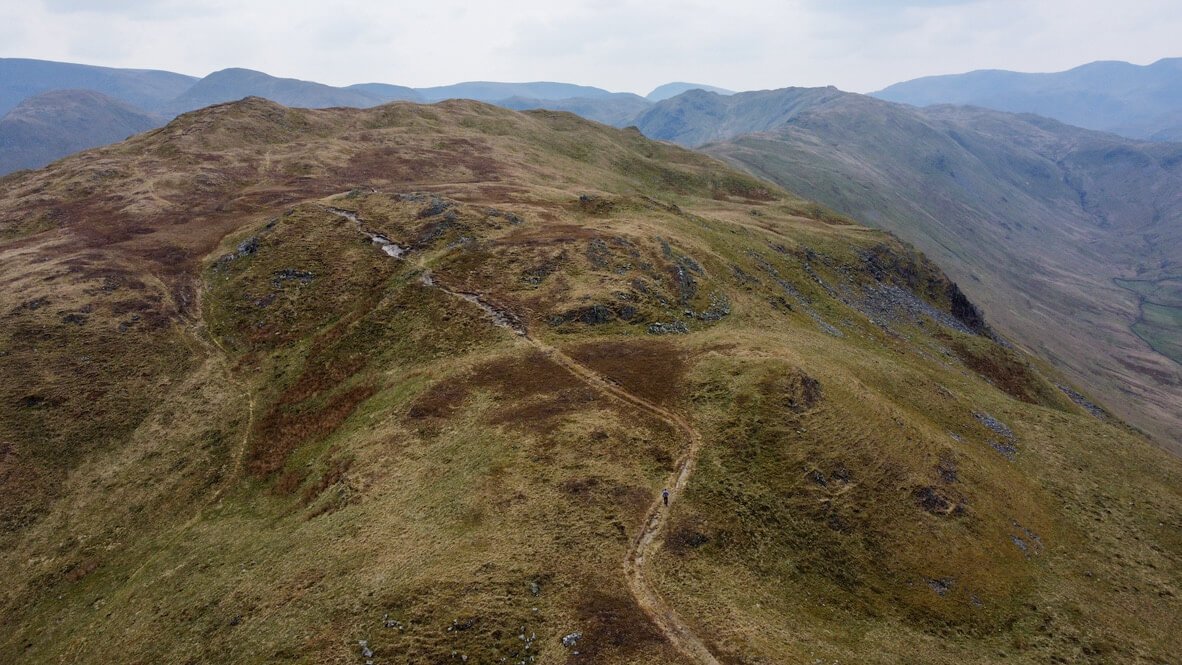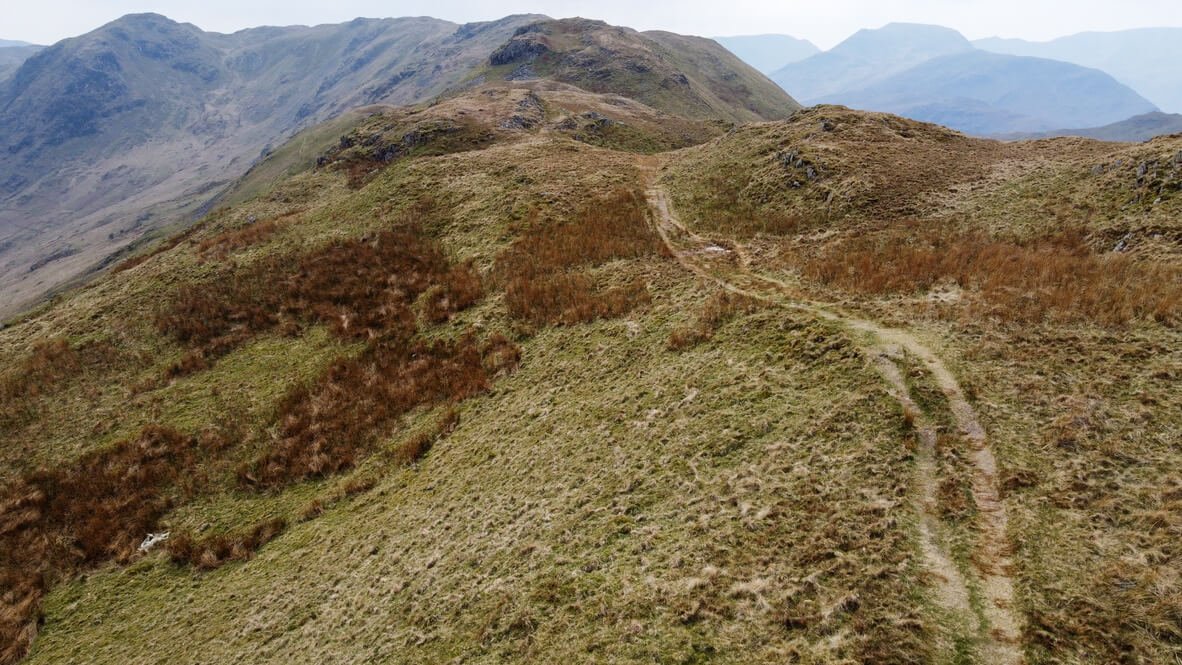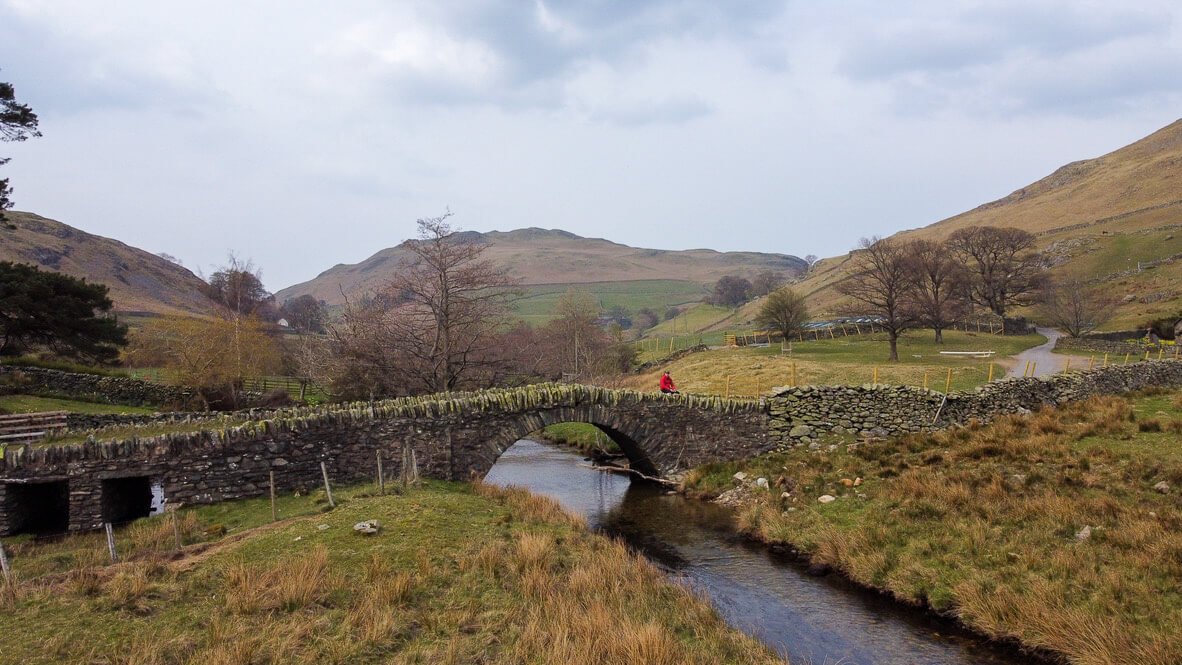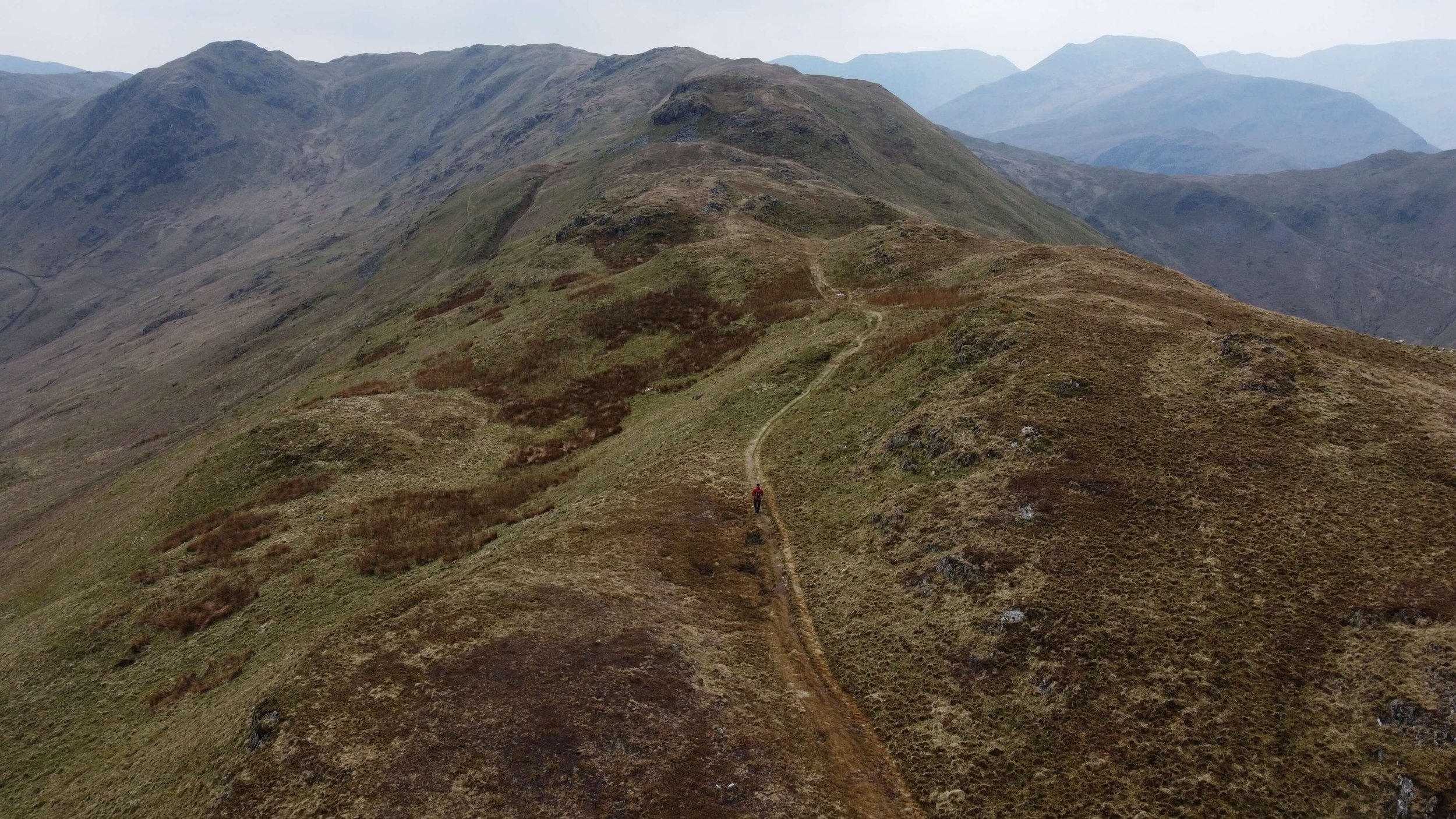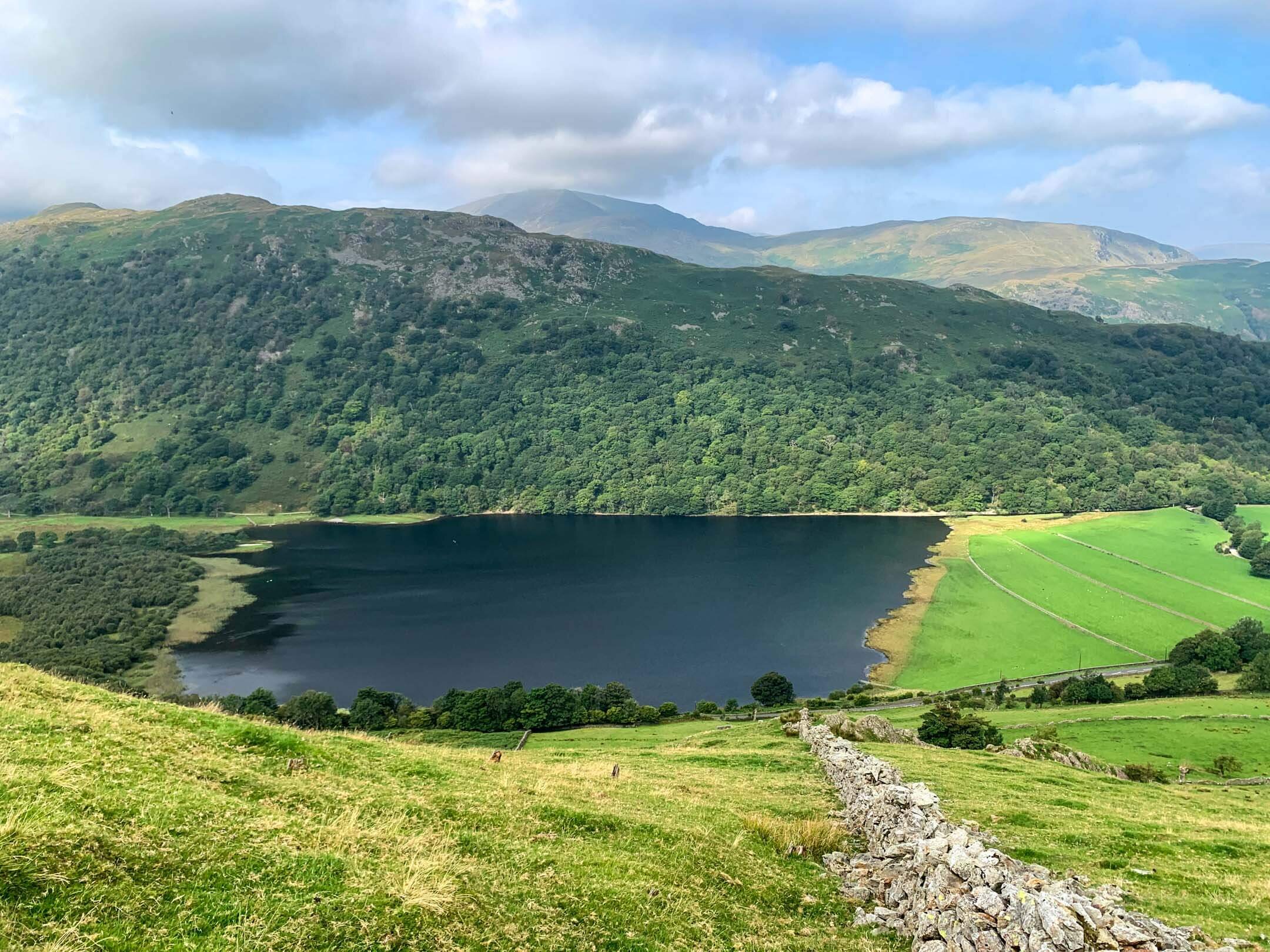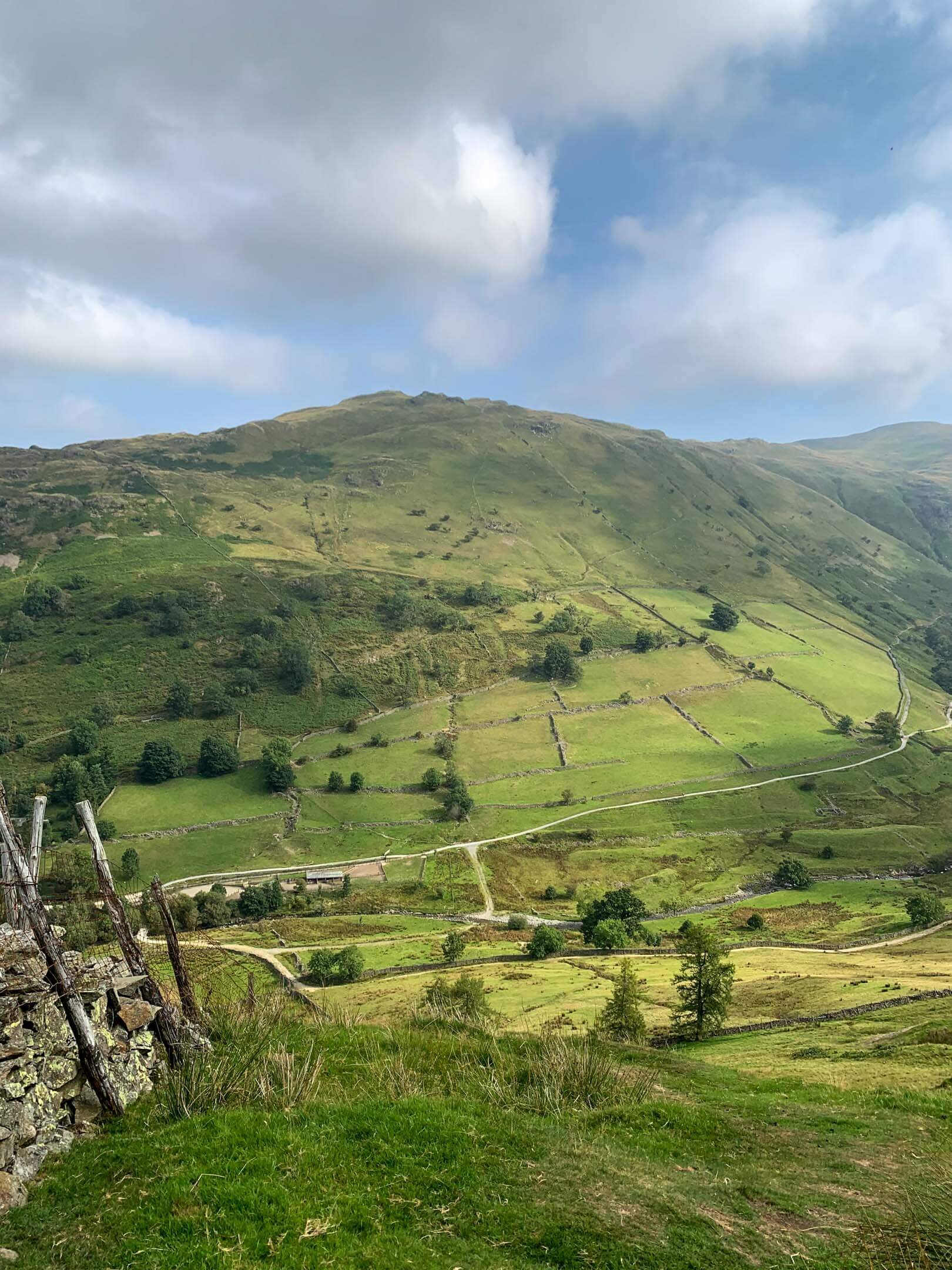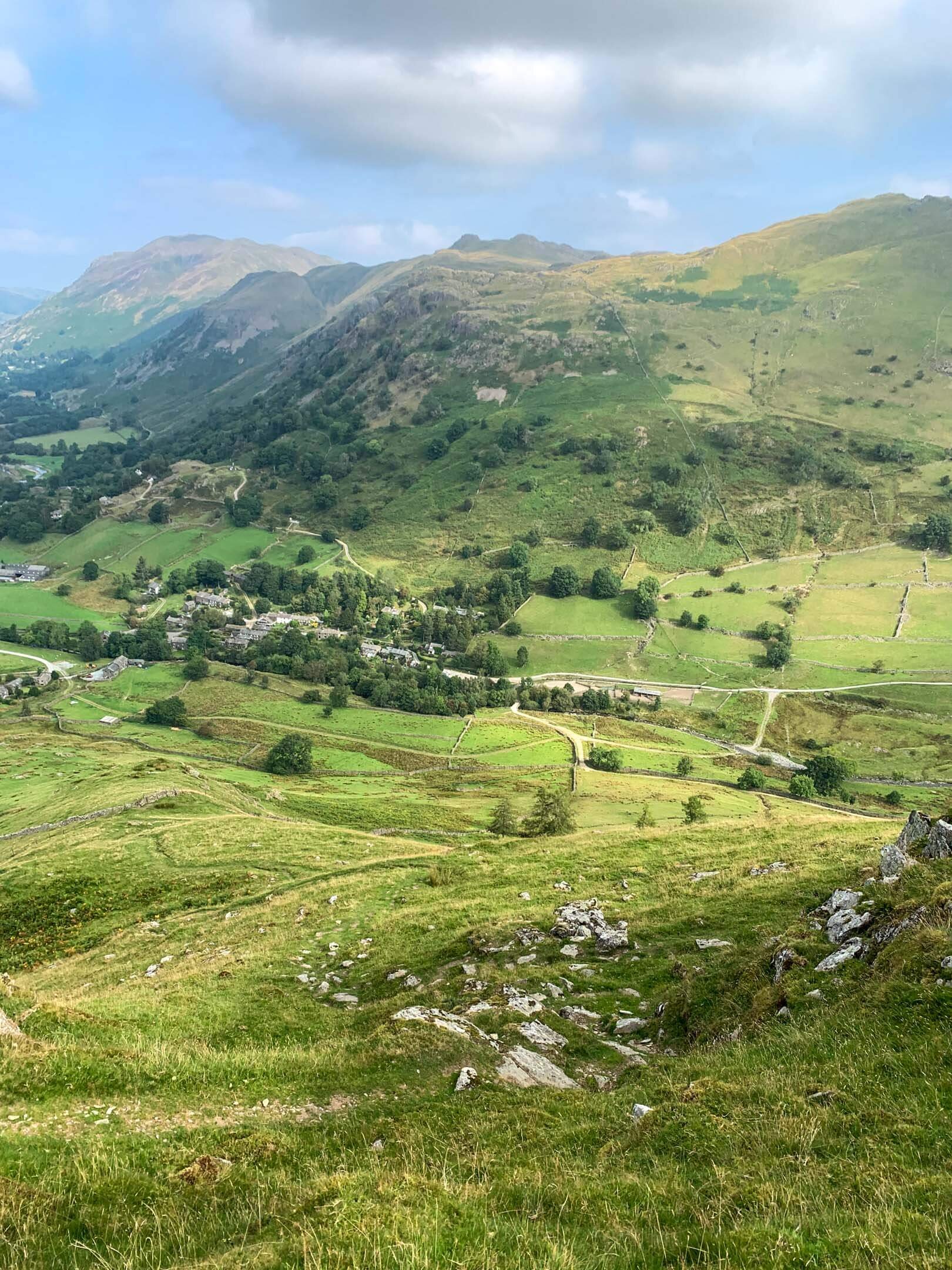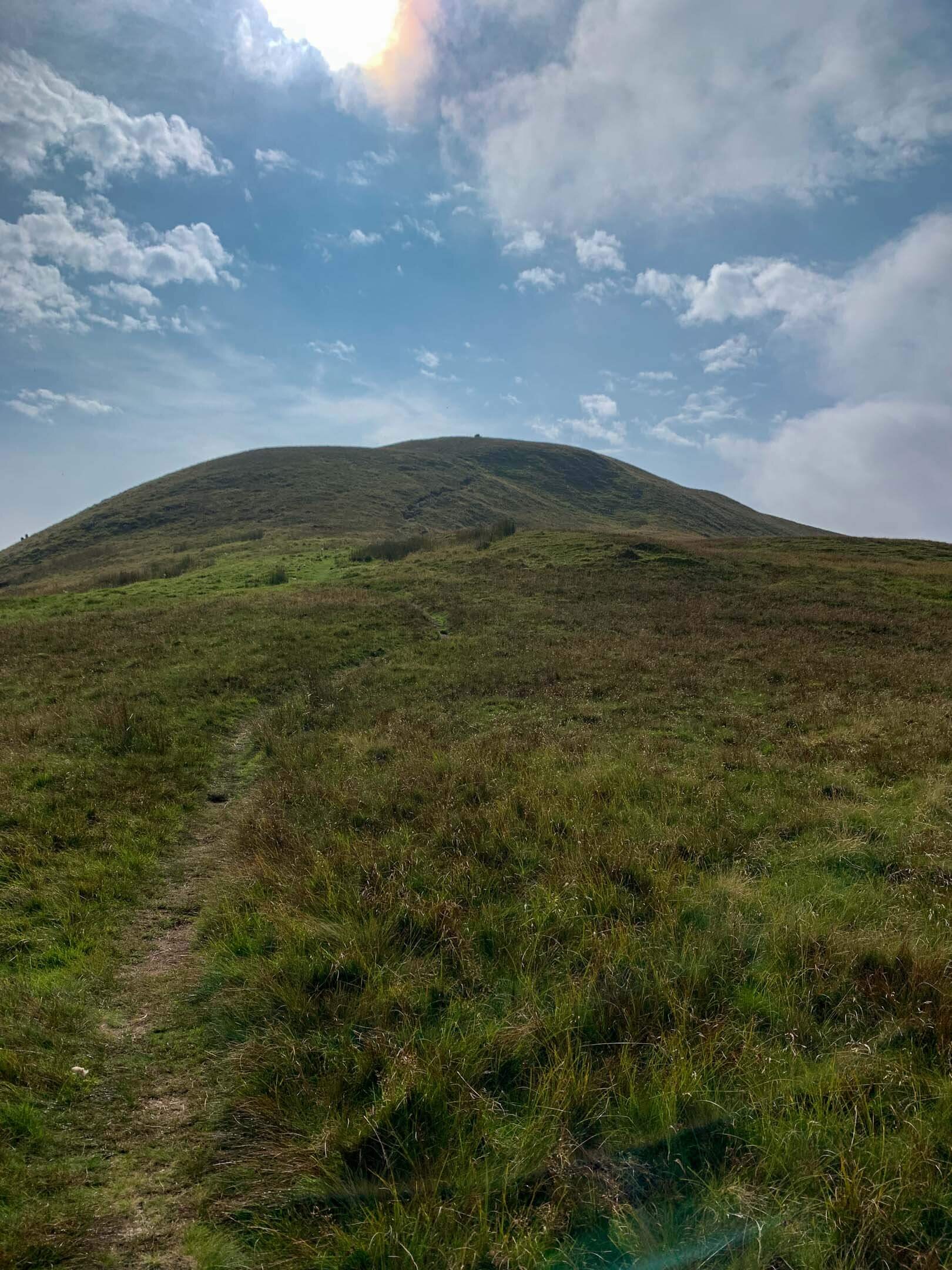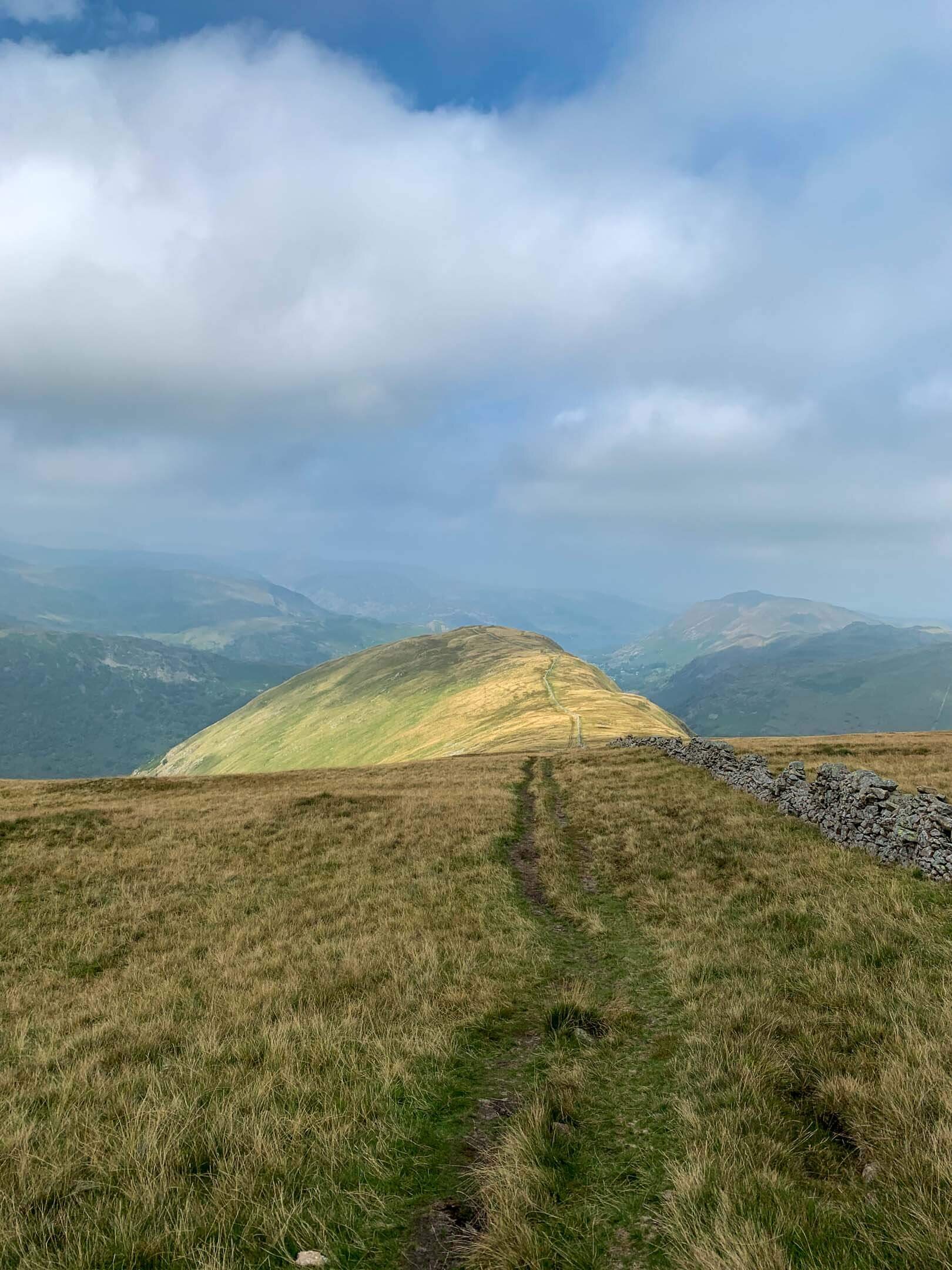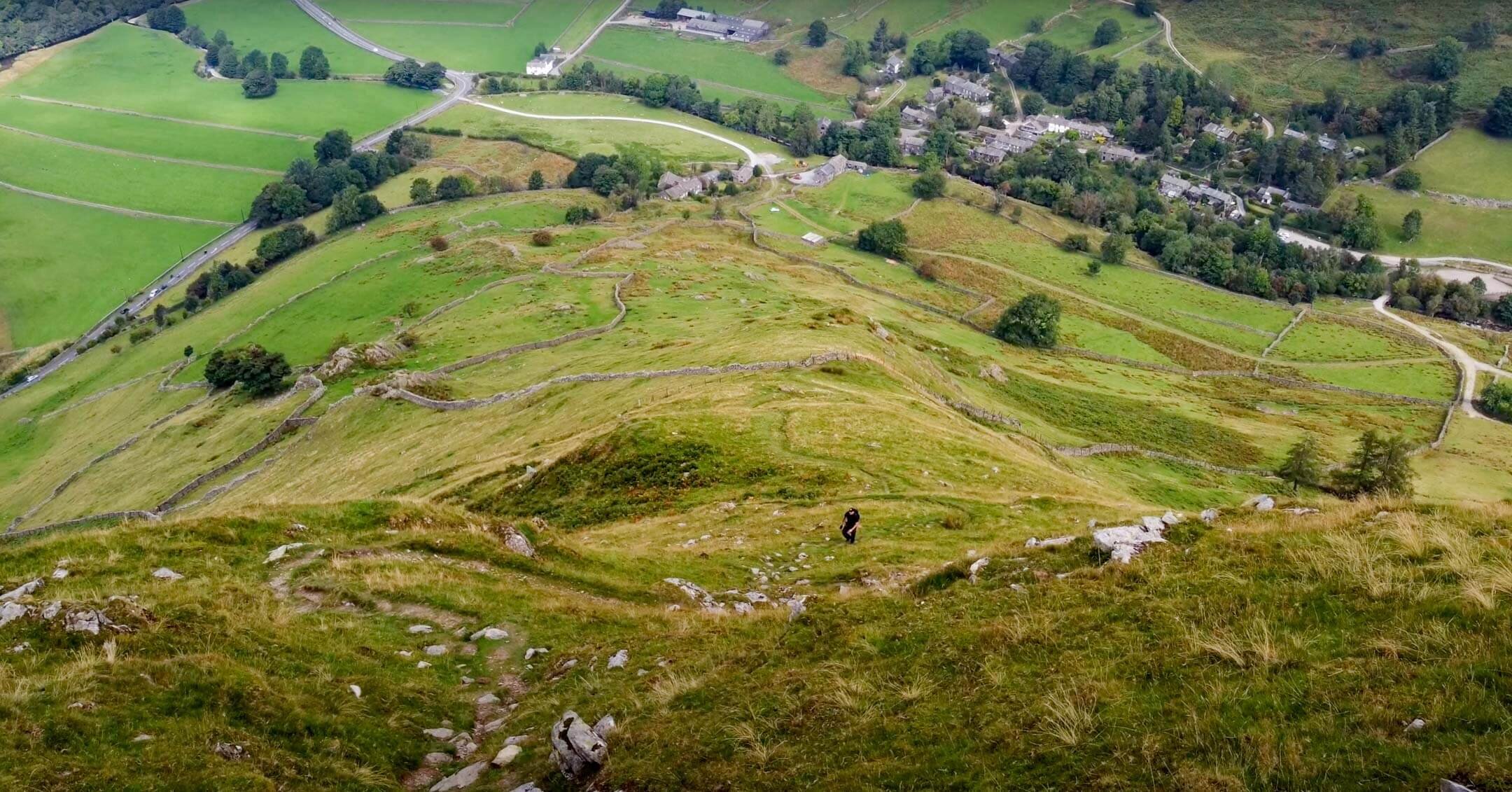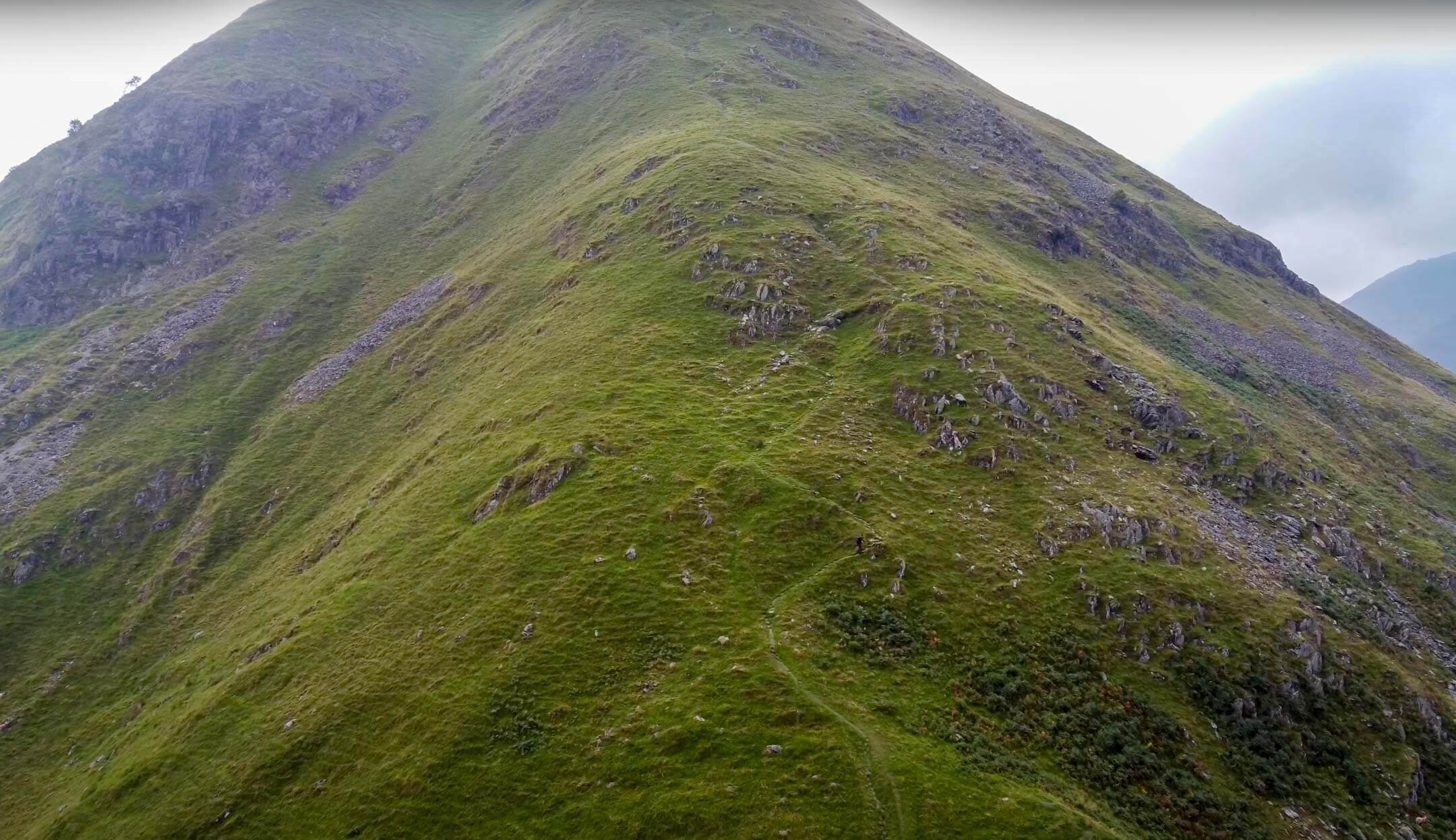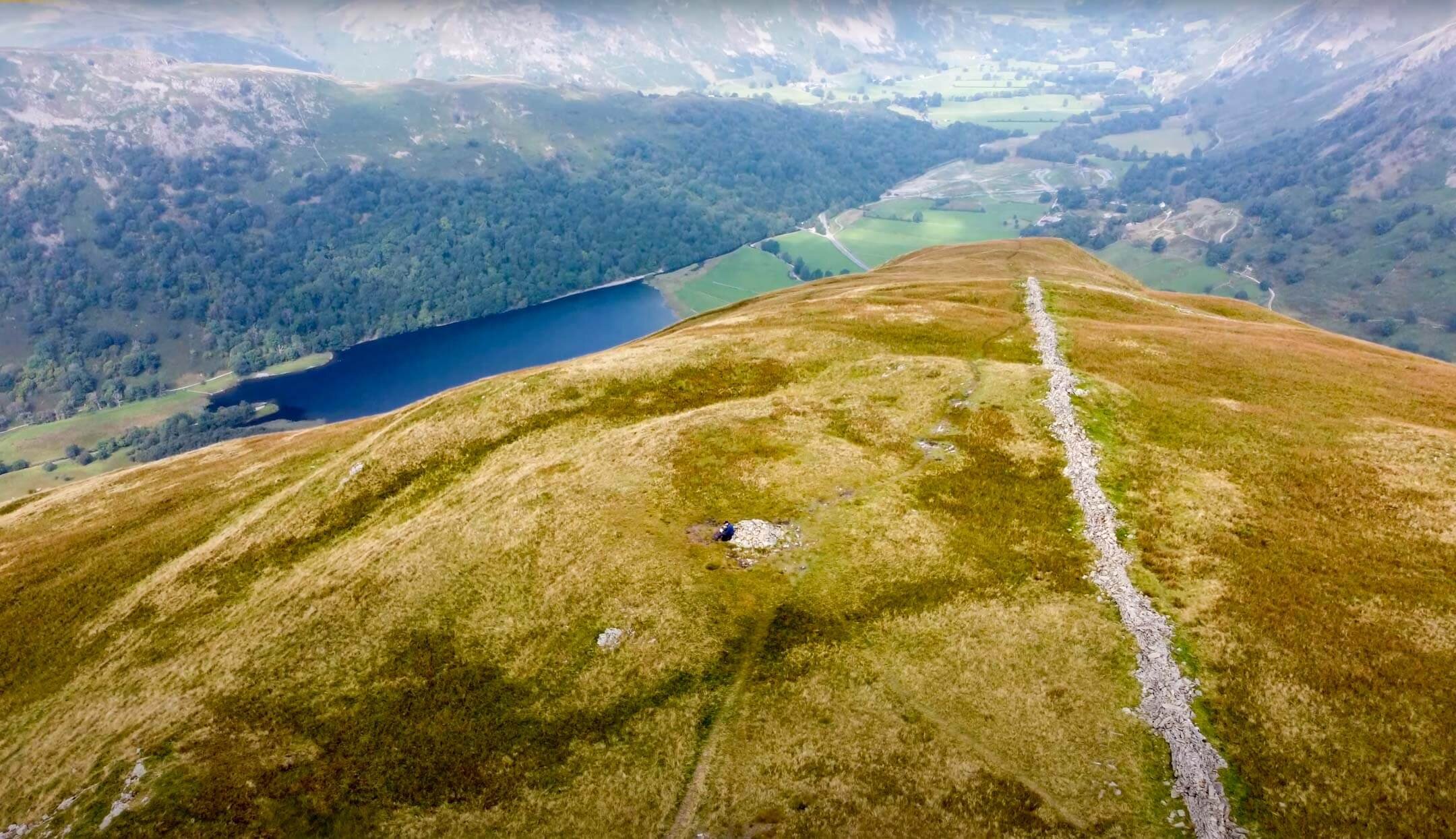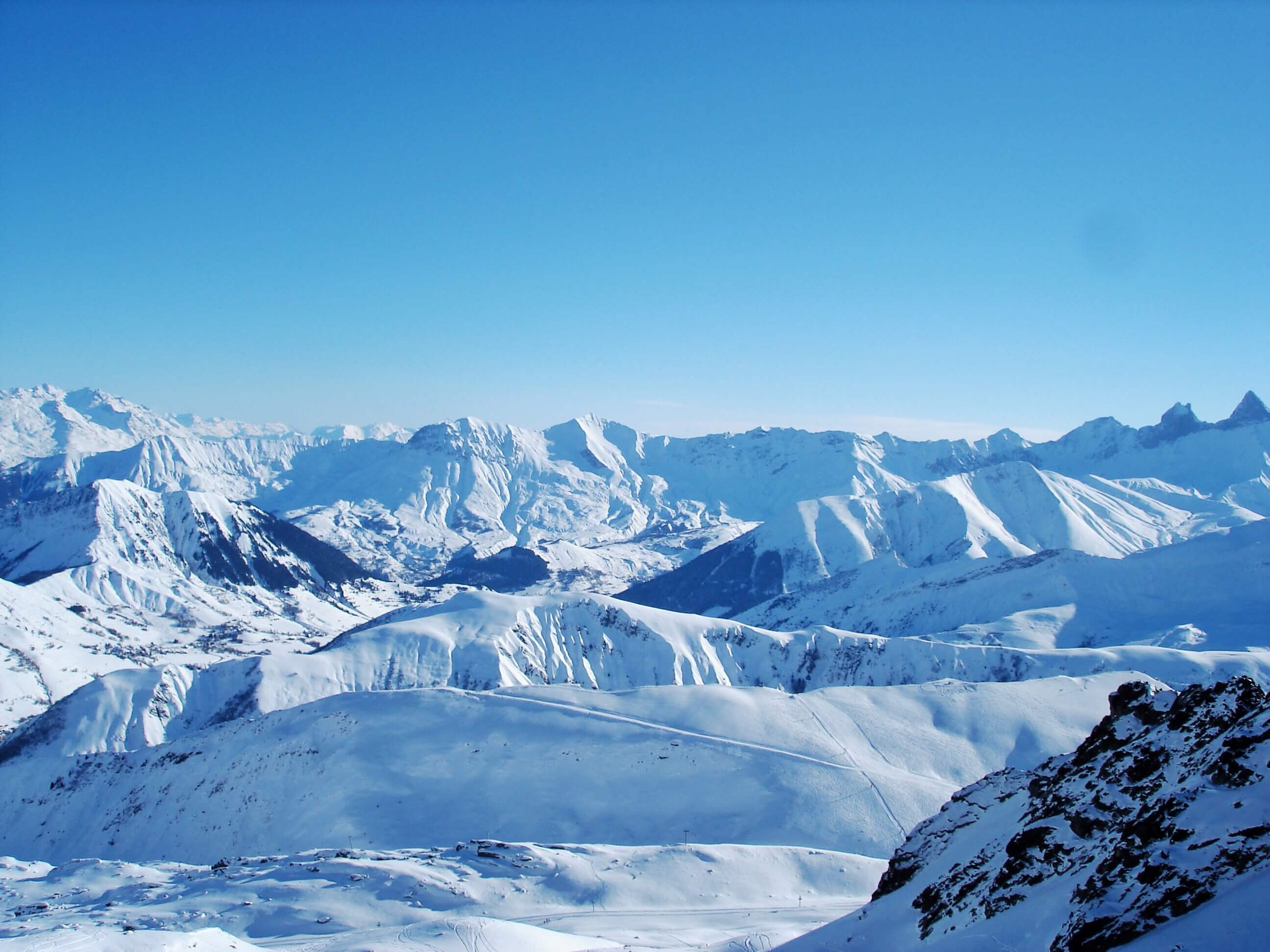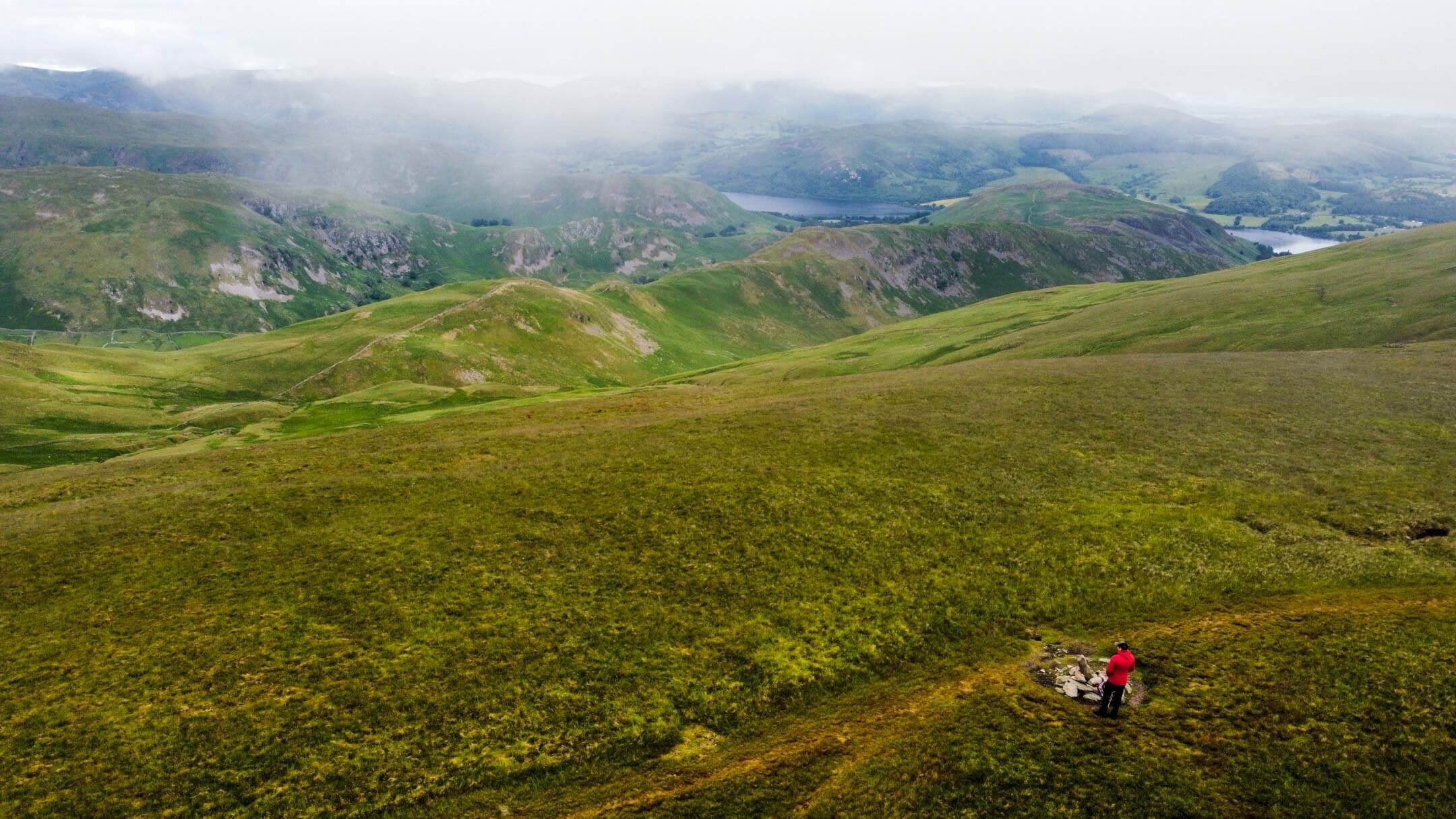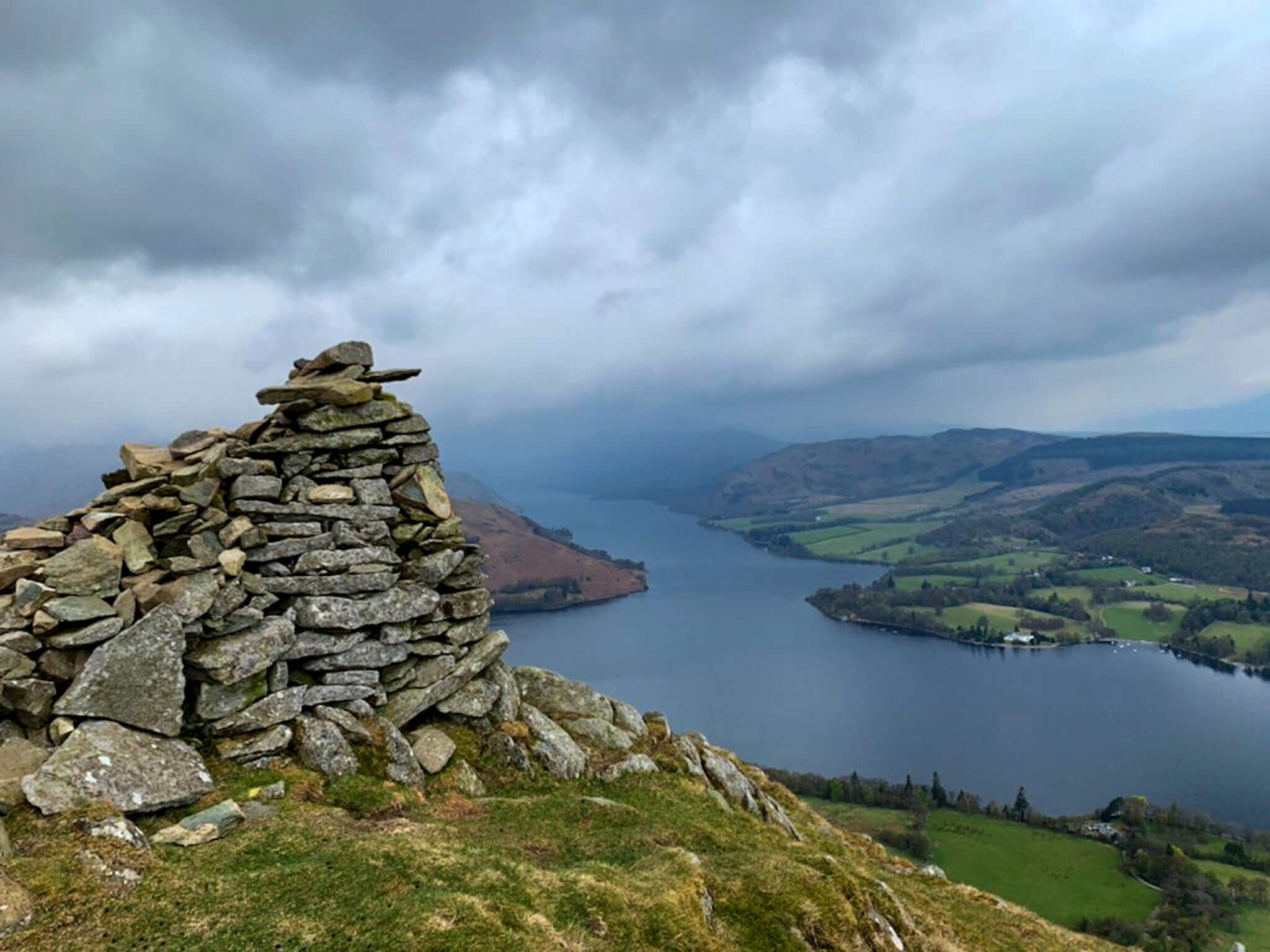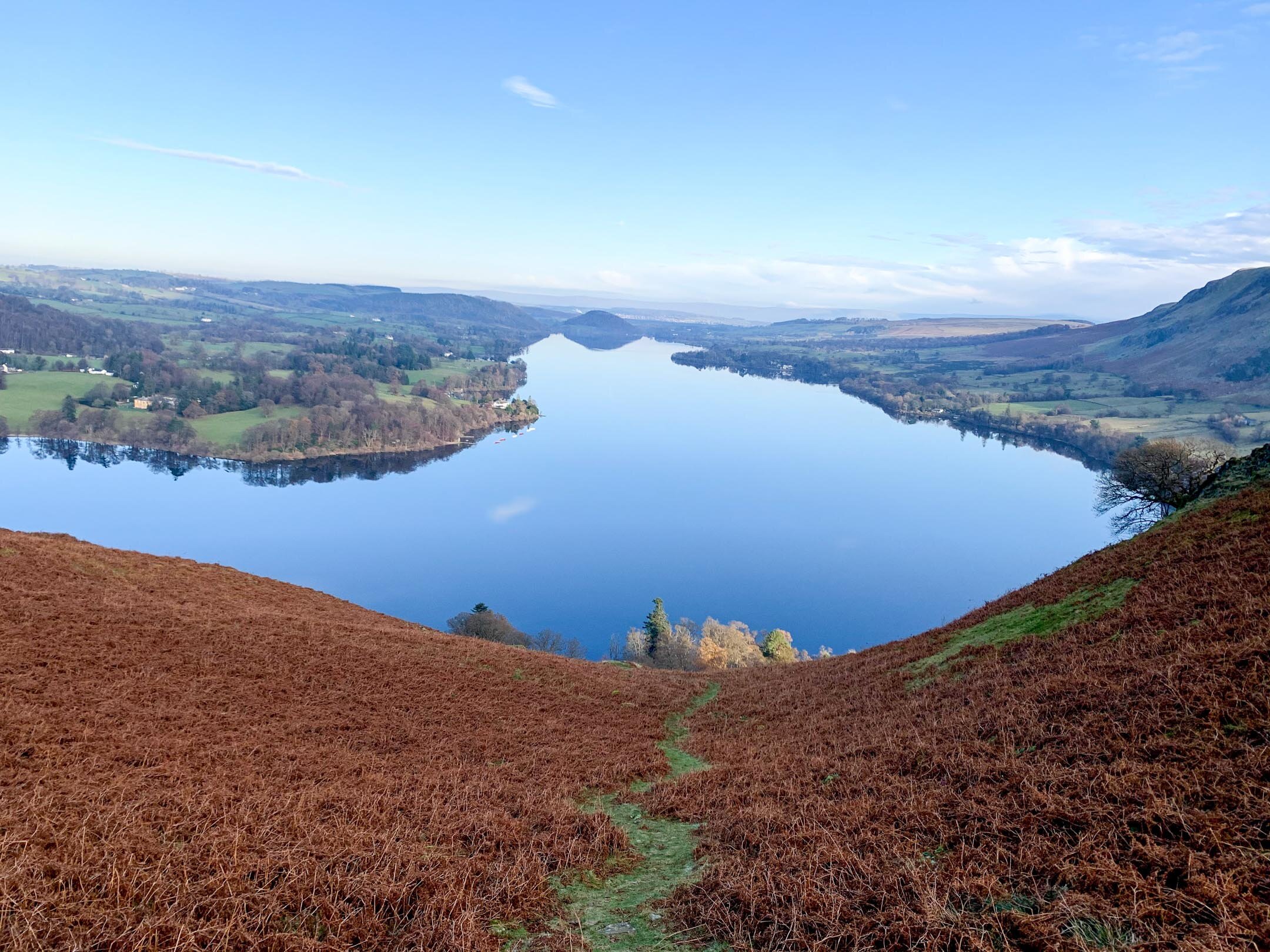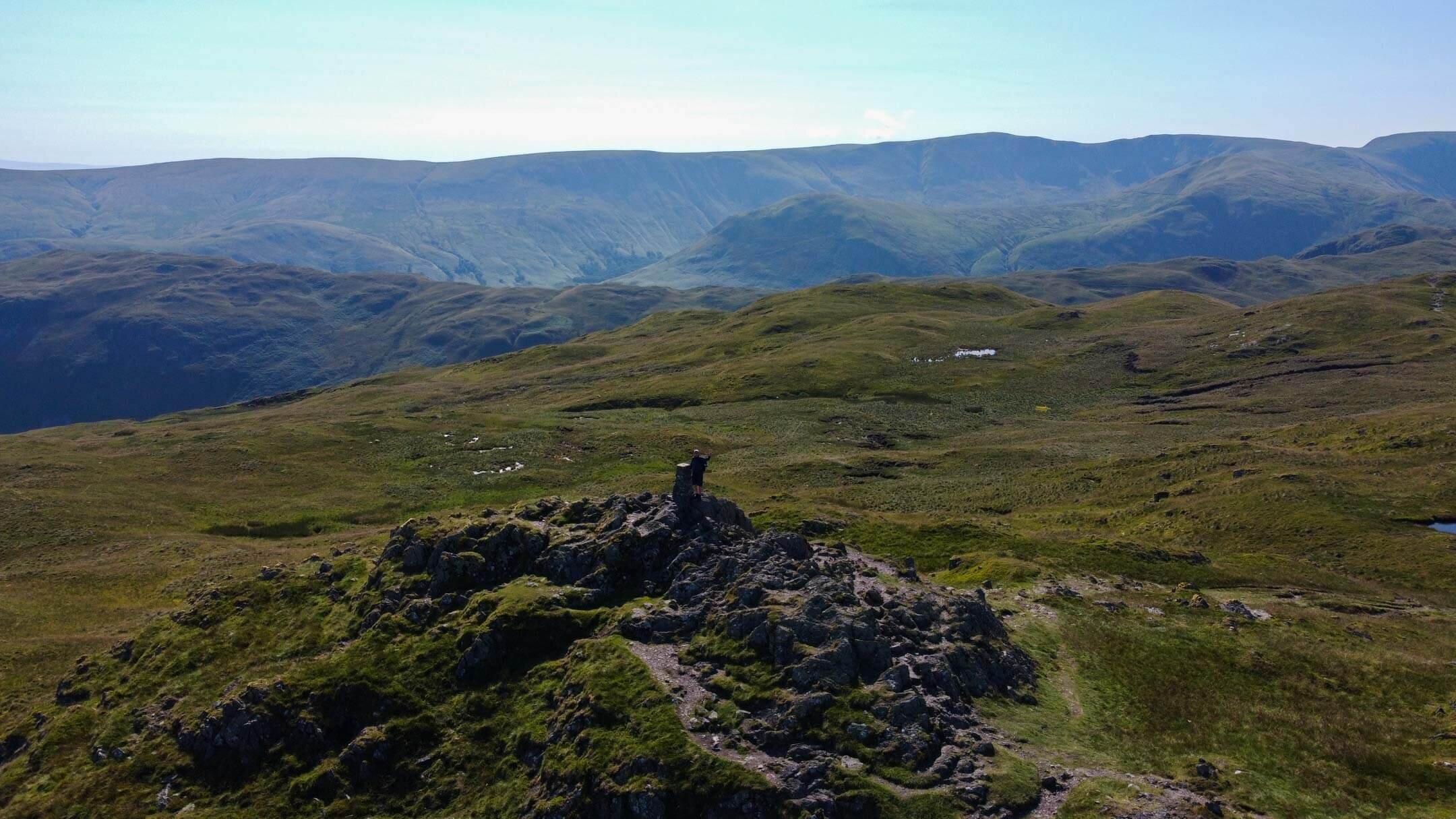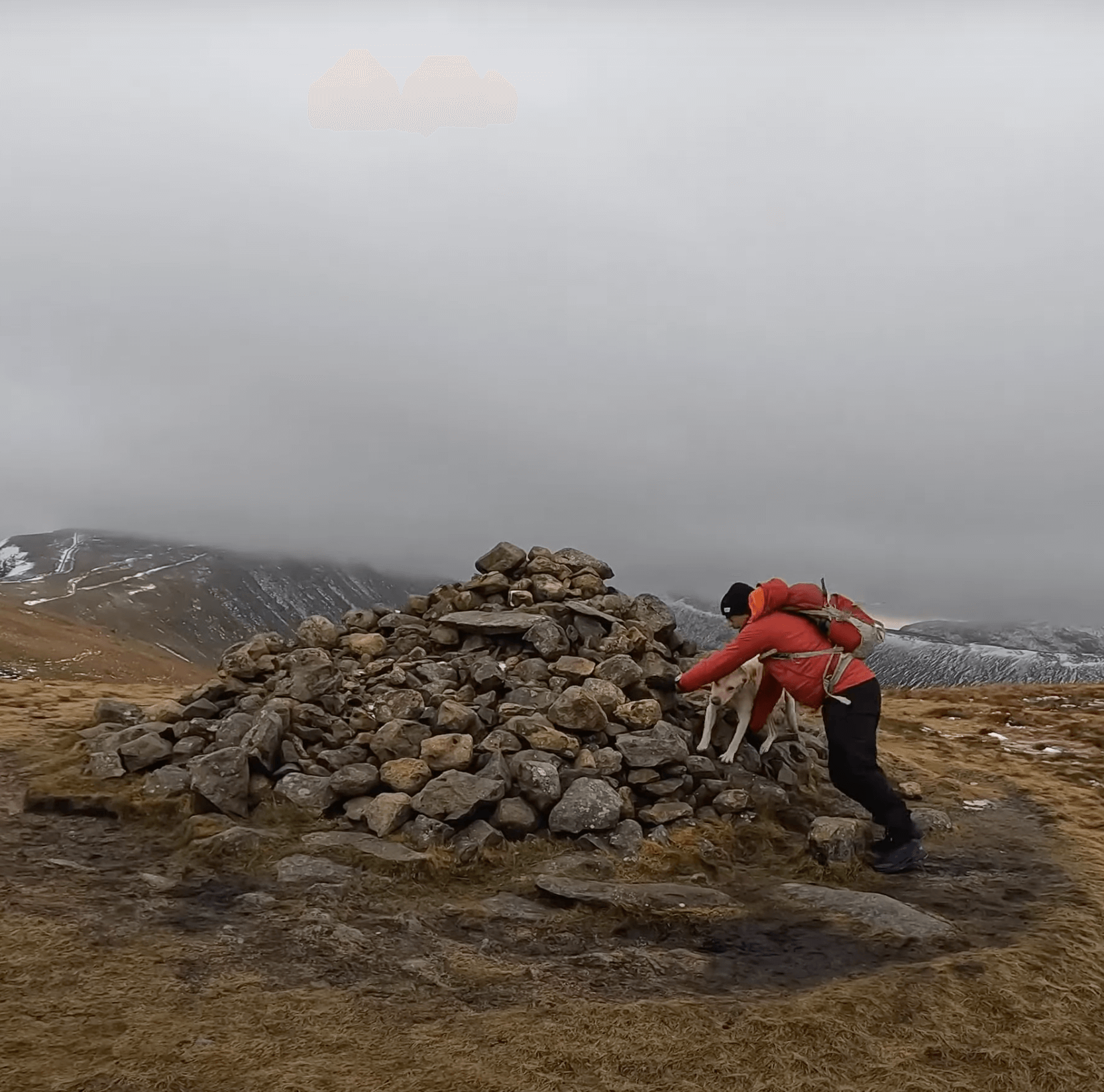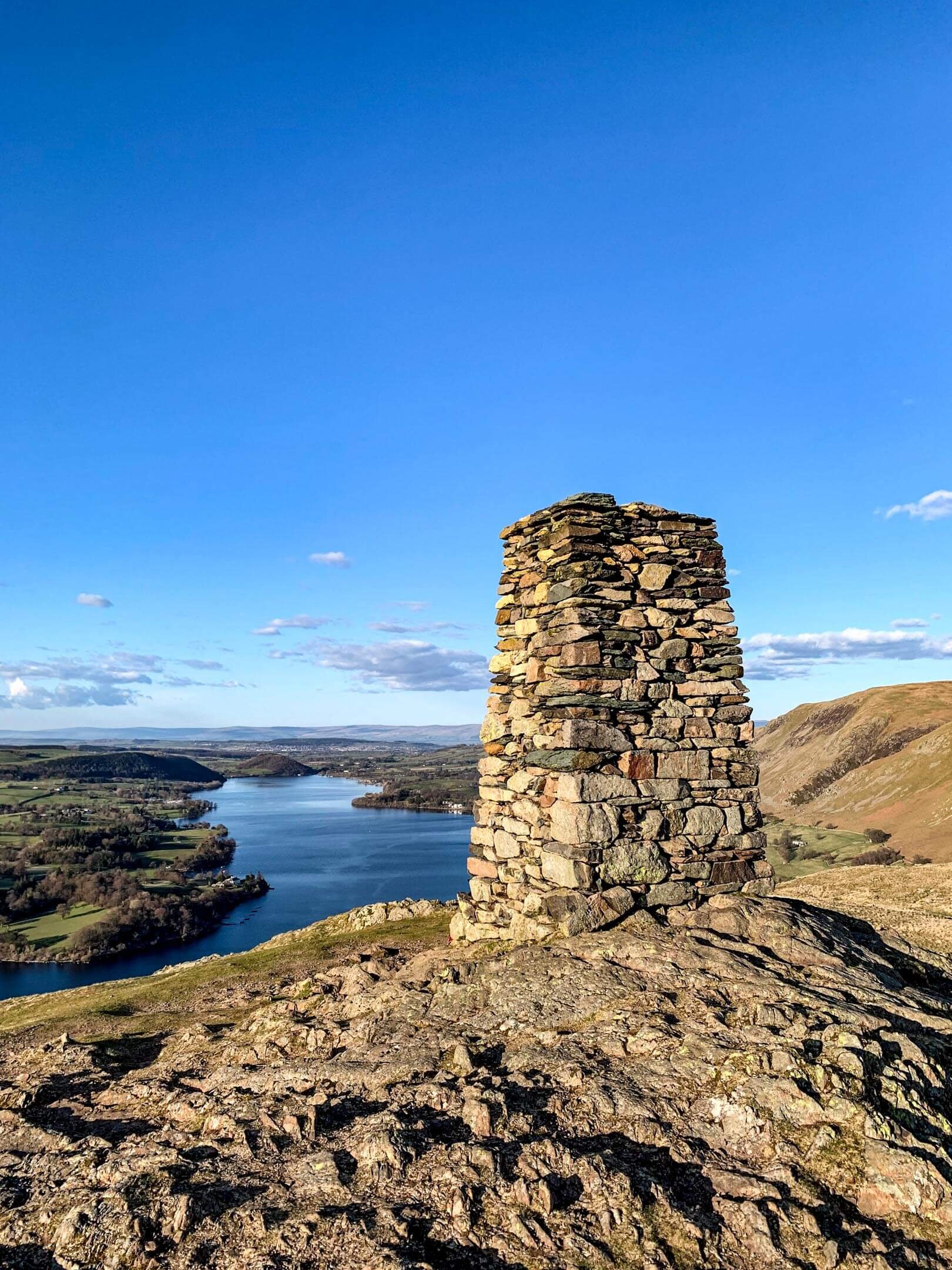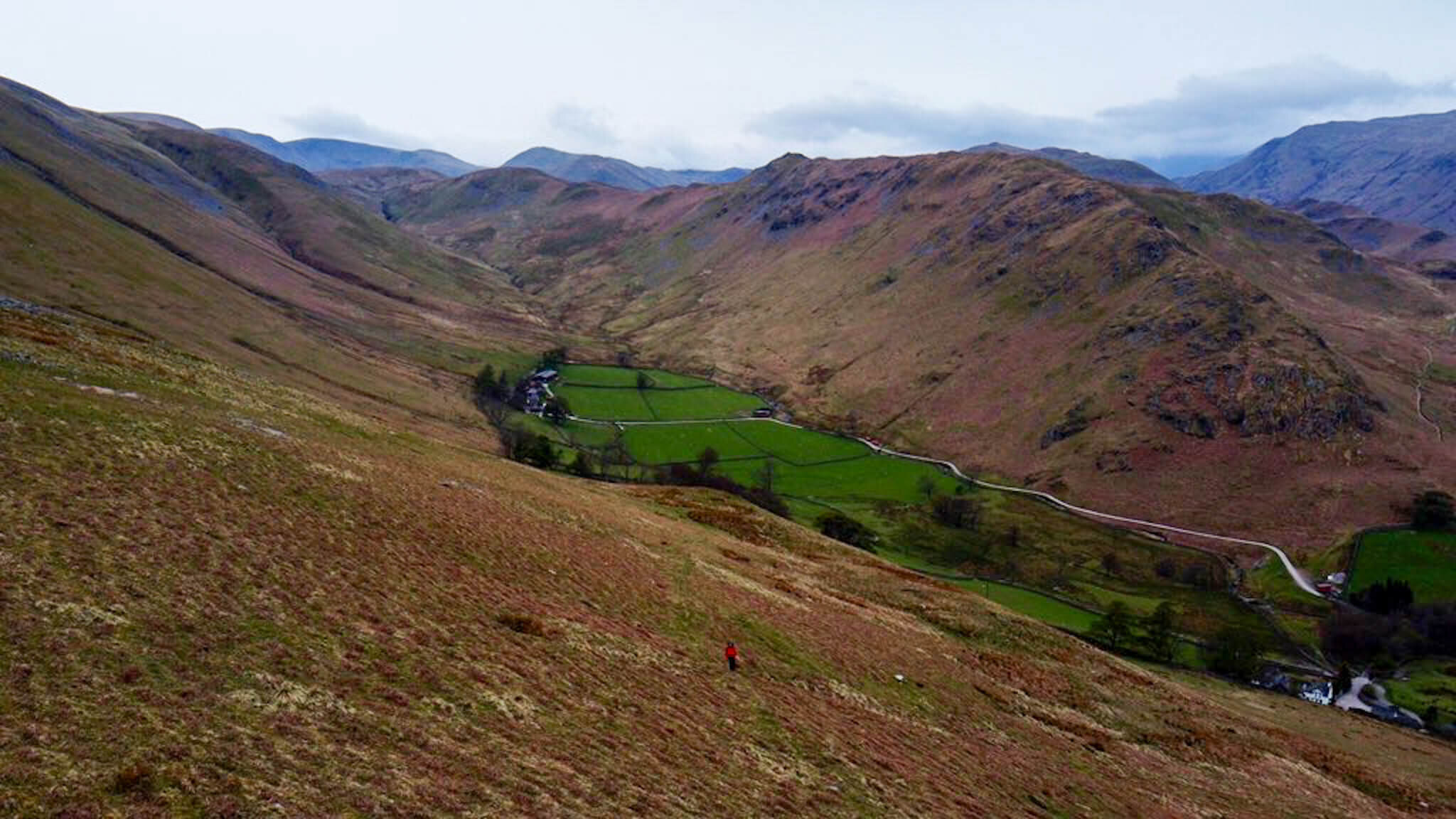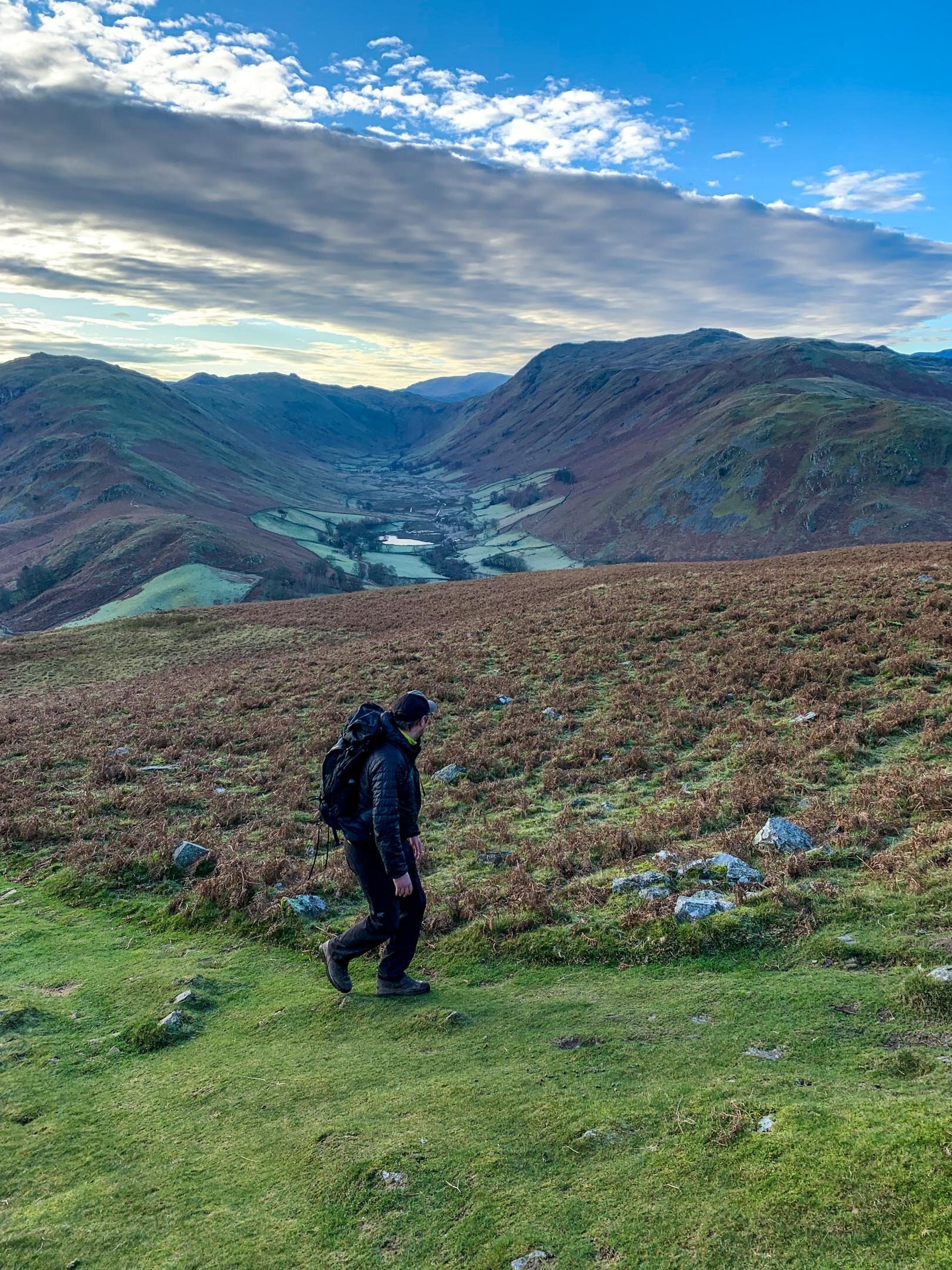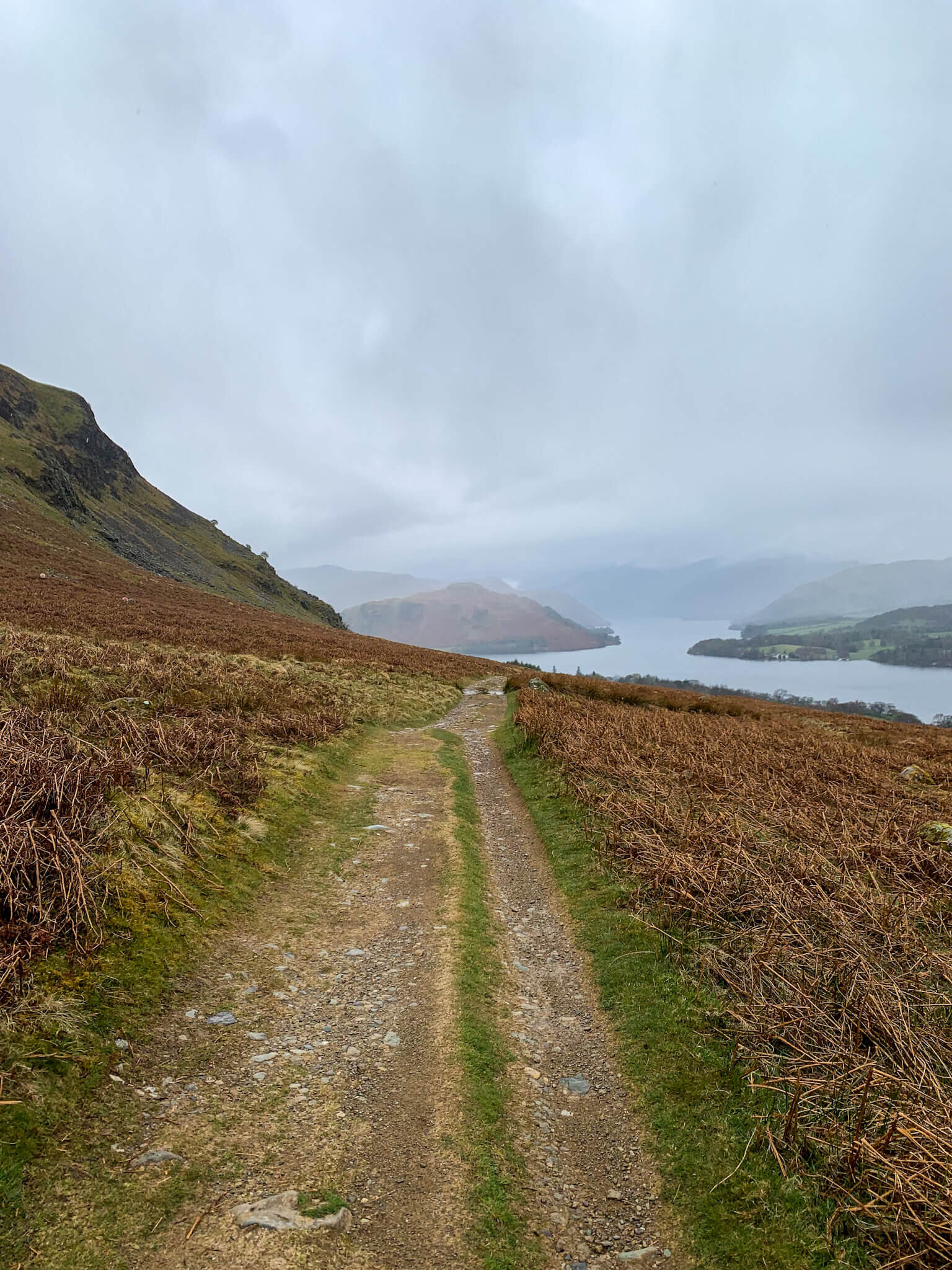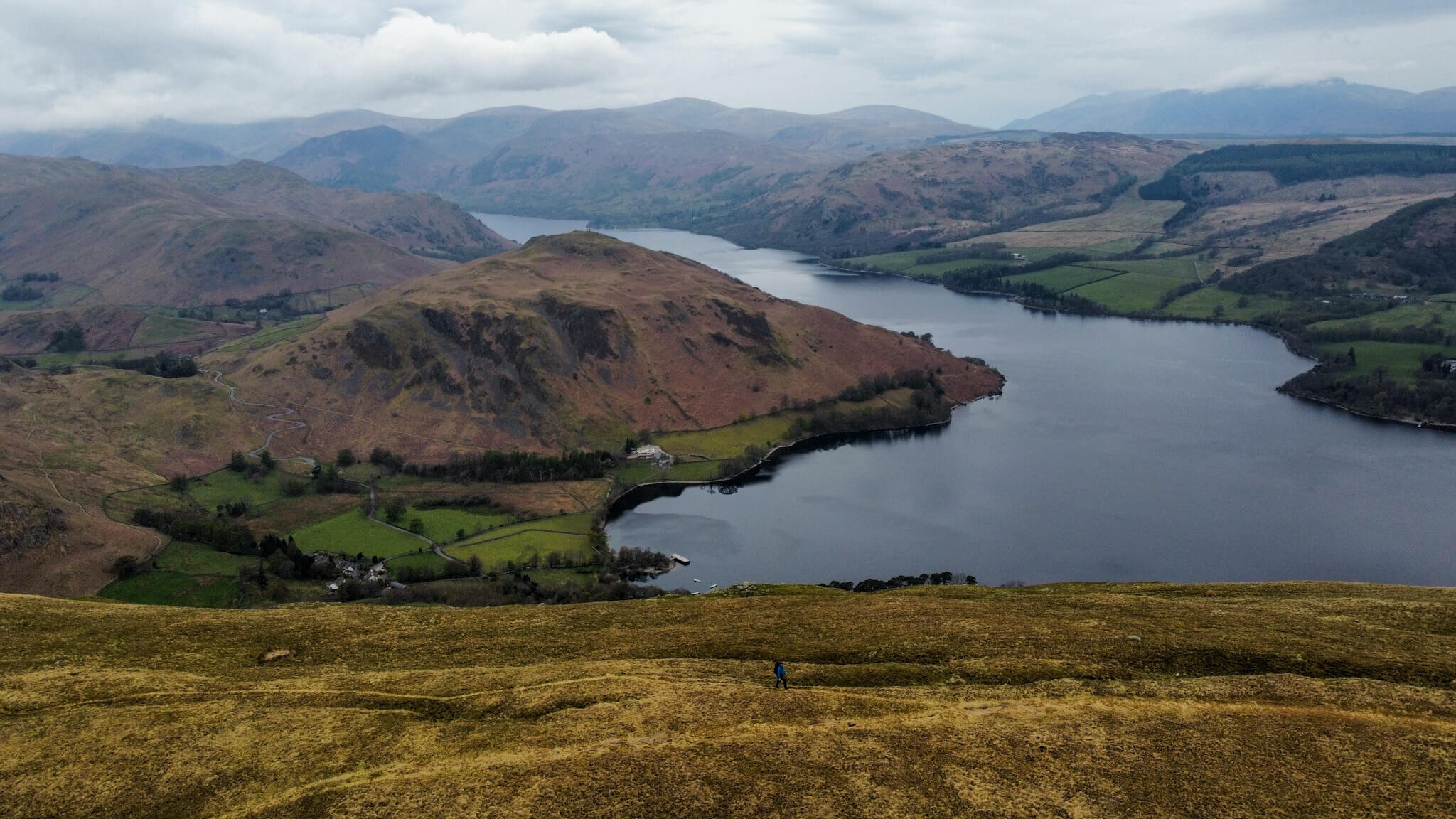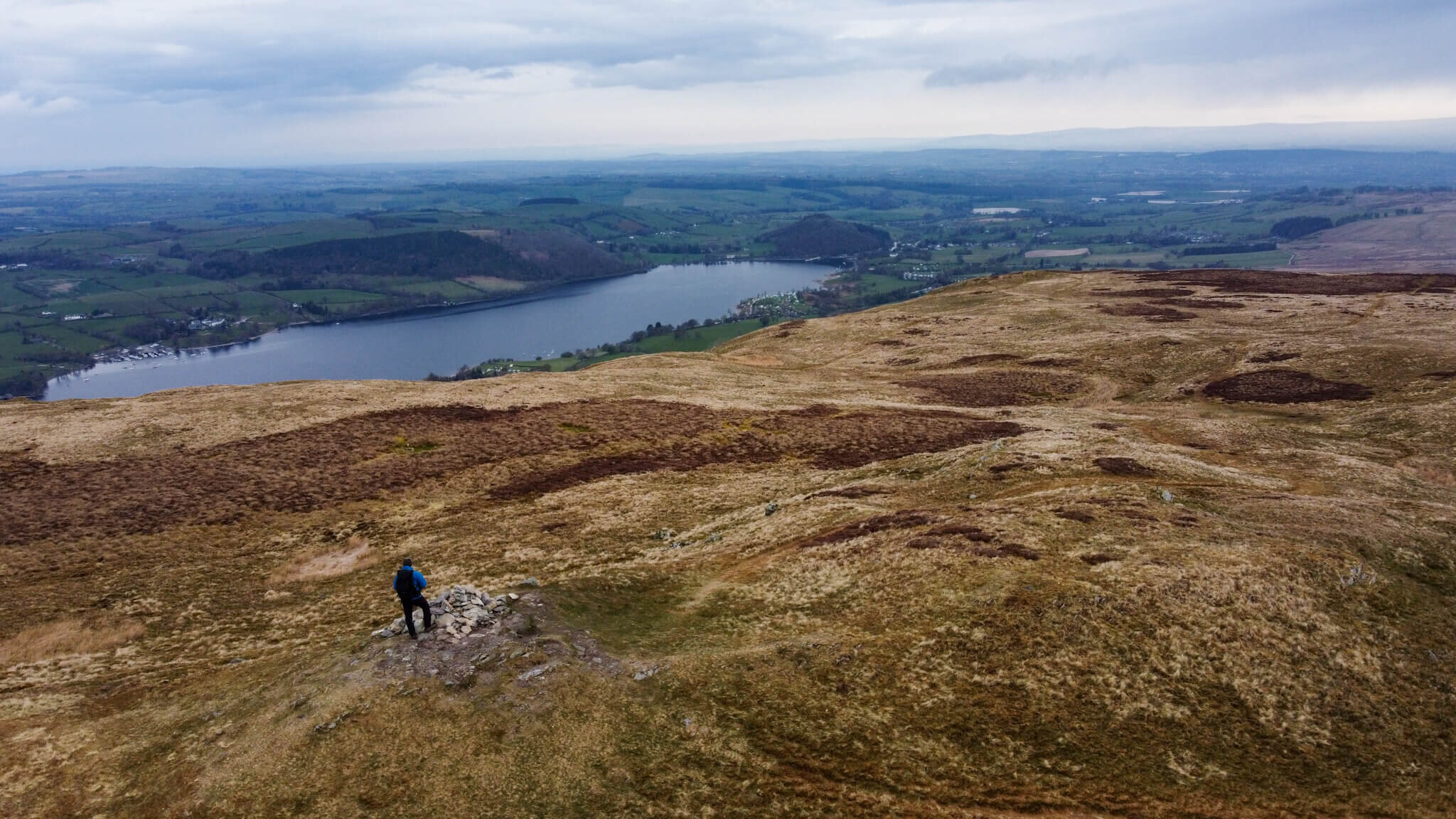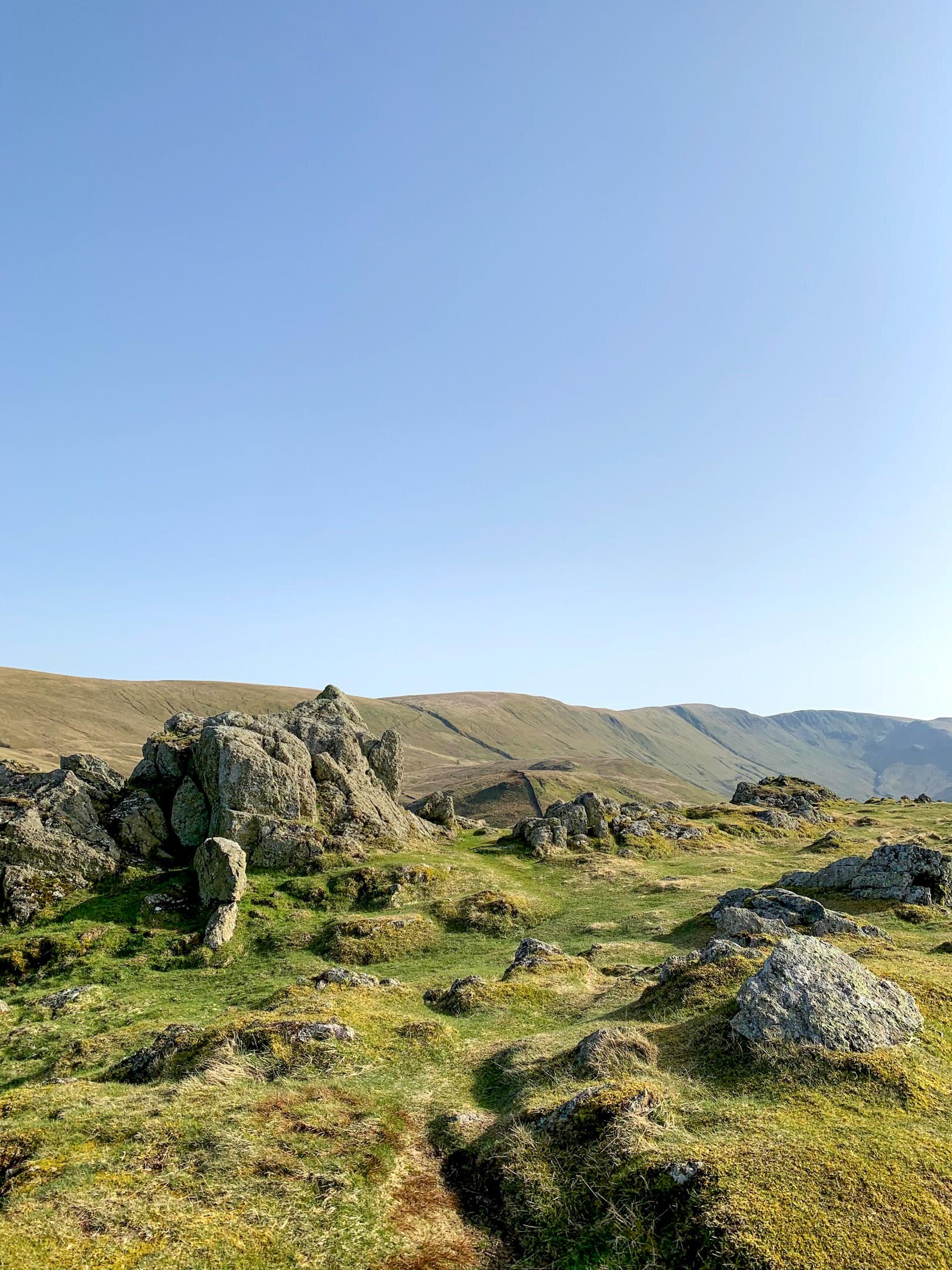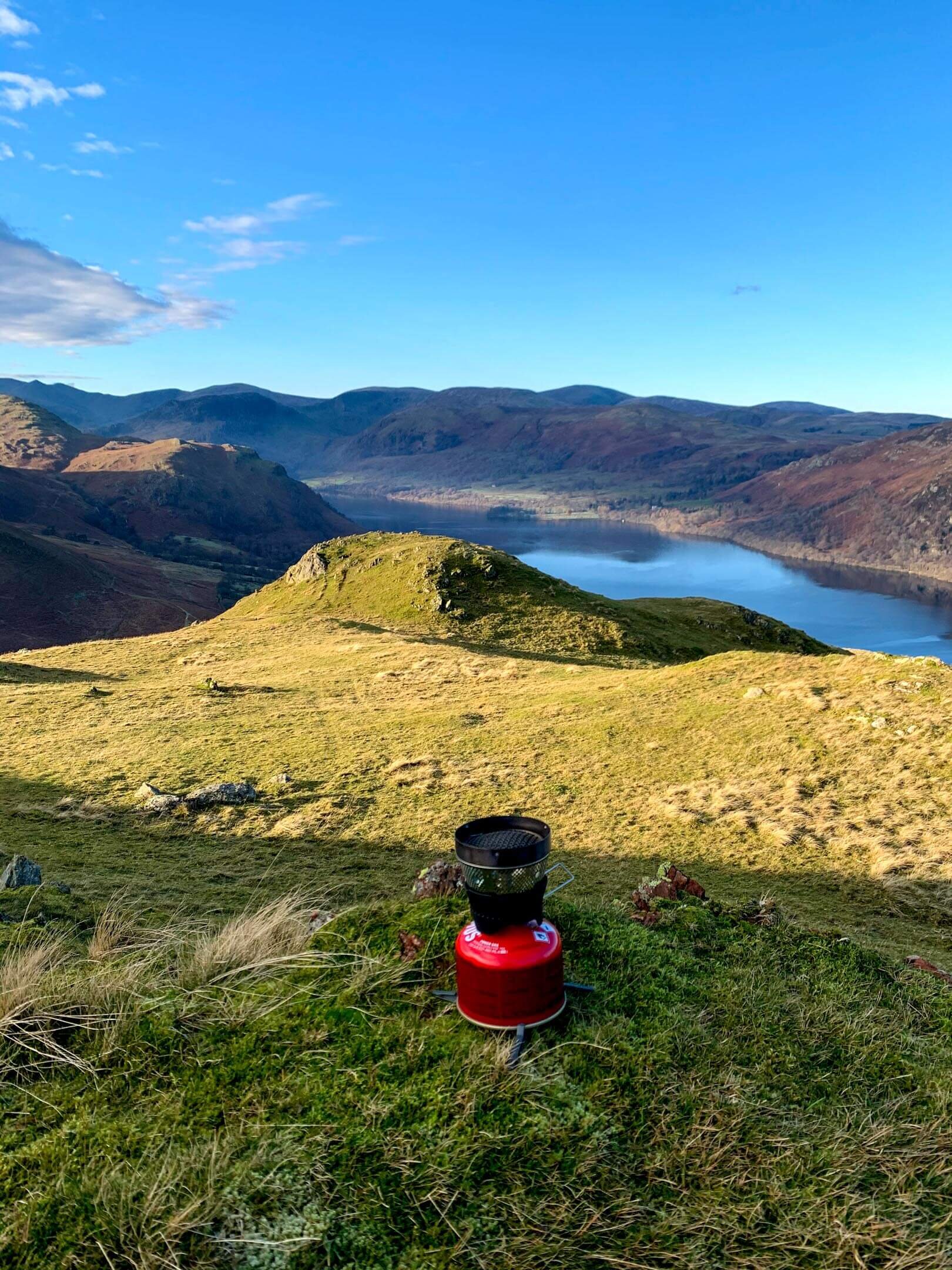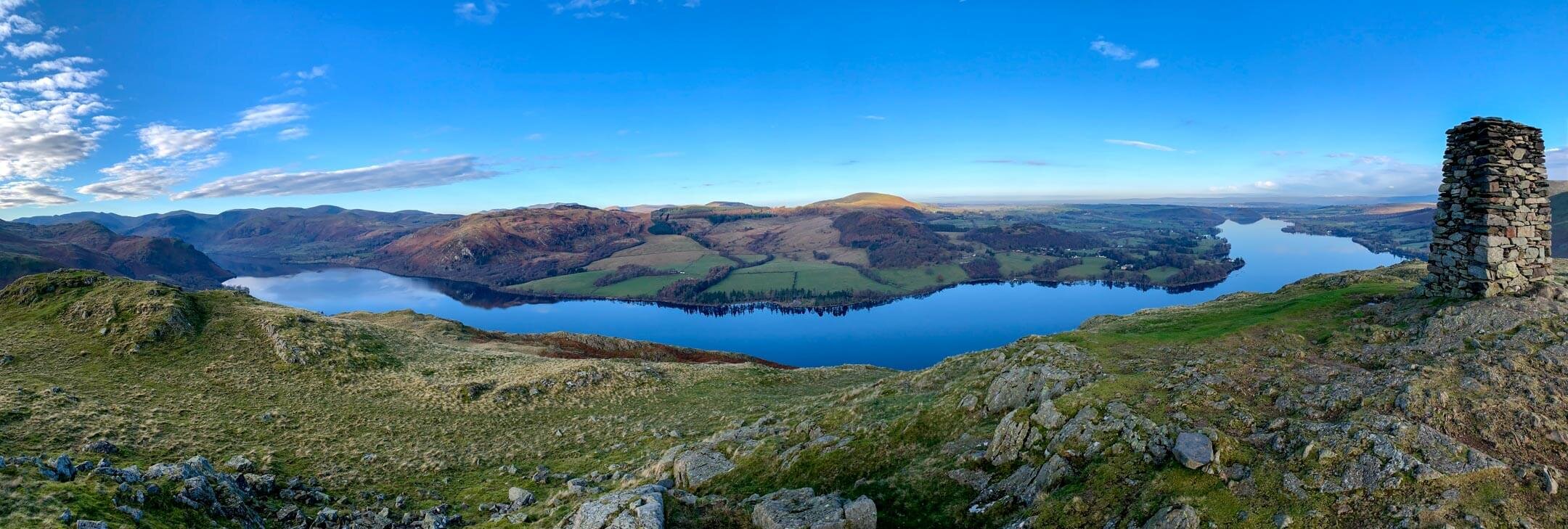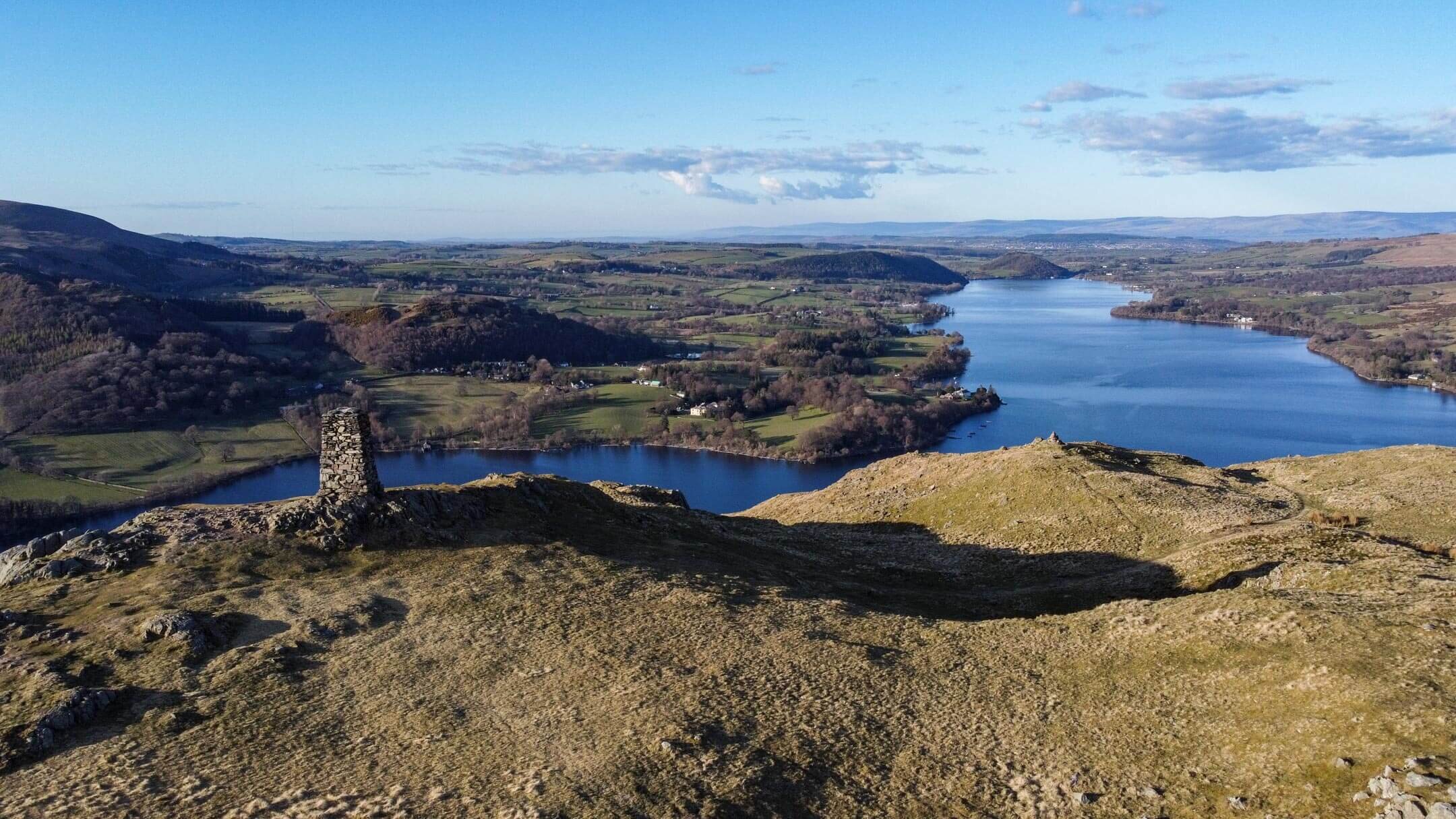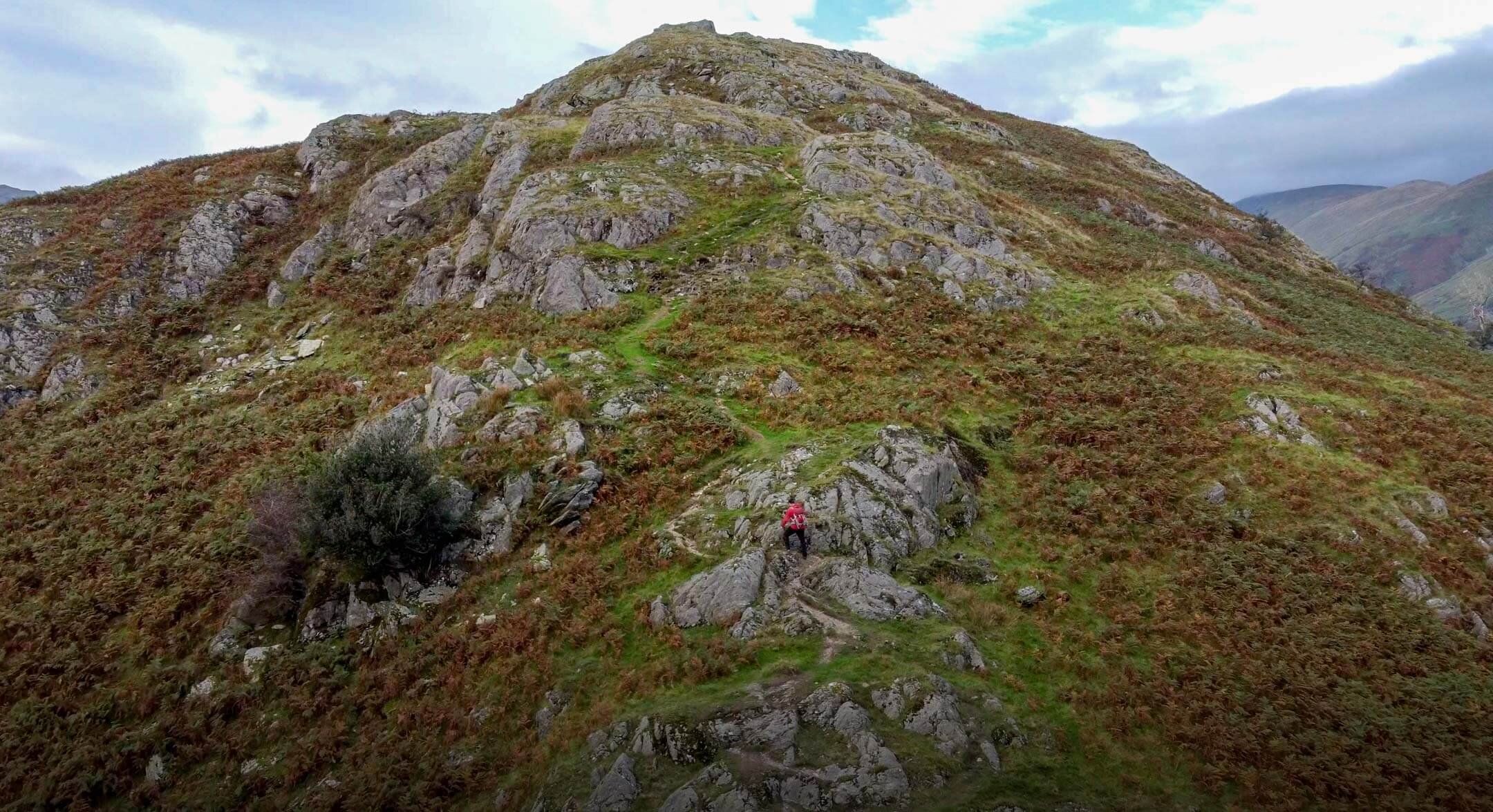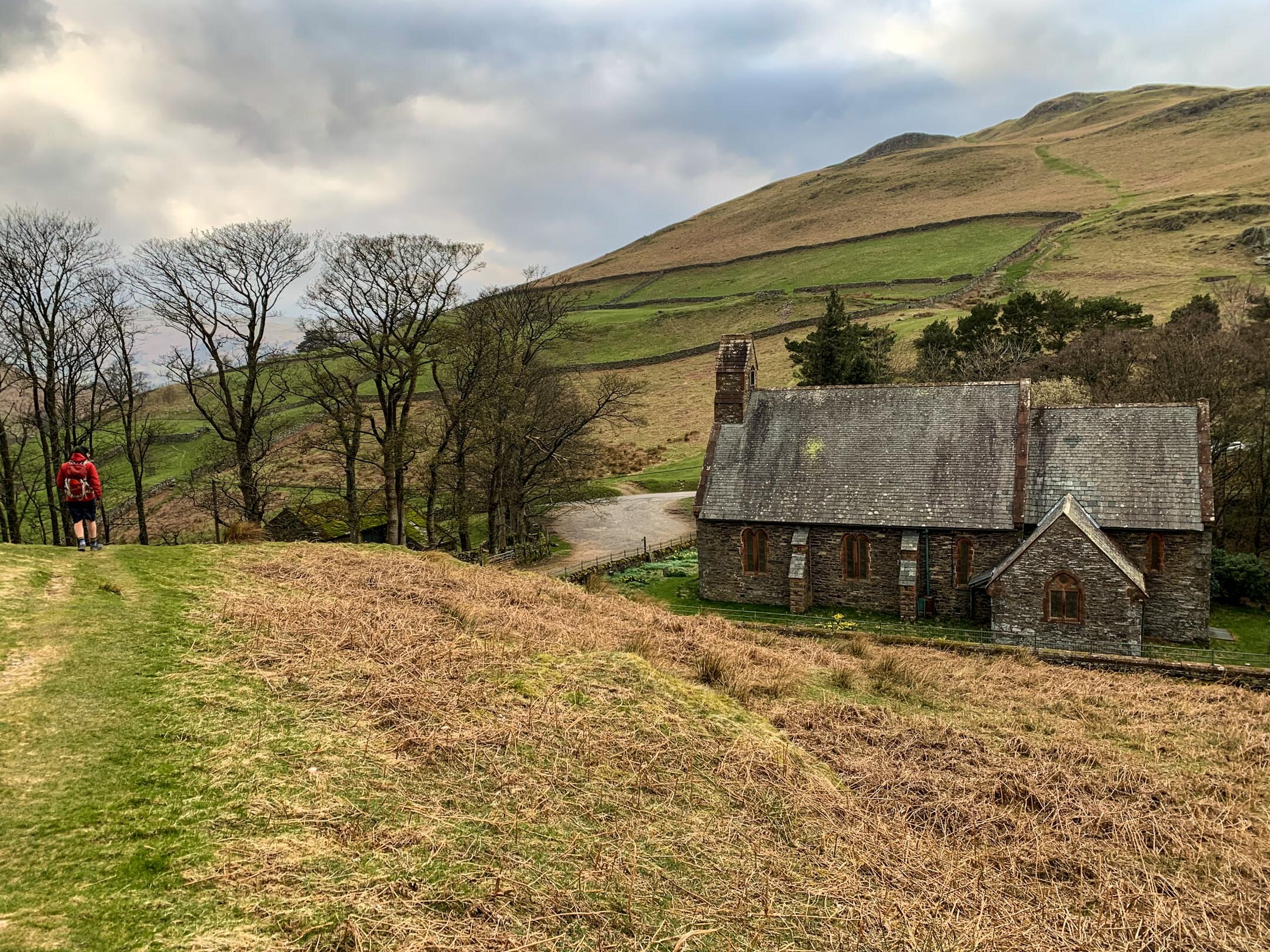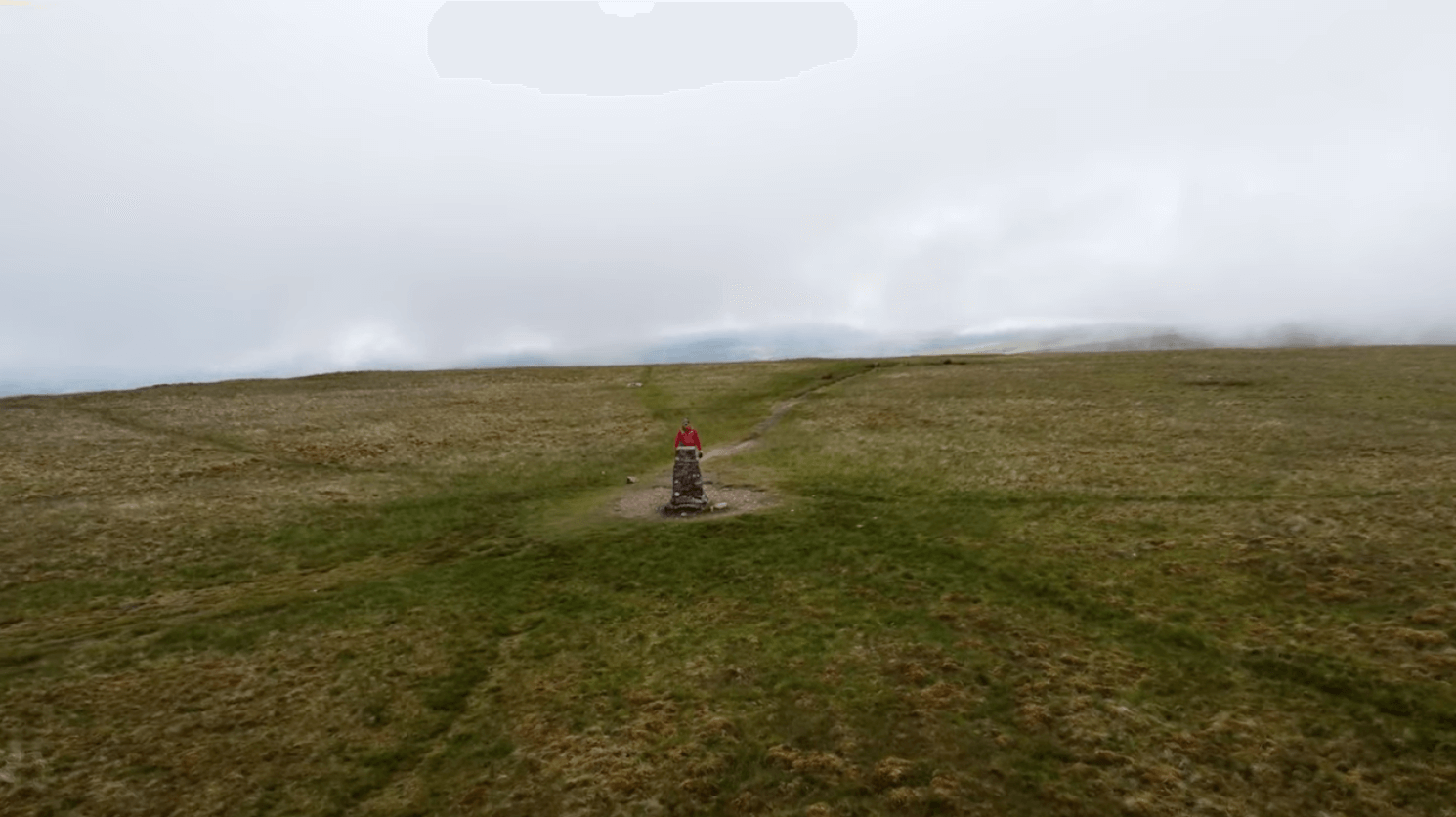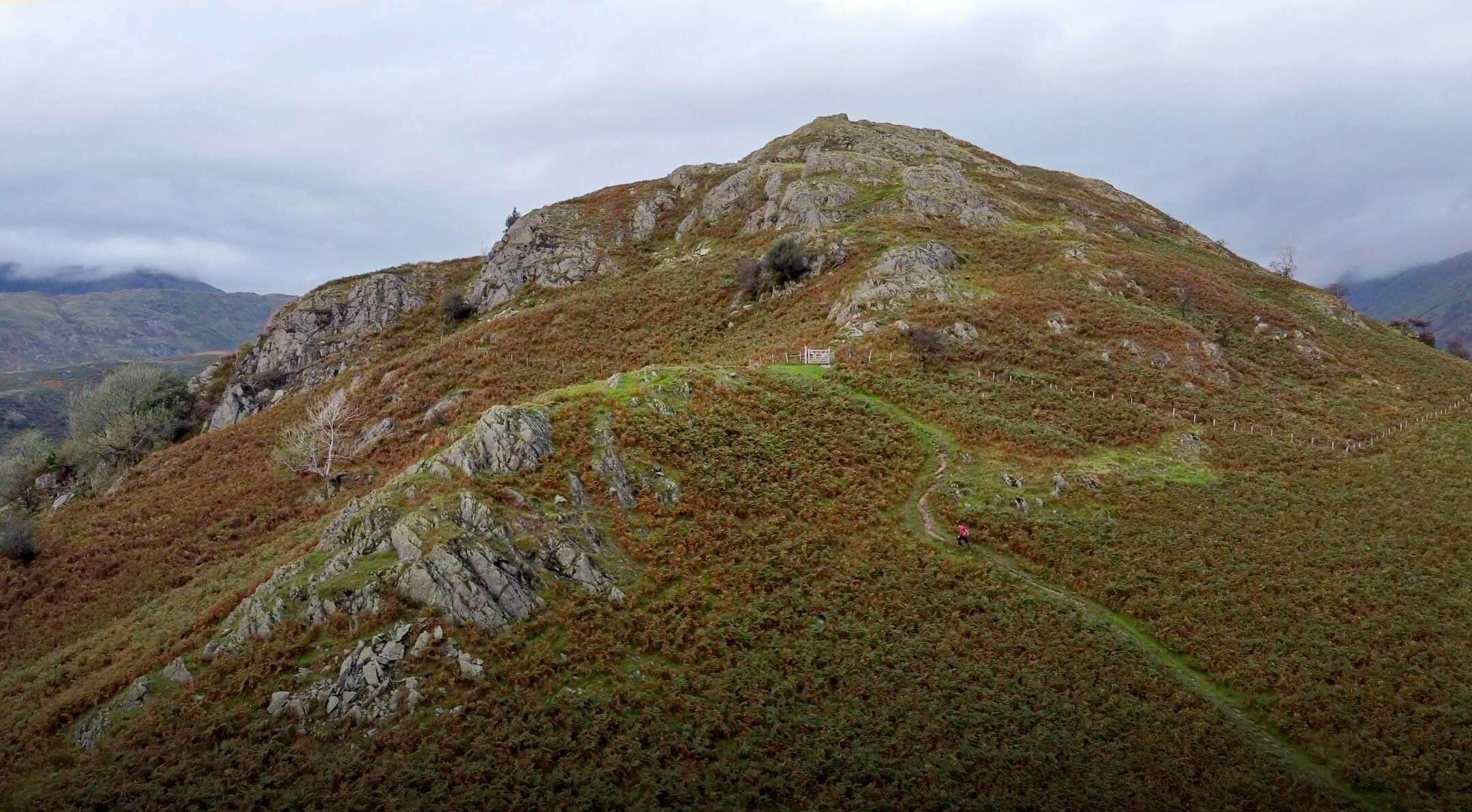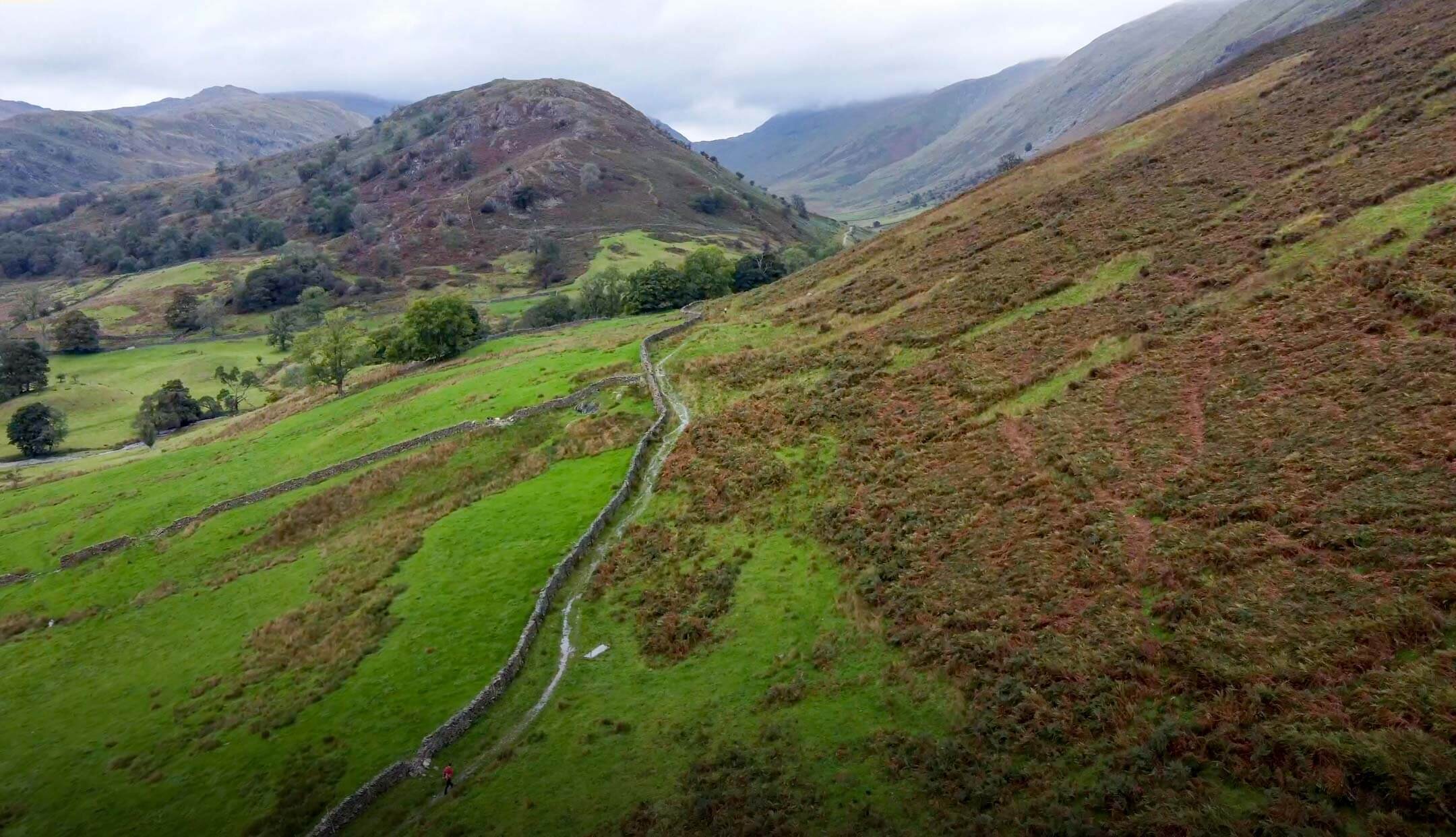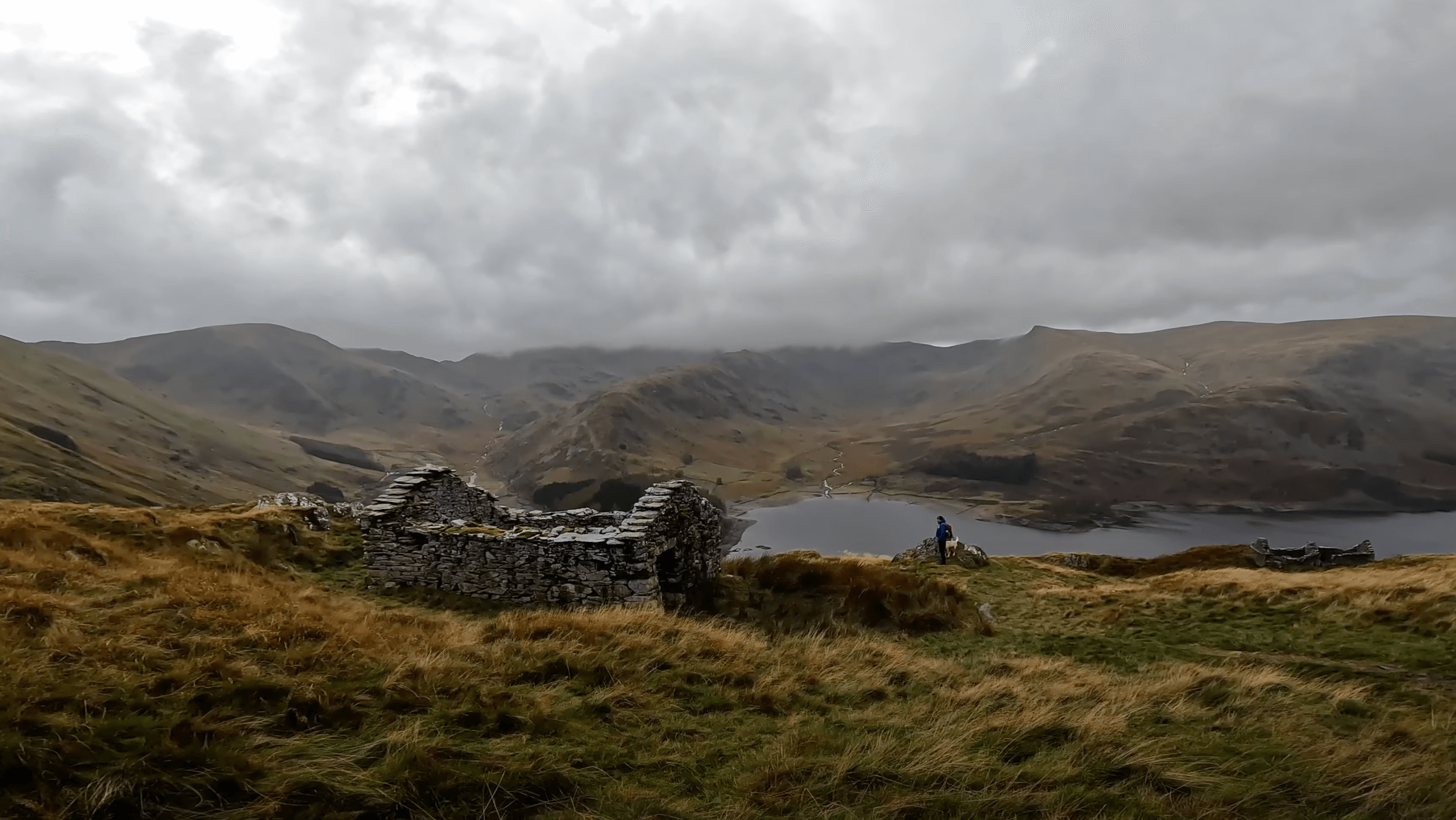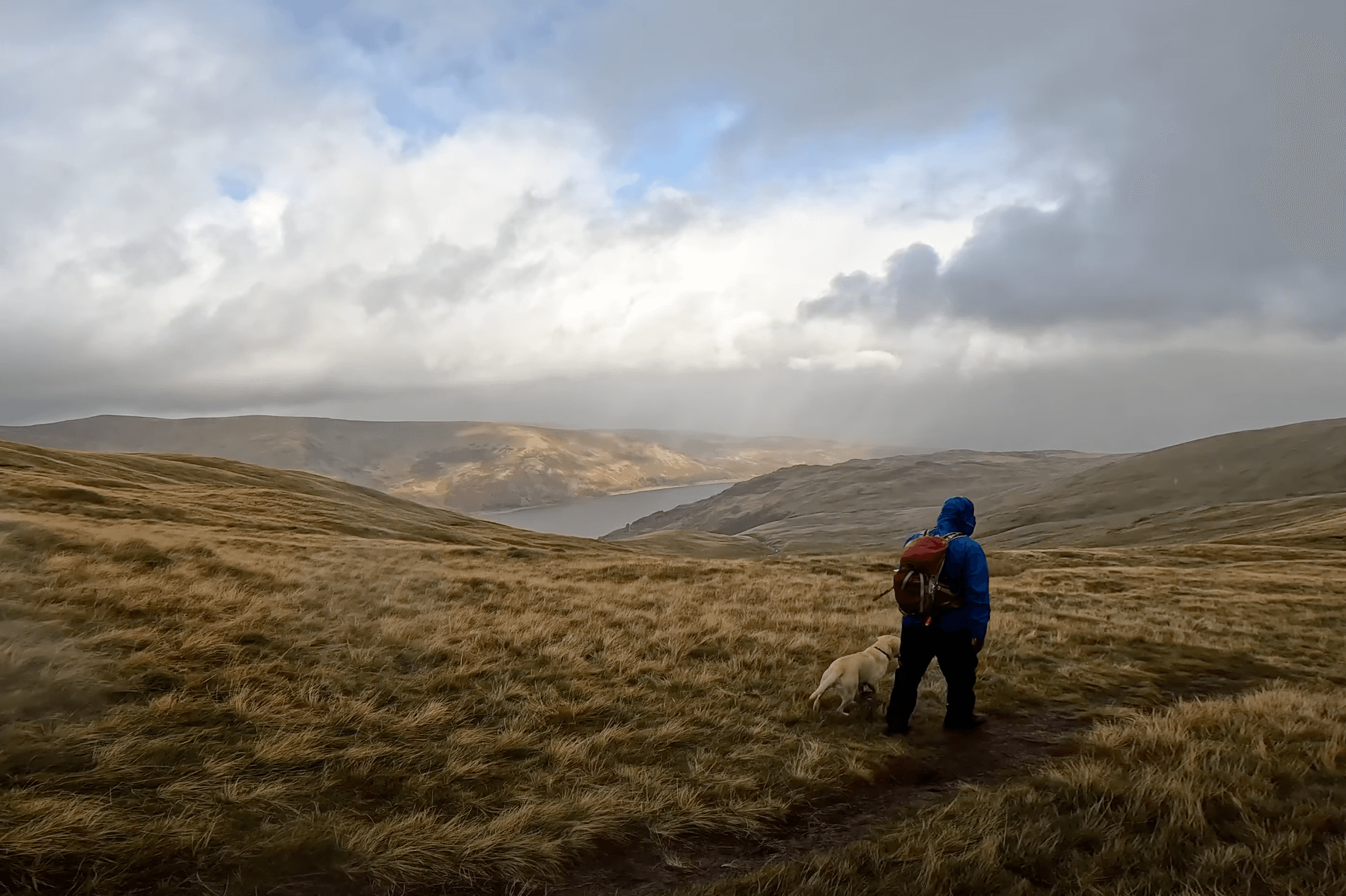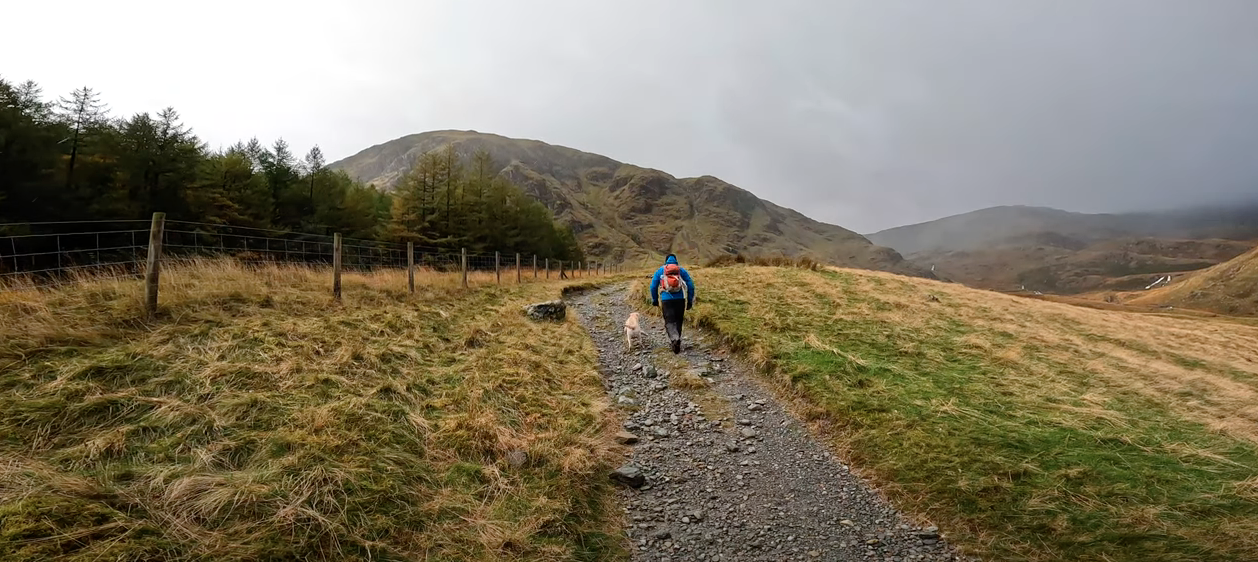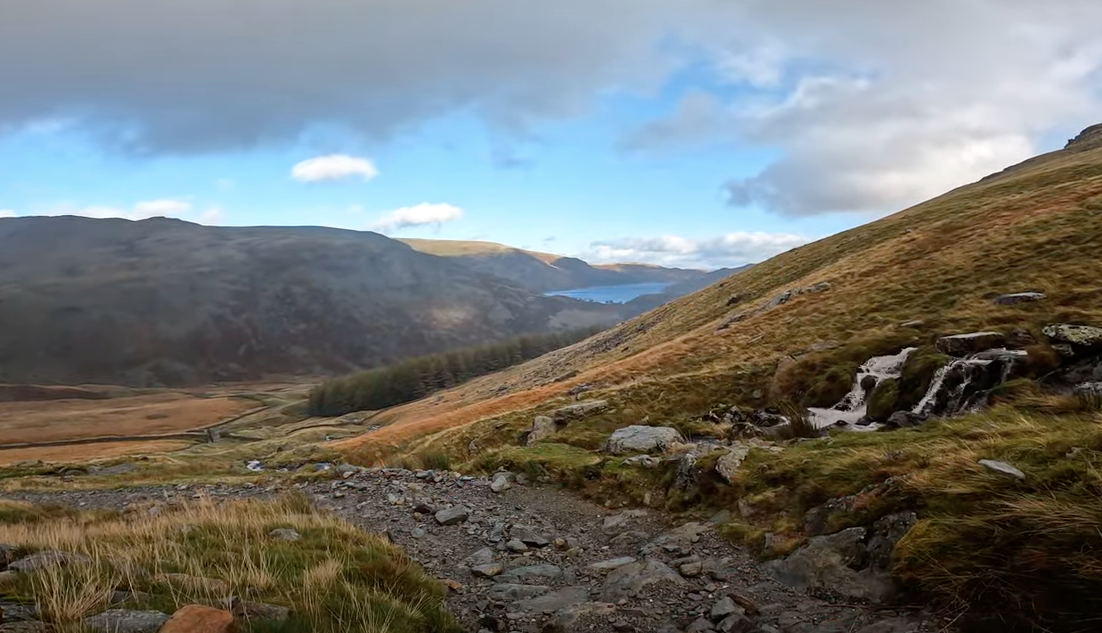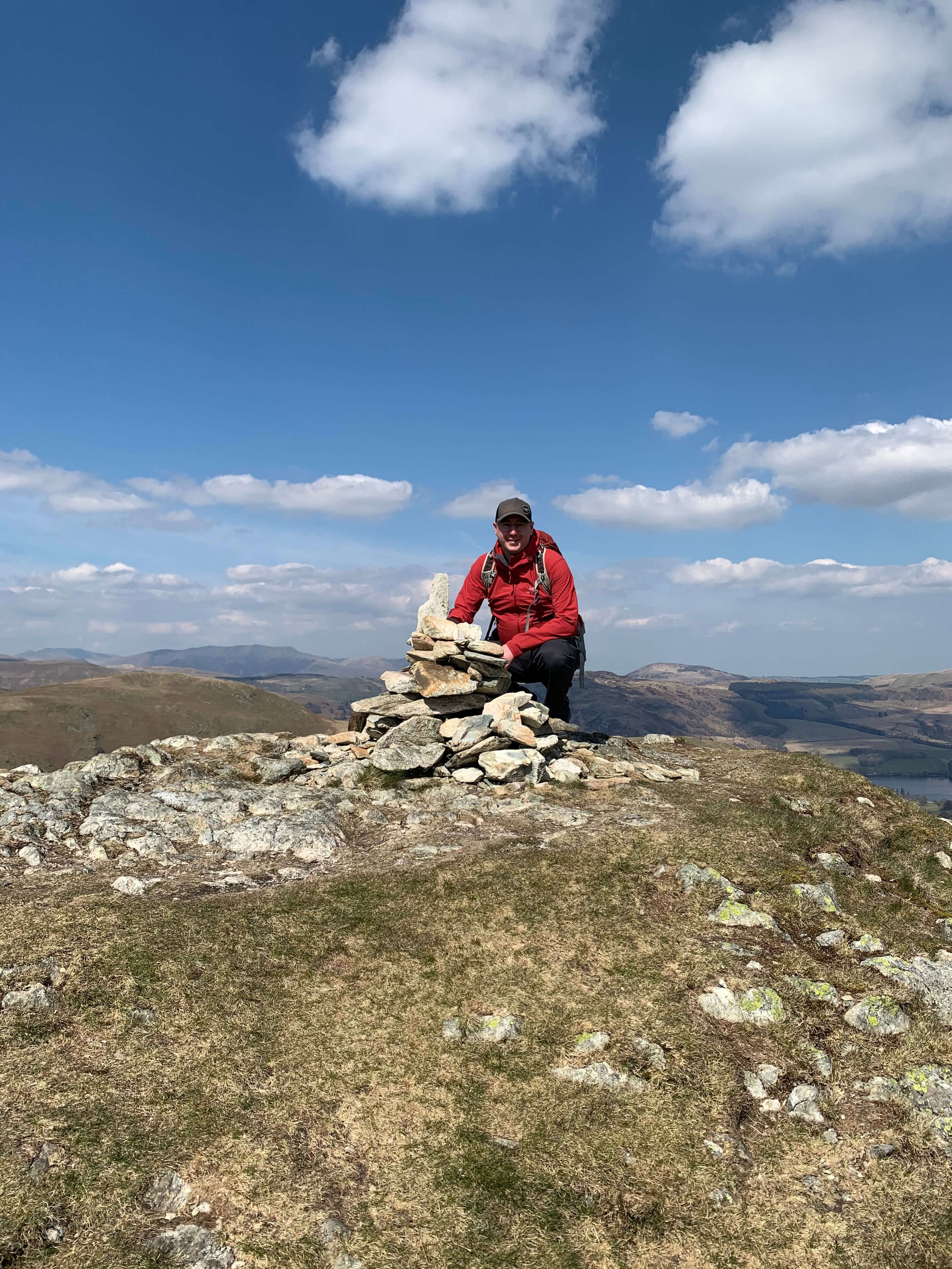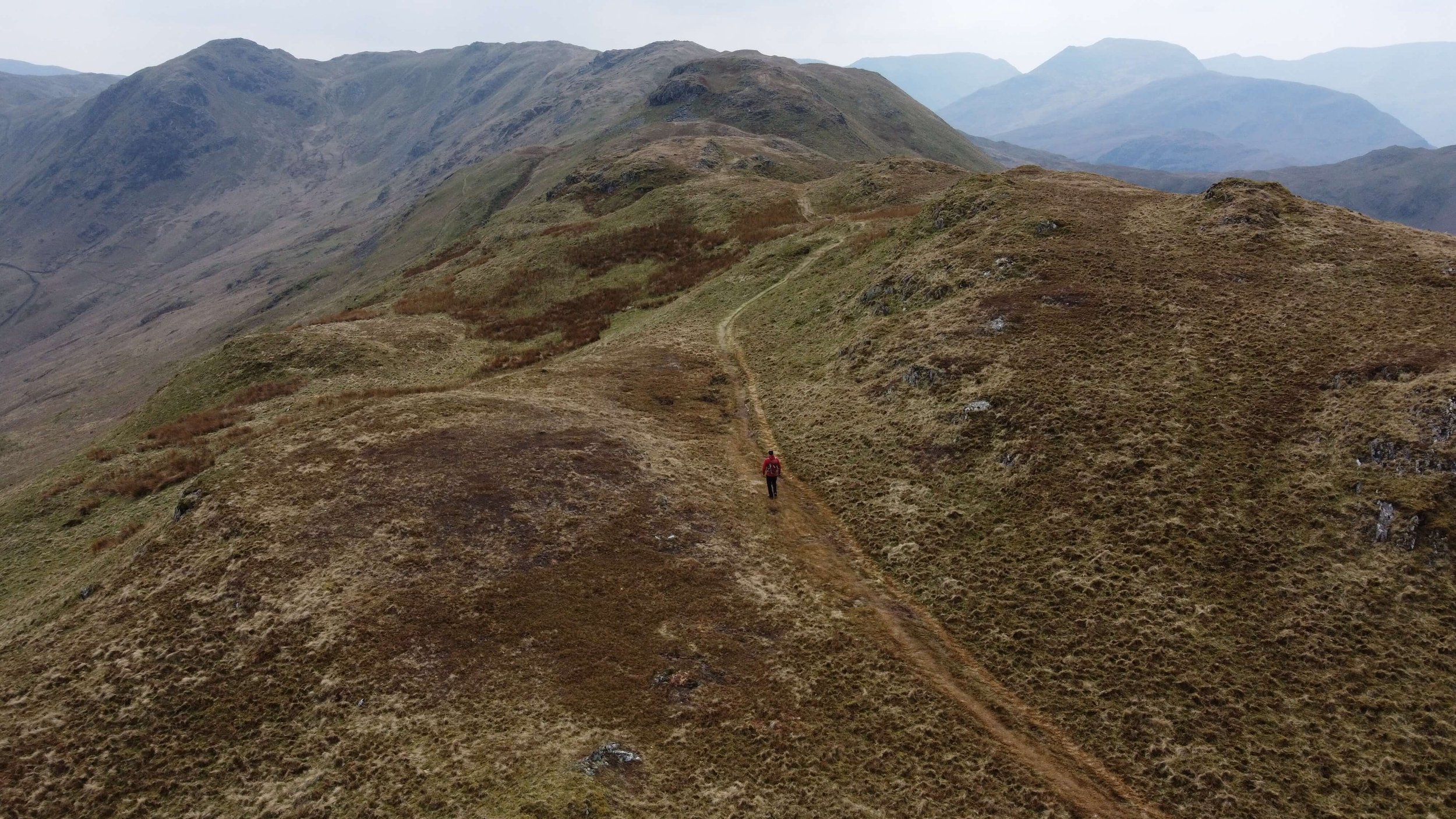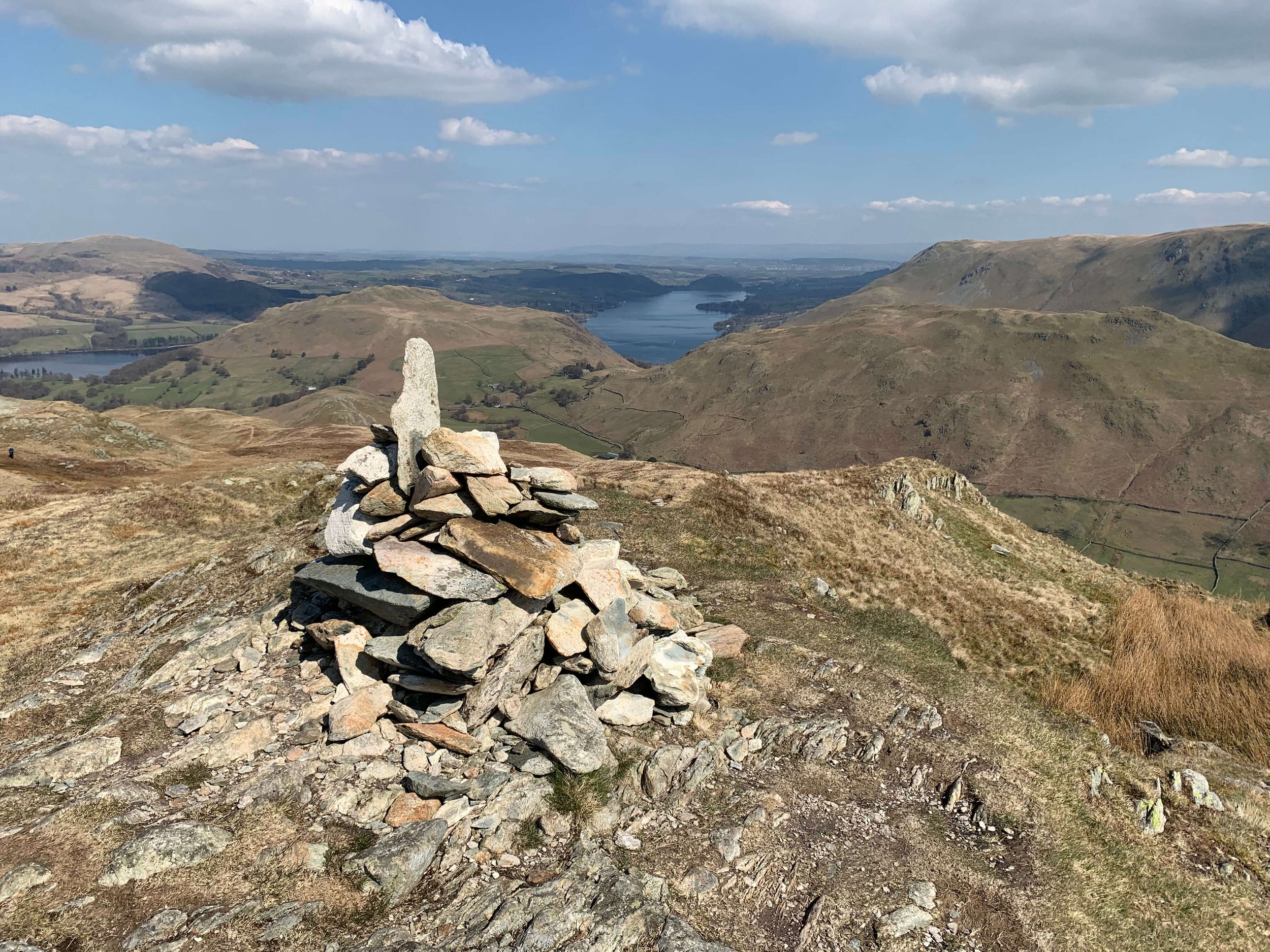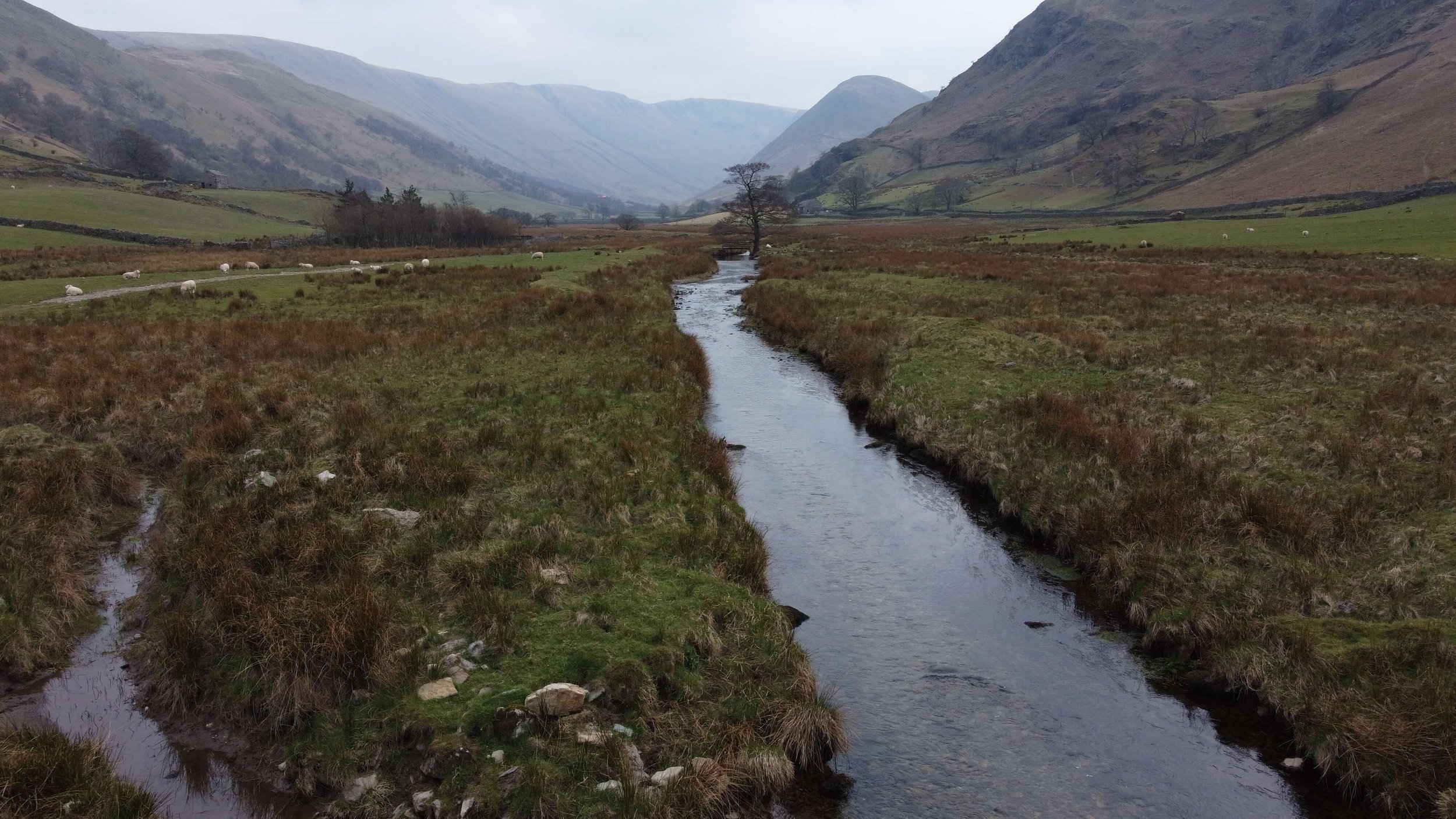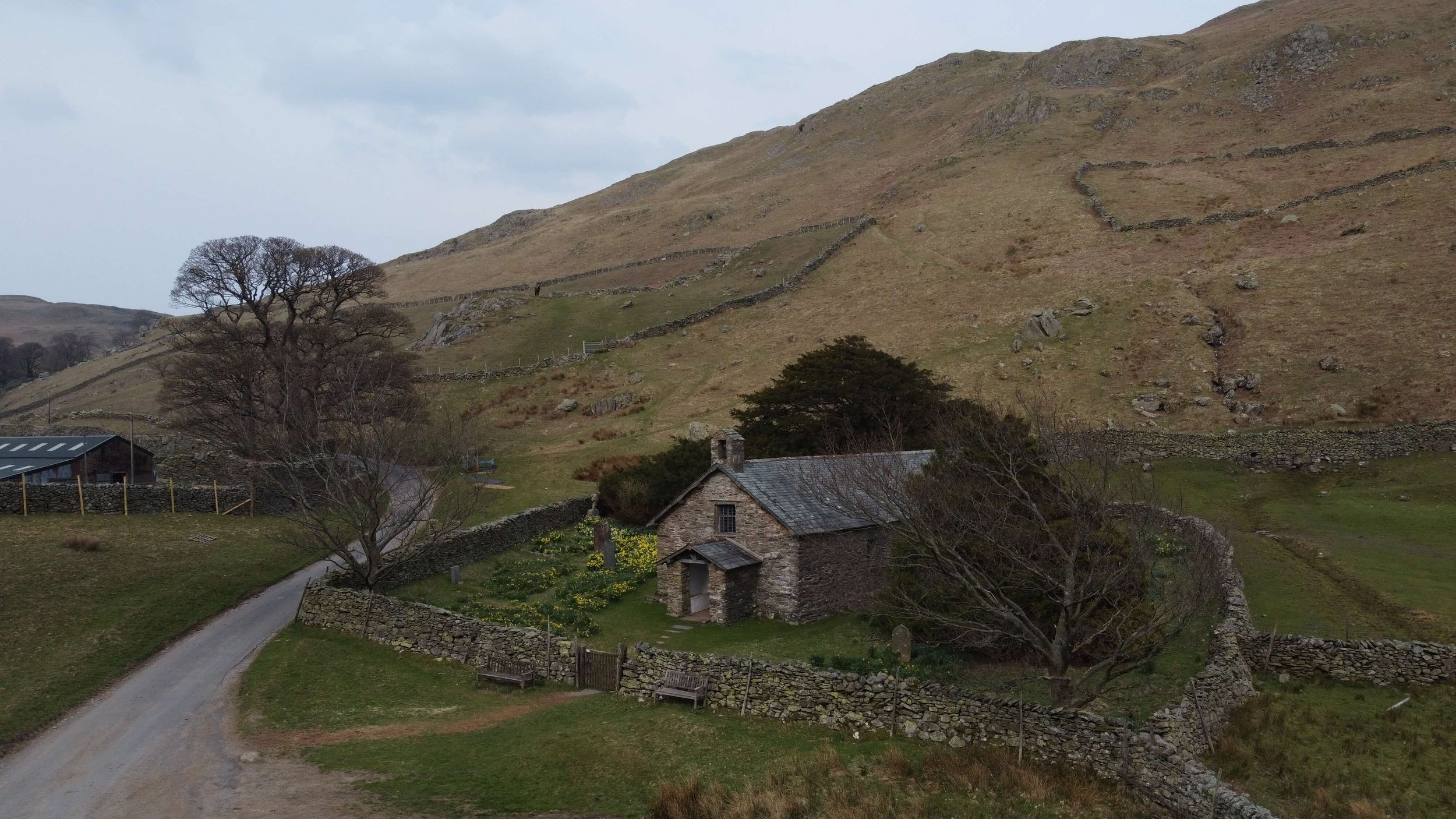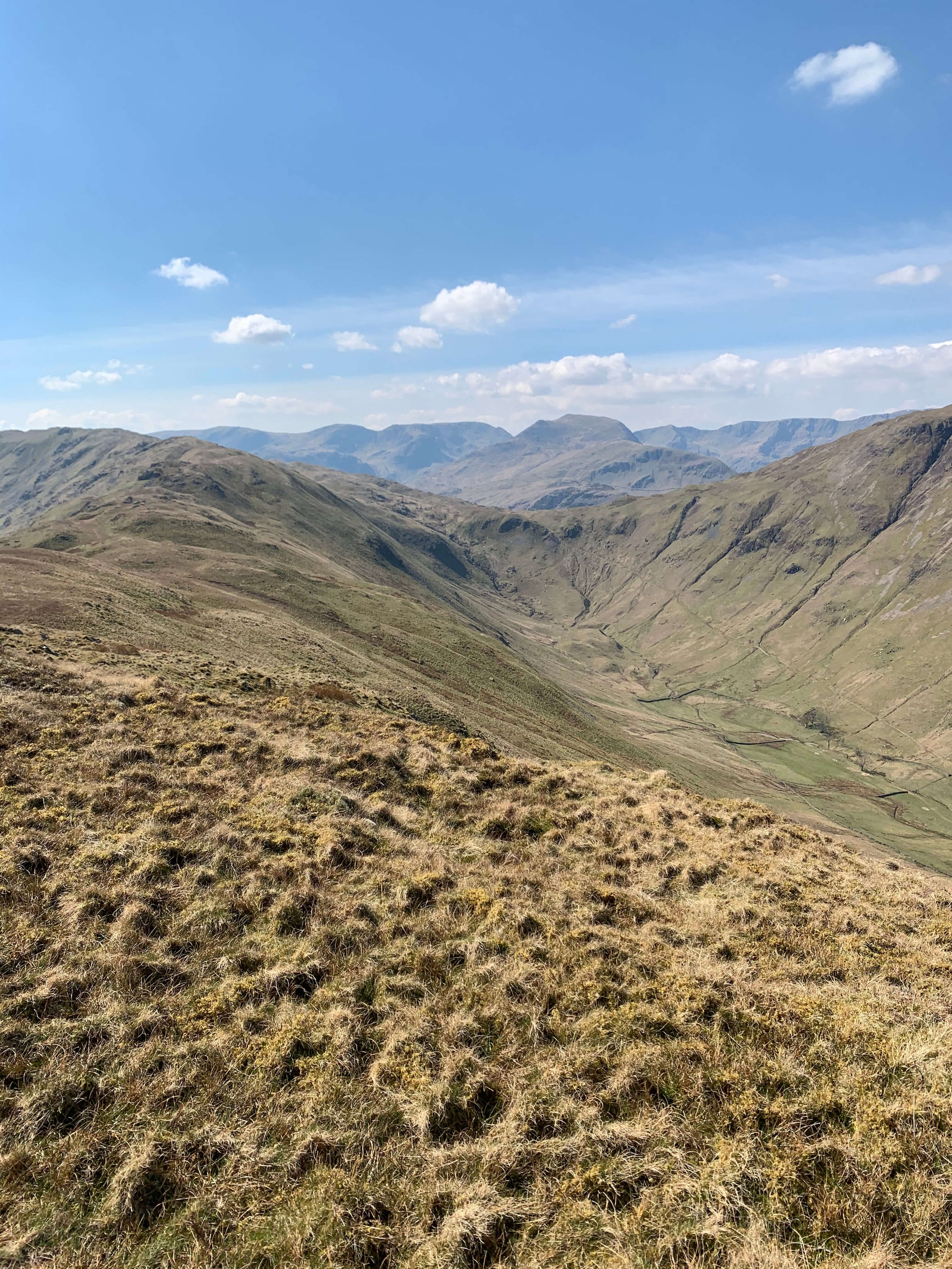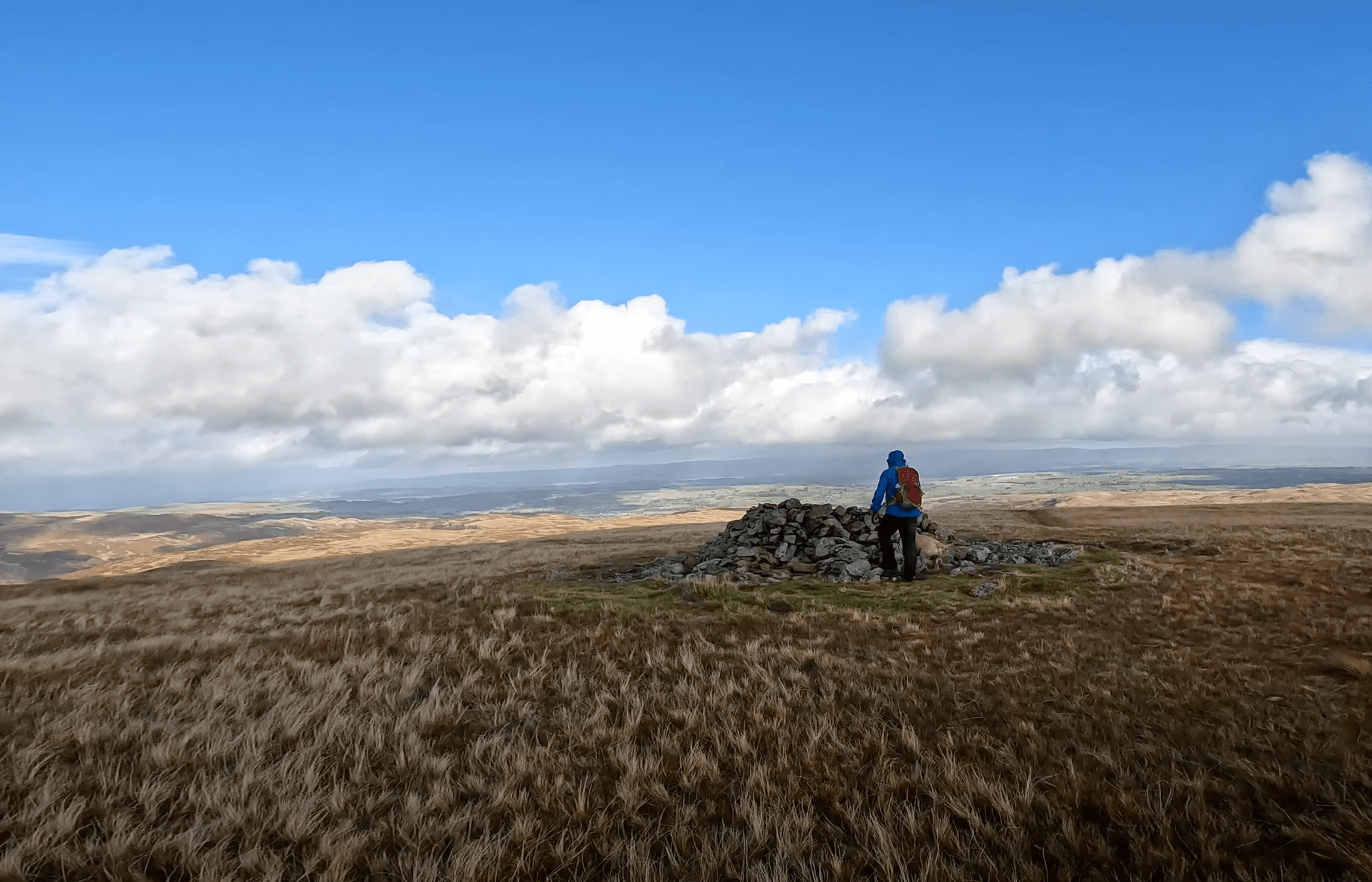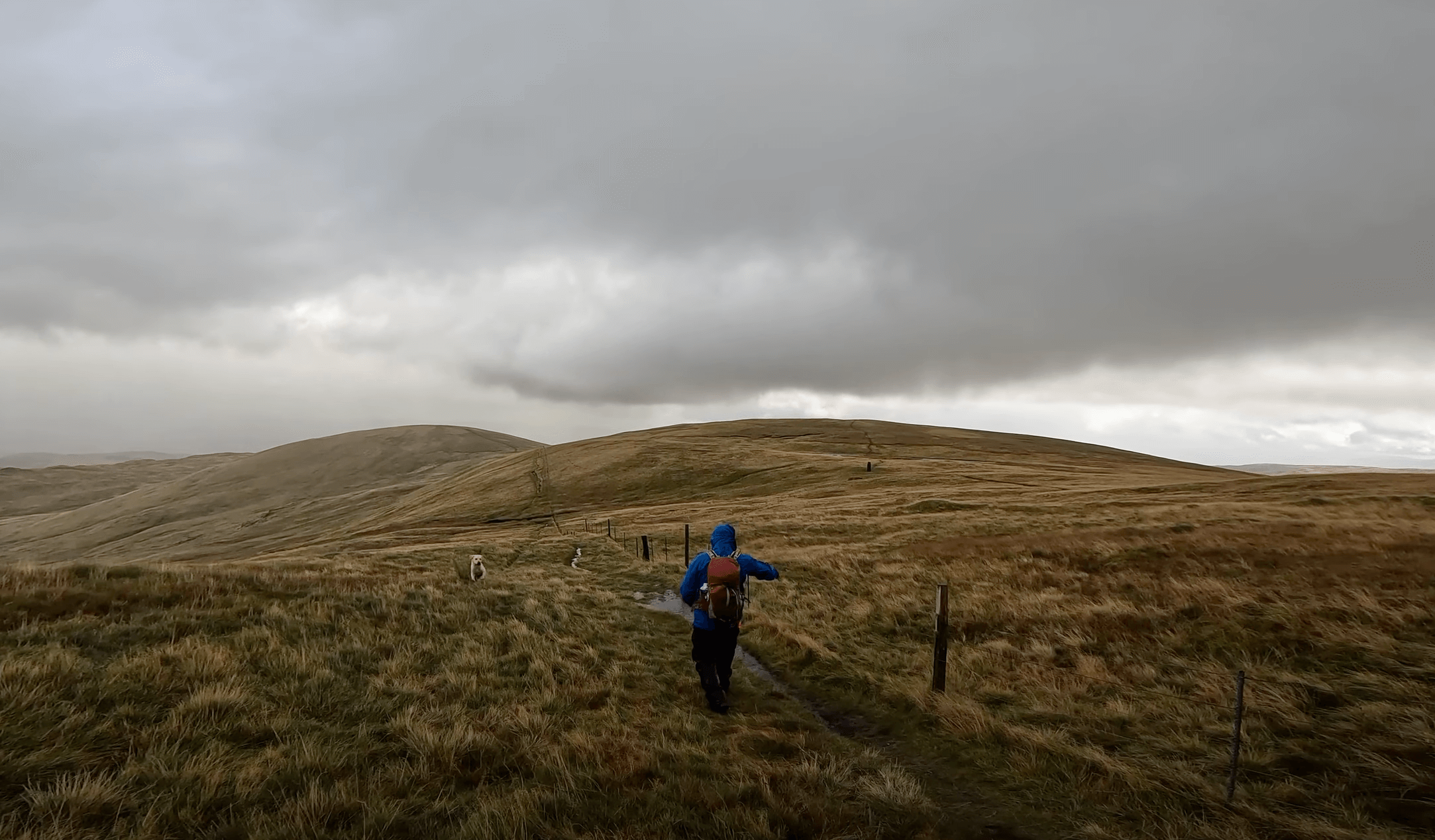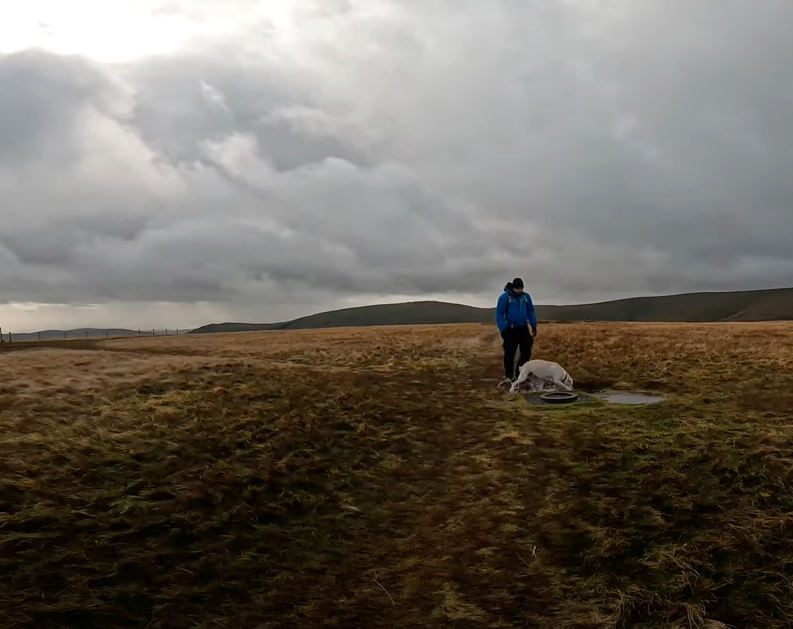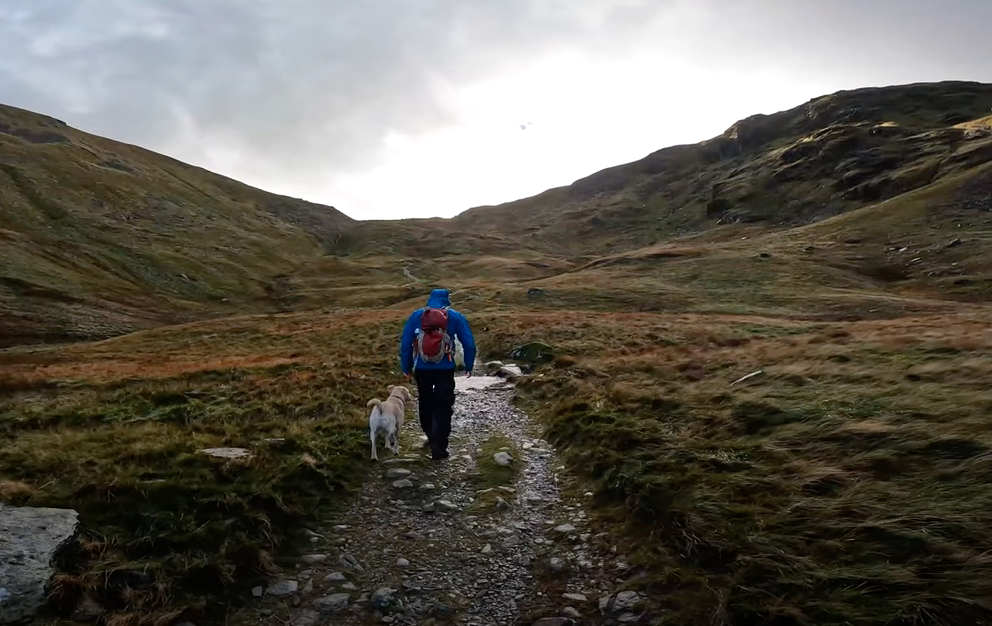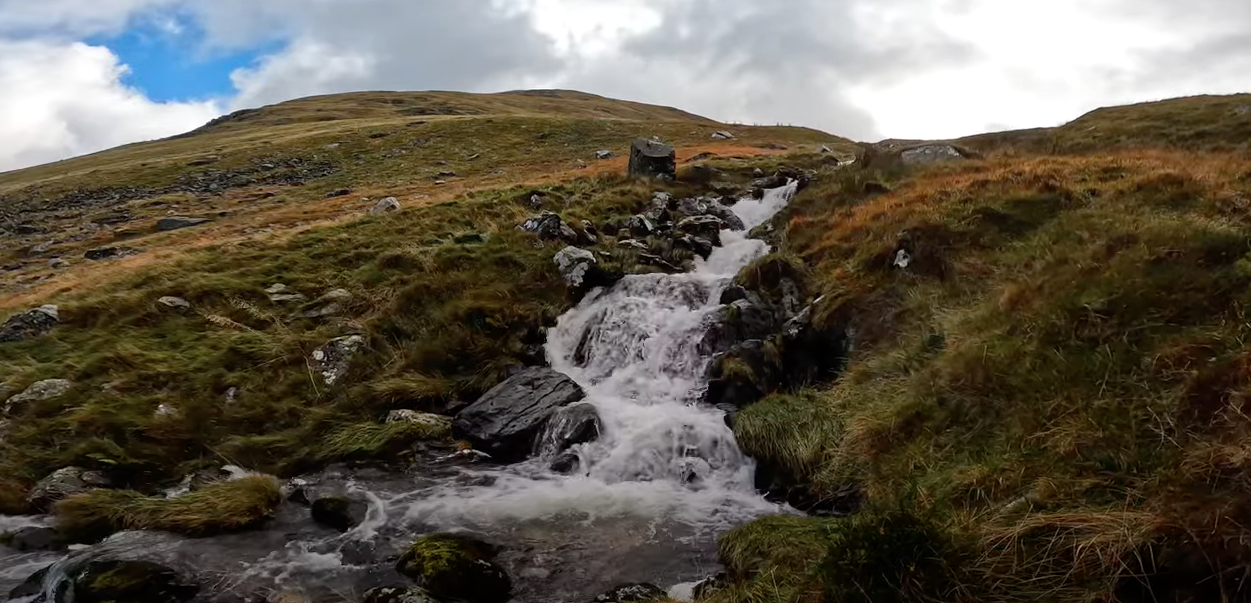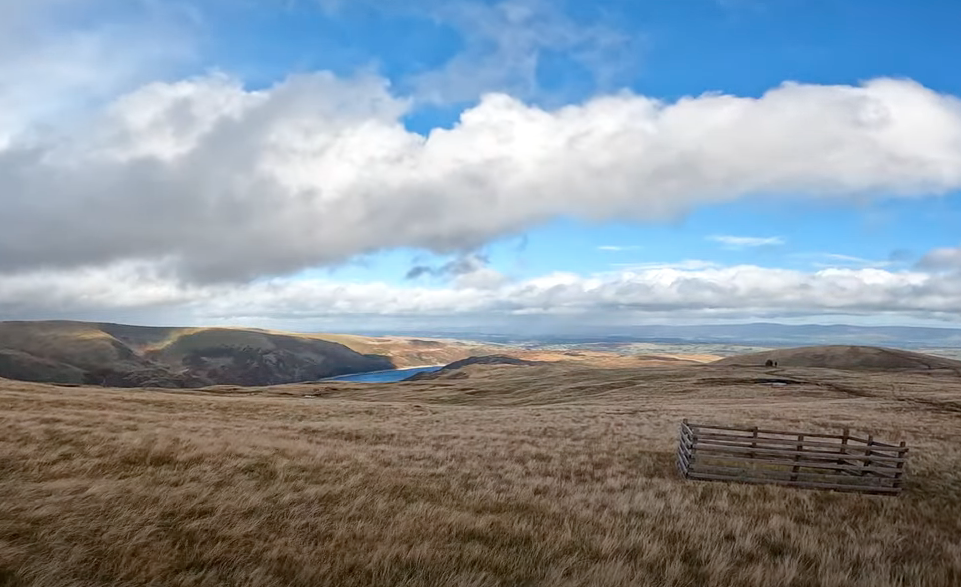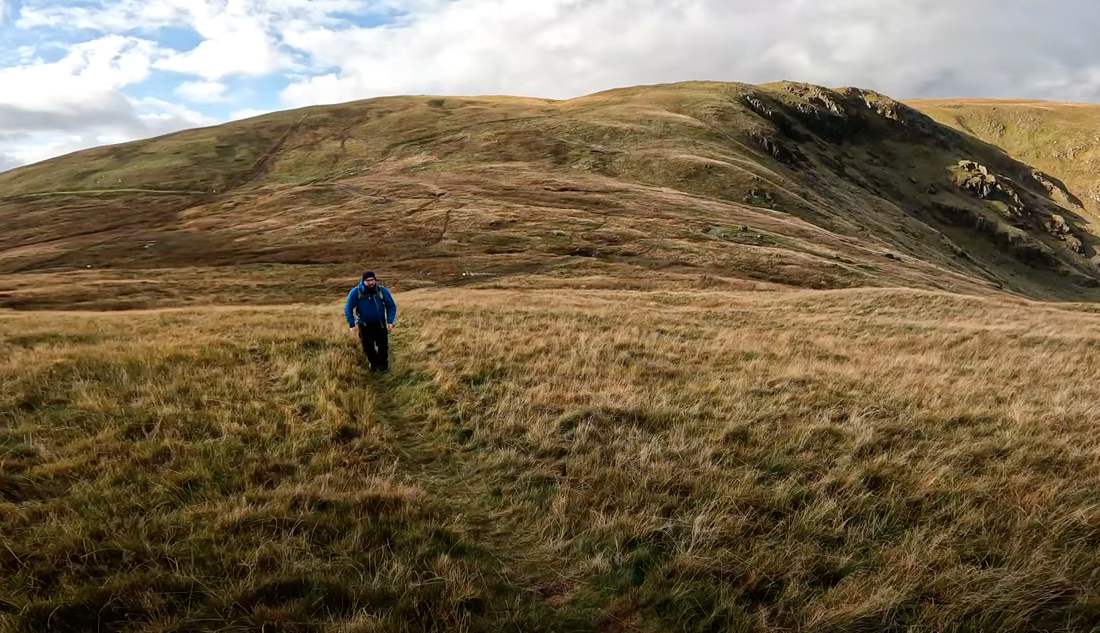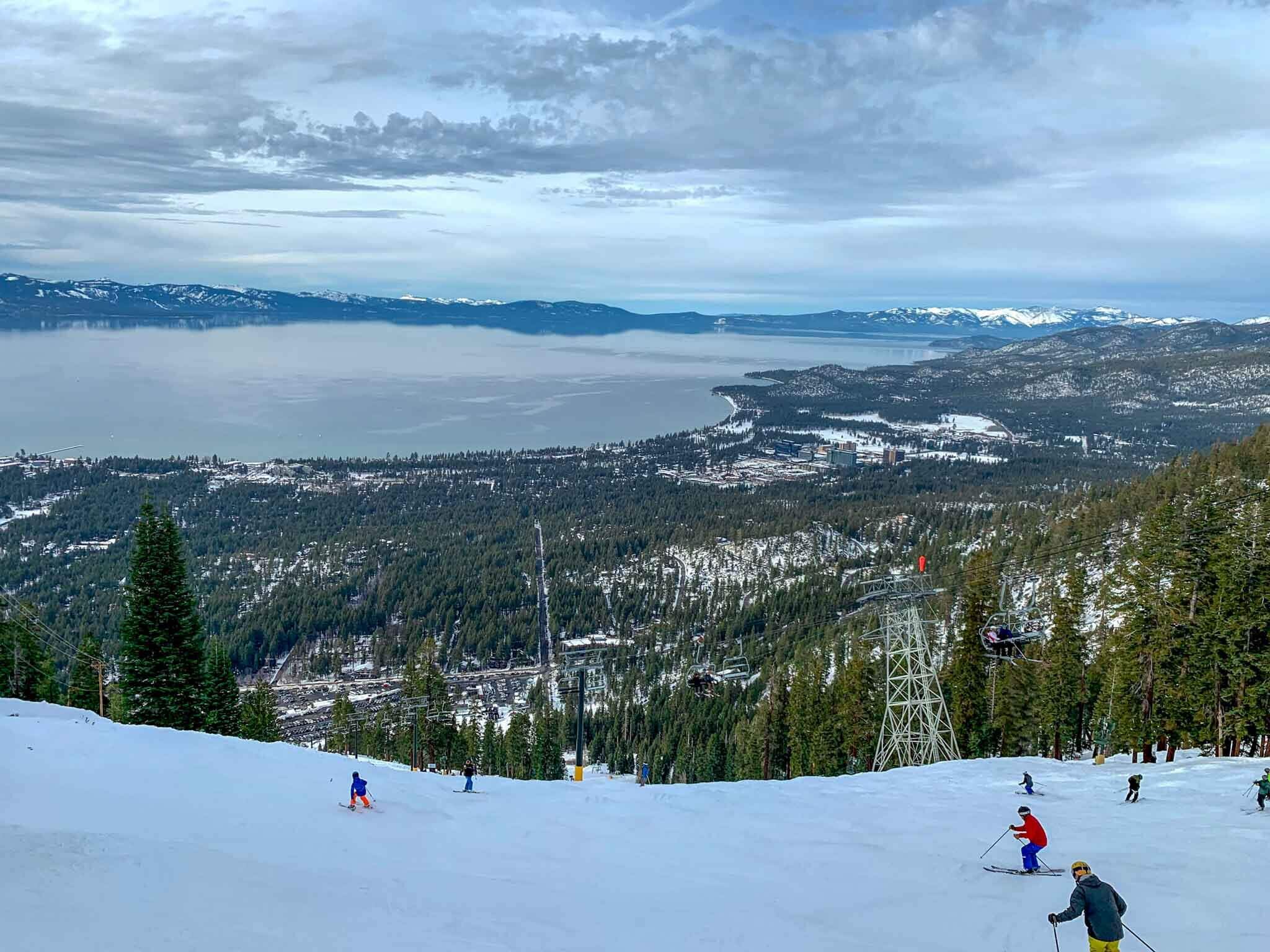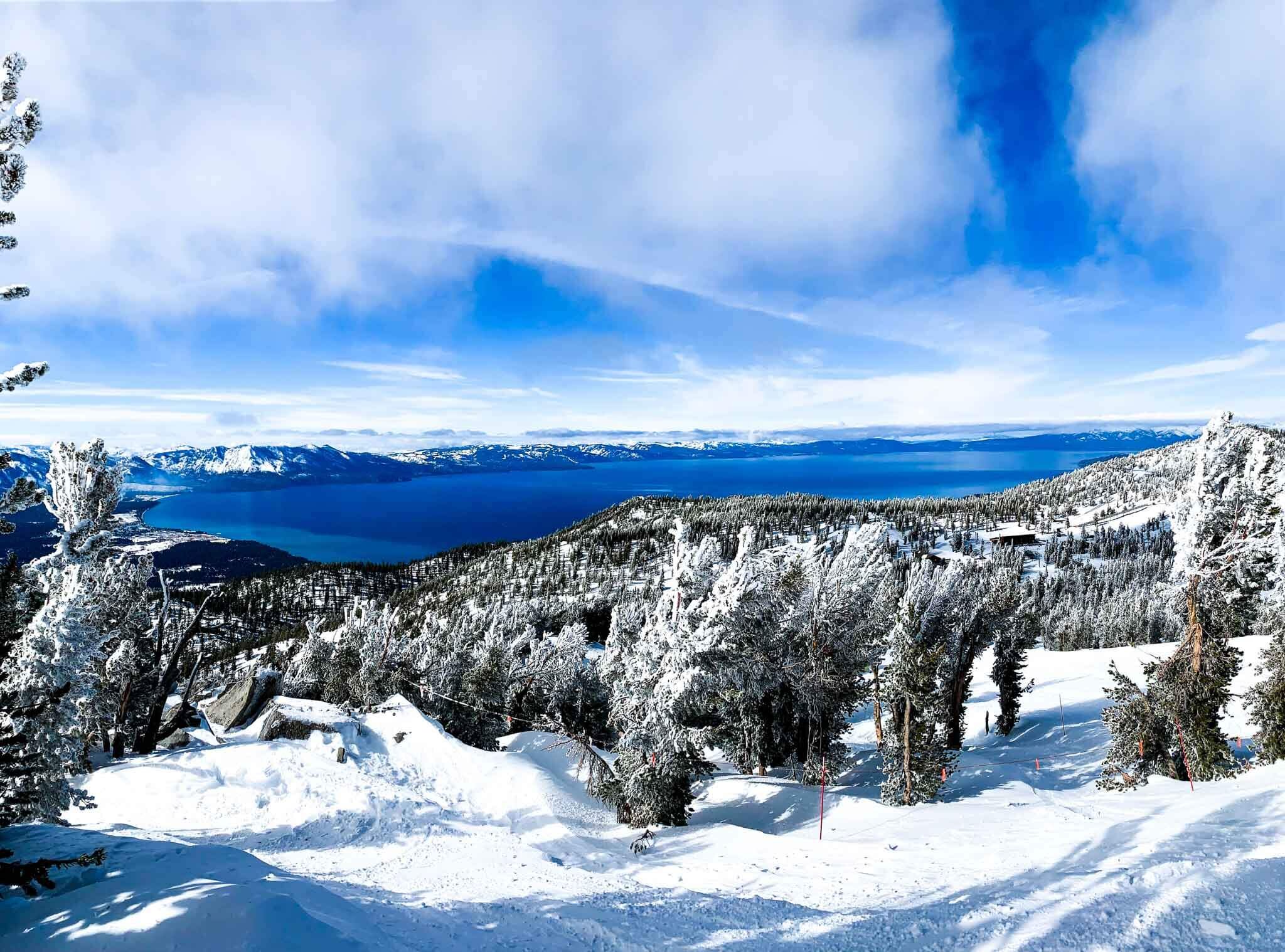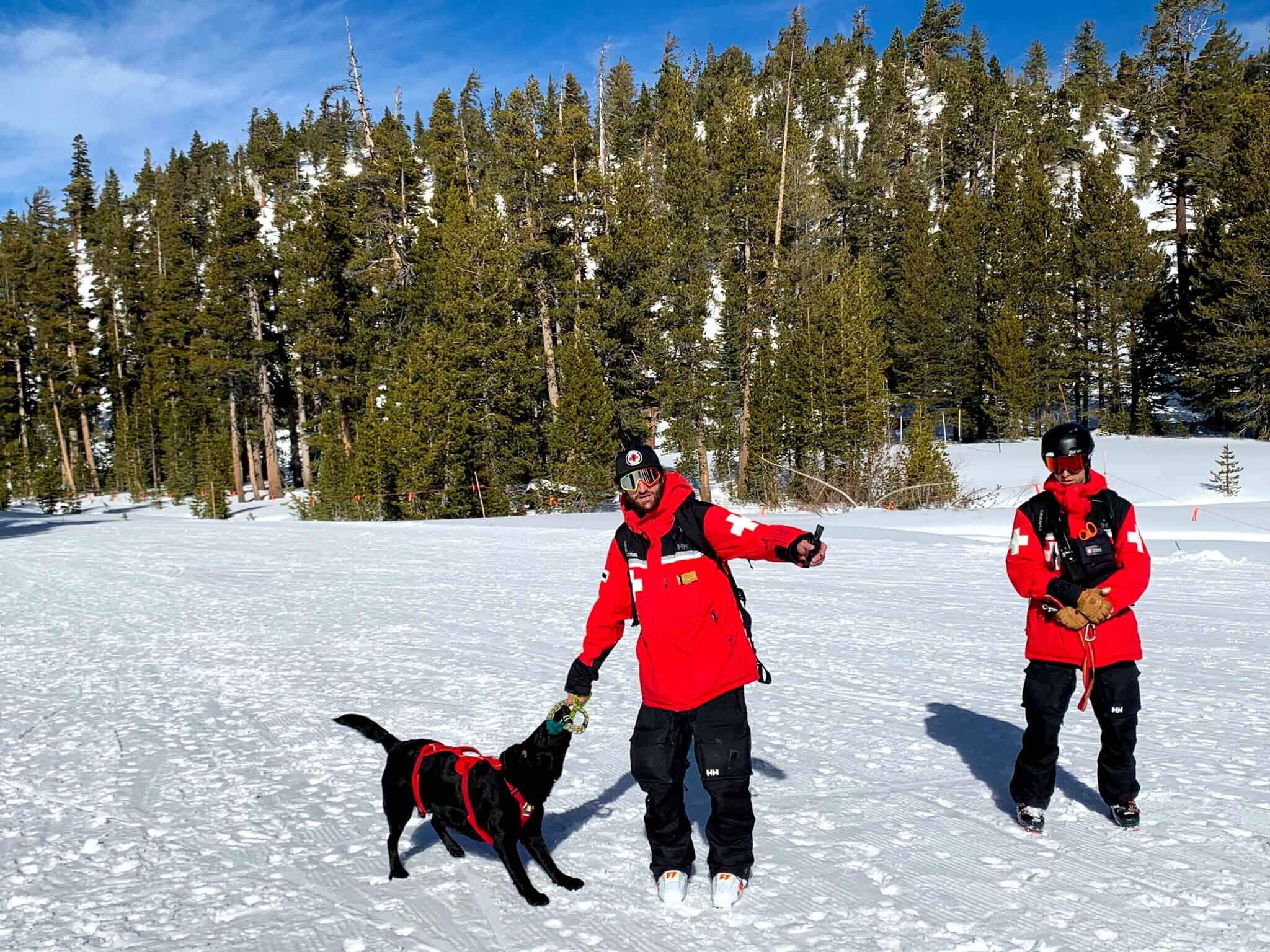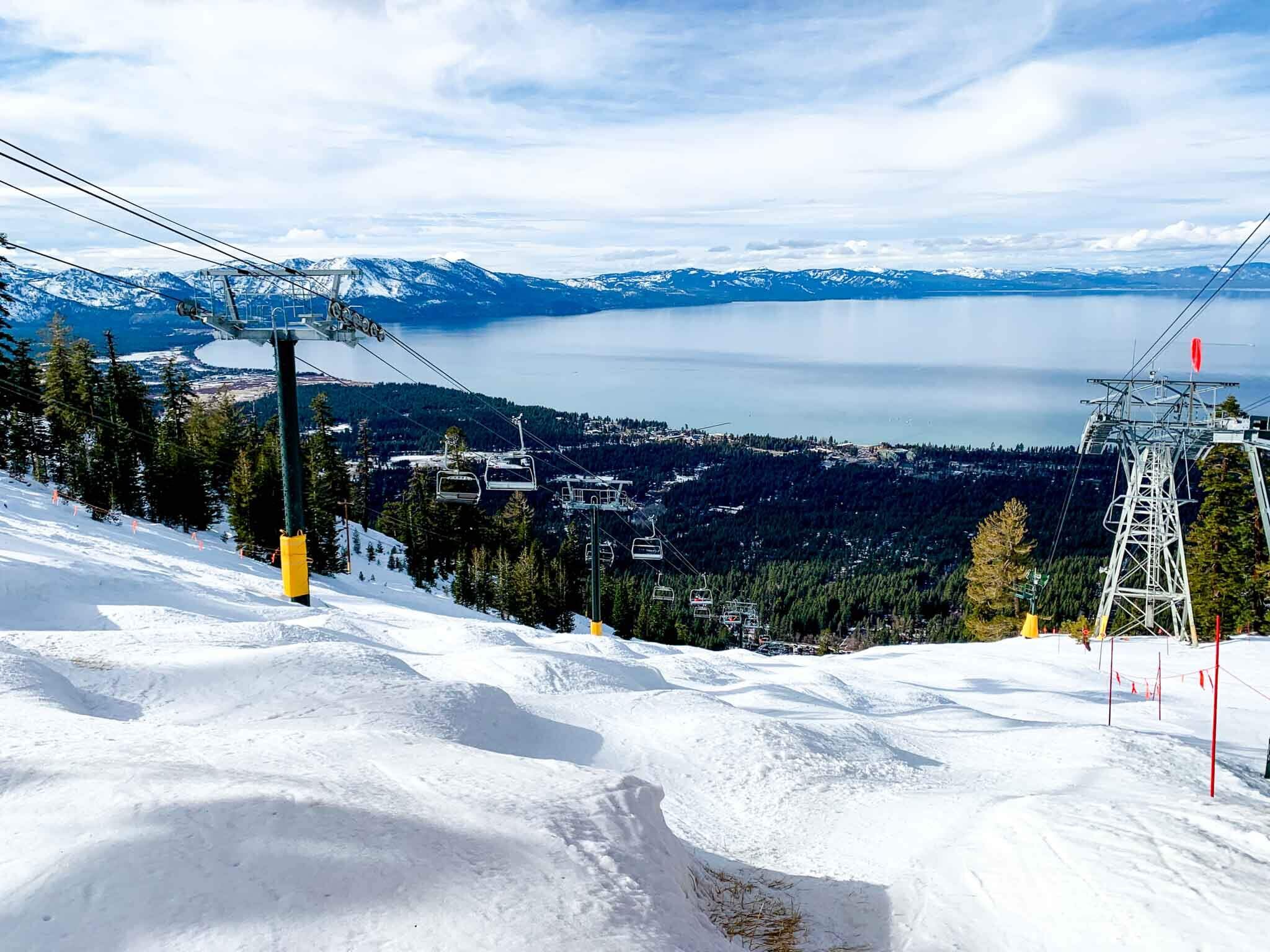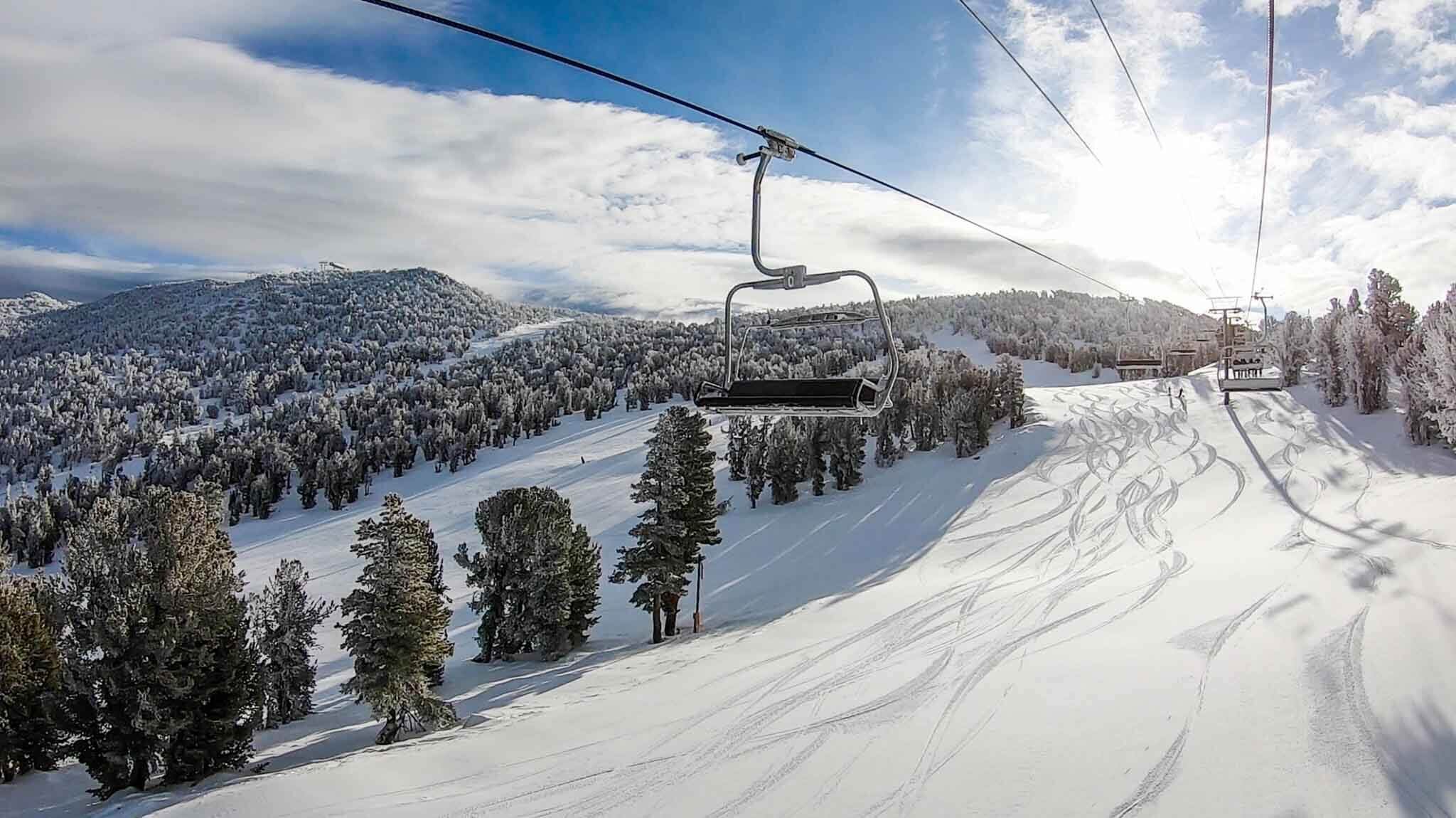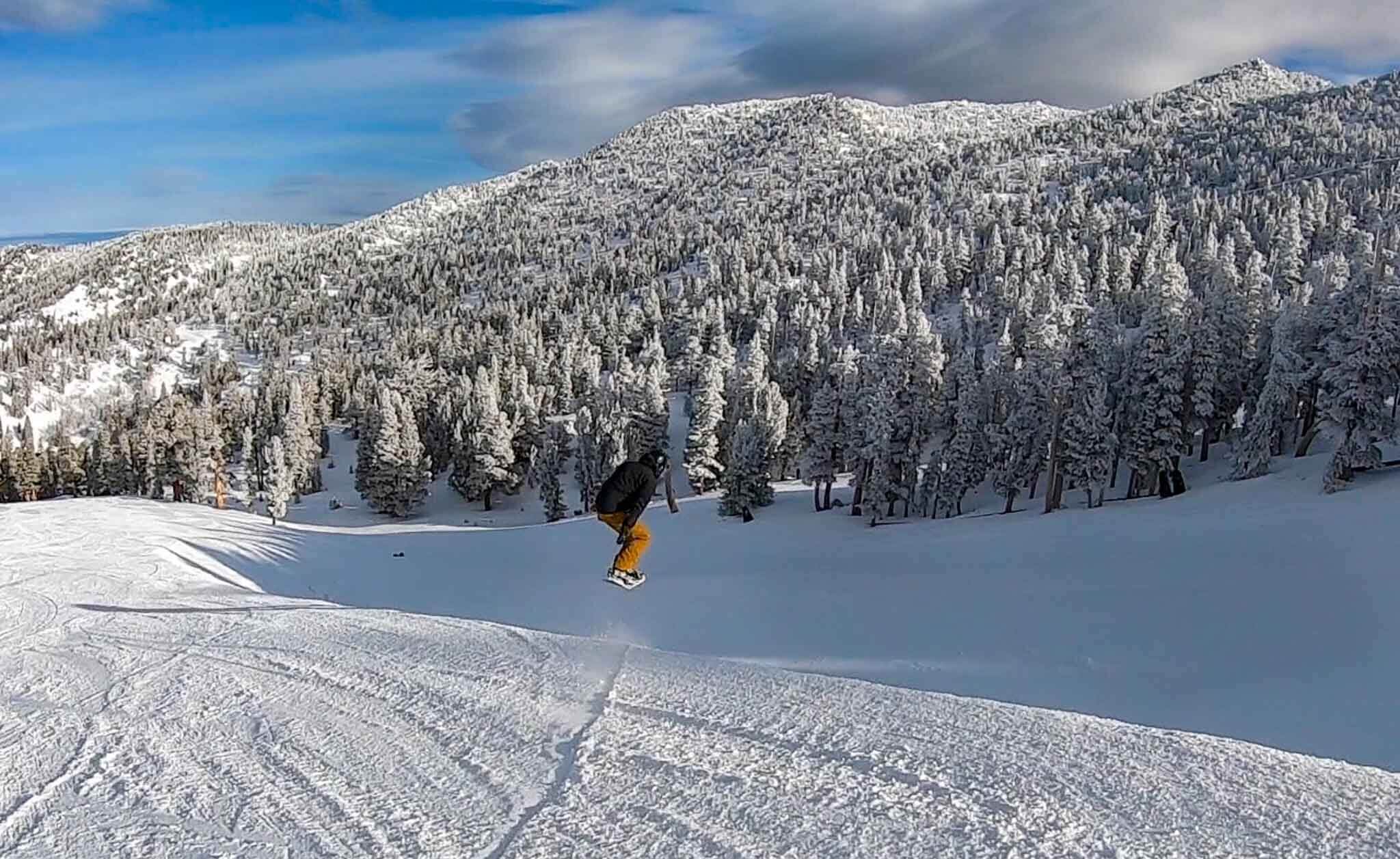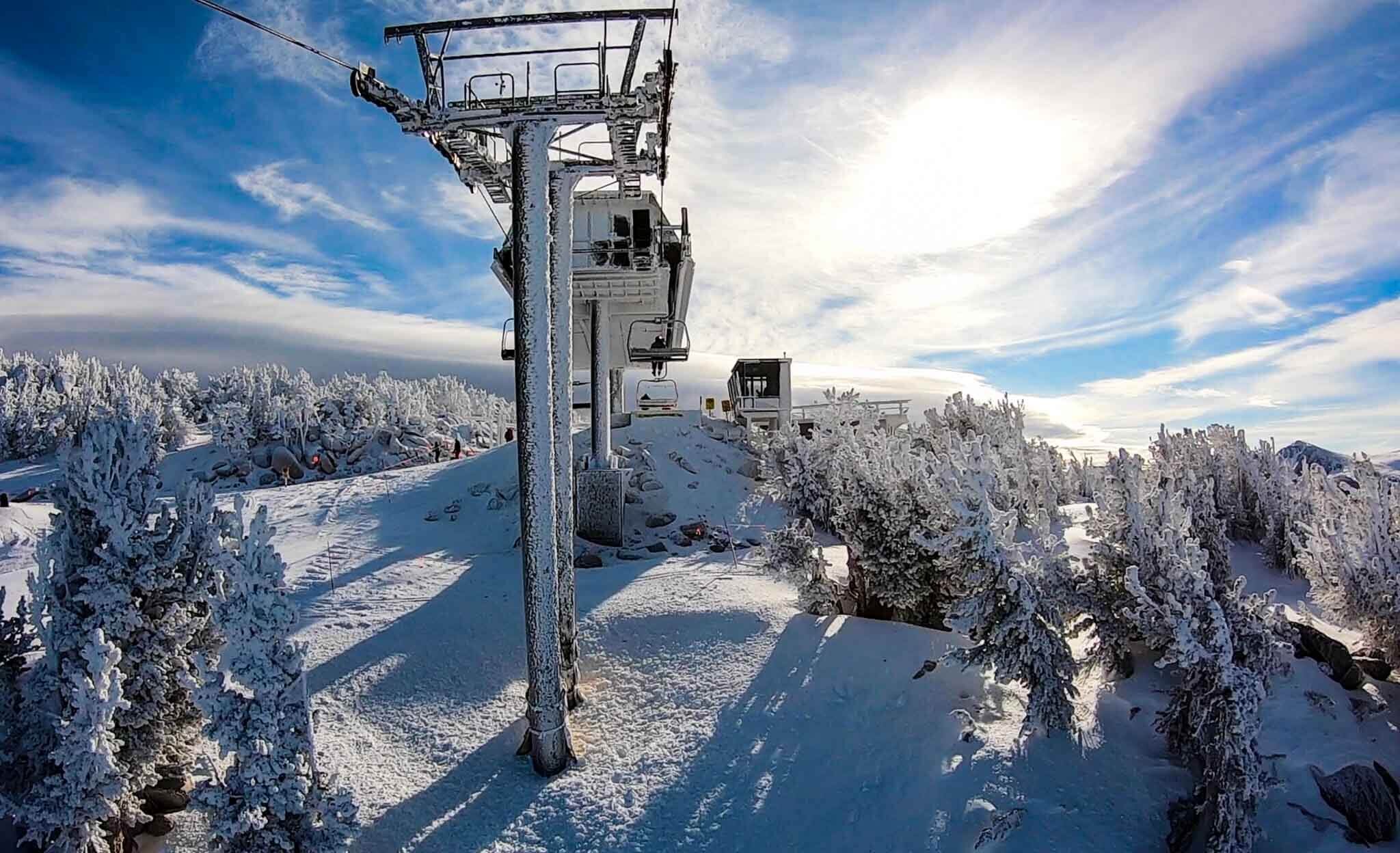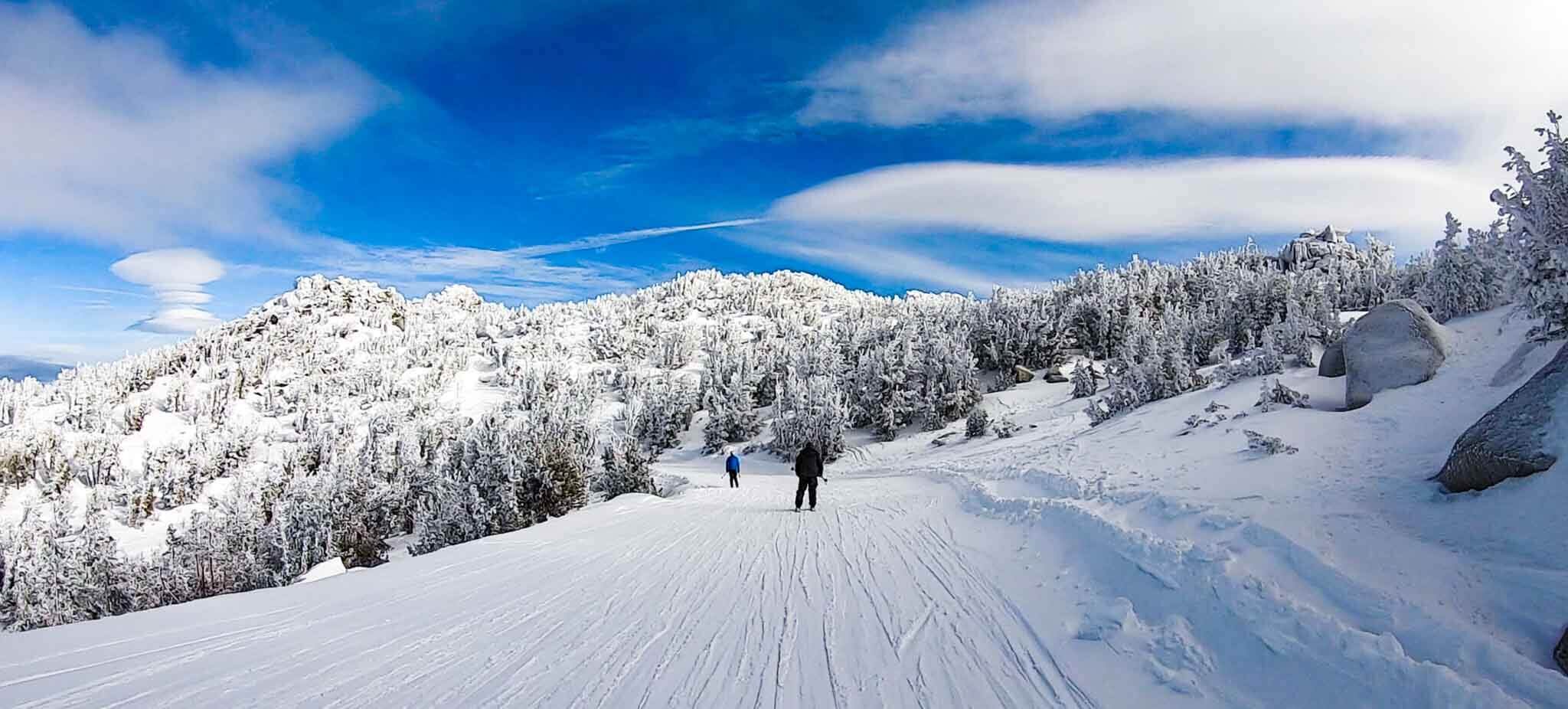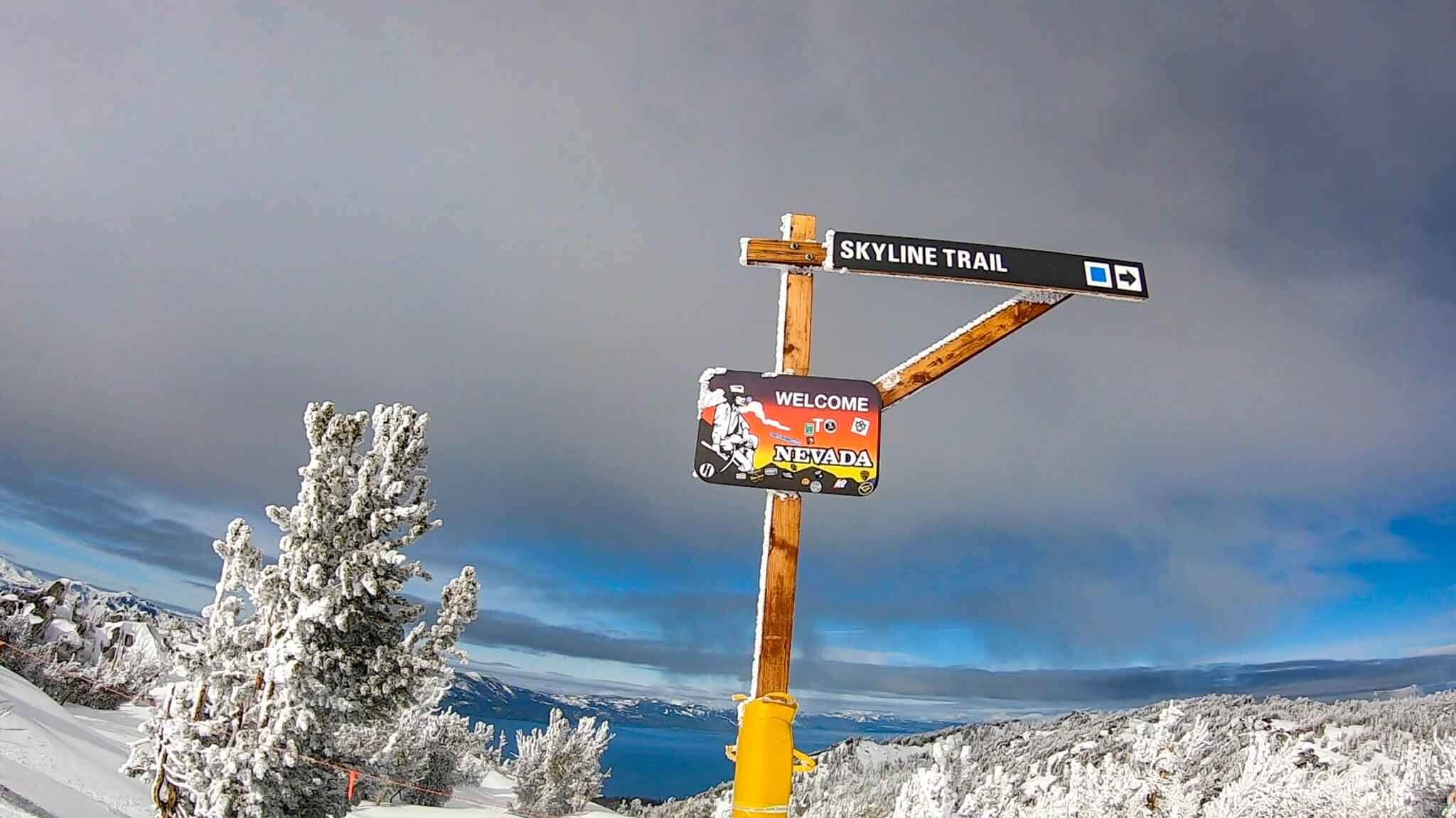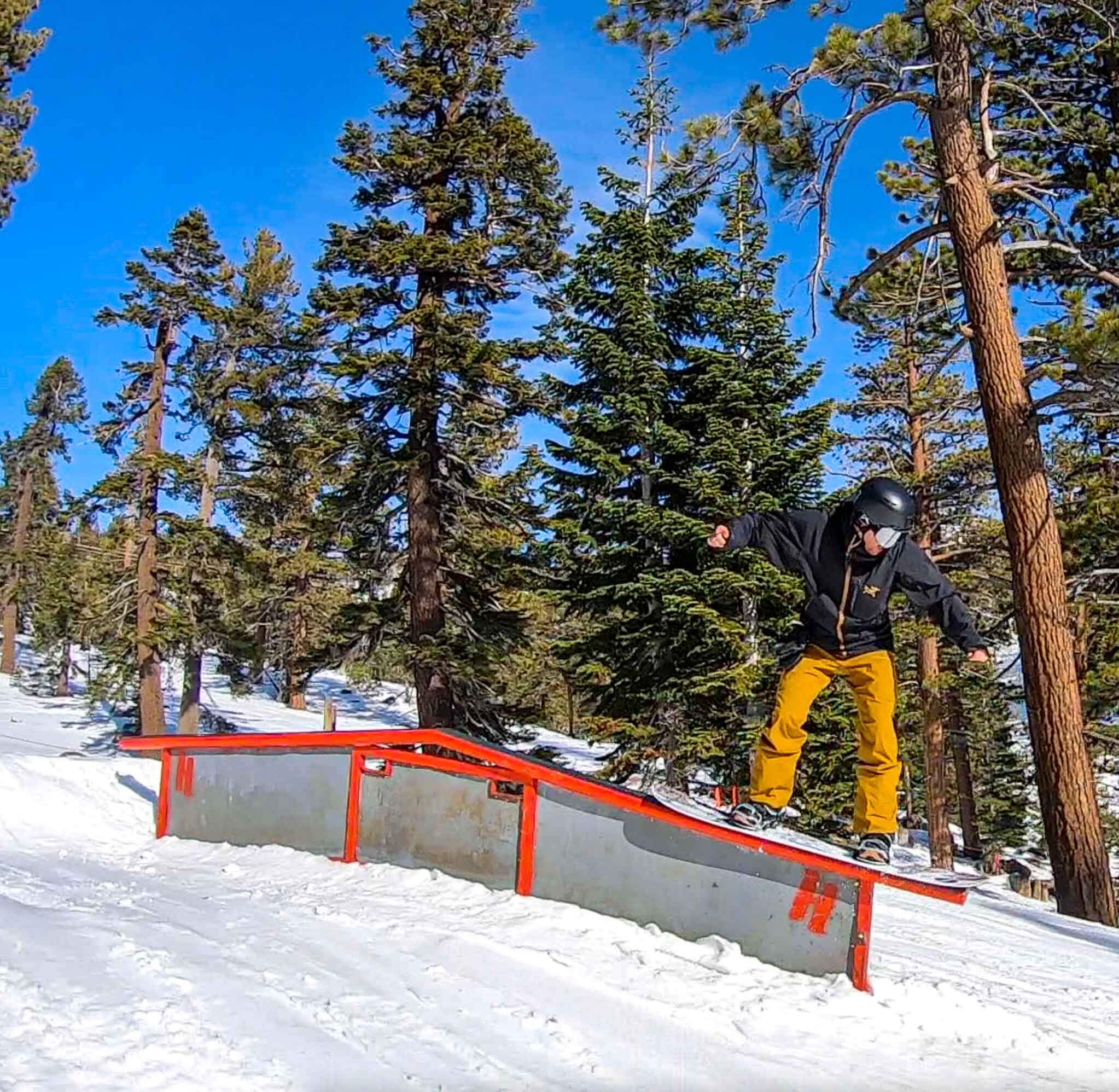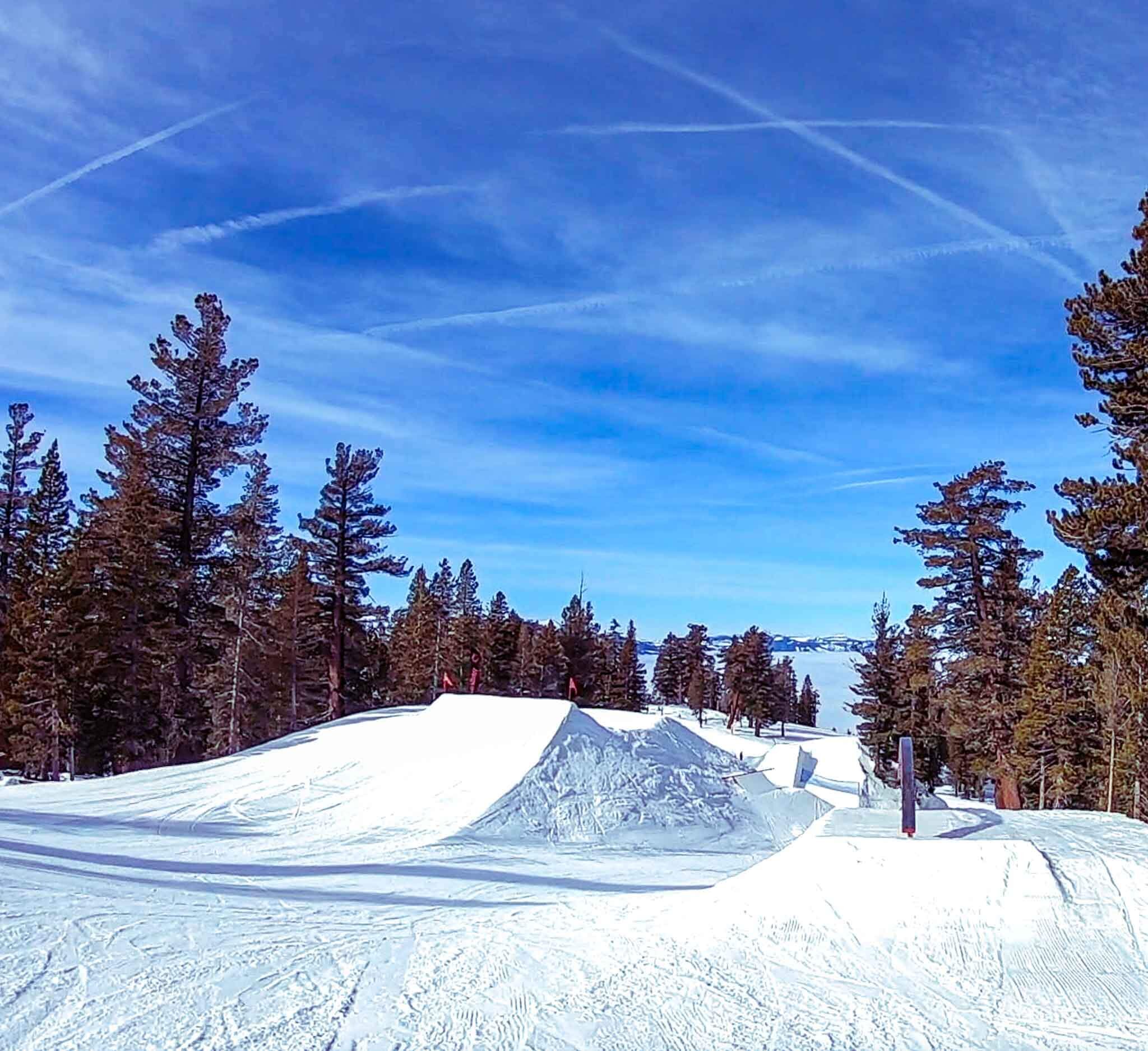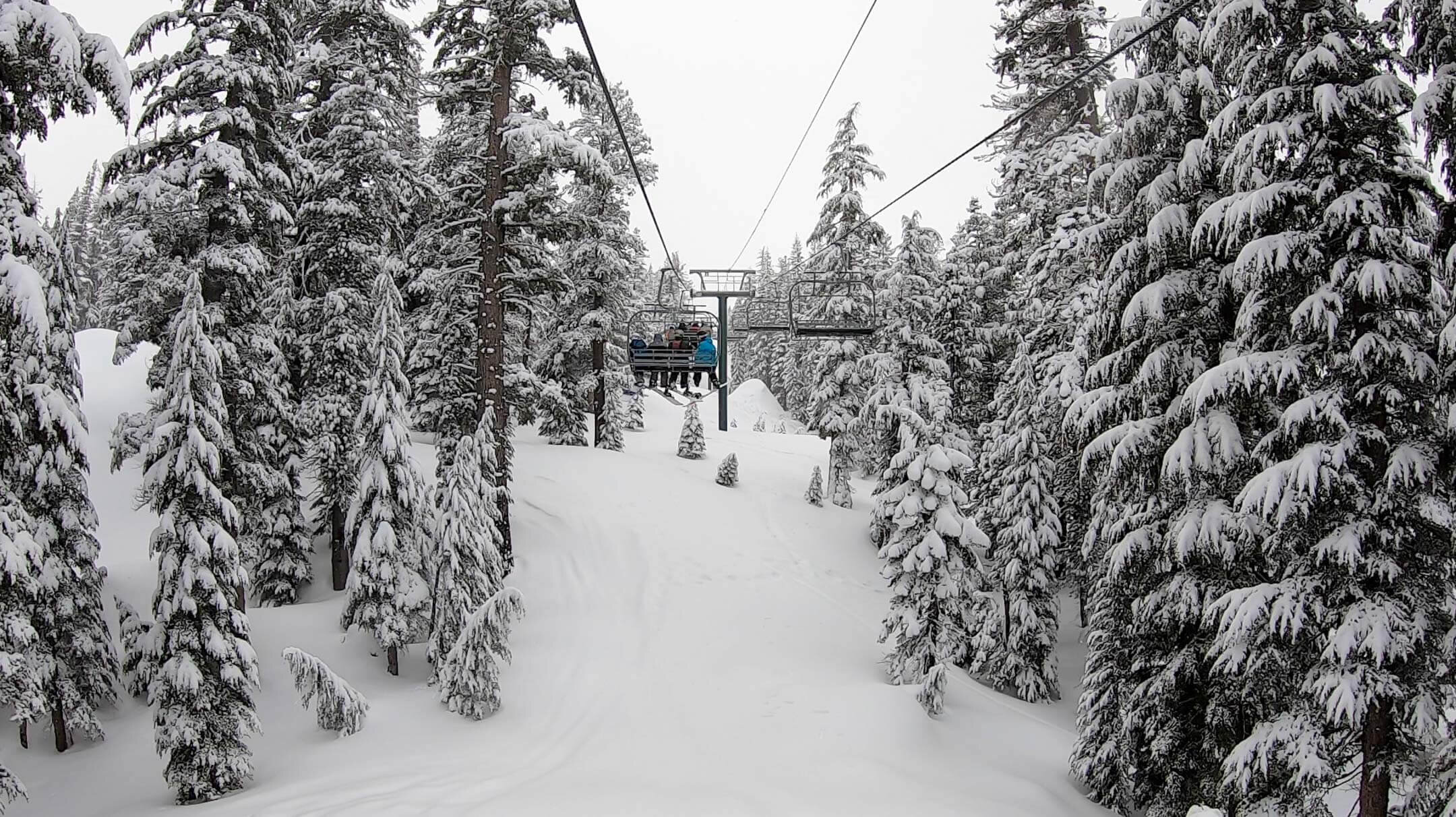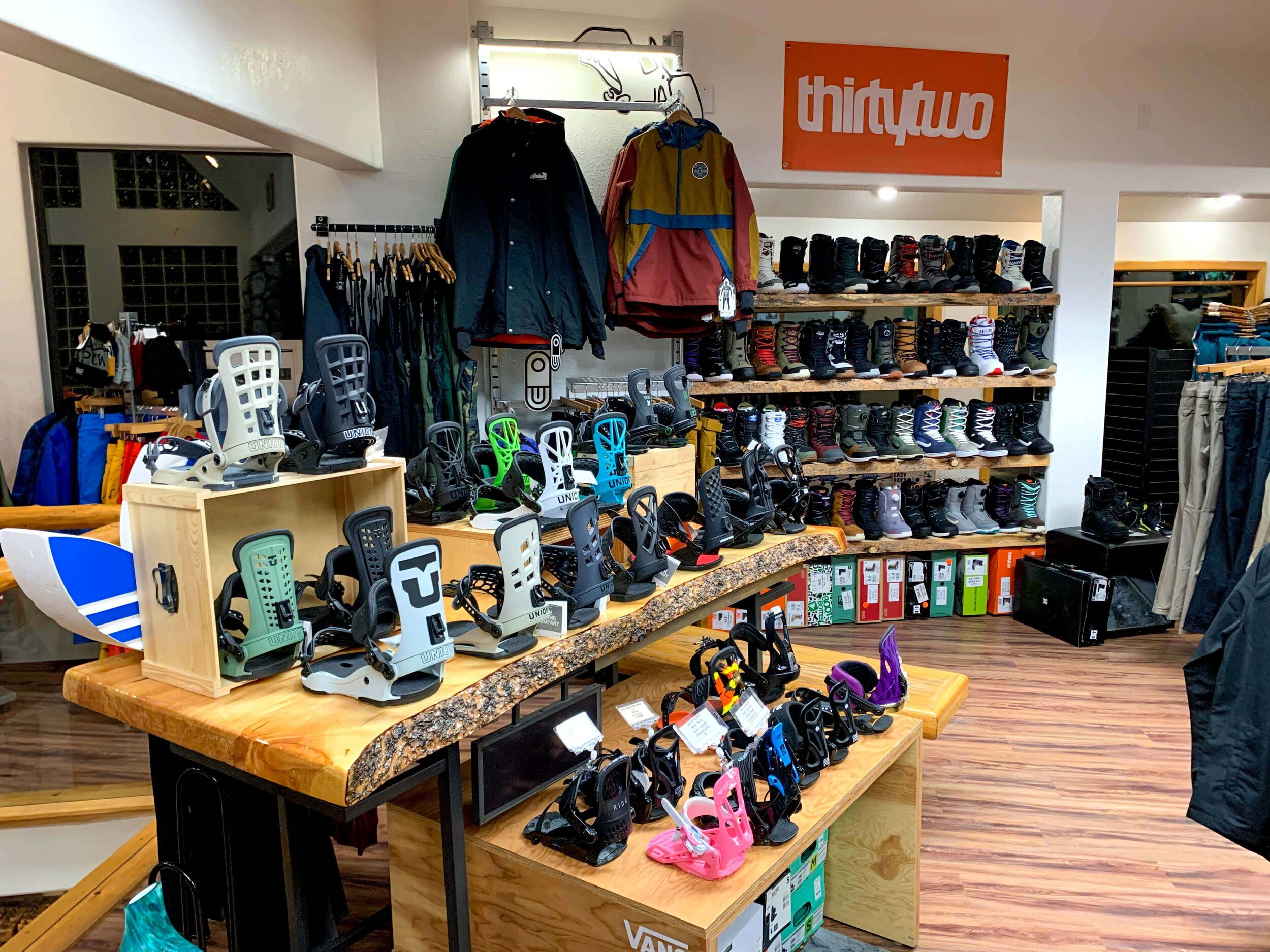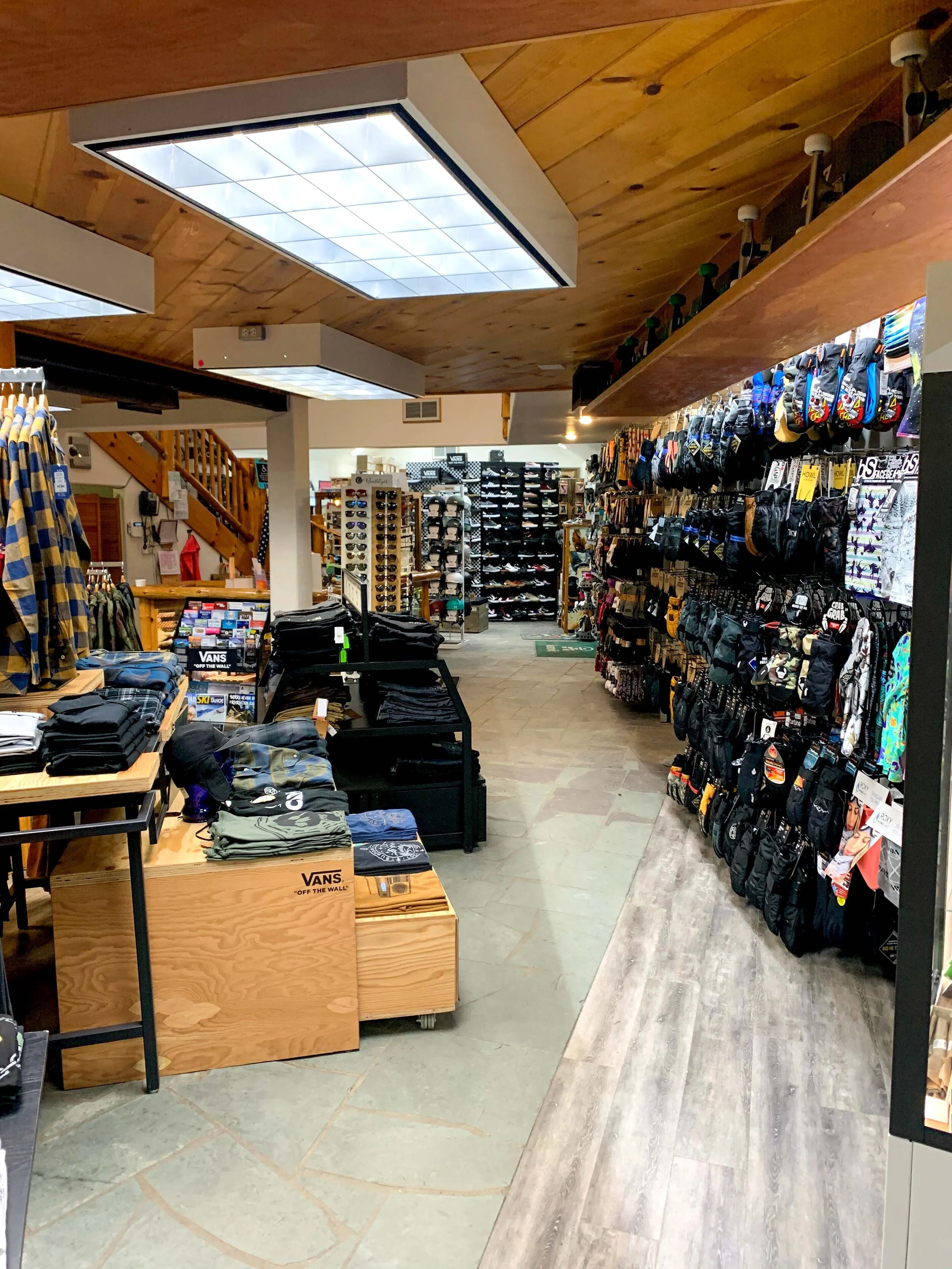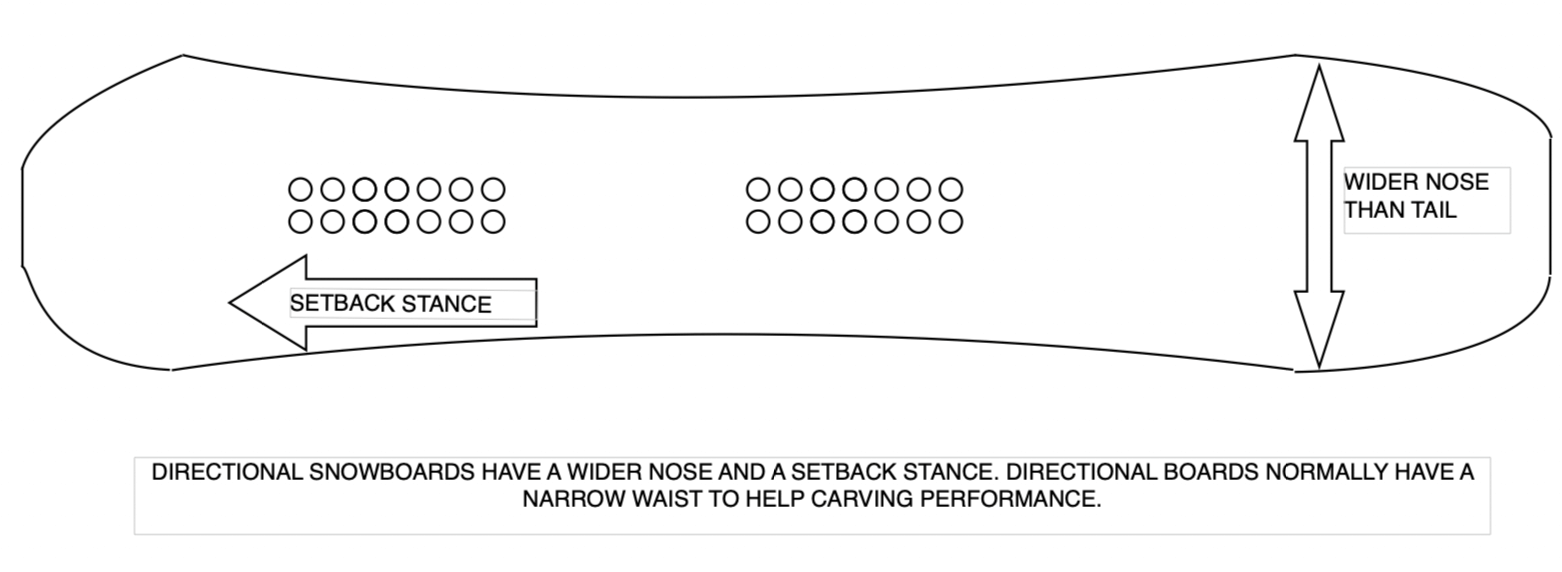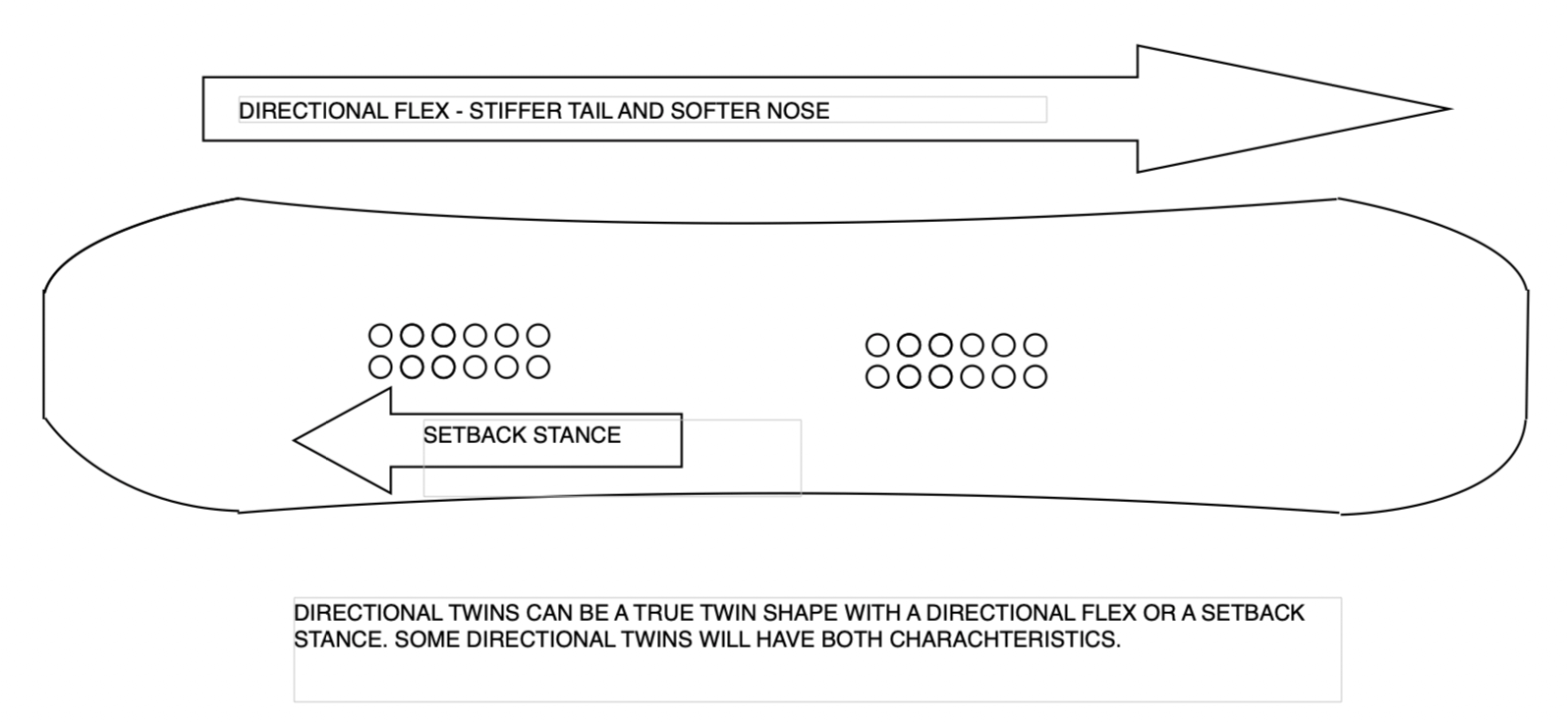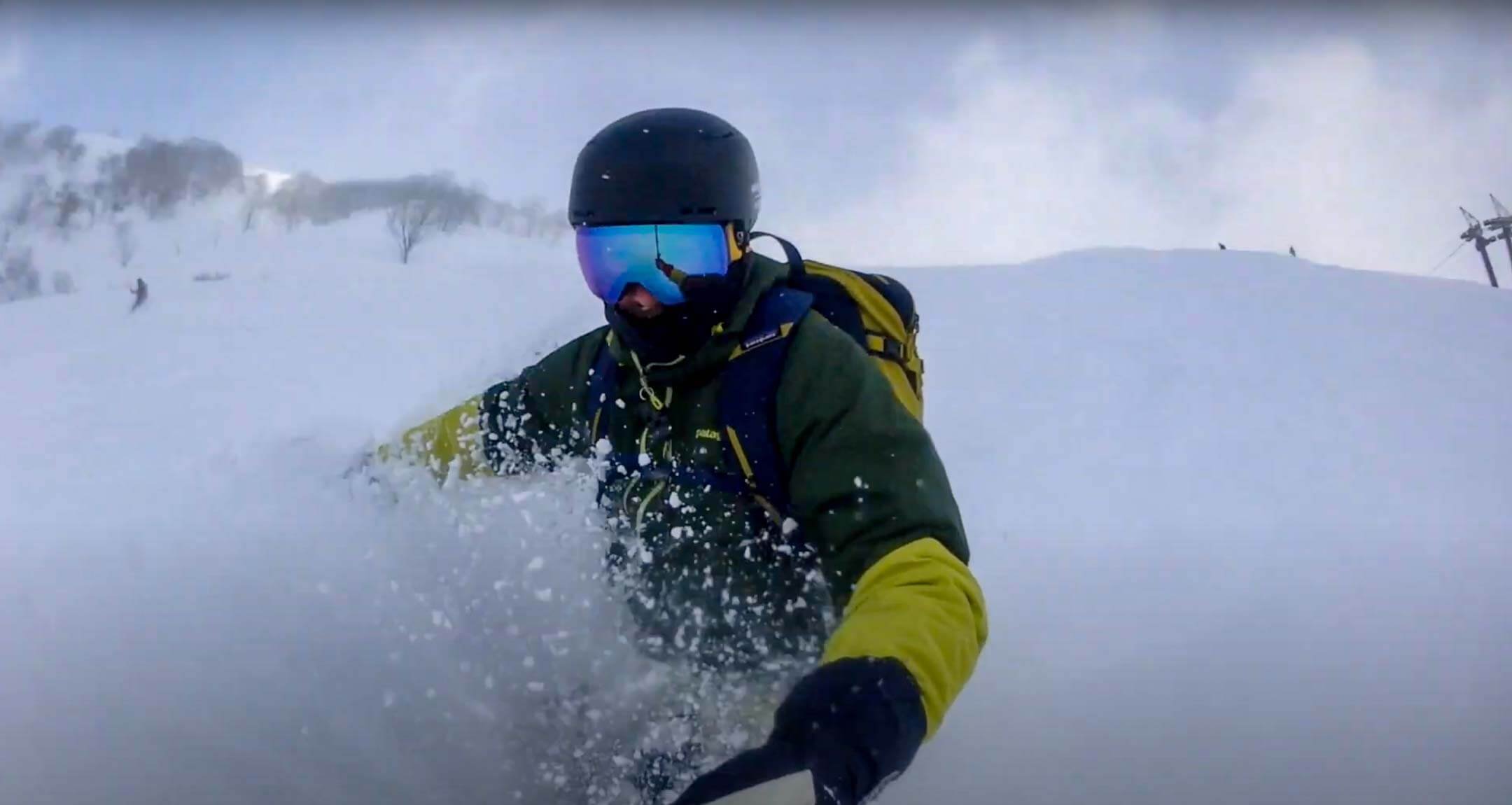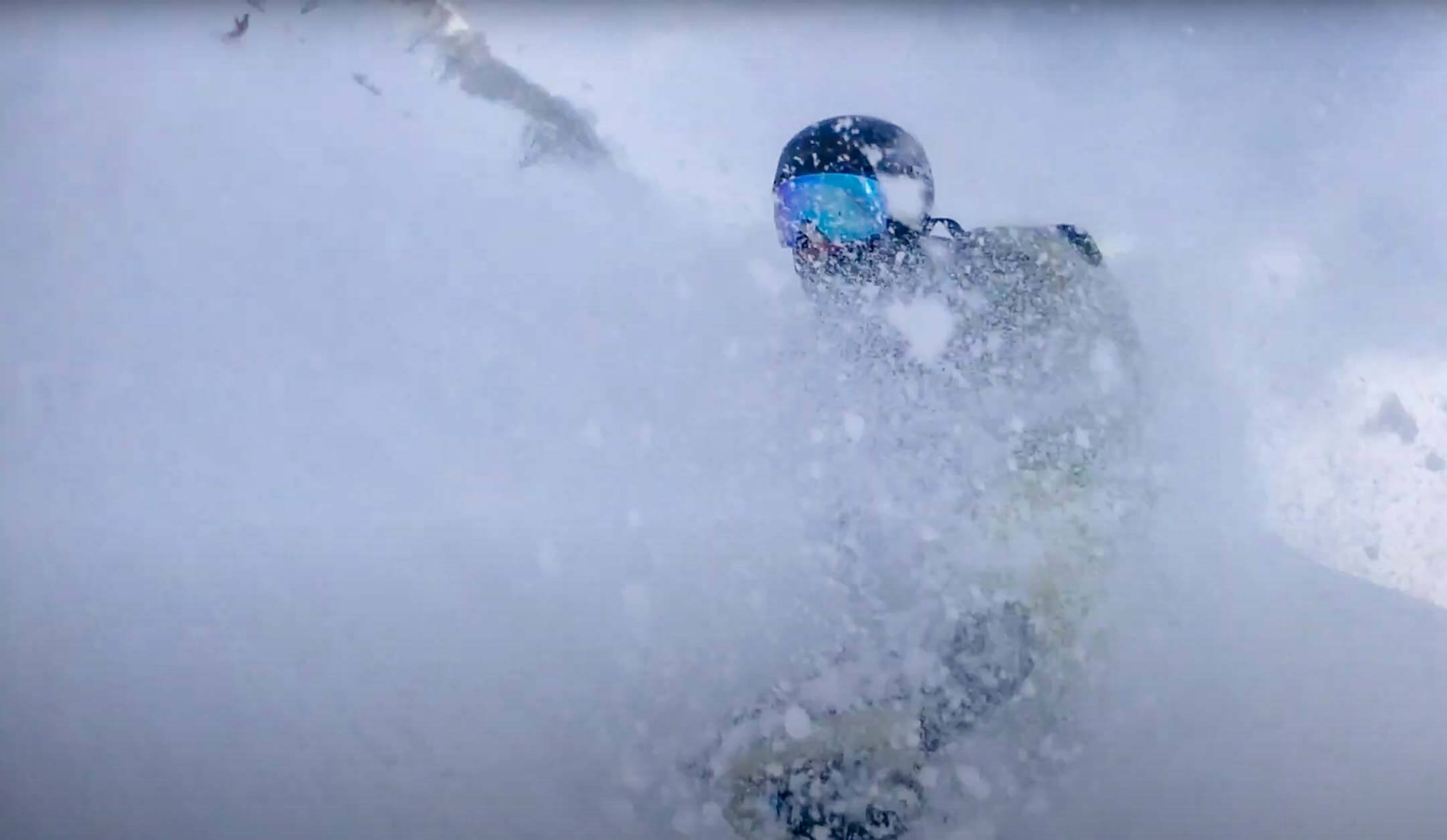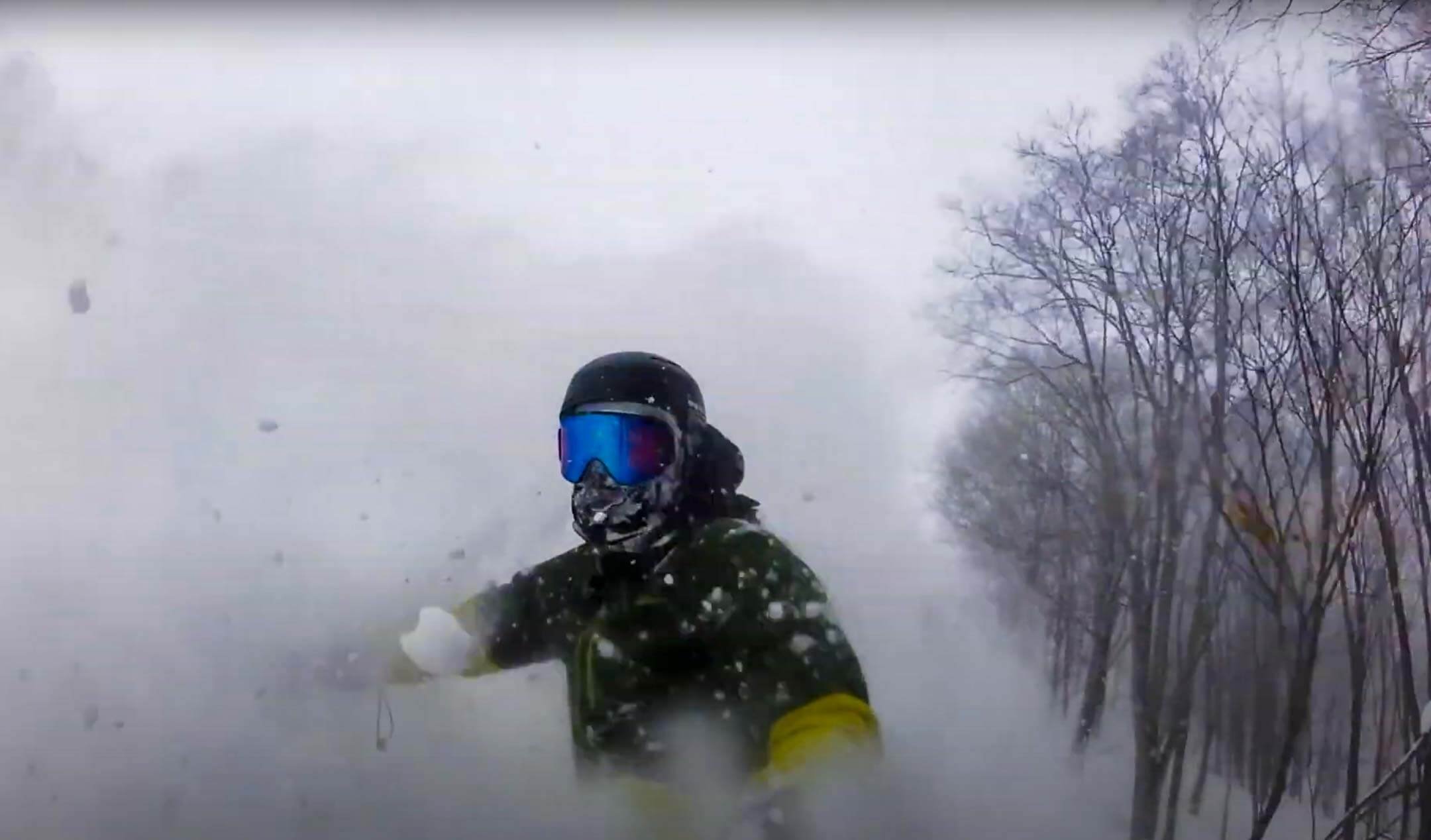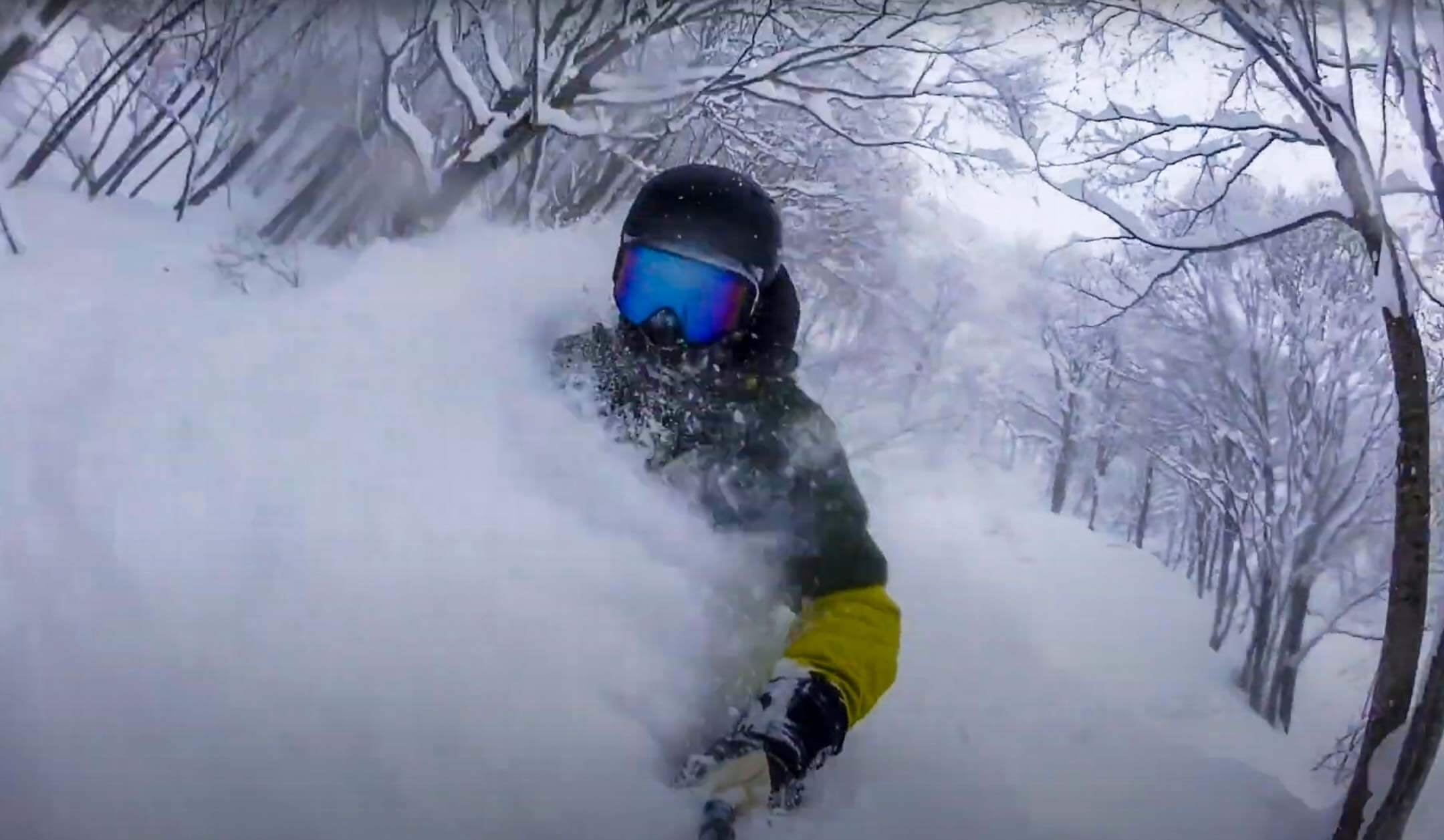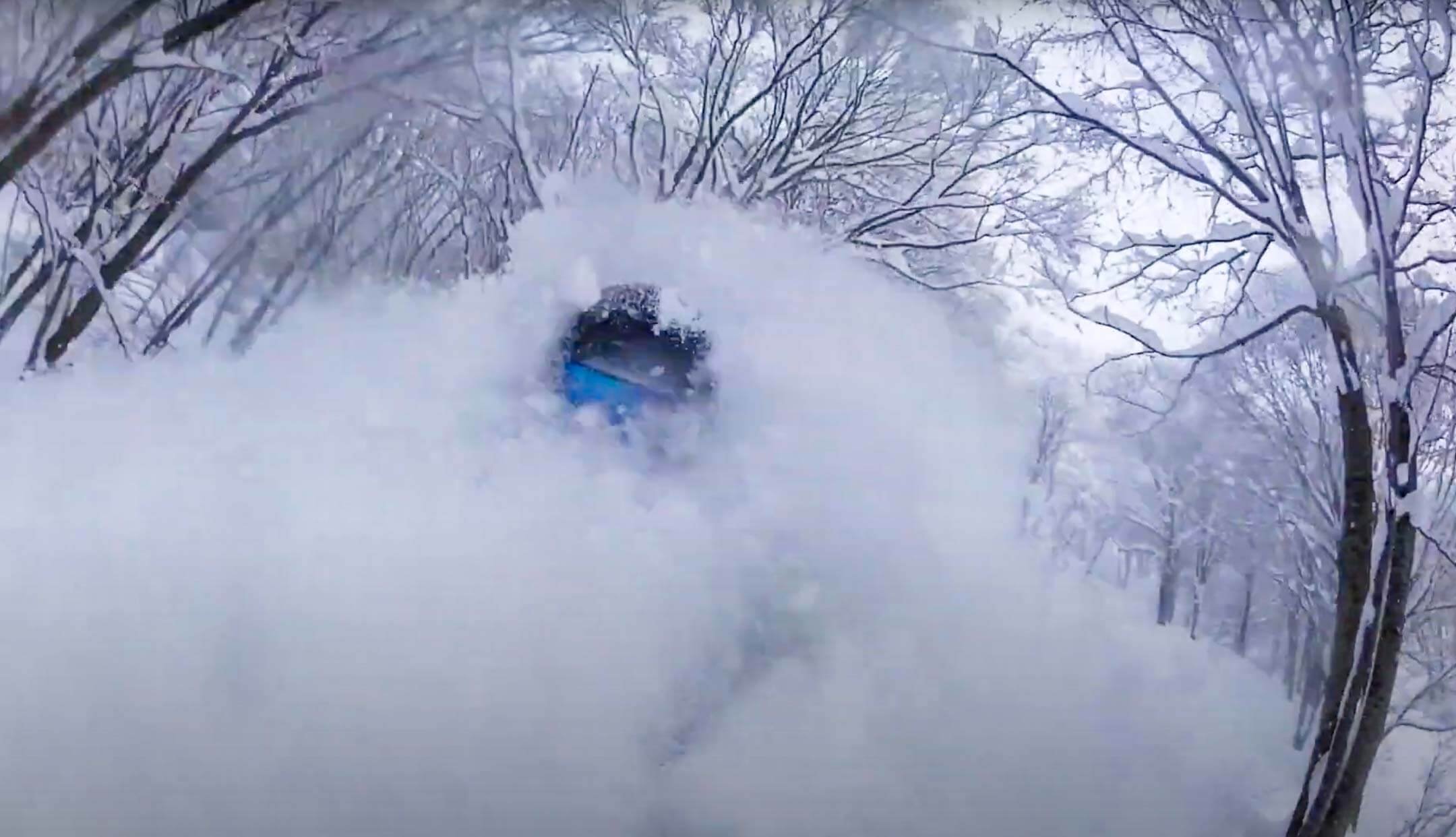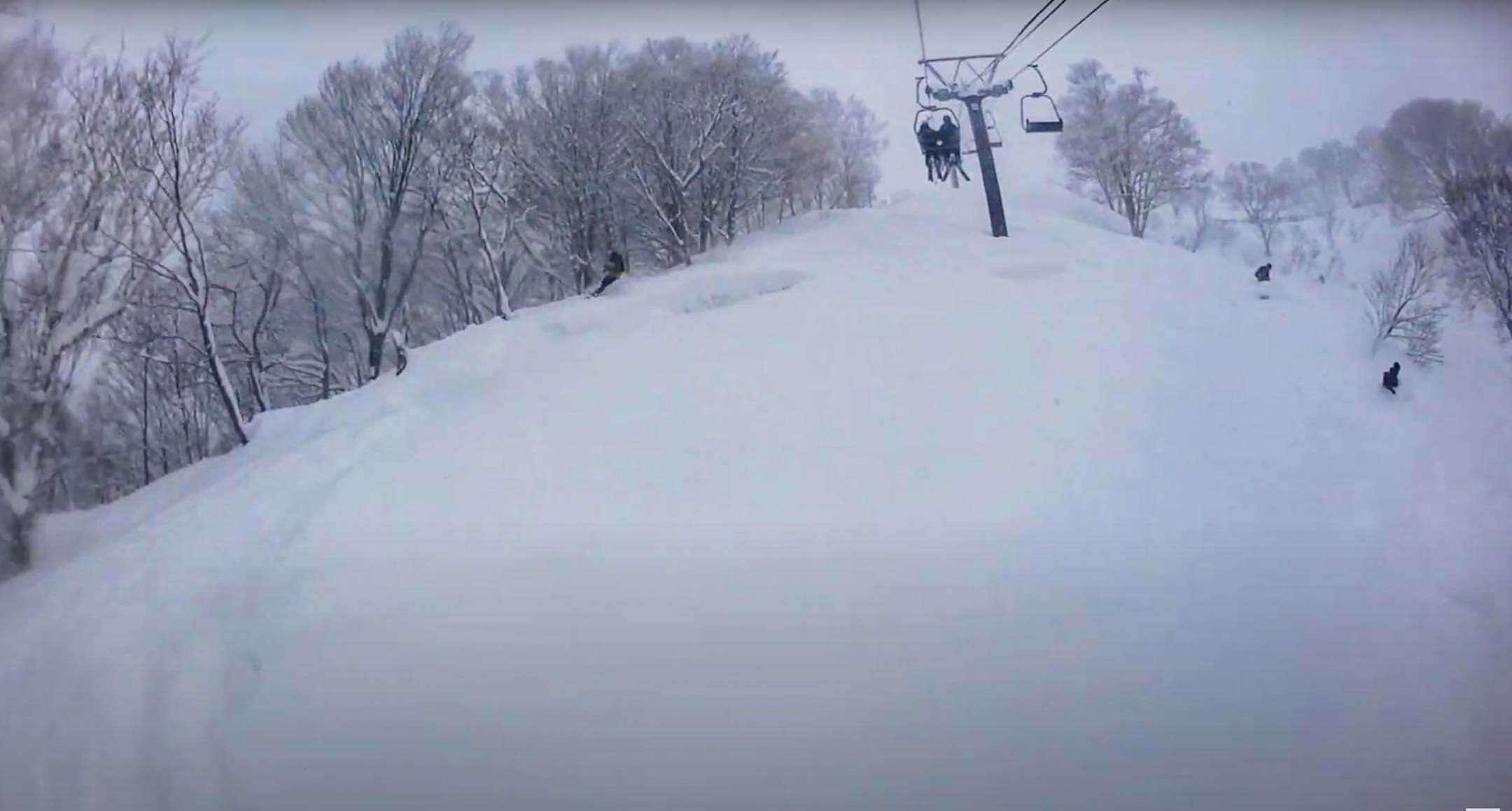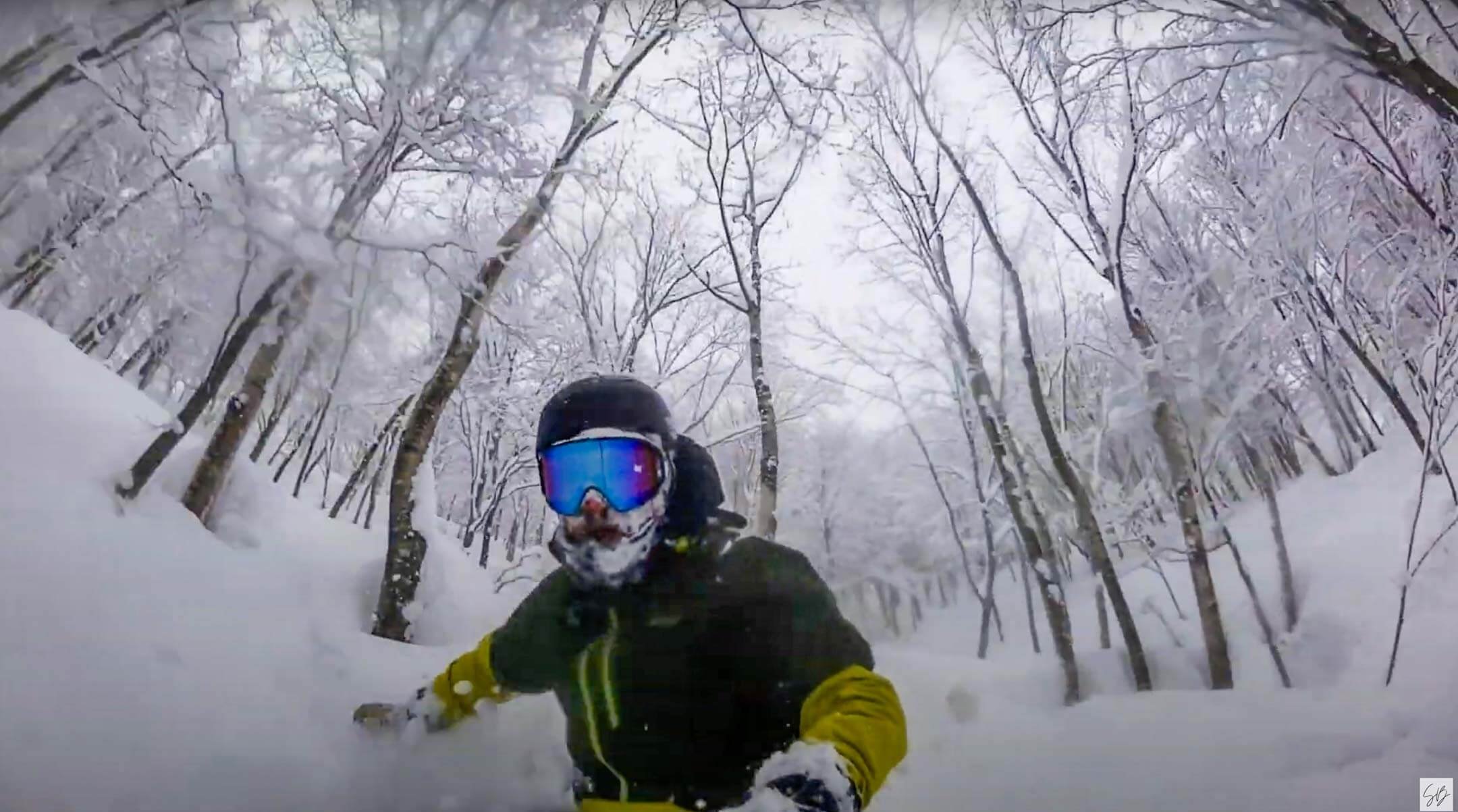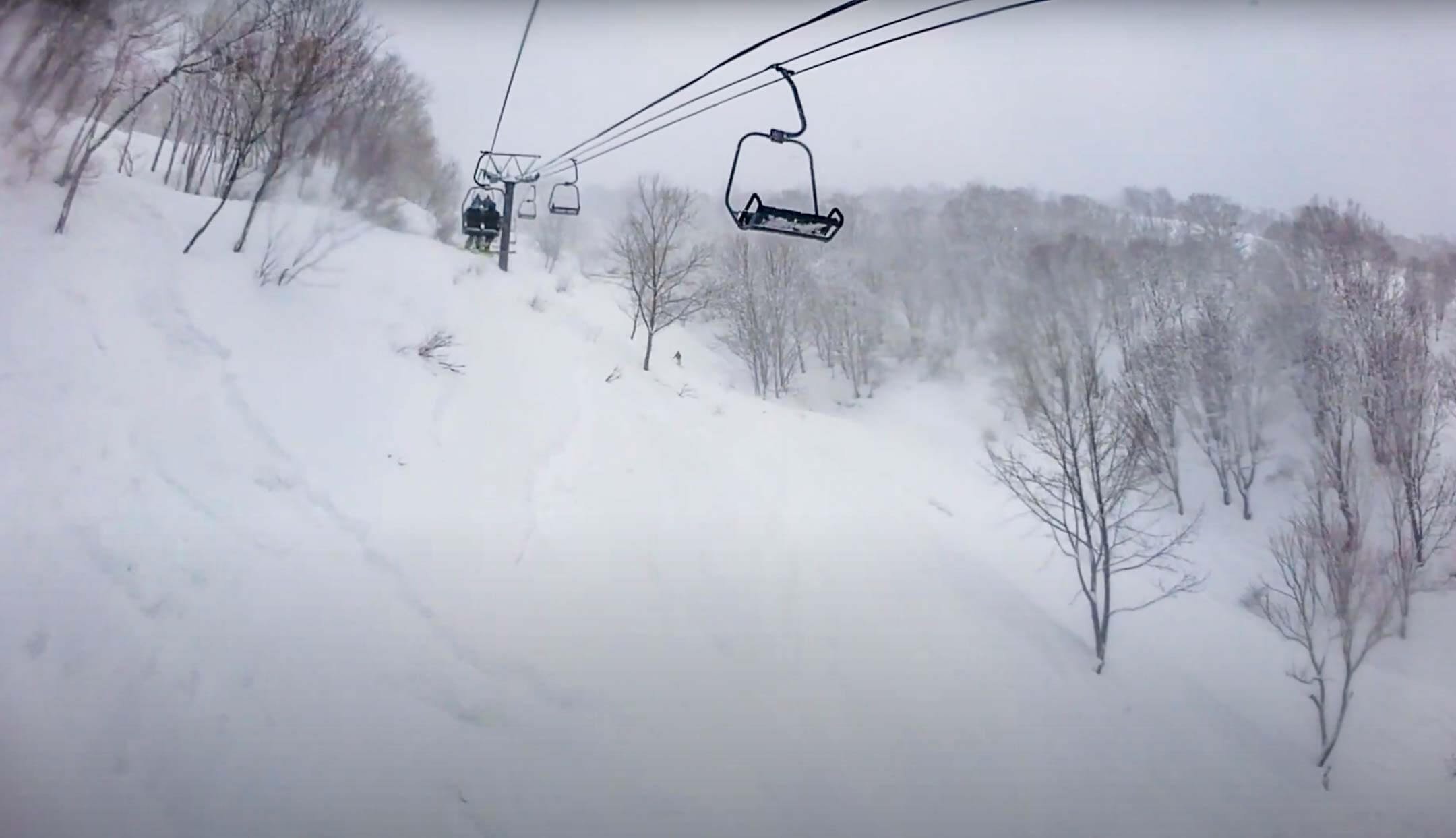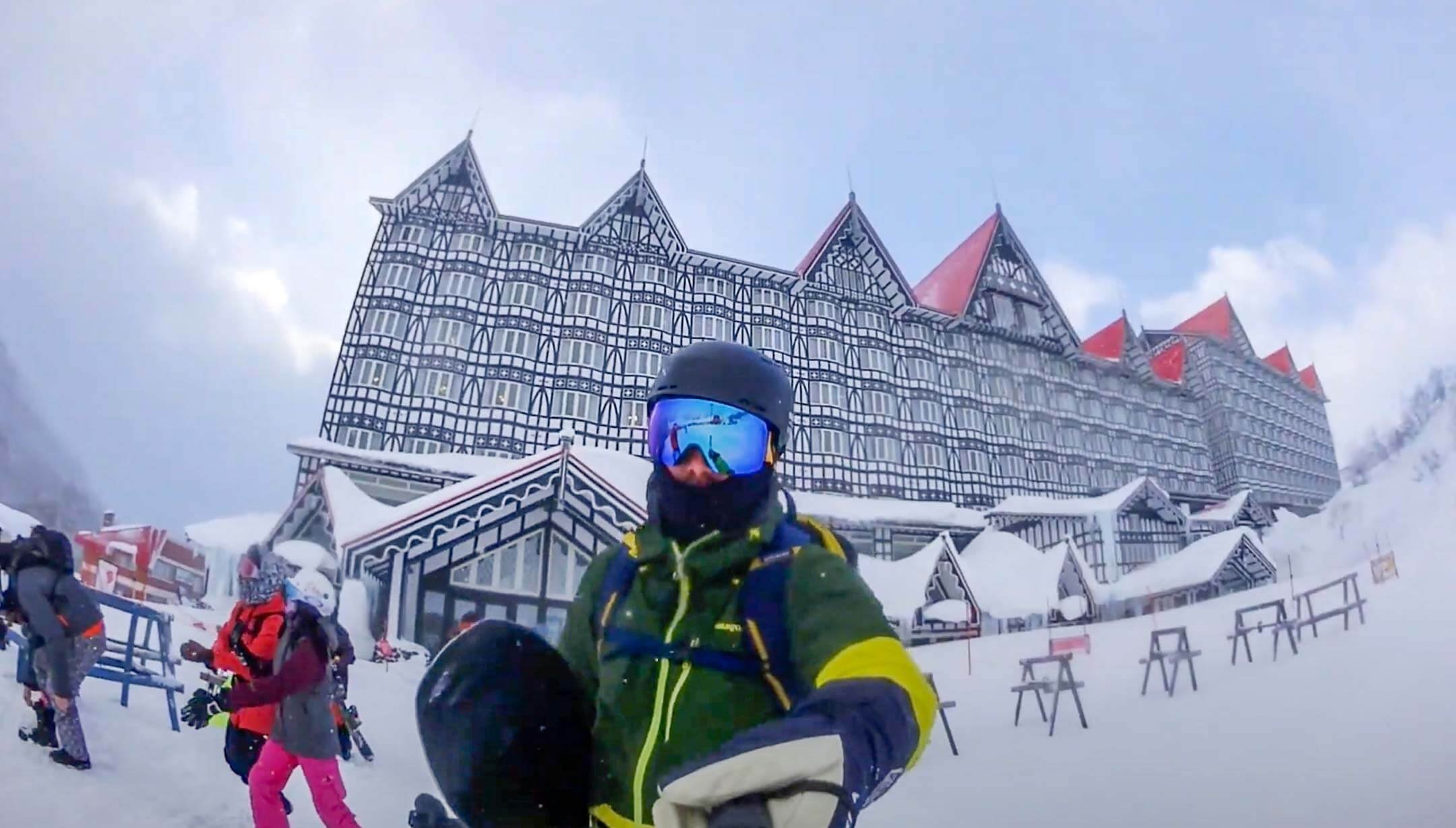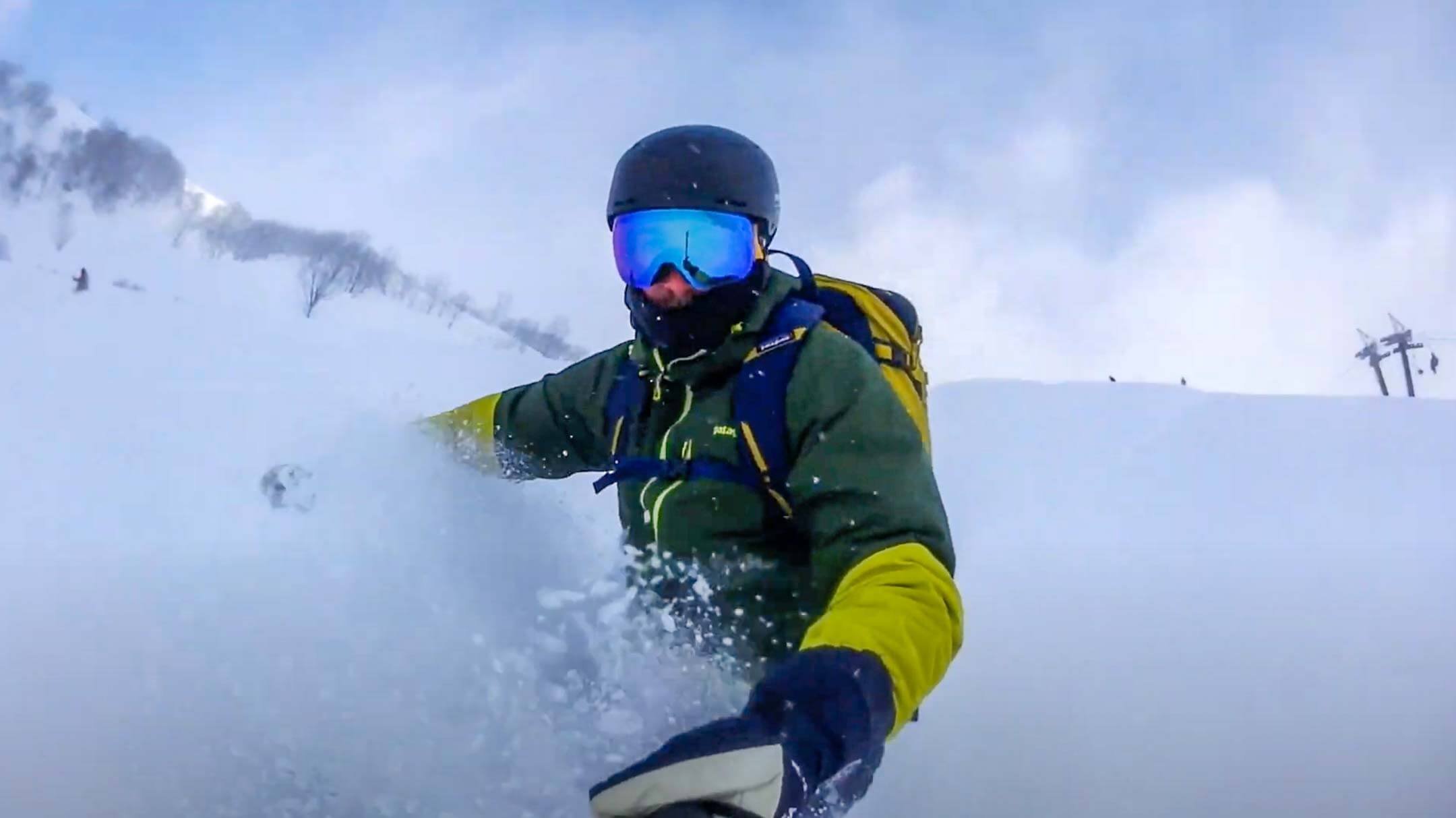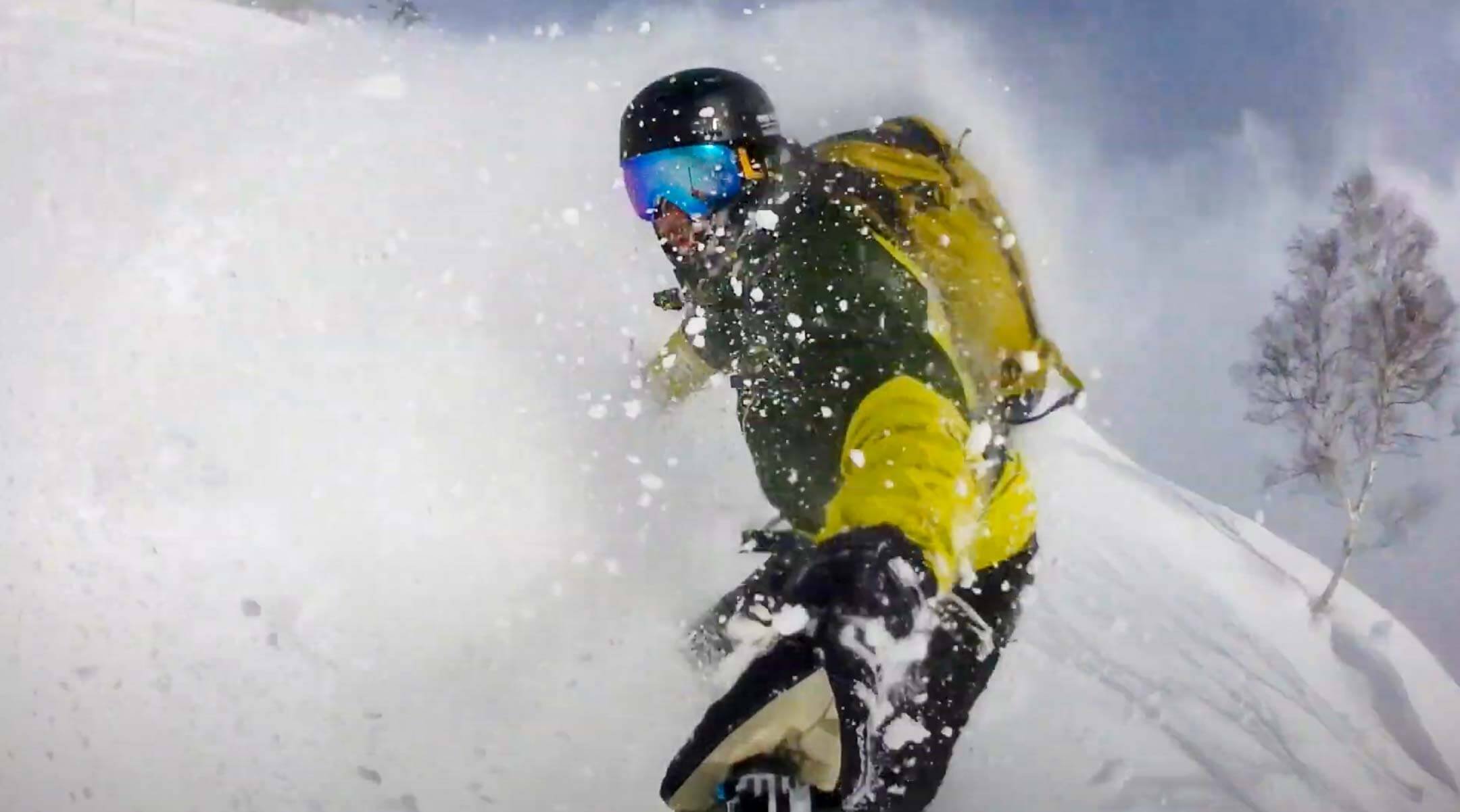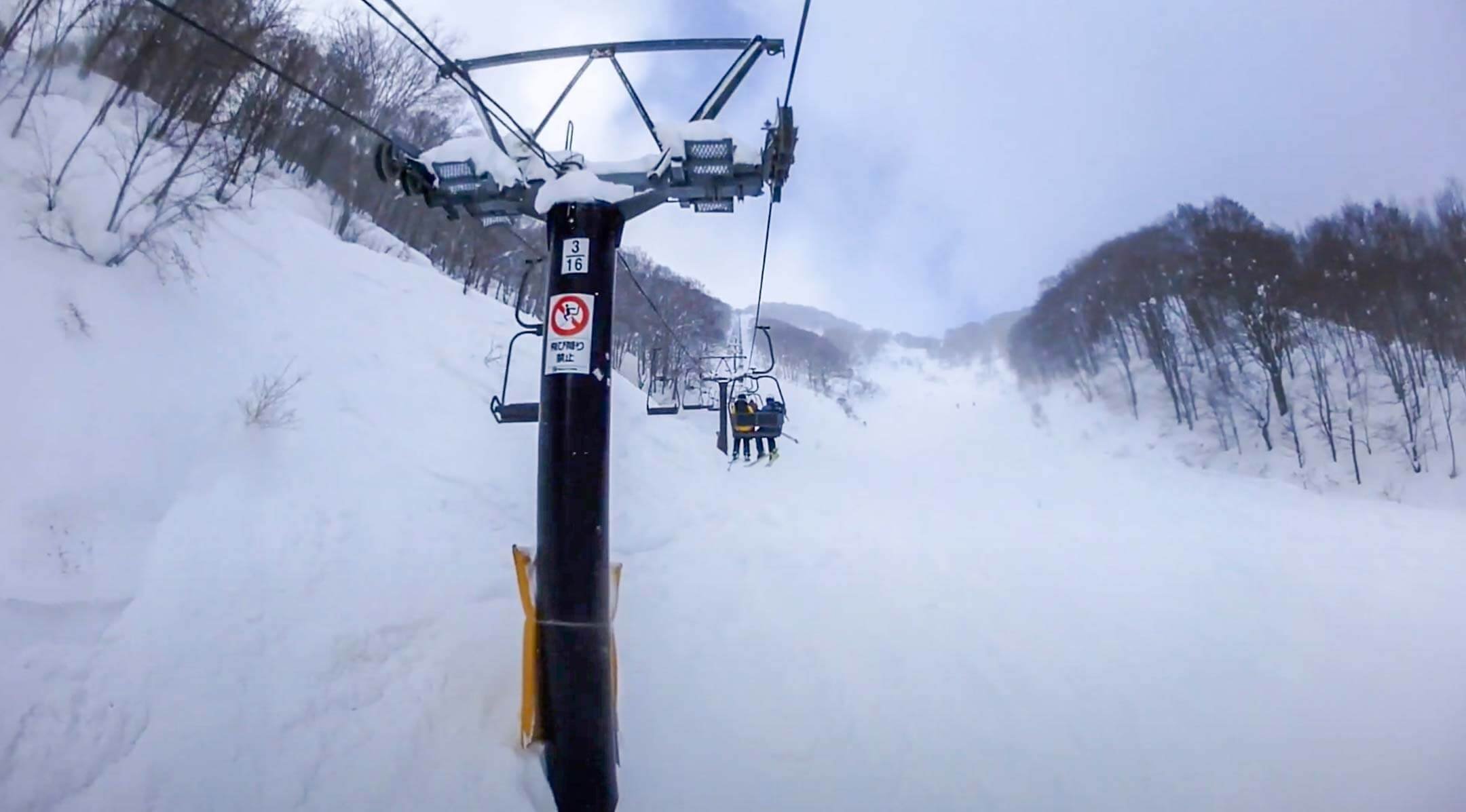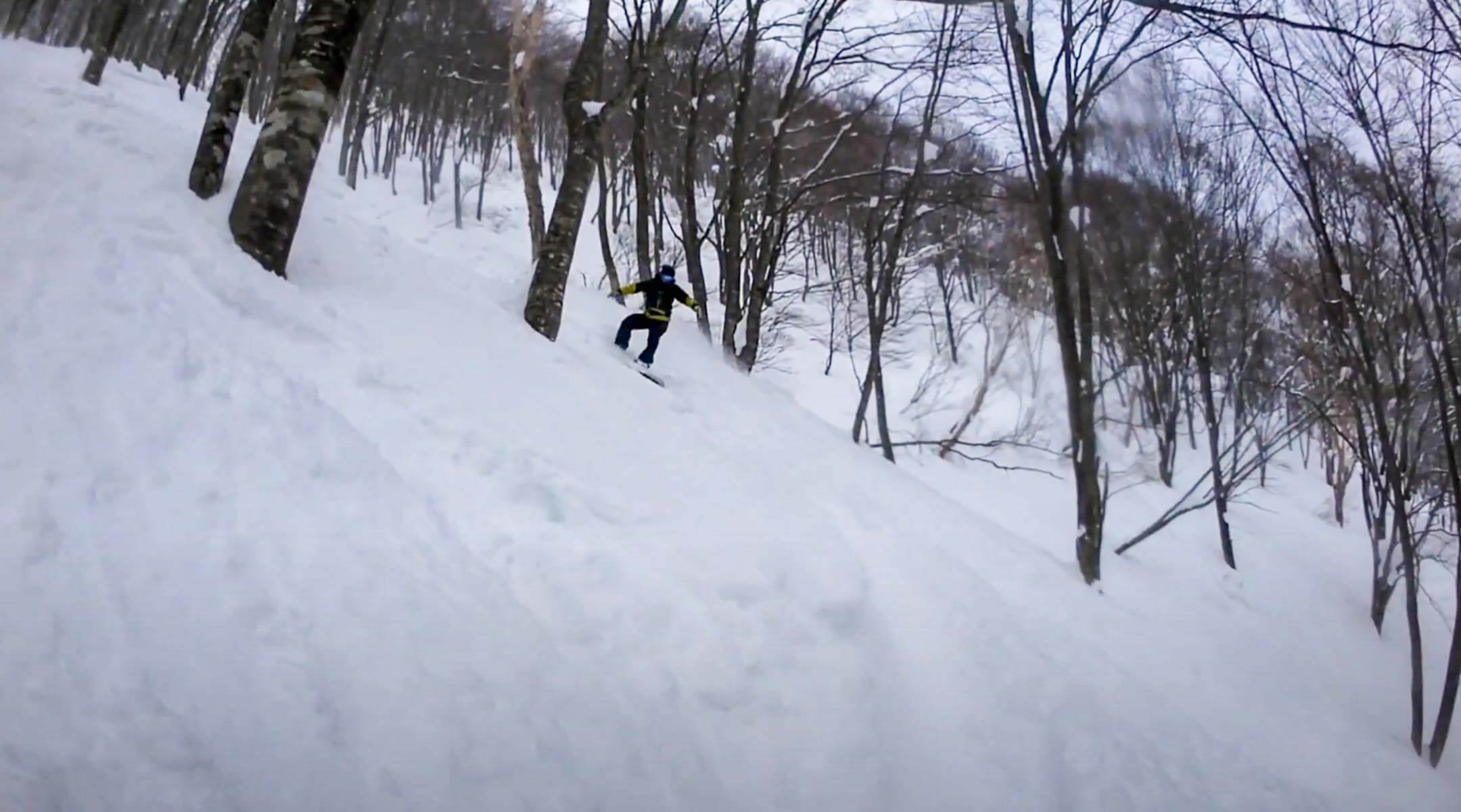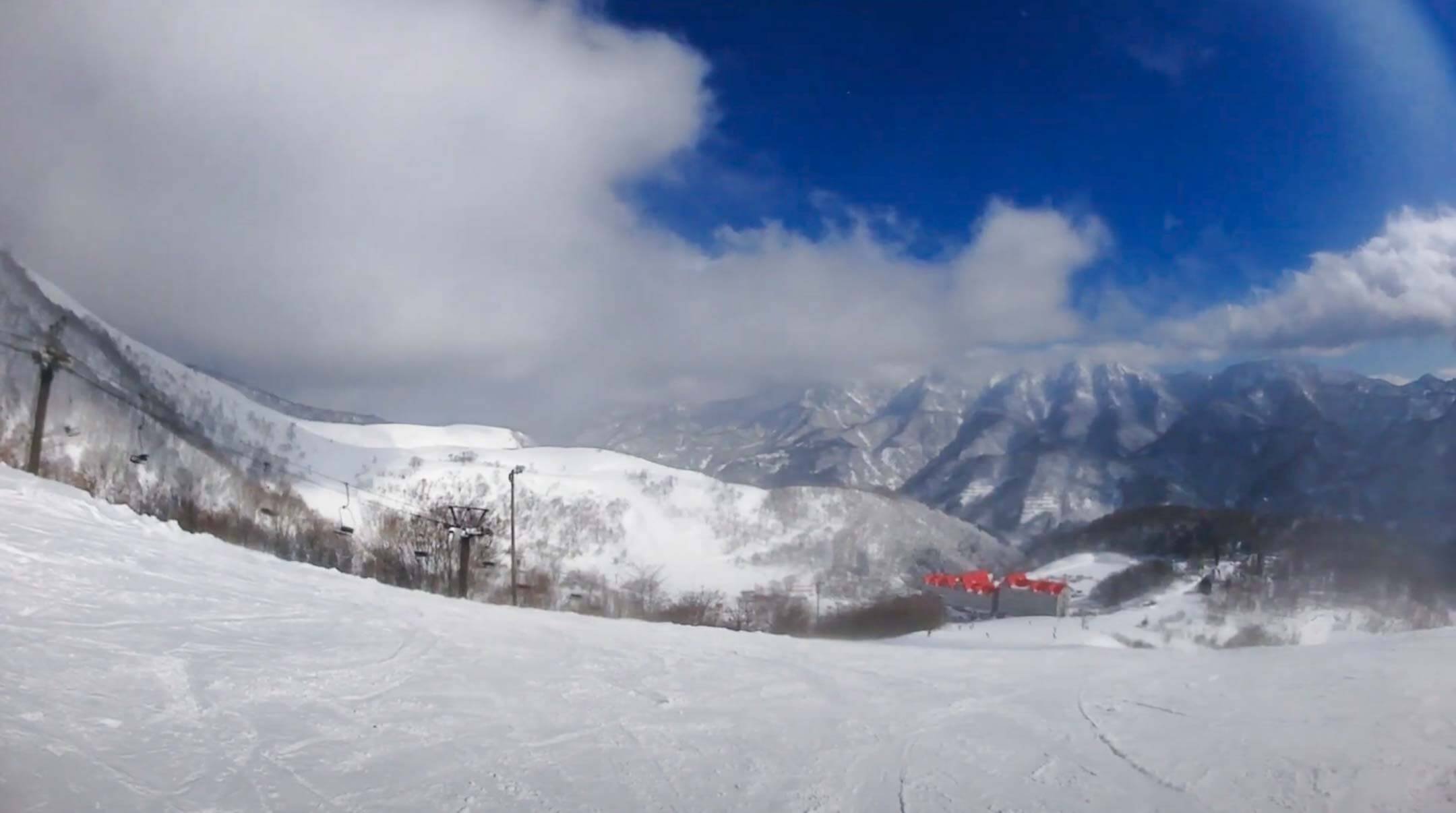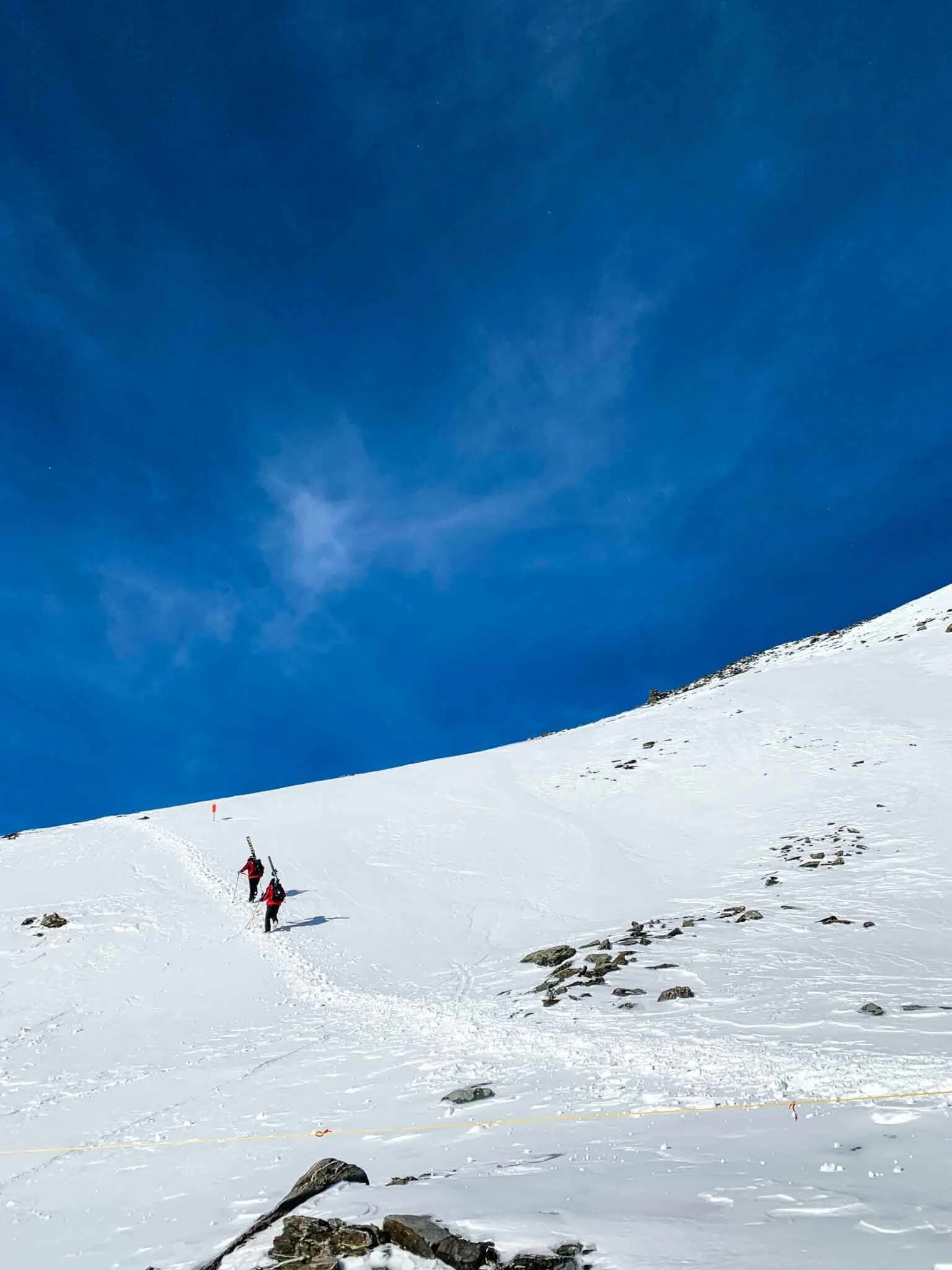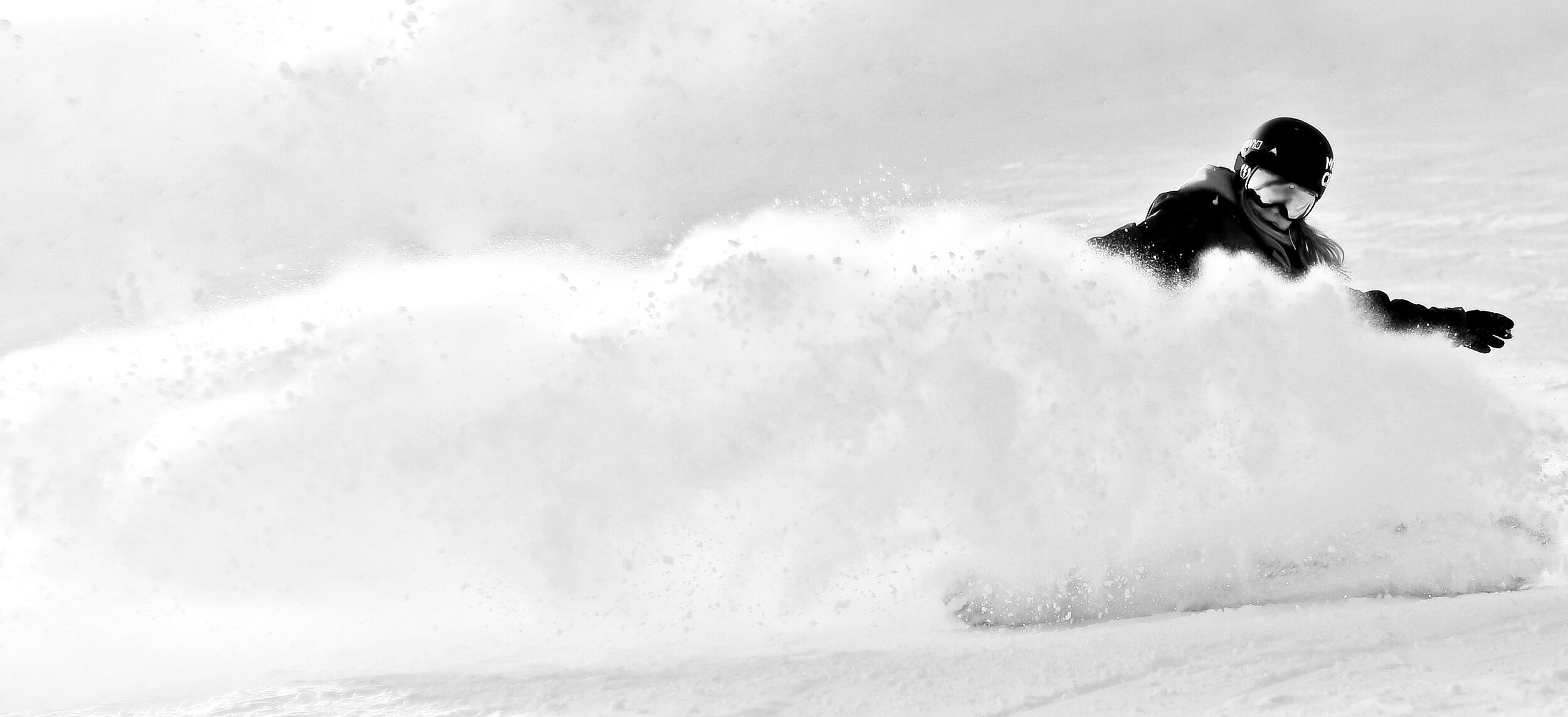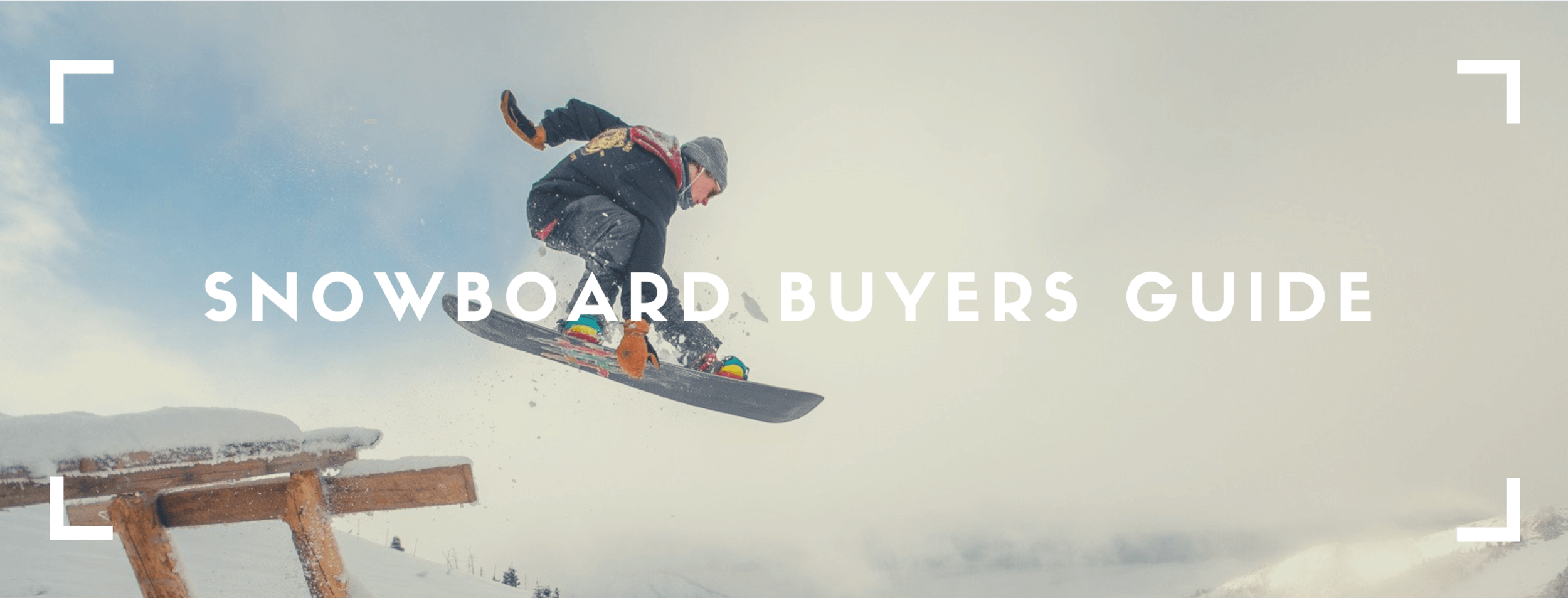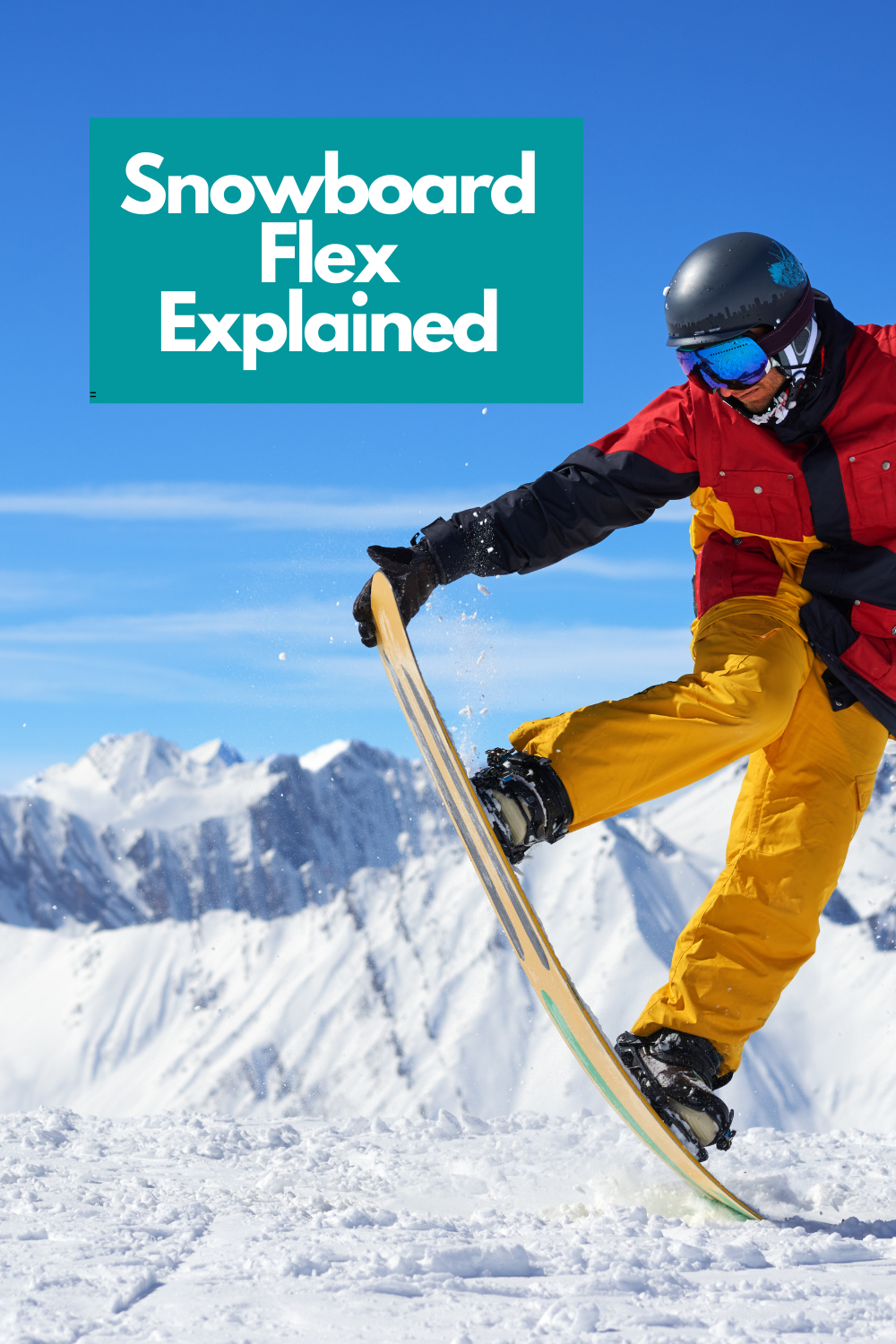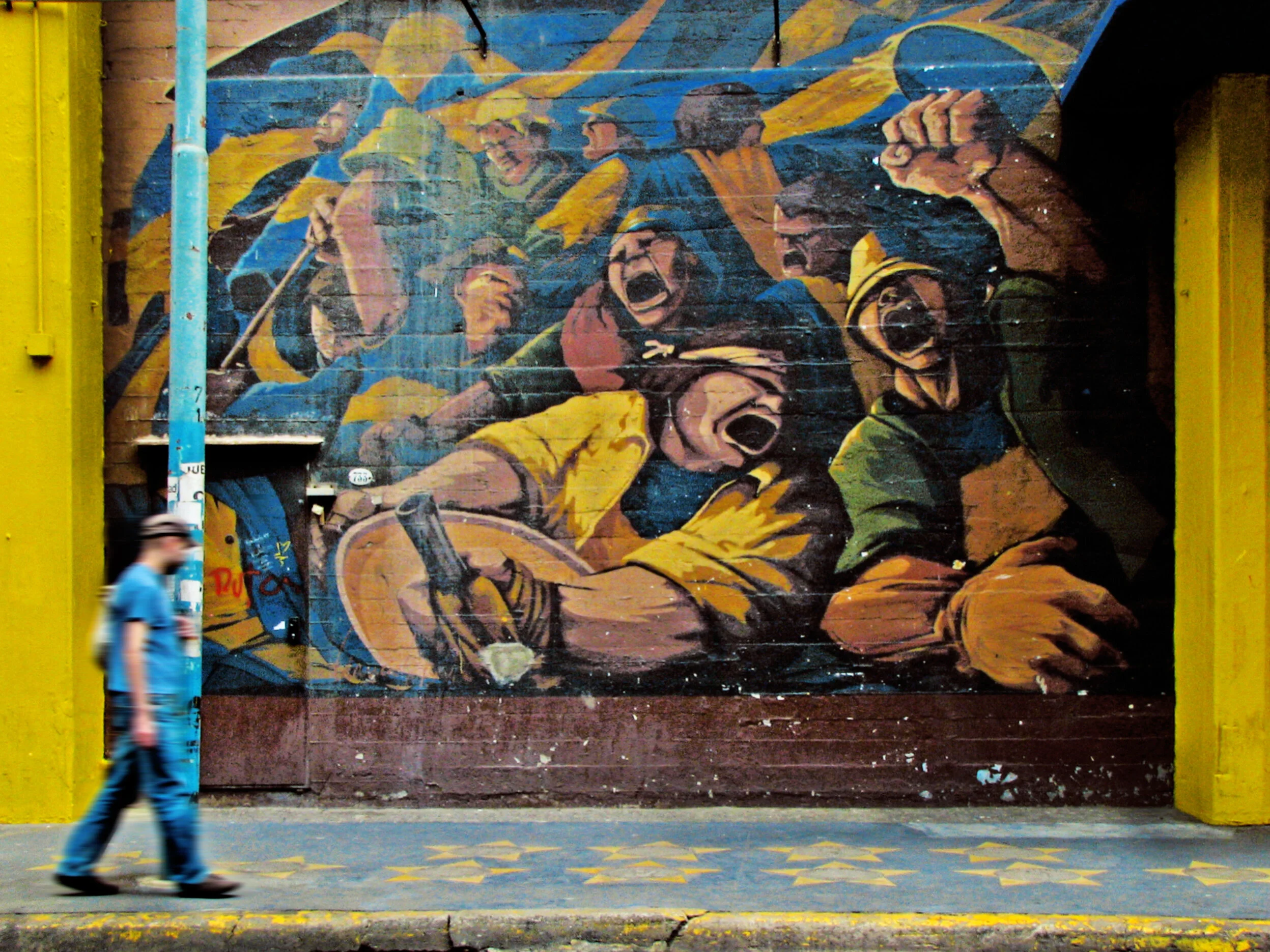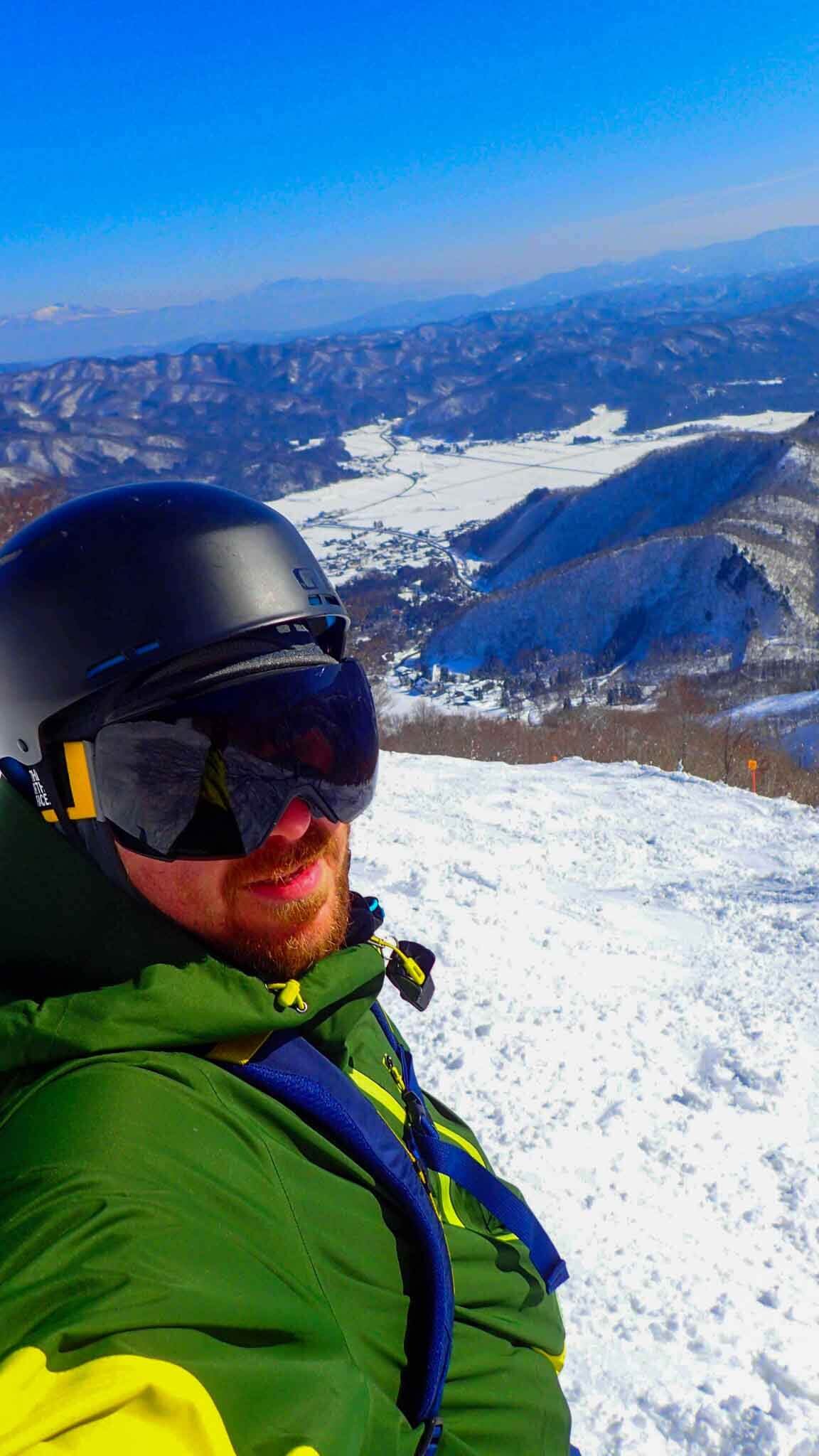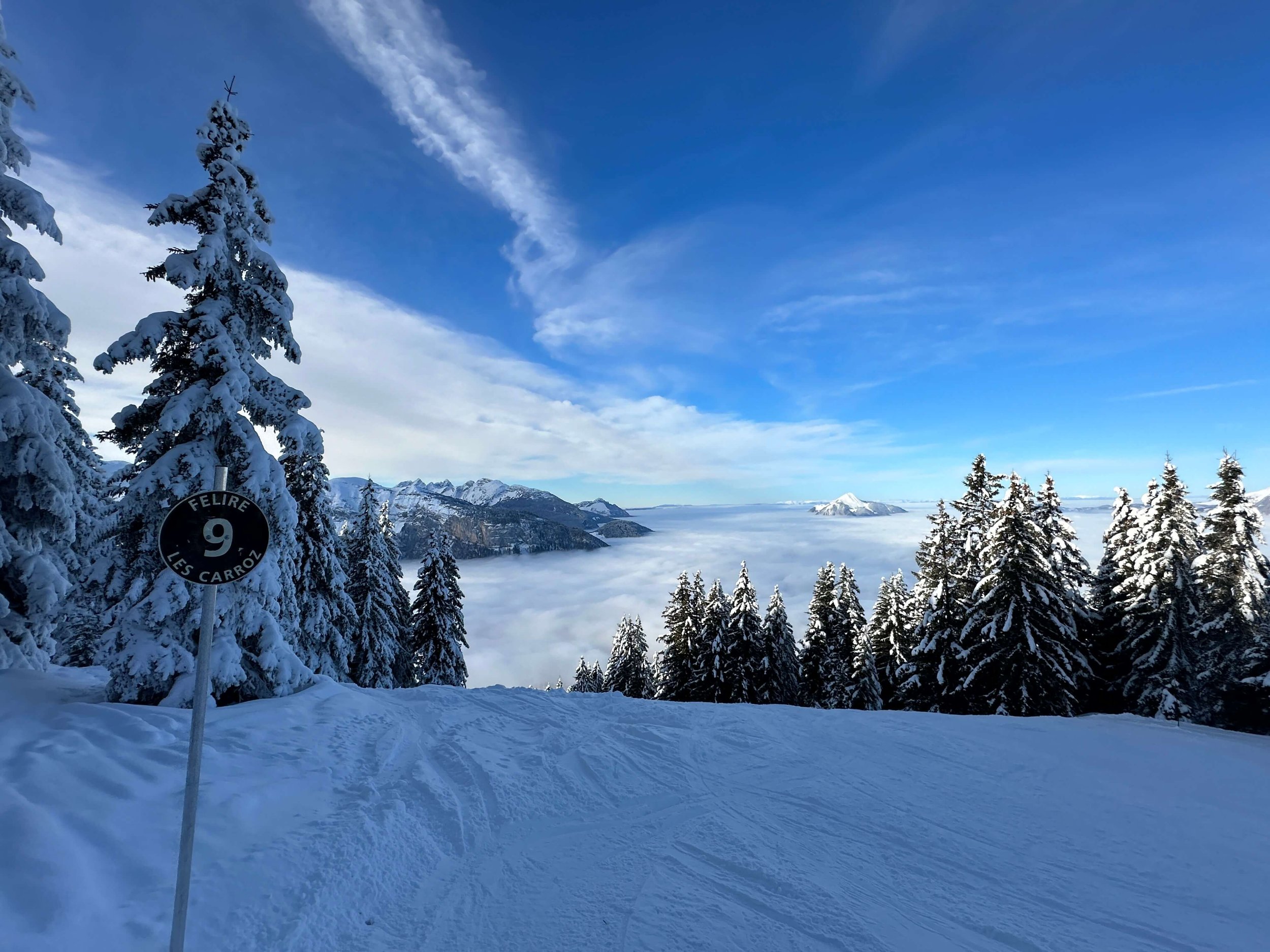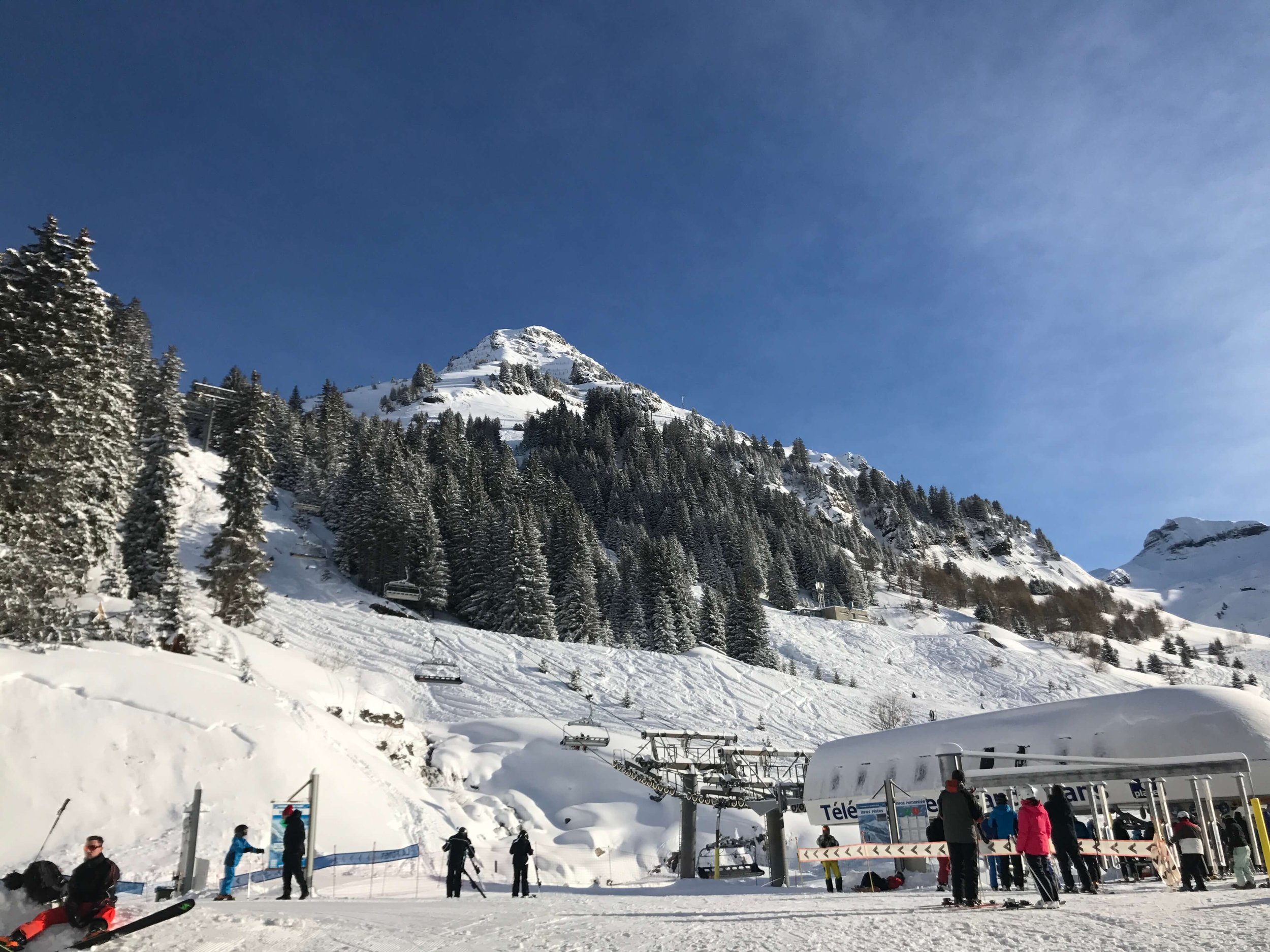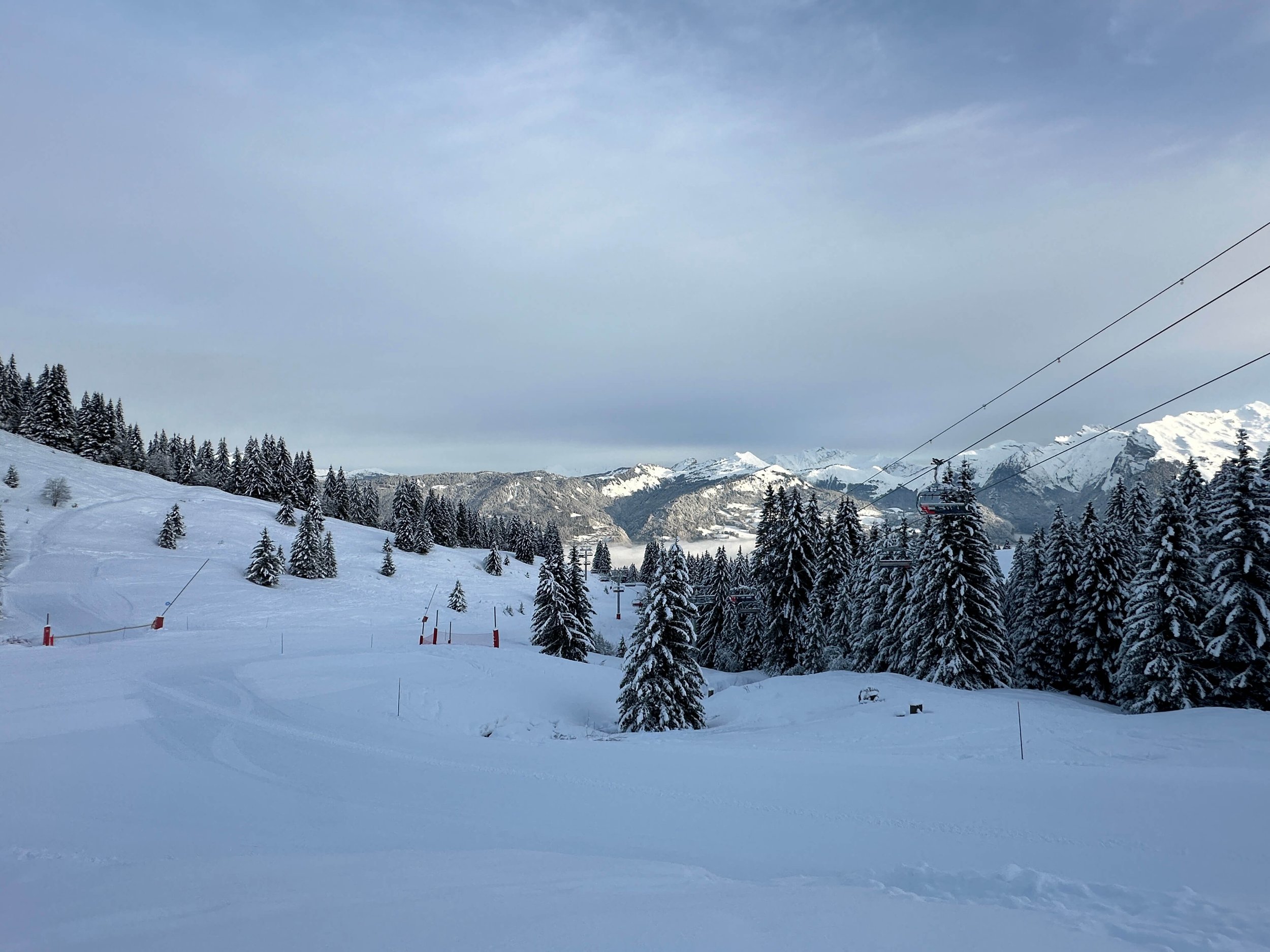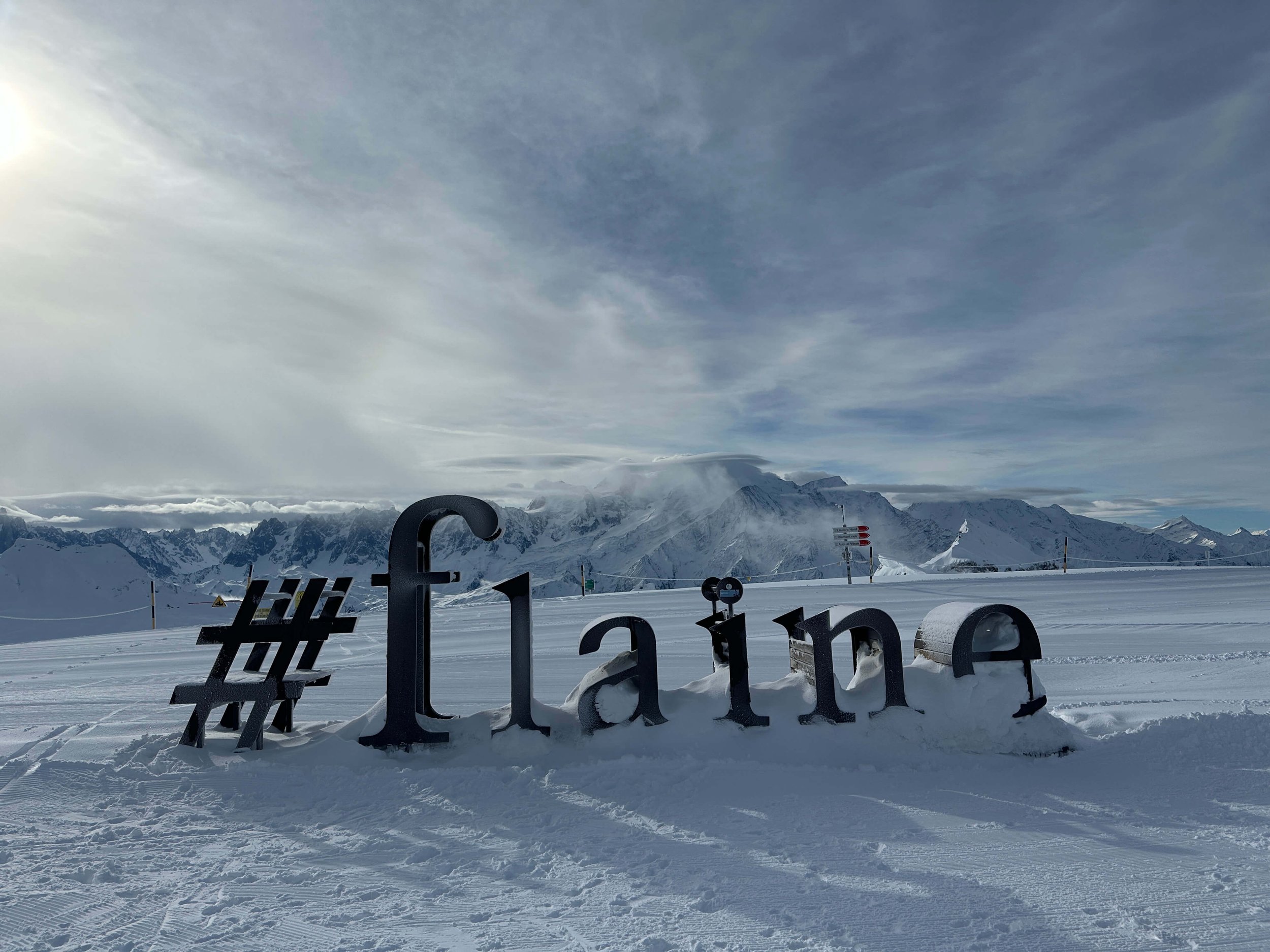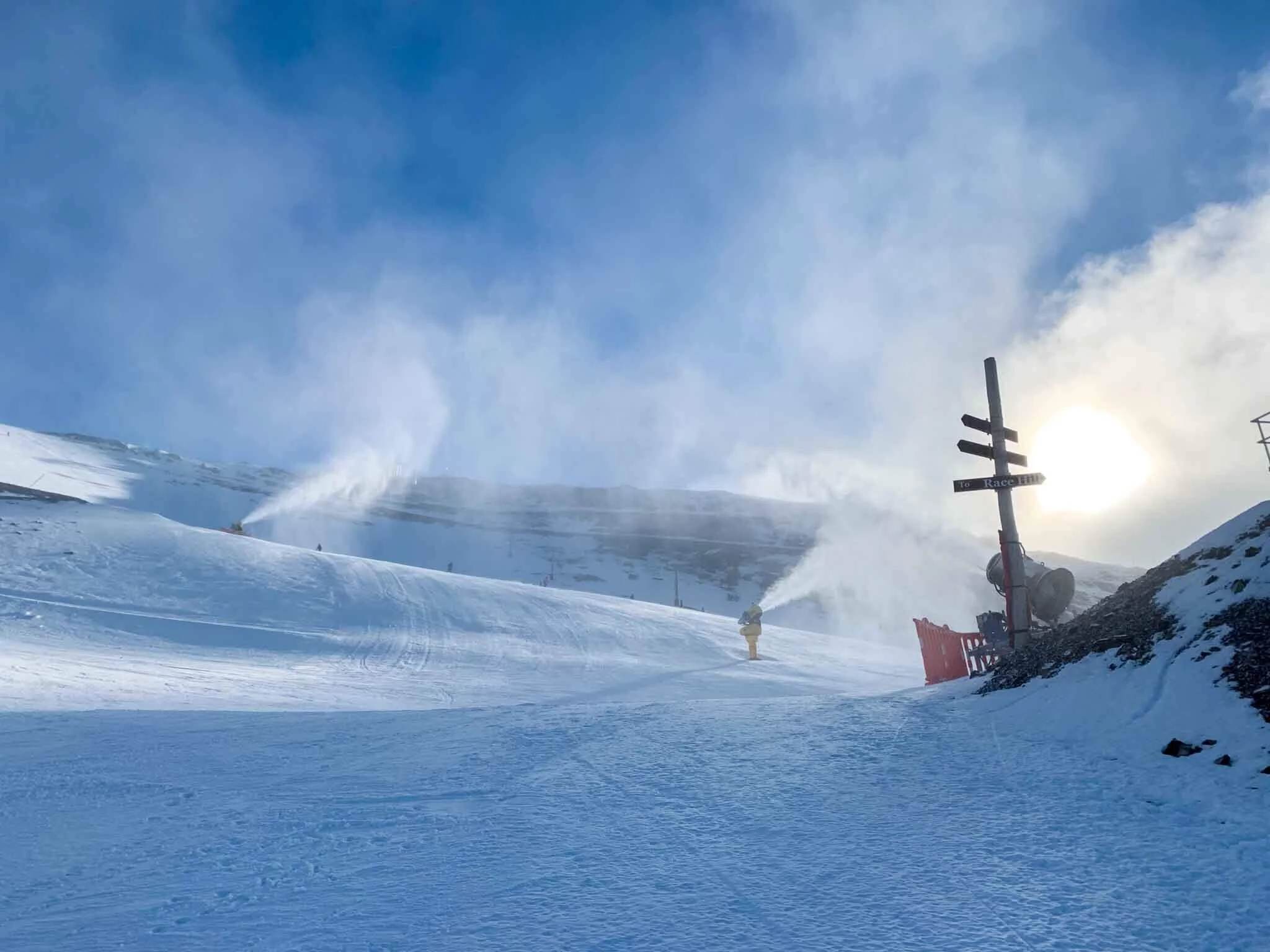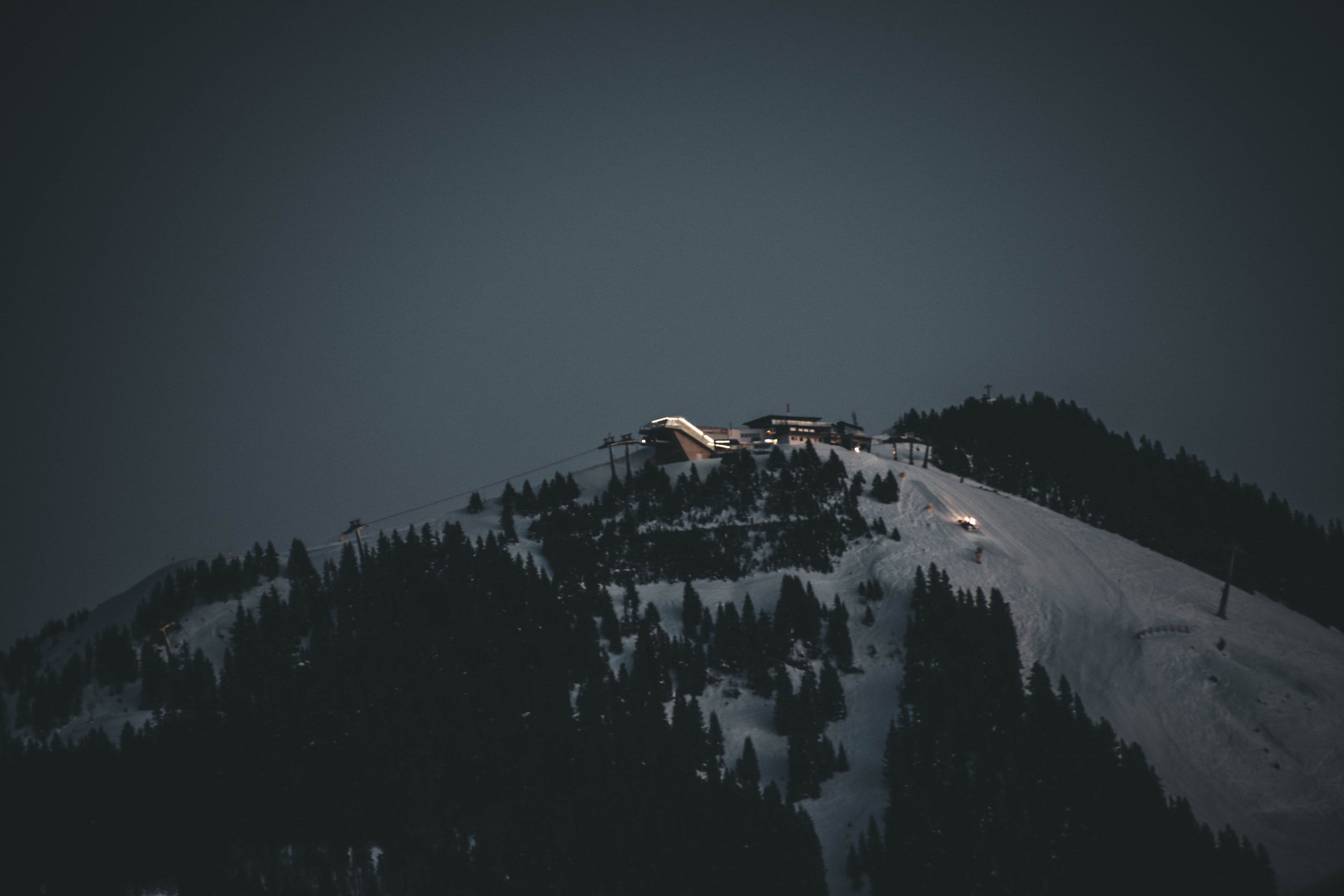Angletarn Pikes Walk | Lake District Walks
This circular route to Angletarn Pikes can be completed in one day or combined with an overnight camp at the tarn. Honestly, if the weather is right it makes total sense to stay up there and take a dip!
This walk to Angletarn Pikes approaches the tarn from a less travelled direction, Martindale. Most people approach Angletarn from either Hartsop or Patterdale with a number of viable routes. I enjoy the route from Martindale for its more steady approach with only a short steep section towards the end.
WALK OVERVIEW
Start - Martindale
Park at St Martins Church in Martindale. There is parking at St Peters nearby if this area is full.
Distance - 7.37 miles
Duration - 4-5hrs
Difficulty - Moderate
Total Ascent - 592m
Map - You can find my full route here on Ordnance Surveys’ website
PREPARING FOR YOUR ANGLETARN PIKES WALK
NAVIGATION
As with all good walk preparation, you will need a way to navigate on your walk. I use the OS Maps App on my phone and you can find my route here
If you are navigating using your phone be sure to do the following;
Download the map before you leave wifi - you CANT guarantee you will have signal in the mountains.
Bring a battery pack or way to charge your device.
Print a copy of the walk before you leave from the Ordance Survey Website as a back up.
I also use my Suunto Watch as a backup navigation tool, however, if you are not confident that your technology will last you should purchase the Ordnance Survey Map for your walk.
WEATHER
If there is one thing that is for certain when walking in the British Mountains is that you can never be sure of the weather. Even on days that are forecast glorious sunshine, it is best to be prepared for the worst, as conditions can change rapidly.
Check the latest Angletarn Pikes weather here
WHAT TO WEAR
When hiking in the UK it is important to remain flexible and with this in mind layers are certainly your best option. Mountain environments can be unforgiving and weather can change quickly. It is normal to see winds increasing and temperatures dropping as you reach your chosen summit. Make sure to pack a spare layer for the summit.
Suitable footwear in the form of walking boots or shoes is advised, especially when conditions are less than ideal. A good pair of walking boots will offer your ankles support, keep your feet dry and ensure you have grip, especially on those wet days. Yes, you probably could make it to the top in that old pair of tennis trainers… but will your feet thank you?
WHERE TO START
Getting to the start of the walk involves driving down some narrow country roads towards Howtown and Martindale from Pooley Bridge. Be careful as traffic can be busy at peak times and there are few places to pass. It is important to keep an eye out for the last passing place as it is not uncommon for you to need to reverse back down the road.
The postcode for Howtown if you are using your Sat Nav is CA10 2LZ and this should lead you to the Howtown Pier. Parking is possible by the Pier on the roadside but this is limited.
If you fancy a cool alternative to access Howtown consider taking a trip on the Ullswater steamers.
Parking is also possible by St Peter’s Church in Martindale. The church sits at the base of the paths to Hallin Fell and Steel Knotts so is ideally located. This area can become busy so be sure to head up early or late to guarantee a parking spot.
Parking in both Howtown and Martindale is free but be sure to be considerate of other road users. The road is used by farm vehicles and blocking it could result in your car getting ‘bumped’ by a tractor.
FACILITIES
Unlike more popular areas of the Lake like Keswick and Windermere there are no facilities in Howtown and Martindale, besides the Howtown Hotel. To me this is a positive as it draws less people but it is worth noting you should be prepared for a wild wee if you get caught short.
Parking is also possible by St Peter’s Church in Martindale. The church sits at the base of the paths to Hallin Fell and Steel Knotts so is ideally located. This area can become busy so be sure to head up early or late to guarantee a parking spot.
Parking in both Howtown and Martindale is free but be sure to be considerate of other road users. The road is used by farm vehicles and blocking it could result in your car getting ‘bumped’ by a tractor.
FACILITIES
Unlike more popular areas of the Lake like Keswick and Windermere there are no facilities in Howtown and Martindale. To me this is a positive as it draws less people but it is worth noting you should be prepared for a wild wee if you get caught short.
MARTINDALE TO ANGLETARN PIKES CIRCULAR WALK
Starting your walk in Martindale, you should take the road that leads towards Beda Fell and away from St Martins Church. You will be keeping to this road for a while as it winds its way alongside Bannerdale Beck. Keeping Steel Knotts to your left and Beda Fell to your right the road leads towards The Nab as it stands imposingly in the Deer conservation area. This walk is a fantastic one for spotting the local deer grazing as you approach the end of this road.
Looking across to The Nab from under Heck Crag
When you reach the farm at Dale Head, take the path to the right which leads up towards Heck Crag. This part of the walk can be overgrown in the summer, check this video (5:06) however the path is still well defined. From Dale Head there is a steady incline as you follow the stone wall all the way to the base of Heck Crag. The final approach gets a bit steeper as you earn your approach to Angletarn, don’t worry the scenery at Angletarn is worth it.
View of my tent pitch at Angletarn
If you have the time and the weather stopping the night at Angletarn makes perfect sense. The opportunity to spend the evening by the tarn and take a wild swim is a must. However all good things come to an end and when it is time to descend back to Martindale you can complete this circular route by leaving Angletarn towards Boredale Hause. Boredale Hause is somewhat of a crossroads and from here you can descent to Patterdale or head up towards Place Fell. If you are continuing my route back towards Martindale you will descend through Boredale keeping the Boredale Beck on your right this time.
Similar to your route up you will eventually find yourself doing some road walking until you head up and over Howstead Brow at the base of Beda Fell. From here it will be a short amble back to your car.
When walking the path up it is essential to take time to turn around and look at the scenery behind you. The views back towards the Martindale Horseshoe are impressive, letting your mind run away with the many possibilities of walking routes in the area. It was on this part of the walk that I decided to make Beda Fell Episode 2 in #mywainwrightsproject
ANY QUESTIONS?
Be sure to leave any questions in the comments and I will try my best to help you with your Angletarn Route. If you found this post useful and want to support me to make future content consider using the QR code to Buy Me A Coffee. All proceeds go towards supporting this website.
Thanks for stopping by and while you are here why don’t you check out some related posts below.
Explore the 13 Most Popular Ski Resorts: Why Every Skier Should Visit
Skiers and snowboarders know that the thrill of carving down pristine slopes and the breathtaking beauty of snow-covered mountains are second to none. With countless ski resorts around the globe, each offering unique experiences and world-class amenities, it can be challenging to decide which ones to visit. In this guide, I will delve into the 13 most popular ski resorts in the world, highlighting why each destination stands out and why every skier or snowboarder should have these on their bucket list. From expansive skiable terrain and exhilarating runs to charming villages and après-ski activities, get ready to discover the best ski resorts that promise unforgettable adventures on the snow.
MOST POPULAR SKI RESORTS
Why Every Skier Should Visit
Each ski resort in this guide has something unique to offer, making them must-visit destinations for any skiing enthusiast. From the powdery slopes of North America's Rockies to the majestic peaks of the Alps, these resorts provide diverse terrains and experiences that cater to skiers of all levels. Whether you're seeking the adrenaline rush of black diamond runs, the tranquility of scenic trails, or vibrant après-ski activities, you'll find it all here. Additionally, these resorts are known for their top-notch facilities, including modern lifts, quality ski schools, and luxurious accommodations. Visiting these top ski resorts not only enhances your skiing skills but also allows you to immerse yourself in different cultures and landscapes. So, pack your skis and get ready to explore some of the best ski resorts that the world has to offer.
How Resorts Were Ranked
To determine the most popular ski resorts in the world, several key factors were considered important to skiers and snowboarders. First, I looked at the sheer size of the skiable terrain, as more extensive areas offer greater variety and excitement. I also took into account the quality and difficulty of the runs, ensuring that there is something for everyone, from beginners to seasoned pros. Additionally, I evaluated the amenities available at each resort, including modern lifts, ski schools, and accommodations.
Visitor reviews and ratings played a crucial role in these rankings, providing insights into the overall experience and satisfaction of skiers. Also considered were the unique attractions and activities offered at each resort, such as après-ski entertainment, cultural events, and off-slope adventures. By combining these elements, the aim was to highlight the best ski resorts that deliver exceptional skiing experiences and unforgettable memories.
WHISTLER BLACKCOMB, CANADA
Vast Skiable Terrain
Whistler Blackcomb is renowned for its extensive and diverse skiable terrain, making it one of the most popular ski resorts in the world. Spanning over 8,000 acres, the resort offers an array of slopes that cater to all skill levels. Whether you're a novice looking for gentle greens or an expert seeking challenging black diamonds, Whistler Blackcomb has it all. The resort's two interconnected mountains, Whistler and Blackcomb, provide a variety of terrains, from wide-open bowls to steep chutes and glades.
One of the standout features is the Peak 2 Peak Gondola, which connects the two mountains and offers breathtaking views of the surrounding landscape. This vast terrain ensures that skiers and snowboarders never run out of new areas to explore. With such an extensive network of slopes and trails, it's no wonder Whistler Blackcomb consistently ranks among the best ski resorts globally.
Top Attractions and Best Runs
Whistler Blackcomb offers more than just extensive terrain; it features some of the best runs and attractions that make it a must-visit ski resort. One of the top attractions is the iconic Peak 2 Peak Gondola, which offers a 360-degree panorama of the stunning mountain scenery. This is a unique experience that should not be missed. For those who love a challenge, the Couloir Extreme on Blackcomb is one of the most thrilling and steep runs, providing an adrenaline-pumping descent.
For a more relaxed experience, the Harmony Ridge on Whistler Mountain offers breathtaking views and wide-open runs perfect for intermediate skiers. The Dave Murray Downhill is another favorite, known for its smooth, cruising path that was once a part of the Winter Olympics. Off the slopes, the vibrant Whistler Village offers a plethora of dining, shopping, and après-ski options, making it a complete destination for any skier.
Visitor Experience and Amenities
Whistler Blackcomb excels in providing a top-notch visitor experience, supported by an impressive array of amenities. The resort features state-of-the-art lift systems, including high-speed gondolas and chairlifts, which ensure minimal wait times and more time on the slopes. For those new to skiing or looking to improve their skills, the Whistler Blackcomb Snow School offers lessons for all ages and levels, taught by experienced instructors.
Accommodations range from luxury hotels to cozy lodges, catering to various budgets and preferences. Dining options are plentiful, with everything from fine dining restaurants to casual eateries available both on the mountain and in Whistler Village. The resort also boasts a vibrant après-ski scene, with numerous bars, spas, and entertainment venues to unwind after a day on the slopes.
Accessibility is another strong point, with the resort being just a two-hour drive from Vancouver. All these factors contribute to making Whistler Blackcomb a world-class destination for ski enthusiasts.
EXPLORE MORE CANADIAN RESORTS HERE
VAIL, COLORADO USA
Notable Skiable Terrain
Vail, Colorado, is one of the most popular ski resorts in the world, famous for its expansive and varied skiable terrain. With over 5,300 acres of skiable area, Vail offers something for every type of skier. The resort is divided into three main sections: the Front-Side, the Back Bowls, and Blue Sky Basin. Each of these areas provides a unique skiing experience.
The Front-Side is perfect for all skill levels, offering a mix of groomed runs and challenging moguls. The Back Bowls are legendary for their wide-open spaces and deep powder, making them a haven for advanced skiers looking for off-piste adventures. Blue Sky Basin offers a more remote and natural setting with tree skiing and scenic glades.
This diversity in terrain ensures that skiers and snowboarders can find new challenges and experiences every day, solidifying Vail's reputation as one of the best ski resorts in the world.
Must-Visit Attractions
Vail, Colorado, is not just about skiing; it also offers a range of attractions that make it a must-visit ski resort. One of the highlights is Vail Village, a charming, pedestrian-friendly area filled with shops, restaurants, and bars. The village exudes a European alpine vibe, making it a delightful place to explore after a day on the slopes.
Adventure Ridge is another must-visit attraction. Located at the top of the Eagle Bahn Gondola, it offers a variety of winter activities, including tubing, snow biking, and a mountain coaster. It's perfect for families and those looking to add some fun to their skiing trip.
For those interested in culture, the Colorado Snowsports Museum provides insights into the history of skiing and snowboarding in the region. Additionally, the resort hosts various events and festivals throughout the season, ensuring there's always something exciting happening in Vail.
Unique Visitor Appeal
Vail, Colorado, stands out for its unique visitor appeal, offering a blend of luxury and adventure that attracts skiers from around the globe. One of the key aspects is the resort's exceptional customer service, ensuring that every visitor feels pampered and taken care of. From ski valets to personalized concierge services, Vail sets a high standard for guest experiences.
The resort's dining scene is another highlight, featuring a variety of gourmet restaurants that cater to diverse tastes. Whether you're in the mood for fine dining or casual fare, Vail's culinary offerings do not disappoint. Additionally, the après-ski scene is vibrant, with numerous bars and lounges providing the perfect setting to unwind and socialize.
Vail also boasts a strong sense of community and tradition, with events like the annual Vail Snow Days and the Burton US Open Snowboarding Championships adding to its charm. This combination of luxury, adventure, and community makes Vail a truly unique destination for ski enthusiasts.
ST. ANTON, AUSTRIA
Expansive Skiable Area
St. Anton, Austria, is renowned for its expansive skiable area, making it one of the most visited ski resorts in the world. The resort is part of the Arlberg ski region, which boasts over 300 kilometers of marked slopes and 200 kilometers of off-piste terrain. This vast area caters to all levels of skiers, from beginners to experts.
The terrain is incredibly diverse, offering everything from wide-open pistes to challenging steep runs and deep powder fields. Valluga, the highest peak accessible by lift, provides breathtaking views and some of the most exhilarating runs in the region. For those who enjoy off-piste skiing, the backcountry routes in St. Anton are legendary, offering endless opportunities for adventure.
The interconnected lift system ensures that skiers can easily explore different parts of the resort without hassle. With such an extensive and varied skiable area, St. Anton is a paradise for those seeking both challenge and variety on the slopes.
Highlighted Runs and Attractions
St. Anton, Austria, is famous for its challenging runs and vibrant attractions, making it a must-visit for any serious skier. One of the most notable runs is the Valluga Nord, accessible only to expert skiers and providing a thrilling descent from the resort's highest peak. The Kandahar run, known for hosting World Cup races, offers a mix of steep sections and wide turns, perfect for those looking to test their skills.
For a more relaxed experience, the Galzig area features gentle slopes and beautiful scenery, ideal for intermediate skiers. The Rendl Beach is another popular spot, offering a sun terrace where skiers can relax and enjoy panoramic views of the Alps.
Off the slopes, St. Anton's après-ski scene is legendary. The MooserWirt and Krazy Kanguruh are two of the most famous après-ski bars in the Alps, known for their lively atmosphere and great music. These attractions make St. Anton not just a ski destination, but a complete alpine experience.
Visitor Services and Facilities
St. Anton, Austria, offers exceptional visitor services and facilities, ensuring a seamless and enjoyable experience for all guests. The resort features a modern and efficient lift system, including high-speed gondolas and chairlifts, which minimize wait times and maximize skiing time. For beginners or those looking to improve their skills, the ski schools in St. Anton are among the best in the world, offering lessons from highly qualified instructors.
Accommodations in St. Anton range from luxurious hotels to cozy alpine chalets, catering to various preferences and budgets. The resort also boasts a wide array of dining options, from gourmet restaurants to traditional Austrian eateries, ensuring that everyone finds something to their taste.
Additional facilities include equipment rental shops, wellness centers, and childcare services, making it a family-friendly destination. The resort's robust transportation network ensures easy access to and from the slopes, as well as convenient connections to nearby villages and attractions. With these comprehensive services and facilities, St. Anton provides a top-tier experience for all visitors.
EXPLORE EUROPEAN SKI RESORTS HERE
COURCHEVEL, FRANCE
Extensive Skiable Terrain
Courchevel, France, is part of the legendary Les Trois Vallées, the largest ski area in the world, offering an extensive skiable terrain that attracts skiers from all corners of the globe. With over 600 kilometers of interconnected slopes, Courchevel ensures that skiers of all levels find ample opportunities to explore and challenge themselves.
The resort itself is divided into four villages, each offering unique access points to the slopes. From the gentle green and blue runs perfect for beginners and families to the more demanding red and black runs for advanced skiers, Courchevel has something for everyone. The Grand Couloir, one of the most challenging runs in the region, provides an adrenaline-pumping descent for expert skiers.
The well-maintained pistes are complemented by an efficient lift system, ensuring smooth and quick transitions between different areas. This extensive and varied terrain, combined with breathtaking alpine scenery, makes Courchevel one of the best ski resorts globally.
Premier Attractions and Runs
Courchevel, France, is not just celebrated for its extensive terrain but also for its premier attractions and runs that make it a top ski destination. One of the standout runs is the Saulire, which offers breathtaking views and a thrilling descent from over 2,700 meters. For those seeking a challenge, the Grand Couloir is a must-try, known for its steep gradient and demanding conditions, making it one of the most challenging black runs in the Alps.
Apart from skiing, Courchevel boasts a variety of attractions that enhance the visitor experience. The Aquamotion Center is a state-of-the-art facility featuring swimming pools, spa services, and an indoor surfing wave, perfect for a day off the slopes. The village itself is renowned for its luxury, offering high-end boutiques, gourmet restaurants, and world-class hotels.
Events such as the International Fireworks Festival add a unique charm, ensuring that there is always something exciting happening in Courchevel. These premier attractions and runs solidify Courchevel's reputation as one of the best ski resorts in the world.
Visitor Experience Insights
Courchevel, France, offers a visitor experience that blends luxury with adventure, making it one of the most popular ski resorts in the world. The resort is known for its impeccable service and high-end amenities, ensuring that every guest feels pampered from the moment they arrive. Accommodations range from opulent five-star hotels to charming chalets, catering to a variety of tastes and budgets.
On the slopes, the well-groomed pistes and efficient lift system ensure a smooth skiing experience. For those new to skiing or looking to improve their skills, the ski schools in Courchevel are top-notch, offering lessons from expert instructors.
Off the slopes, the village provides a plethora of dining options, from Michelin-starred restaurants to cozy bistros, ensuring a memorable culinary experience. The après-ski scene is equally impressive, with numerous bars, spas, and entertainment venues offering the perfect way to unwind after a day on the slopes. These elements combine to create a visitor experience that is both luxurious and exhilarating.
Although Courchevel is clearly a premium ski resort with lots to offer, it didn’t blow me away on my visit. I preferred Val Thorens and Meribel and you can see my video detailing my thoughts on Courchevel here.
ASPEN SNOWMASS, COLORADO, USA
Diverse Skiable Terrain
Aspen Snowmass in Colorado is renowned for its diverse skiable terrain, making it a standout destination among the most popular ski resorts in the world. The resort encompasses four distinct mountains—Aspen Mountain, Aspen Highlands, Buttermilk, and Snowmass—each offering a unique skiing experience.
Aspen Mountain is known for its challenging runs and black diamond trails, catering to advanced skiers looking for a thrill. Aspen Highlands features the Highland Bowl, a must-visit for those seeking steep, deep powder. Buttermilk is perfect for beginners and families, offering gentle slopes and excellent ski schools. Snowmass, the largest of the four, provides a mix of wide-open groomers, tree runs, and terrain parks, making it suitable for all skill levels.
This variety ensures that skiers and snowboarders of all abilities find something to enjoy. The interconnected lift system allows for easy access between the mountains, providing a seamless skiing experience across diverse terrains.
Main Attractions and Runs
Aspen Snowmass, Colorado, offers a wealth of main attractions and runs that make it a premier ski destination. One of the standout features is the Highland Bowl at Aspen Highlands, known for its challenging terrain and deep powder. This run is a must-visit for advanced skiers seeking an adrenaline rush.
For those looking for a more leisurely experience, the Longshot run at Snowmass offers a scenic descent that stretches for over five miles, making it the resort's longest run. Buttermilk Mountain is home to the X Games Aspen and features excellent terrain parks for freestyle enthusiasts.
Off the slopes, Aspen Snowmass boasts a vibrant cultural scene with numerous art galleries, high-end boutiques, and gourmet dining options. The après-ski scene is lively, with popular spots like the Ajax Tavern and the Snowmass Base Village providing a perfect end to a day on the mountain. These attractions and runs ensure that Aspen Snowmass offers an unforgettable skiing experience.
Visitor Facilities and Services
Aspen Snowmass, Colorado, excels in providing top-tier visitor facilities and services, ensuring a comfortable and enjoyable experience for all guests. The resort features an extensive network of modern lifts, including high-speed gondolas and chairlifts, which reduce wait times and increase time on the slopes.
Accommodation options range from luxurious hotels and upscale condos to more budget-friendly lodges, catering to a wide array of preferences and budgets. Dining choices are abundant, with everything from gourmet restaurants to casual eateries available both on the mountains and in the nearby towns of Aspen and Snowmass Village.
The resort also offers comprehensive ski and snowboard rental services, making it convenient for visitors to gear up without hassle. For those looking to improve their skills, the Aspen Snowmass Ski & Snowboard Schools are renowned for their high-quality instruction. Additional amenities include childcare services, wellness centers, and a vibrant après-ski scene, ensuring that every aspect of the visitor experience is covered. These facilities and services make Aspen Snowmass a world-class ski destination.
CHECK OUT OTHER NORTH AMERICAN SKI AREAS HERE
ZERMATT. SWITZERLAND
Scenic Skiable Terrain
Zermatt, Switzerland, is renowned for its breathtaking scenic skiable terrain, making it one of the most popular ski resorts in the world. Nestled at the foot of the iconic Matterhorn, the resort offers over 360 kilometers of well-groomed pistes, catering to all levels of skiers, and is open year round.
The terrain is varied and expansive, with runs that offer stunning views of the surrounding Alps. The Gornergrat area is particularly famous for its panoramic vistas, providing an unforgettable skiing experience. For those seeking a challenge, the Matterhorn Glacier Paradise offers year-round skiing on its high-altitude slopes, ensuring excellent snow conditions.
The resort's interconnected lift system allows easy access to different sections, including Sunnegga and Rothorn, each offering unique landscapes and skiing experiences. The scenic beauty of Zermatt's terrain, combined with its well-maintained runs, makes it a top choice for skiers looking to enjoy both the sport and the stunning alpine environment.
Iconic Attractions and Runs
Zermatt, Switzerland, is home to iconic attractions and runs that make it a premier destination for ski enthusiasts. One of the standout runs is the legendary Matterhorn Glacier Trail, which offers skiers the unique experience of gliding down slopes with the Matterhorn as a stunning backdrop. The Klein Matterhorn area features some of the highest-altitude pistes in Europe, providing exhilarating descents and spectacular views.
Another must-visit attraction is the Gornergrat Railway, a cogwheel train that takes visitors up to 3,089 meters, offering panoramic views of the surrounding peaks and glaciers. The descent from Gornergrat to Riffelalp is a favorite among skiers for its long, scenic runs.
For those looking to explore off the beaten path, the Stockhorn area offers challenging off-piste routes that are a thrill for advanced skiers. These iconic attractions and runs, coupled with the majestic alpine scenery, make Zermatt an unforgettable ski destination.
Visitor Amenities and Experience
Zermatt, Switzerland, offers a premium visitor experience supported by exceptional amenities, making it one of the best ski resorts in the world. The resort boasts a sophisticated lift system, including modern gondolas and high-speed chairlifts, ensuring smooth and efficient access to the slopes.
Accommodation options range from luxurious five-star hotels to charming alpine lodges, catering to various tastes and budgets. Zermatt is also known for its culinary excellence, offering a wide array of dining options from gourmet restaurants to cozy mountain huts serving traditional Swiss cuisine.
For those looking to relax after a day on the slopes, Zermatt provides numerous wellness facilities, including spas and thermal baths. The car-free village adds to the charm, offering a peaceful and picturesque setting. Additionally, ski schools and rental services are top-notch, ensuring that all visitors have a seamless and enjoyable experience. These comprehensive amenities and the overall visitor experience make Zermatt a world-class ski destination.
CHECK OUT OTHER SWISS SKI RESORTS HERE
NISEKO, JAPAN
Unique Skiable Terrain
Niseko, Japan, is renowned for its unique skiable terrain, making it one of the most popular ski resorts in the world. The resort is famous for its incredible powder snow, often referred to as "Japow." With an average annual snowfall of over 15 meters, Niseko offers some of the deepest and lightest powder conditions globally.
The terrain is diverse, catering to all levels of skiers and snowboarders. Niseko is divided into four interconnected areas: Grand Hirafu, Hanazono, Niseko Village, and Annupuri, each offering its own distinct skiing experience. Grand Hirafu is the largest and most popular area, featuring a variety of runs and excellent night skiing. Hanazono is known for its wide-open bowls and terrain parks, making it a favorite for freestyle enthusiasts.
The resort also offers extensive off-piste and backcountry opportunities, with guided tours available for those looking to explore beyond the marked trails. This unique combination of abundant powder and varied terrain makes Niseko a must-visit destination for any ski enthusiast.
Highlighted Runs and Attractions
Niseko, Japan, offers a variety of highlighted runs and attractions that make it a standout destination for skiers. One of the most famous runs is the Miharashi course in the Grand Hirafu area, known for its wide-open slopes and consistent powder. For those seeking a more challenging descent, the Mizuno no Sawa in Niseko Village offers steep pitches and deep powder, providing an exhilarating experience for advanced skiers.
Hanazono is home to some of the best tree skiing in Niseko, with terrain that weaves through beautiful birch forests. The Stomping Grounds terrain park in Hanazono is a must-visit for freestyle enthusiasts, featuring a variety of jumps, rails, and boxes.
Off the slopes, Niseko offers a range of attractions, including natural hot springs (onsen) that provide the perfect way to relax after a day of skiing. The vibrant après-ski scene features numerous restaurants and bars, offering delicious Japanese cuisine and a lively atmosphere. These highlighted runs and attractions make Niseko a unique and exciting ski destination.
Visitor Services and Experience
Niseko, Japan, excels in providing top-notch visitor services and an overall exceptional experience, making it a favorite among skiers worldwide. The resort features a modern lift system, including high-speed gondolas and chairlifts, ensuring quick and efficient access to the slopes.
Accommodation options are diverse, ranging from luxurious hotels and high-end condos to more affordable hostels and lodges, catering to a wide array of preferences and budgets. Dining in Niseko is a delight, with numerous restaurants offering everything from traditional Japanese cuisine to international dishes.
For those new to skiing or looking to enhance their skills, Niseko's ski schools are renowned for their high-quality instruction, offering lessons in multiple languages. Equipment rental shops are plentiful, providing the latest gear to ensure a comfortable and enjoyable skiing experience.
Additionally, the après-ski scene in Niseko is vibrant, with a variety of bars, hot springs (onsen), and entertainment options available. These comprehensive services and the overall visitor experience make Niseko a world-class ski destination.
PARK CITY, UTAH, USA
Broad Skiable Terrain
Park City, Utah, boasts one of the broadest skiable terrains in North America, making it a top destination for skiing enthusiasts. The resort covers over 7,300 acres of diverse terrain, catering to beginners, intermediates, and experts alike. With more than 330 trails, there is something for everyone, from gentle beginner slopes to challenging black diamonds.
The resort features two distinct areas: Park City Mountain and Canyons Village. Park City Mountain is known for its well-groomed runs and family-friendly atmosphere, while Canyons Village offers more rugged terrain and expansive backcountry opportunities. The interconnected lift system allows for seamless transitions between the two areas, ensuring that visitors can explore the full extent of the resort without hassle.
Additionally, Park City is home to some of the best terrain parks in the country, making it a favorite among freestyle skiers and snowboarders. This broad and varied skiable terrain makes Park City a premier destination for winter sports.
Must-Visit Runs and Attractions
Park City, Utah, offers a wealth of must-visit runs and attractions that make it a premier ski destination. One of the standout runs is the King Con Ridge, which offers panoramic views and a mix of intermediate and advanced terrain. For those seeking a challenge, the Jupiter Bowl provides steep and deep powder runs that test even the most experienced skiers.
The resort is also renowned for its terrain parks, with the 3 Kings Terrain Park being a favorite among freestyle enthusiasts. It features a variety of jumps, rails, and boxes, catering to all skill levels.
Off the slopes, Park City has plenty to offer. The historic Main Street is a must-visit, lined with charming shops, art galleries, and a diverse range of dining options. Additionally, the resort hosts numerous events throughout the winter season, including the famous Sundance Film Festival.
These must-visit runs and attractions ensure that Park City provides a comprehensive and memorable skiing experience.
Visitor Experience Overview
Park City, Utah, offers an exceptional visitor experience, making it one of the most popular ski resorts in the world. The resort features modern and efficient lift systems, including high-speed gondolas and chairlifts, ensuring minimal wait times and more time on the slopes. Accommodations range from luxurious hotels and private condos to more budget-friendly options, catering to a wide array of preferences and budgets.
Dining in Park City is a culinary delight, with a diverse range of restaurants offering everything from gourmet cuisine to casual fare. The resort's après-ski scene is vibrant, with numerous bars, live music venues, and entertainment options available to unwind after a day on the slopes.
For those new to skiing or looking to improve, the resort offers high-quality ski schools with experienced instructors. Additional amenities include equipment rental shops, wellness centers, and childcare services, ensuring a seamless and enjoyable experience for all visitors. These comprehensive services and the overall visitor experience make Park City a premier ski destination.
VAL D’ISERE. FRANCE
Expansive Skiable Area
Val d'Isère, France, is renowned for its expansive skiable area, making it one of the best ski resorts in the world. As part of the Espace Killy ski area, the resort offers access to over 300 kilometers of pistes, catering to skiers and snowboarders of all levels. The terrain is diverse, ranging from gentle green and blue runs perfect for beginners to challenging black runs and off-piste areas for advanced skiers.
One of the standout features is the interconnected lift system, which seamlessly links Val d'Isère with Tignes, allowing easy exploration of the entire Espace Killy area. Popular areas like Solaise and Bellevarde offer a mix of groomed runs and more rugged terrain, ensuring variety and excitement.
The resort also boasts impressive snowmaking capabilities, ensuring excellent conditions throughout the season. This extensive and varied skiable area, combined with stunning alpine scenery, makes Val d'Isère a top destination for winter sports enthusiasts.
Premier Attractions and Runs
Val d'Isère, France, offers a range of premier attractions and runs that make it a must-visit destination for skiing enthusiasts. One of the most famous runs is La Face de Bellevarde, a challenging black run that was used in the 1992 Winter Olympics. This run offers a thrilling descent with steep pitches and stunning views, making it a favorite among advanced skiers.
For those seeking a more leisurely experience, the Pissaillas Glacier provides gentle slopes and breathtaking scenery, perfect for intermediate skiers and families. The Col de l’Iseran area offers a mix of wide-open runs and off-piste opportunities, catering to a variety of skill levels.
Off the slopes, the resort village is a major attraction, known for its charming alpine architecture, world-class dining, and vibrant après-ski scene. Events such as the annual Critérium de la Première Neige add to the resort's allure, ensuring there's always something exciting happening. These premier attractions and runs make Val d'Isère a top choice for skiers.
Visitor Amenities and Services
Val d'Isère, France, excels in providing top-tier visitor amenities and services, enhancing the overall skiing experience. The resort features a modern lift system, including high-speed gondolas and chairlifts, ensuring efficient access to the slopes. Accommodations range from luxury hotels and chalets to more affordable lodges, catering to a broad spectrum of preferences and budgets.
Dining options are plentiful, with a variety of restaurants offering everything from gourmet French cuisine to casual mountain fare. For those looking to unwind after a day on the slopes, the resort offers numerous wellness centers and spas, providing a perfect setting for relaxation.
Val d'Isère is also home to excellent ski schools, offering lessons for all ages and skill levels, ensuring that everyone can enjoy the slopes. Additional services such as equipment rentals, childcare, and shuttle services add to the convenience, making the resort accessible and family-friendly. These comprehensive amenities and services make Val d'Isère a world-class ski destination.
EXPLORE EUROPEAN SKI RESORTS HERE
SUNSHINE VILLAGE, BANFF, CANADA
Picturesque Skiable Terrain
Banff Sunshine, located in the heart of the Canadian Rockies, is celebrated for its picturesque skiable terrain. The resort spans over 3,300 acres of diverse slopes, offering skiers and snowboarders stunning views of snow-capped peaks and pristine wilderness. The terrain caters to all skill levels, with gentle beginner slopes, wide-open intermediate runs, and challenging expert trails.
One of the standout areas is Goat's Eye Mountain, which provides steep, thrilling descents and breathtaking vistas. For a more relaxed experience, the wide, groomed runs on Lookout Mountain offer scenic routes through beautiful alpine landscapes.
The resort's location within Banff National Park ensures that the surroundings are utterly spectacular, with untouched natural beauty at every turn. The high altitude and reliable snowfall guarantee excellent conditions throughout the season, making Banff Sunshine a top choice for those seeking both adventure and awe-inspiring scenery. This picturesque terrain ensures an unforgettable skiing experience.
Highlighted Attractions and Runs
Banff Sunshine, Canada, offers a variety of highlighted attractions and runs that make it a premier destination for skiers. One of the standout runs is Delirium Dive, an expert-only area known for its steep chutes and deep powder, providing an adrenaline-pumping experience for advanced skiers. For those looking for a more leisurely descent, the Banff Avenue run on Lookout Mountain offers a scenic route with gentle slopes, perfect for beginners and intermediates.
The resort also features the Sunshine Village, a charming alpine village at the base of the slopes, offering dining, shopping, and accommodation options. The village's lively atmosphere makes it a great place to relax and unwind after a day on the mountain.
Additionally, the resort hosts various events throughout the season, such as the annual Slush Cup, which adds an element of fun and excitement to the skiing experience. These highlighted attractions and runs ensure that Banff Sunshine provides a memorable and diverse skiing adventure.
Visitor Services and Experience
Banff Sunshine, Canada, is dedicated to providing exceptional visitor services and a memorable experience for all its guests. The resort features a modern lift system, including high-speed gondolas and chairlifts, ensuring quick and efficient access to the slopes. Accommodations range from luxurious hotels to more budget-friendly lodges, catering to a variety of preferences and budgets.
Dining options are diverse, with a range of restaurants and eateries offering everything from fine dining to casual fare. The resort's Sunshine Mountain Lodge provides ski-in/ski-out convenience and offers amenities such as a spa and outdoor hot tub, perfect for relaxing after a day on the slopes.
For those new to skiing or looking to improve their skills, Banff Sunshine offers top-notch ski schools with experienced instructors. Equipment rental shops are readily available, providing the latest gear to ensure a comfortable and enjoyable skiing experience. These comprehensive services and the overall visitor experience make Banff Sunshine a world-class ski destination.
JACKSON HOLE, WYOMING, USA
Challenging Skiable Terrain
Jackson Hole, Wyoming, is renowned for its challenging skiable terrain, making it a top destination for advanced skiers and snowboarders. The resort boasts over 2,500 acres of steep and varied slopes, with 50% of the terrain rated as expert. One of the most famous runs is Corbet's Couloir, a legendary chute that starts with a daunting drop and continues with steep, narrow turns—it's a rite of passage for thrill-seekers.
The Hobacks offer another intense experience, featuring long, sustained pitches and deep powder, perfect for those looking to push their limits. The resort's backcountry terrain is also highly regarded, providing endless opportunities for off-piste adventures.
For those seeking a mix of difficulty and breathtaking scenery, the Rendezvous Mountain area offers a combination of technical runs and stunning views of the Teton Range. This combination of steep pitches, deep powder, and expert terrain solidifies Jackson Hole's reputation as one of the most challenging and exhilarating ski resorts in the world.
Key Attractions and Runs
Jackson Hole, Wyoming, is home to several key attractions and runs that make it a must-visit for skiing enthusiasts. One of the standout features is Corbet's Couloir, an iconic run known for its heart-pounding drop and steep descent, drawing expert skiers from around the globe. The Aerial Tram is another major attraction, whisking visitors to the summit of Rendezvous Mountain for access to some of the most challenging and rewarding terrain.
For those seeking a mix of difficulty and scenic beauty, the Hobacks offer long, steep runs with deep powder and incredible views of the valley below. The Bridger Gondola area provides a variety of runs catering to intermediate and advanced skiers, ensuring a diverse skiing experience.
Off the slopes, the Teton Village offers a range of dining, shopping, and après-ski options, enhancing the overall visitor experience. These key attractions and runs make Jackson Hole a premier destination for those seeking adventure and natural beauty.
Visitor Experience and Facilities
Jackson Hole, Wyoming, offers a top-notch visitor experience with a range of high-quality facilities that cater to all needs. The resort features modern lift systems, including the iconic Aerial Tram and high-speed gondolas, ensuring quick and efficient access to the slopes. Accommodations range from luxurious hotels and cozy lodges to budget-friendly options, providing a wide array of choices for visitors.
Dining options are abundant, with a variety of restaurants offering everything from gourmet cuisine to casual fare. The après-ski scene in Teton Village is vibrant, with numerous bars, live music venues, and wellness centers available for relaxation and entertainment.
For those new to skiing or looking to hone their skills, Jackson Hole offers excellent ski schools with experienced instructors. Equipment rental shops are conveniently located, providing the latest gear to ensure an enjoyable skiing experience. These comprehensive facilities and services, combined with the resort's challenging terrain and breathtaking scenery, make Jackson Hole a world-class ski destination.
EXPLORE NORTH AMERICAN SKI RESORTS
VERBIER, SWITZERLAND
Extensive Skiable Area
Verbier, Switzerland, is celebrated for its extensive skiable area, making it one of the most popular ski resorts in the world. As part of the 4 Vallées ski area, Verbier offers access to over 400 kilometers of pistes, catering to skiers and snowboarders of all levels. The terrain is diverse, with everything from gentle beginner slopes to challenging off-piste areas for advanced skiers.
One of the standout features of Verbier is the Mont Fort glacier, which provides breathtaking views and some of the most exhilarating runs in the region. The resort's interconnected lift system ensures seamless transitions between different areas, including La Tzoumaz, Nendaz, Veysonnaz, and Thyon, allowing skiers to explore a vast and varied landscape.
With its combination of well-maintained pistes, stunning alpine scenery, and extensive skiable area, Verbier offers an unparalleled skiing experience that attracts enthusiasts from around the globe. This broad terrain ensures that visitors can find new challenges and adventures on every visit.
Highlighted Runs and Attractions
Verbier, Switzerland, boasts a range of highlighted runs and attractions that make it a premier ski destination. One of the most famous runs is the Tortin, known for its steep, mogul-filled descent that provides a thrilling challenge for advanced skiers. Another must-visit is the Mont Fort glacier, offering breathtaking panoramic views and a long, exhilarating run that descends from 3,330 meters.
For those looking for off-piste adventures, the Vallon d’Arbi and Col des Mines provide excellent opportunities for backcountry skiing, with deep powder and exciting terrain. Verbier is also home to the renowned Verbier Xtreme, part of the Freeride World Tour, attracting top freeriders from around the globe.
Off the slopes, the resort offers a vibrant après-ski scene with numerous bars, restaurants, and shops in the charming village. Events like the Verbier Festival and the Polaris electronic music festival add to the attraction, ensuring there's always something exciting happening. These highlighted runs and attractions make Verbier a must-visit for any skiing enthusiast.
Visitor Amenities and Experience
Verbier, Switzerland, offers exceptional visitor amenities and an outstanding overall experience, making it one of the best ski resorts in the world. The resort features a modern lift system, including high-speed gondolas and chairlifts, ensuring quick and efficient access to the slopes. Accommodation options range from luxurious hotels and private chalets to more budget-friendly lodges, catering to a wide array of preferences and budgets.
Dining in Verbier is a gastronomic delight, with a variety of restaurants offering everything from Michelin-starred cuisine to traditional Swiss fare. The après-ski scene is vibrant and diverse, featuring numerous bars, live music venues, and wellness centers for relaxation after a day on the slopes.
For those new to skiing or looking to enhance their skills, Verbier provides top-notch ski schools with experienced instructors. Additional amenities such as equipment rental shops, childcare services, and shuttle buses add to the convenience and comfort of visitors. These comprehensive amenities and the overall visitor experience make Verbier a world-class destination for ski enthusiasts.
EXPLORE SWISS SKI RESORTS
CHAMONIX, FRANCE
Scenic Skiable Terrain
Chamonix, France, offers some of the most scenic skiable terrain in the world, making it a popular destination for skiing enthusiasts. Nestled in the shadow of Mont Blanc, Western Europe’s highest peak, Chamonix provides breathtaking alpine vistas that enhance the skiing experience. The resort's terrain is incredibly diverse, catering to all levels of skiers and snowboarders.
One of the standout areas is the Vallée Blanche, a 20-kilometer off-piste run that descends from the Aiguille du Midi and offers stunning views of glaciers and snow-covered peaks. For those seeking a mix of difficulty and beauty, the Grands Montets area provides challenging slopes with panoramic views of the surrounding mountains.
Chamonix also boasts several interconnected ski areas, including Les Houches, Le Tour, and Brévent-Flégère, each offering unique landscapes and skiing experiences. This scenic and varied terrain, combined with Chamonix’s rich alpine history, makes it a must-visit for any skiing enthusiast looking to enjoy both the sport and the stunning natural environment.
Premier Attractions and Runs
Chamonix, France, is renowned for its premier attractions and runs, making it a top destination for avid skiers. One of the most iconic runs is the Vallée Blanche, an off-piste adventure that spans 20 kilometers and offers breathtaking views of glaciers and the Mont Blanc massif. This run is a bucket-list experience for any advanced skier seeking both challenge and beauty.
Another highlight is the Grands Montets area, known for its steep slopes and deep powder. The Bochard and Pylônes runs here are particularly popular among experienced skiers. For those looking for a mix of scenery and variety, the Brévent-Flégère area provides a range of pistes with stunning panoramic views of Mont Blanc.
Off the slopes, the Aiguille du Midi cable car is a must-visit attraction, taking visitors to an altitude of 3,842 meters for unparalleled views of the Alps. These premier attractions and runs make Chamonix a world-class destination for skiing enthusiasts.
Visitor Services and Facilities
Chamonix, France, excels in providing top-tier visitor services and facilities, ensuring a memorable experience for all guests. The resort offers a modern and efficient lift system, including gondolas and high-speed chairlifts, allowing quick access to its vast terrain. Accommodations range from luxurious hotels and charming chalets to budget-friendly hostels, catering to a variety of preferences and budgets.
Dining options in Chamonix are abundant, with a wide array of restaurants offering everything from fine French cuisine to cozy mountain fare. For those seeking relaxation after a day on the slopes, the resort features numerous wellness centers and spas.
Chamonix is also known for its excellent ski schools, offering lessons for all ages and skill levels, ensuring that everyone can enjoy the slopes safely and confidently. Equipment rental shops are conveniently located throughout the town, providing the latest gear for an optimal skiing experience. These comprehensive services and facilities make Chamonix a premier ski destination.
EXPLORE EUROPEAN SKI RESORTS
HAVE YOU VISITED THESE SKI RESORTS?
I hope this guide has inspired you to pack your skis and hit the slopes. Each resort offers something unique, from the thrilling runs of Jackson Hole to the scenic beauty of Zermatt and the luxurious experience of Courchevel. Whether you're a seasoned skier or just starting, these destinations promise unforgettable experiences and memories.
If you're eager to dive deeper into planning your next ski trip, I invite you to check out the comprehensive ski resort guides. You'll find detailed information on each resort, including tips on where to stay, what to do, and how to make the most of your visit.
Additionally, don't miss out on my resort reviews playlist on my YouTube channel. There, you'll get a firsthand look at these incredible locations, complete with personal insights and tips to enhance your skiing adventures.
Happy skiing, and see you on the slopes!
Beda Fell | Wainwrights Far Eastern Fells
BEDA FELL
Beda Fell offers a hike that is both scenic and serene, making it a favorite among hikers seeking solitude. The journey to Beda Fell typically begins from Howtown, where the trail ascends gently through verdant fields and past ancient stone walls. As you climb, the landscape opens up to reveal stunning views of the surrounding fells and valleys. The summit of Beda Fell is marked by a modest cairn, but the real highlight is the panoramic vista it provides. To the west, you can see the shimmering expanse of Ullswater, while to the east, the rugged peaks of the High Street range dominate the skyline. Beda Fell is less crowded than some of the more famous fells, offering a peaceful and contemplative hiking experience. Its undulating ridge and open views make it a rewarding climb for those looking to immerse themselves in the natural beauty of the Far Eastern Fells.
Beda Fell Summit
BEDA FELL INFORMATION
HEIGHT IN METRES 509m
HEIGHT IN FEET 1670ft
RANGE Far Eastern Fells
GRID REFERENCE NY 428171
HAVE YOU WALKED BEDA FELL? LET ME KNOW IN THE COMMENTS
BEDA FELL VIDEO
BEDA FELL GALLERY
BEDA FELL LOCATION
Beda fell is best accessed from the town of Martindale, near Howtown, in the Far Eastern Fells. Access to Martindale is down a long single-track road, where your driving skills can be tested if you come face to face with farm vehicles. When in Martindale you should park at the Old Church for the best access to Beda Fell.
Frequently Asked Questions about Beda Fell
Q: What is Beda Fell?
A: Beda Fell is a beautiful mountain located in the Lake District National Park in Cumbria, England. It is part of the eastern ridge of the Martindale Fells and offers stunning panoramic views of the surrounding countryside.
Q: How high is Beda Fell?
A: The summit of Beda Fell stands at approximately 509 meters (1,670 feet) above sea level, making it one of the smaller fells in the Lake District. Despite its modest height, it provides an enjoyable and manageable hike for adventurers of all levels.
Q: What are some popular routes to hike Beda Fell?
A: There are several popular routes to hike Beda Fell, and the choice will depend on your preference and level of experience. One option is to start from Martindale and follow the ridge up to the summit. Another popular route is to include Beda Fell as part of a longer circular walk, incorporating other nearby fells such as Place Fell and Angletarn Pikes.
Q: How long does it take to hike Beda Fell?
A: The duration of the hike will vary depending on your fitness level, the route chosen, and the weather conditions. On average, hikers can complete the Beda Fell route in approximately 2-3 hours. However, it's always advisable to allow for additional time to enjoy the breathtaking views and take breaks as needed.
Q: Are there any facilities or amenities available on Beda Fell?
A: Beda Fell is a remote and unspoilt fell, and there are no facilities, such as restrooms or cafes, directly on the mountain. It is essential to come prepared with enough food, water, and suitable clothing for the hike. Nearby villages or visitor centres may have amenities, but it is advised to check their availability before your visit. The closest small town is Pooley Bridge which has a selection of restaurants and shops.
Q: Is it necessary to have hiking experience to climb Beda Fell?
A: No extensive hiking experience is needed to climb Beda Fell, as it is considered a moderate hike suitable for beginners. However, it is always wise to be prepared and have a basic understanding of hiking safety and navigation. Proper footwear, a map, and appropriate clothing are recommended for an enjoyable and safe ascent.
BEDA FELL WALKING ROUTE
FAR EASTERN FELL POSTS
Hartsop Dodd | Wainwrights Far Eastern Fells
HARTSOP DODD
Hartsopp Dodd is a distinctive fell that offers a short but steep climb rewarded with exceptional views. The ascent typically starts from the village of Hartsop, following a path that quickly gains elevation through open fields and grassy slopes. Although the climb is relatively brief, it is quite steep, making it a good workout for the legs. Upon reaching the summit, marked by a cairn, the panoramic views unfold dramatically. To the north, the vista includes the gentle Ullswater and the rolling hills beyond. To the south, the impressive ridges of Caudale Moor and neighboring fells come into view. Hartsopp Dodd is often less crowded than some of the more famous peaks, allowing for a peaceful and contemplative experience. Its proximity to other notable fells like Gray Crag makes it an excellent addition to a longer hiking route. The combination of a brisk climb and stunning views makes Hartsopp Dodd a rewarding destination for hikers.
Driving towards Hartsop Dodd from Patterdale the Fell imposes itself quickly upon the landscape. Rising sharply from the valley floor and overshadowing the stunning village that gave the Dodd its name, Hartsop, Hartsop Dodd obscures Cauldale Moor which lays behind. Perfectly positioned for views of Brothers Water and Ullswater, on a clear day you can view the Ullswater Steamers pulling into Glennriding Harbour. The ascent to Hartsop Dodd is unrelenting in its steep approach and most route from the village remain very direct. Atop the Fell is a small Cairn, the perfect place to regain your breath before heading onwards to Cauldale Moor.
HARTSOP DODD INFORMATION
HEIGHT IN METRES 618m
HEIGHT IN FEET 2028ft
RANGE Far Eastern Fells
GRID REFERENCE NY 411118
Have you walked Hartsop Dodd? Let me know what you thought of the views below.
HARTSOP DODD GALLERY
HARTSOP DODD RELATED POSTS
HARTSOP DODD MAP
WHERE TO STAY HARTSOP DODD
For those looking for easy access to Hartsop Dodd and the surrounding fells in this area Patterdale is a great place to base yourself. The village of Patterdale is walking distance from Glenridding and Ullswater whilst being a stones throw from the start of the Hartsop Dodd ascent. If you really want to stay at the base of Hartsop Dodd consider a night at the Brothers Water Inn. You can search for your Hartsop Dodd accommodation using this link or the form below.
Booking accommodation through these links helps support future content. Thanks for the support.
Saint Sorlin d'Arves Ski Resort Guide
Saint Sorlin d’Arves is a modest ski resort that goes under the radar of its larger neighbours in the French Alps. With a quiet village steeped in history and tradition Saint Sorlin is more than just a ski holiday. A bonus, Saint Sorlin is linked via chairlift to surrounding Les Seybelles resorts allowing access to 144 slopes and 310km of trails on the same lift pass. The Les Seybelles region consists of Saint Sorlin d’Arves, Le Corbier, Saint Jean d’Arves, Saint Colomban des Villards, La Toussuire and Les Bottières and forms one of the Top 10 largest ski resorts in the world. .
SAINT SORLIN FIRST IMPRESSIONS
Approaching Saint Sorlin d’Arves can feel surreal compared to arriving in other well-known French Alps resorts. The resort feels calm and there is little hustle or nightlife. On our trip, we were based in the village a short walk from the slopes and there was a solitary bar nearby. It was hard to tell if this was due to being a pre-Christmas trip and maybe the village wasn’t quite in full swing but the quietness was also reflected on the slopes. With no lift lines or crowds, it was easy to enjoy the skiing on offer in Saint Sorlin.
SAINT SORLIN SKI AREA
The local area of Saint Sorlin d’Arves has 44 runs with a slight bias towards beginner terrain with 27 green or blue pistes. The 17 red and black runs offer some challenge, however experts will want to ensure they get the Les Seybelles lift pass so they can explore the wider ski region.
Stating that Saint Sorlin d’Arves is mainly suitable for beginners would do the area a disservice as we were able to find some interesting spots away from the piste to explore. Not only was the slackcountry incredibly enjoyable but it certainly felt as if we had less competition for powder turns than at other French ski resorts.
Within the boundry of Saint Sorlin d’Arves, it is possible to ski 1000m of vertical drop between Les 3 Lacs (2620m) and the village (1600m). Close to the village the La Balme (2240m) area has many chilled green pistes which meander their way back to the village lifts. Rather strangely this seemingly gentle area is also home to the Bartavelle black piste, but ensure you are comfortable riding drag lifts to re-enter the resort from here.
The Vallons run from Les 3 Lacs is a long blue that leads to Chalets D’Olle and the access points to the remainder of the Seybelles region. Those looking for a higher concentration of red runs should head towards Le Corbier where there are some excellent options.
The real beauty of the combined ski areas like Les Seybelles, Paradiski, Portes du Soleil and the Three Valleys is the option to explore multiple ski resorts on one lift pass. Despite not being a big-name ski area, Les Seybelles sits within one of the ten largest combined ski areas in the world. The 310kms of pistes accessible from Saint Sorlin d’Arves make this one of the must visit ski resorts in Europe.
SAINT SORLIN D’ARVES GALLERY
SAINT SORLIN PROS
Saint Sorlin offers a quiet alternative to overcrowded French Alps Resorts
Access to the whole Les Seybelles region is possible using just one lift pass.
Lots of beginner and intermediate terrain coupled with quiet slopes make Saint Sorlin d’Arves a great place to learn.
Ski in - Ski Out accommodation is possible to find in Saint Sorlin
SAINT SORLIN CONS
Five Black runs could be seen as too few for a more advanced skier
Saint Sorlin sits on the edge of the Les Seybelles region meaning skiing over to St Colomban Des Villards can be tiresome.
WHERE IS SAINT SORLIN D’ARVES
Saint Sorlin d’Arves is located in the Maurienne Valley in the French Alps. The resort of Saint Sorlin and the rest of Les Seybelles are located close to the border of Italy a short drive from the city of Turin. You will access Saint Sorlin via St Jean de Maurienne which is around half an hour from the ski resort village.
TRAVEL TO SAINT SORLIN SKI RESORT
Saint Sorlin is accessible from both Chambery and Grenoble airports which offer direct flights into London and other major European cities. Located in the Maurienne Valley the village of Saint Sorlin d’Arves is 104km from Chambery Airport which has the closest transfer. Grenoble and Lyon are 177km and 180km away respectively.
TRAIN TO SAINT SORLIN SKI RESORT
Arriving to Saint Sorlin d’Arves by train is an option for both domestic and international travellers. The nearest train station to Saint Sorlin is Saint Jean de Maurienne which is conveniently linked to Paris, Chambéry and Turin. On arrival to the station a direct transfer shuttle can be taken to the resort. You can search for the latest train prices here.
OTHER FRENCH SKI RESORTS
SAINT SORLIN ACCOMMODATION
Saint Sorlin d’Arves is a ski village that offers a calmer more traditional base for your ski holiday. Throughout Les Seybelles there are six villages and although Saint Sorlin’s neighbours may offer more nightlife, I enjoyed the quiet base that Saint Sorlin offers. The majority of the accommodation on offer is self-catering apartments, with modern chalets accompanied by exceptional views of the surrounding mountains.
FINAL THOUGHTS ON SAINT SORLIN D’ARVES
Saint Sorlin d’Arves is a resort that I would be keen to revisit. The lack of crowds is a real draw especially when compared to other French ski resorts. The pistes are great, with some super fun side country. With the option to explore further across the Les Seybelles region, there is plenty here to discover.
HAVE YOU VISITED SAINT SORLIN D’ARVES OR LES SEYBELLES? LET ME KNOW YOUR THOUGHTS IN THE COMMENT SECTION.
The Far Eastern Fells | Wainwright Walking Guides
THE FAR EASTERN FELLS
Alfred Wainwright’s Book Two, The Far Eastern Fells looks at a group of hills in the English Lake District. The Far Eastern Fells occupy the area to the east of Ullswater and the Kirkstone Pass. This area is far quieter than the central fells with less in the way of accommodation and facilities. Although you may find yourself alone in the Far Eastern Fells, some argue that walking here is less exciting. I love this area and there is a challenge to be found alongside some pretty extraordinary views.
The highest point in the Far Eastern Fells is High Street at 828m, although you don’t need to get high to get the goods in the part of the Lakes. With stunning views from smaller fells such as, Hallin Fell or Steel Knotts there is plenty to suit everyone here.
THE FAR EASTERN FELLS
FAR EASTERN FELLS VLOGS
WAINWRIGHTS PICTORIAL GUIDES
FAR EASTERN FELLS GALLERY
Heavenly Ski Resort Guide
Heavenly Ski Resort in South Lake Tahoe could not have a more incredible location. Divided across the states of California and Nevada, Ski Heavenly has panoramic views of Lake Tahoe in one direction and Nevada desert vistas in the other. A snowboarding trip to Heavenly is more than just incredible views though with Heavenly offering everything from steep tree-skiing, to two terrain parks, and some great family fun. This Heavenly Mountain ski resort review aims to give you all the information to make the best out of your trip to Heavenly.
HEAVENLY FIRST IMPRESSIONS
Arriving at Heavenly after the long drive from San Francisco I headed straight up for an afternoon of exploration. Taking the gondola from the Heavenly village on the California side I was first struck by stunning views across Lake Tahoe. I don’t think it is over the top to say this may just be the prettiest place I have ever snowboarded. Certainly, it would be up there with Cerro Catedral, Argentina, and the views from Coronet Peak in Queenstown. At the top of the gondola, there is a small beginner area and a lodge, but a quick ride up the Tamarack Express provides you with a dilemma.. to stay in California or head over to the Nevada side. Wherever you go you will be able to find; awesome tree runs, big bump lines, great groomers, and of course insane views!
HEAVENLY SKI AREA
Heavenly is the largest ski area in Lake Tahoe, around 800 acres larger than the popular Squaw Valley Resort. The amount of terrain is a fantastic pull for skiers and snowboarders to Heavenly, especially given how it serves all abilities of skiers and snowboarders.
There are dedicated beginner areas at both the California Lodge and the Tamarack Lodge which are both meeting places for the ski school. The slopes at Heavenly are particularly suited to intermediates who will make the most of the groomed terrain on both California and Heavenly side. The groomers at Heavenly are exceptional with High Five being a particular favorite.
If you want to avoid the crowds then the Nevada side certainly sees less traffic. Looking for more challenging terrain? You will not be disappointed! Heavenly has an expanse of exciting tree runs across the resort with Mott Canyon offering steep skiing in bounds. At Heavenly you will also find a lot of moguls and it seems that Heavenly skiers like their bumps big.
An iconic run down Gunbarrel at the end of the day will ensure the best views as well as sore legs! Heavenly ski resort offers the most vertical drop as well as the largest ski area in Lake Tahoe. Heavenly also has two terrain parks, both on the California side of the resort. You will find that the Groove and Remix Parks cater to different abilities but both are excellent. Groove Park has entry-level through to medium size features and is served by its own chairlift. Remix Park is home to the large jumps and rails.
LIFTS AT HEAVENLY
Heavenly ski resort has a modern system of 24 lifts across the resort, but they are not without fault. Let’s start with the positives, you have a choice of where you would like to access the mountain with three main uplift sites. California Lodge offers two options for uplifting, a tram and the Gunbarrel chairlift both take you to the top of Patsy’s run so you can start your day. Alternatively, you can take the gondola from Heavenly village which rises over 1000m to the Tamarack Lodge. If you are looking for a quieter start to your day consider heading to Nevada and Stagecoach lodge where you can uplift on the Stagecoach Express chair. Nevada side in general sees fewer crowds.
Once on the mountain, the modern lift system mainly consists of fast quad or six-seater chairs, although beware of the bottleneck at Sky Deck, with Sky and Canyon chairs having serious crowding on weekends.
One major negative about the lift system at Heavenly is that key chairs are prone to wind closures. This is common across many ski resorts but sadly it can really affect your day at Heavenly. If you park on the California side and ski over to Nevada before Dipper and Comet chairs close, you can then find yourself stranded across the state line.
If this occurs, Heavenly does not run its bus service between the two states so you could end up needing to pay for a taxi. The best advice is to pay attention to the weather and if in doubt stay on the side you park.
HEAVENLY SNOW RECORD
Heavenly ski resort receives an average of 9m snowfall throughout its winter season, which is plenty to keep the fun rolling well into April. Helped by its elevation and extensive snowmaking Heavenly does a pretty good job of maintaining snow quality throughout the season.
SEASON DATES
The ski season at Heavenly runs from late November until the third week of April with snow permitting. Nearby Squaw does have longer season dates with skiing possible into July!
HEAVENLY LIFT TICKETS
Buying a day pass for Heavenly isn’t cheap with prices above $100 per day. If you intend to ski at Heavenly book your multi-day pass in advance of your trip to secure a discount. I visited Heavenly as an Epic Pass Holder and found being an Epic Pass holder to be an affordable way to ski across many resorts. With an Epic Pass, you can also ski at nearby Kirkwood and Northstar.
TRAVEL TO HEAVENLY
WHERE IS HEAVENLY?
Heavenly ski resort is split between the states of Nevada and California and is located in South Lake Tahoe. To access Heavenly is easiest with self-drive car hire although shuttles are available from downtown San Francisco.
HOW TO GET TO HEAVENLY
INTERNATIONAL
If arriving internationally you will be best served to fly into San Francisco International Airport. From San Francisco, you can continue your journey by either taking an internal flight to Reno or take the 3-hour drive to South Lake Tahoe straight from San Francisco.
DOMESTIC
An internal flight to Reno will bring you to your closest access point to the South Lake Tahoe Ski Resorts, but realistically you will still require car hire to get you the 1.5hr from Reno to Heavenly ski area.
HEAVENLY ACCOMMODATION
At Heavenly you will find an array of accommodation options available. The unique opportunity to stay in a casino at a ski resort is possible here, but be wary of low room prices that may tempt you to spend your spare change in the slots. Alternatively, you can opt for a stay in condos, lodges, or motel-style accommodations.
SEARCH HEAVENLY ACCOMMODATION
HEAVENLY PROS
Heavenly Ski Resort has insane views that are unrivalled!
Heavenly Mountain’s modern lift system with various entry points to the mountain
Heavenly is a purpose-built town with a lively Apres scene.
Mott Canyon offers a great inbounds challenge with steeps and bumps accessible by Heavenly’s lift system
Heavenly Ski Resort has a really good beginner’s area.
HEAVENLY CONS
Lifts at Heavenly Ski Resort can close due to high winds, which can lead to you getting stranded and needing to find a way back across the Stateline.
Heavenly Mountain, like many US ski resorts, is incredibly expensive with budget options few and far between.
Heavenly gets way more crowds at peak times than nearby Kirkwood and Northstar.
HEAVENLY ACTIVITIES
Despite being a pretty epic ski resort at Heavenly there are many alternatives on and off-snow activities to take part in. Near Tamarack Lodge you will Adventure Peak, which has a mountain coaster and tubing hill. These activities are an additional cost to your ski lift ticket.
Near the resort, it is possible to take snowmobile tours, skate at the village ice rink, or see the latest films at Heavenly Cinema. A trip to Lake Tahoe is a must, with a walk along the beach possible as well as lake cruises or fishing excursions.
The Casinos at Heavenly provide entertainment with regular shows, nightclubs, and of course the casino floor itself. But don’t get sucked into spending too much time in the casinos. Heavenly Village has a number of really good restaurants and bars to explore.
HEAVENLY GALLERY
NEARBY SKI RESORTS
HEAVENLY FREQUENTLY ASKED QUESTIONS
IS HEAVENLY SKI RESORT GOOD FOR BEGINNERS?
Heavenly has a really good beginners area near the Tamarack Lodge and another at the California Lodge base area. Heavenly resort is mostly suited to intermediates but beginners will find it a good place to learn as they will find plenty of blue graded pistes to progress onto.
IS HEAVENLY A GOOD SKI RESORT?
Honestly, the simple answer is yes. I would struggle to find reasons other than price why people would not enjoy a trip to ski at Heavenly. The pistes are well maintained, the terrain parks are great, and the tree skiing is so much fun. Add to this the location and the views that Heavenly ski resort offers and it all adds up to being a fantastic ski resort.
HOW MUCH IS THE GONDOLA RIDE AT HEAVENLY?
Don’t panic, if you are at Heavenly to ski then the gondola price is of course included with your ski pass. If however, you are a foot passenger than the $50 sightseeing pass may seem a bit steep. This pass will allow you a return trip on the gondola from Heavenly village.
WHERE SHOULD I STAY WHILST STAYING AT HEAVENLY?
This question really depends on what you are in fact looking for from your ski holiday. I stayed at Econo Lodge as I was looking for the most budget option I could find. It was well placed to explore the village and for access to both California Lodge and the Heavenly Village gondola. It was actually much nicer than I was expecting as well and would stay again.
A lot of people I spoke to at Heavenly opted for casino accommodation to be in the thick of the action, alternatively, if you are looking for a quieter holiday then head to Nevada where the accommodation is cheaper and less in your face.
HEAVENLY FINAL THOUGHTS
Visiting Heavenly ski resort was a trip I had wanted to take for years and it did not disappoint. In California, you are spoilt for choice with a number of quality ski resorts but Heavenly is up there with the best. I would say for an all-round experience if you were looking for everything in one place then Heavenly is a good choice that will meet most people’s requirements from a ski holiday. For me, I would love to return if only to take in the Lake Tahoe view just once more.
GET IN TOUCH
Thanks for reading this Heavenly ski resort review and I hope it has answered many of your questions. I’ve given my opinion but I’d love to hear from you in the comments or via the socials. Have you been to Heavenly ski resort? What were your opinions? Are there better ski resorts in Lake Tahoe?
RELATED HEAVENLY POSTS
Snowboard Shapes Explained
Walking into your local snowboard store and seeing a wall of boards all with different shapes can be quite overwhelming. In reality, understanding snowboard shapes is pretty simple and I hope that by the end of this post, you will be able to tell your twin boards from powder shapes. Choosing the right shape snowboard is important as it will affect how the snowboard rides across a variety of conditions and riding styles. Your personal ability will influence this decision along with the type of snowboarding you intend to do the most.
DIRECTIONAL SNOWBOARDS
Directional snowboards are intended to be ridden in one direction and are best for floating in powder and cutting through variable snow conditions. Directional snowboards are suited to freeriding and will normally be fast boards intended to carve and slash pow. There are a number of characteristics that are found within directional snowboards but the main one will be a longer nose than tail. By adding a longer nose to the board it will have better powder performance. Directional snowboards will normally also have a set-back stance where the binding inserts are shifted slightly towards the tail. This set back does two things, firstly it places the rider’s weight towards the tail of the board lifting the nose in deeper snow. Secondly, it allows the rider to apply energy and power through the back end of the turn to pop out of turns. Directional snowboards will sometimes have a different shape on the nose and tail with the tail normally being narrower than the nose of the board. Directional shape snowboards will normally have a camber profile that favours riding in one direction. For example, a directional camrock board may have a larger rocker on the nose as opposed to the tail.
BEST SUITED FOR
Directional snowboards are best suited to riders who are not interested in riding switch. It is not that you cant ride switch on a directional board, but depending on the severity of the directional bias it will be harder to master. Directional snowboards are great for freeriders who are looking to explore the whole mountain. Best for high-speed carves and riding in powder.
NOT SUITED TO
Due to the directional nature of these shapes riders who are more freestyle focussed might not appreciate them. Directional boards will make riding switch and landing jumps in either direction more difficult.
TWIN SNOWBOARDS
Twin snowboards are intended to be ridden both regular and switch and feel the same in both directions. A twin snowboard excels in freestyle terrain where taking off or landing a trick switch is required. A true twin snowboard is also great for all-mountain snowboarders who are equally happy riding in switch as they are with their front foot forward. Twin snowboards are symmetrical in every regard. This means that the board will ride and feel the same in both regular and switch. A true twin snowboard will have an identical nose and tail meaning they are the same in length and width. This equality between the nose and tail will help the snowboard feel familiar, independent of the direction it is being ridden. A true twin snowboard will have the binding inserts centred on the board so that each foot is an equal distance from the tip/tail respectively. This allows the rider to feel balanced in the centre of the board.
BEST SUITED FOR
True twin snowboard shapes are best suited to snowboarders who want a board that can be ridden in both directions. Perfect for the terrain park, true twins allow the rider to land or take off switch. Riding a twin snowboard will increase the options for spins and tricks that you can take to jumps, boxes, rails or side hits. A true twin board is also suited to beginners who are trying to figure out which foot they favour as their front foot.
NOT SUITED TO
A true twin can be ridden everywhere but will not be suited to riding powder as a directional snowboard. Because of its identical nose and tail characteristics and centred stance a twin board will be more effort to ride in deeper snow.
DIRECTIONAL TWIN
Directional twin snowboards are twin boards with some characteristics of a directional board. Directional twins are for the rider who wants a versatile snowboard that is comfortable riding switch but is looking for better carving and powder performance. Directional twins make great snowboards for all-mountain snowboarders who mostly enjoy exploring the mountain but will also spend some time in the park.
There are a few ways in which a twin shape can be made into a directional twin, the following will explain some of the most popular.
Binding Set Back: Placing the binding inserts slightly further towards the tail of the snowboard and creating a setback stance will increase control at the tail of the snowboard which is important for efficient turning.
Directional Flex: By creating a flex pattern that makes the board stiffer towards the tail and softer towards the nose a twin snowboard will perform better in powder as the softer nose will lift easier in deeper snow. This will also help with turn initiation.
Longer Nose: Increasing the length of the nose will not affect the performance of a twin board within the contact points, meaning you still get that manoeuvrability and control, but it will improve its performance in powder.
A twin can have one or more of the above adaptations to make it a directional twin.
BEST SUITED FOR
A directional twin snowboard is best suited for riders who want the ability to ride switch without it being their priority. Directional twin riders will prioritize all-mountain performance.
NOT SUITED TO
Riders who like to perform ground tricks and butters. It is not that you cant butter a directional twin it is just that the flex is likely to be stiffer than a jib board. Not impossible, but harder than it needs to be.
POWDER SHAPES
Powder shapes are a pandora’s box of possibilities. There is no hard and fast rule for powder shapes and you will find a variety of shapes that all excel in powder. The generally shared characteristic of a powder board is a wider than normal waist width. By increasing the waist width of the snowboard you therefore also increase the surface area in contact with the snow. This makes the snowboard harder to sink in deeper snow and keep you on top of the snow with ease. Another common characteristic is the use of rocker in the nose of the board. This rocker prevents the nose from diving under the snow and causing the rider to tomahawk! Rocker is unanimously accepted as key to a powder snowboard performance. It is very rare to find a twin powder board with the Bataleon Magic Carpet being the only one I can think of, most will retain a directional design.
Some of the following are common in designs to improve powder performance.
Swallow Tail: A swallowtail is taken from surfboard design and aims to drop the tail of the board into deeper snow, therefore lifting the nose. This makes riding pow effortless on your back leg. A swallowtail is a cut out of the tail of your board which essentially leaves two wings as your tail. There are many variations of swallow-tail with shorter stumpier designs like the Bataleon Camel Tow or longer tails like the Bateleon Surfer.
Tapered Design: A tapered powder board is a board that has a wide nose and gradually narrows throughout the board to the tail. This results in a narrow tail that sinks into deep snow, you guessed it preventing that back leg burn out. Tapered designs are found on many freeride boards and can also help your powder board feel great on the piste.
Setback Stance: Powder boards will often have a set back stance placing the rider’s weight towards the rear of the snowboard. As with all aspects of powder board design, this helps the rider to sink the back foot and lift the nose with less effort allowing them to blast through powder.
FINAL THOUGHTS
There is plenty of variety in snowboard shapes and you really should take some time to consider what shape best suits your riding style. As always thanks for reading and if you are still unsure feel free to get in touch via our socials or the comment section. Make sure to check out our Snowboard Buyers Guide where you will find all the information regarding how to buy a snowboard.
Hakuba Cortina Ski Resort Guide
Hakuba Cortina is by far the best resort in the Hakuba Valley for those in search of steep and deep turns on a Japanese powder day. A combination of factors makes Hakuba Cortina ski resort the ultimate destination for those deep days, starting with the pitch of the trees. Unlike other Japanese resorts, Cortina opens its glades without restriction and this makes for an incredible experience. The steep pitch combined with the widely spaced trees makes this the pinnacle of a trip to Hakuba. Sadly, talk of the quality of Cortina’s tree riding is widespread meaning it is no longer a secret. This can result in some pretty big lift cues after a snowfall.
HAKUBA CORTINA FIRST IMPRESSIONS
Arriving at Cortina you at met by the sight of the iconic Green Park Hotel. A Tudor style hotel offering ski in ski out accommodation at Cortina. Most of the resorts facilities are inside the hotel, which can be pricey so if like me you are on a budget… bring your own lunch. Walking through the hotel to the slopes you will soon get a sense of excitement and anticipation, everyone is talking about getting in the lift line for the first lift.
Stepping outside the hotel you can be forgiven for thinking Cortina is a bit of nothing. There are three lifts at the base area which all run fairly slowly and it’s hard to get an appreciation for the terrain from the base area.
HAKUBA CORTINA SKI AREA
Similar to most Hakuba Valley ski resorts the terrain stats are nothing to get excited about, but who goes to Cortina to ride its 16 trails? Well, the Japanese, which is another reason it’s great because its best asset is mainly avoided by the locals. Cortina’s 16 runs sit mainly within a bowl and can be expanded if you consider that it is linked to neighbour Hakuba Norikura, but you will either need the Hakuba Valley Pass or a combined lift ticket to make use of this link.
There is some pretty decent beginner runs at Cortina however there are better Hakuba resorts to learn at. The real draw is the free ride zones including the backcountry lap that leads through to Norikura. The trees through these routes are well spread out, perfectly so! The combination of the well-spaced trees and the steep pitch makes Cortina an absolute must-visit resort.
The approach to off-piste at Cortina ski resort is different to the neighbouring Hakuba resorts. Most Hakuba resorts make you attend a course before you can ride in the dedicated off-piste zones. Hakuba Cortina is more relaxed and you are free to explore the terrain at your discretion. The tree-skiing at Hakuba Cortina is steeper, better and blessed with huge amounts of snowfall what’s not to love? Well, the one downside to skiing and snowboarding at Hakuba Cortina is that everyone knows how good it is. Be prepared to stand in lift queues but don’t worry, there is plenty of Japow to go around.
As mentioned above Hakuba Cortina ski resort is a small resort if you only take the trail map into consideration. Connected via lift to Hakuba Nortikura this opens more terrain including a fantastic backcountry route to Norikura through the trees from the top of the Number 4 chair.
BEGINNERS TERRAIN AT HAKUBA CORTINA
Cortina isn’t best known for its beginner ski and snowboard terrain but actually, it would be a decent place to learn your turns. The main beginner trail runs back down to the base area from the No. 1 chair and is a fairly long stretch. The beginner’s trail is nice and wide offering plenty of space for beginners to learn.
Also, what better place to learn than in a ski resort with copious amounts of snow, think about those soft landings.
INTERMEDIATE TERRAIN AT HAKUBA CORTINA
Intermediates will enjoy riding at Hakuba Cortina but should also consider adding the Norikura ski resort to their lift pass. A dual Cortina Norikura lift pass will open up more intermediate terrain. The Hiedayam Rinkan Course from the top of No. 4 chair allows intermediates to ski from the top of the resort dipping in and out of the trees within their comfort level.
ADVANCED TERRAIN AT HAKUBA CORTINA
Advanced skiers and snowboarders will have an absolute field day at Hakuba Cortina. The steep Hiedayama Courses are great but in reality, everyone is at Cortina for the trees. This is where Hakuba Cortina really stands out with its wide tree runs. Tree skiing at Hakuba Cortina is at your own risk and you should treat it with caution. If possible ride with a friend and bring the correct safety gear. Although the terrain is in bounds there is more snow than most skiers and snowboarders are used to so it wouldn’t be that difficult to run into trouble.
FREESTYLE TERRAIN AT HAKUBA CORTINA
There is no terrain park at Hakuba Cortina, but neighbour Norikura has a Pipe, a small terrain park as well as a boarder cross, and a mogul run. If freestyle is your thing then consider looking at these Hakuba Valley ski resorts; Hakuba 47, Tsugaike Kogen.
LIFTS AT HAKUBA CORTINA
Hakuba Cortina’s lift infrastructure can be quite frustrating. Seven lifts in total but none of them run particularly fast. Well, they do say good things come to those who wait and I can assure you that the run down is well worth the slow uplift. To access the more advanced terrain you will need to catch the No. 1 lift from the base area where you can then head up the No. 4 chair. There are normally long lift queues for the No. 4 lift on a powder day so if you are impatient then head to the No.5 chair which also accesses some incredible tree skiing.
HAKUBA CORTINA PROS
Hakuba Cortina ski resort has some of the best trees runs out of any resort I have visited. The combination of steepness, the spread of trees and the quality of snow all help this.
Hakuba Cortina and nearby Norikura receive more snow than the resorts closer to Hakuba village.
The quality of the snow at Hakuba Cortina is unrivalled in my experience.
Hakuba Cortina is one of the few resorts in Hakuba linked via chairlift to another. Ride between Cortina and Hakuba Norikura on the same day and explore both resorts.
Free shuttles are available to Cortina from the Happo Bus Terminal
HAKUBA CORTINA CONS
Hakuba Cortina Ski Resort is no longer a secret and due to the slow speed of the chairs, you can expect to spend 30-40 minutes in lift lines on busy days (it is more than worth it).
Despite having free transport it is not an enjoyable journey with the bus normally packed full. You will need to get the 7:30 am bus to make the first lift at Cortina Japan.
TRAVEL TO HAKUBA CORTINA SKI RESORT
Free shuttle buses run to Hakuba Cortina from the Happo Bus Terminal throughout the day. If you are planning to get first tracks, you will need to get the 7:30 am bus, but be warned this is incredibly popular so be early or you could miss out. This bus also stops at Tsugaike Kogen ski resort which is another favourite in Hakuba. Cortina is the furthest resort from Hakuba Village and the drive takes around 30 minutes.
HAKUBA CORTINA SNOW RECORD
Cortina gets the most snow out of all the Hakuba Valley ski resorts. 12m plus during the winter season! That is insane. Whether Cortina gets more snowfall or it catches the snowfall better with its bowl-shaped terrain matters not as the facts are as follows. The amount of snowfall that Cortina Hakuba receives is legendary and it is more than enough to blow your mind!
HAKUBA CORTINA LIFT PASSES
HAKUBA VALLEY PASS
If you are planning to visit more Hakuba Valley ski resorts than Hakuba Cortina it may be worth picking up a Hakuba Valley pass. The Hakuba Valley Pass not only offers access to the slopes but the interconnecting resort shuttles. This means your transport and skiing is included on the same pass. Find out more by watching the video below.
EPIC PASS
If you are an Epic Pass season pass holder than you will get access to the resorts of the Hakuba Valley included with your pass. The Epic Pass allows for 5 consecutive days of skiing in the Hakuba Valley, additional tickets can be purchased at a discount.
PAY AS YOU PLAY
If you want more freedom to choose your day to day activities and resorts you won't lose much money by paying on the day. Paying for your lift passes on the day offers a number of benefits. You can get full-day, morning or afternoon passes which offers flexibility.
MORE HAKUBA CORTINA VIDEOS
HAKUBA CORTINA GALLERY
To be fair I wasn’t stopping very often to take photos and in hindsight needing photos for a blog post that wasn’t that great an idea. But the conditions were insane so it was just go go go. These screenshots below should give a pretty decent idea about what to expect when snowboarding at Hakuba Cortina.
ACCOMMODATION AT HAKUBA CORTINA
If you have the money, a stay at the Green Plaza Hotel will leave you as close to the lifts as possible. A stay in this Tudor style hotel will cost around £200 per night. More likely is that you will stay in Hakuba Village and travel to Cortina when the forecast is good.
NEARBY RESORTS
FINAL THOUGHTS ON HAKUBA CORTINA
Hakuba Cortina brought me not only some of my best days on snow but also some of the best days of my life. Although there can be crowds (usually at No.4 chair) there is some great skiing and snowboarding to be had. The traverse left from the No. 5 chair before dropping into the trees is less crowded than other parts of the resort but has some great turns.
Snowboard Flex Ratings Explained | Snowboard Buying Advice
Snowboards come in all shapes and sizes, so it makes sense that their flex would also vary. Snowboard manufacturers rate the flex of each of their snowboards from 1 (soft) to 10 (high) which shows a large variation in flex scores. Snowboard flex is an important factor in how a snowboard performs different tasks and it is important to understand why specific snowboards retain certain characteristics and how it affects their performance.
SNOWBOARD FLEX RATING SYSTEM
Snowboard manufacturers rate the flex of their snowboards across a scale of 1 (soft) to 10 (stiff). Sadly there is not a defined standard across all manufacturers however the scale should help you in rating where a snowboards flex sits within that brands line up. It is rare to find snowboards that are rated at the extremities of the scale as a board that is rated as a 1 would not be very stable at speed and a 10 would be too stiff for most people to enjoy and press.
WHAT FLEX IS RIGHT FOR ME?
Depending on your style of riding and what you want to do you will need to look for a snowboard within a specific flex rating. Below are suggestions for beneficial flex patters of; Freestyle, Freeride or All-Mountain snowboarders
FREERIDE
If you like to go fast, ride steeps, and dig trenches with your carves then you will need a board that feels reassuring. By opting for a board with a stiffer flex you will benefit from greater stability and edge hold at higher speeds. A softer flexing board could be prone to ‘washing out’ through a more aggressive turn. True freeride snowboard will have flex ratings above 7 and will often use premium materials like carbon to ensure stiffness is maintained over time.
Due to the stiff flex of freeride boards, they are not recommended for beginner snowboarders.
FREESTYLE
Freestyle snowboards will come in a range of flexes depending specifically on the type of features you intend to hit. Mid flexing freestyle boards will offer a great compromise between being pressable and being able to support landings. A flex rating between 4-7 will be a good option for freestyle riders who want also want to make use of the whole mountain.
Freestyle snowboarders who want to make the most out of riding; boxes, rails, or street features will be better opting for a softer flexing board. But be wary the very soft boards will be great for butters but not a lot else. A Jib board rated between 3-5 should be very pressable but still have enough about it to leave the park and enjoy the rest of the mountains.
If you prefer jumps to jibs than moving towards the stiffer end of the board flex ratings may be beneficial. A stiffer board for hitting kickers will help you generate more speed by being stable on run in as well as more pop when you ollie. This will help you when hitting larger features where more speed is required. A stiffer board will also help you when landing too far back on your tail as it is less likely to wash out.
ALL-MOUNTAIN
If you are a snowboarder who likes to do a bit of everything then an all-mountain board may suit you better. Due to their versatility, most all-mountain snowboards will retain a medium flex pattern although could be medium soft or medium stiff.
MEDIUM
Medium all-mountain snowboards really will be the go-to boards for snowboarders who want to do everything. These boards will be stiff enough to hold an edge throughout a carve and hit kickers, whilst also retaining some of the playfulness of a more pressable board.
MEDIUM SOFT
Medium soft flexing snowboards will lend themselves more to jibs and rails but retain the stiffness to leave the park and explore the mountain. Medium soft boards are also great for beginners who will appreciate the non too aggressive nature helping them ease into turns.
MEDIUM STIFF
Medium stiff all-mountain boards will lose some of the playfulness of a medium soft flexing snowboard but gain further stability allowing the rider to charge harder and faster. Great for those who hit jumps but avoid rails a medium-stiff all-mountain snowboard is also well suited to the intermediate who is looking to progress their riding.
HOW DO SNOWBOARDS FLEX?
Snowboards flex in two main flex patterns; longitudinal and torsional, with both having an effect on how the board rides.
LONGITUDINAL FLEX
When we talk about longitudinal flex we refer to the flexibility of the snowboard from nose to tail. It is longitudinal flex that is referred to in manufacturer flex ratings which gives an indication of the overall flex of a snowboard. Longitudinal flex can run the full length of the board (continuous) or can be different throughout the board’s length (progressive).
These are some examples of snowboard flex variations.
TWIN PARK SNOWBOARDS
Some twin park boards will have a softer flex at the tip and tail whilst remaining stiffer under the feet and between the binding inserts. By having a softer nose and tail stiffness the board is more easily pressed into butters but still retains pop for ollies with the stiffer underfoot flex.
JIB SNOWBOARDS
Jib boards will have a soft continuous flex throughout the length of the board. This allows the tip and tail to be pressed whilst also allowing the centre of the board to flex ensuring a deeper press.
POWDER SNOWBOARDS
Powder boards tend to have a stiff flex from the tail through to the front binding inserts. Towards the nose the flex will soften allowing the nose of the snowboard to flex and raise above the snow. The stiffer flex towards the rear of the snowboard will help the board to be stable at faster speeds.
RACE SNOWBOARDS
Boarder X or Alpine race boards will have a consistent stiff flex running the length of the board. Speed is the aim of these boards so a stiffer flex will keep the snowboard stable at higher speeds whilst ensuring consistent edge hold.
TORSIONAL FLEX
Torsional flex refers to how a snowboard flexes from edge to edge. This is often seen when a snowboarder pedals their feet as they turn the snowboard. Torsional flex occurring across the width of the snowboard is important as it will affect how easily the snowboard turns. Although important, torsional flex is often ignored and is not rated on the manufacturer’s flex scale.
OTHER CONSIDERATIONS
ABILITY
Whether you are an experienced rider or this will be your first snowboard then ability should play a factor in your snowboard flex choice. Stiffer snowboards are harder to turn at slower speeds and this will make them a poor choice for beginner snowboarders. Beginners would benefit from a softer flexing board but if you think you will progress quickly then you could outgrow a softer board quite fast. A stiffer board is great for advanced riders but even experienced snowboarders don’t always like stiff snowboards. Ultimately the best way to find out if a stiff or soft board would suit your riding style is to get to a demo day and try them out.
ONE SNOWBOARD FOR LIFE
If you are a gear geek or like to refresh your quiver regularly then the next point may not apply to you, snowboards soften over time and with use. This means if you are going to be getting lots of use out of your snowboard you may want to consider choosing a board that is slightly stiffer than your preferred ride. This way when it softens up with regular use you will be left with a board that works well for you.
Worth Noting - Snowboards with premium materials like carbon stringers will soften less over time as these materials retain their original characteristics.
YOUR WEIGHT
Sorry I know nobody likes talking about their weight but when it comes to snowboard choices it is always an important consideration. So much so that snowboard manufacturers will add a recommended weight range for each size and model of the board they sell. In terms of flex, if you weigh more than the recommended weight range there is a danger that when flexing the board you may snap it. Alternatively, if you weigh much less than the recommended weight range you may struggle to flex the board to its potential making ground tricks harder to perform.
GET IN TOUCH
As always thanks for reading and if you are still unsure feel free to get in touch via the socials or the comment section. Make sure to check out our Snowboard Buyers Guide where you will find all the information regarding how to buy a snowboard.
PIN IT FOR LATER
CARE TO SHARE?
IF YOU FOUND THIS POST USEFUL AND YOU THINK IT MAY ALSO HELP OTHERS, PLEASE LIKE, SHARE AND COMMENT TO PROMOTE IT TO OTHERS
Argentina Snowboarding Guide
Argentina has a rich history and a welcoming culture that has seen many Europeans settle and call it home. A quick walk around the capital of Buenos Aires will see the influence of its European settlers in the names, faces, and traditions of the locals. You will need to leave Buenos Aires and head into the Andes Mountains to reach the snow. In this Argentina snowboard guide, I will look at Argentinian ski resorts that will help you make the most of your Argentina ski holidays.
La Laguna @ Cerro Catedral
WHERE TO SNOWBOARD IN ARGENTINA
Snowboarding in Argentina is split between three distinct areas; High Andes (Mendoza), Lake District Patagonia, and Southern Patagonia Ushuaia.
PATAGONIA AND THE LAKE DISTRICT SKI RESORTS
Possibly the most popular place to snowboard in Argentina, the Lake District in Patagonia is stunning. When snowboarding in the Lake District expect to find epic views of mountains surrounded by lakes.
Bariloche is a popular access point to the resorts in this region with direct flights available from Buenos Aires. In Bariloche, you will find a bustling town filled with chocolate shops, bars, and incredible steak restaurants. Be sure to check out El Boliche de Alberto for the best Argentinian steak experience.
Most importantly, Bariloche is only a 12-mile drive to the Patagonia ski resort of Cerro Catedral, which offers modern lifts and some incredible terrain. Catedral Alta Patagonia is one of the prettiest resorts I have snowboarded at with views across Lago Nahuel Huapi into Chile. More importantly than the views, the terrain at Catedral Alta Patagonia is insane with easy access backcountry into the La Laguna area.
North of Bariloche you will find Caviahue ski resort which sits on a stratovolcano Copahue at nearly 3000m. Caviahue runs mostly surface lifts with a mere 418m of vertical drop.
Other notable Lake District ski resorts are; Cerro Chapelco, Cerro Bayo and La Hoya. Chapelco is outside the town of San Martin de Los Andes and offers some good riding through the trees. A mere 40 miles from Bariloche you will find Cerro Bayo. Cerro Bayo is a small ski resort offering a different experience to that found at nearby Cerro Catedral. South of Bariloche you will find La Hoya, which despite its modest size packs a punch. La Hoya has steep couloirs and the longest ski season in Argentina due to the colder temperatures.
MENDOZA SKI RESORTS
Snowboarding in Mendoza may be harder to access than most ski areas in Argentina but it may just be worth that extra effort. Mendoza is home to Las Leñas ski resort which is known worldwide for its steep freeride terrain. Las Leñas is the highest ski resort in Argentina with lifts reaching 3,340m. This pretty much guarantees great snow and Las Leñas receives an average of 5-6m per season. A combination of lift-accessible steeps and easy-access hiking make Las Leñas popular with the extreme crowd.
Mendoza is also home to Los Penitentes ski resort close to the border of Argentina and Chile. At Los Penitentes, you are unlikely to find many international skiers and snowboarders instead, Penitentes caters to the locals. That is not to say that Los Penitentes does not get international clients just that it is less common as a multi-day ski destination and is more likely to be an add-on. Similarly to Las Leñas, Penitentes has terrain above 3000m with a good proportion of the terrain intended for advanced riders.
SOUTHERN PATAGONIA SKI RESORTS
Ushuaia at the very southern tip of Argentina in Tierra del Fuego is home to Cerro Castor. Cerro Castor is not only Argentina’s most southerly ski resort but also the world’s. Cerro Castor is essentially at the end of the road but is surprisingly accessible. Direct flights to Ushuaia are possible from Buenos Aires which makes skiing and snowboarding at Cerro Castor popular. The terrain at Cerro Castor isn’t on the same scale as what you may find at Las Leñas or Cerro Catedral but the location is incredibly unique.
IF YOU FIND VALUE IN THIS POST CONSIDER CLICKING THE BUYMEACOFFEE LINK BELOW TO SUPPORT MY CONTENT
ARGENTINA GALLERY
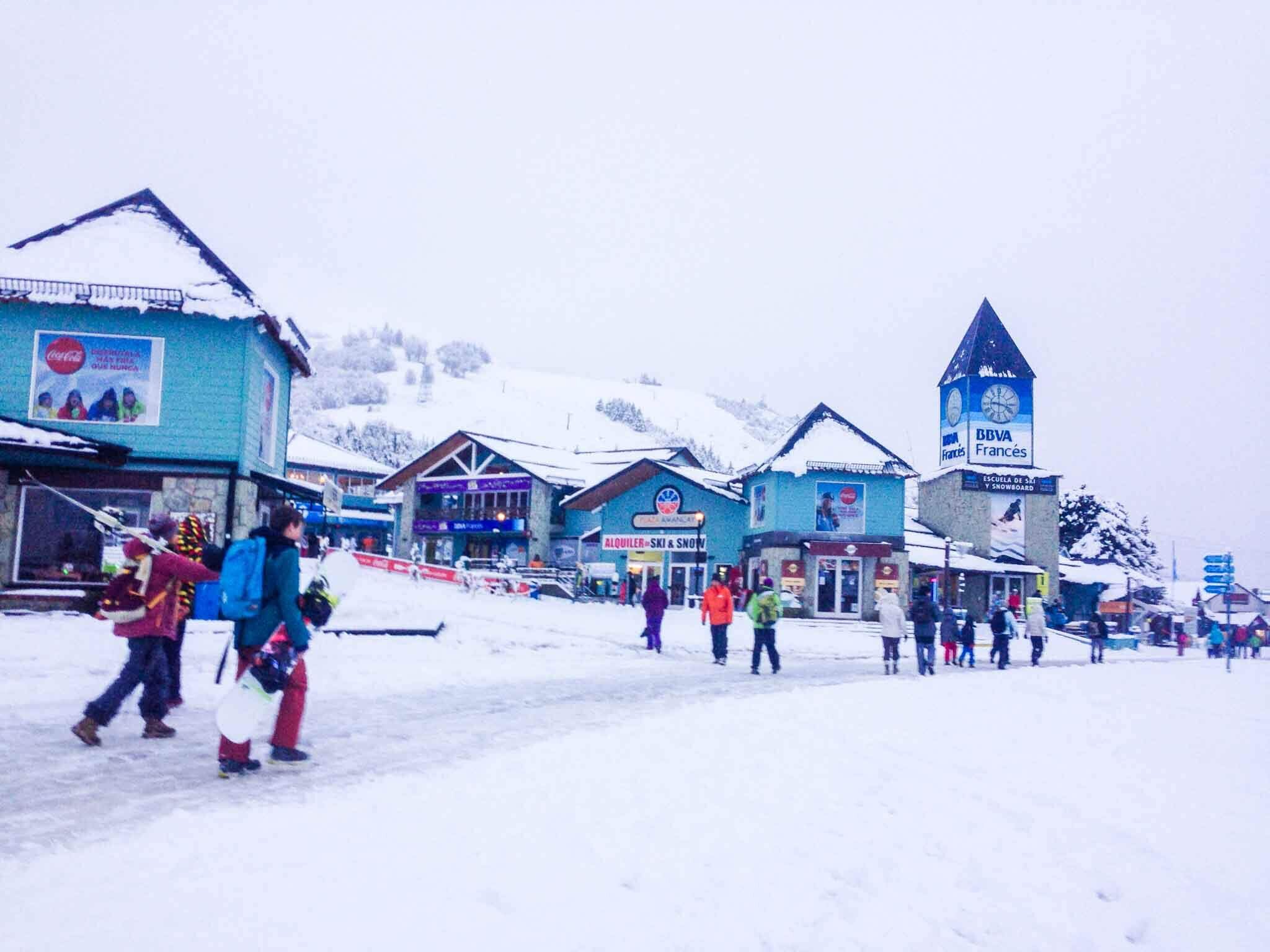
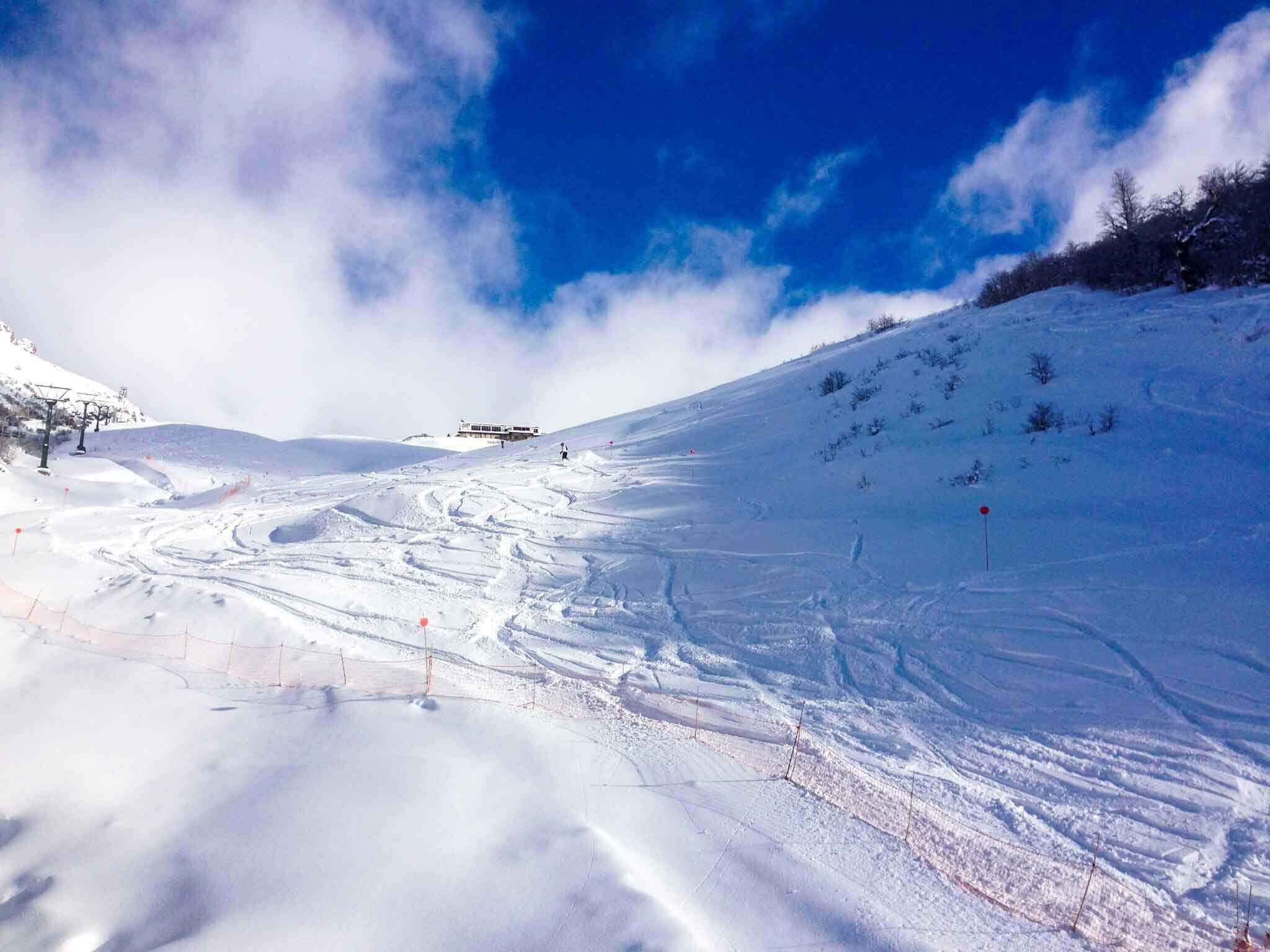
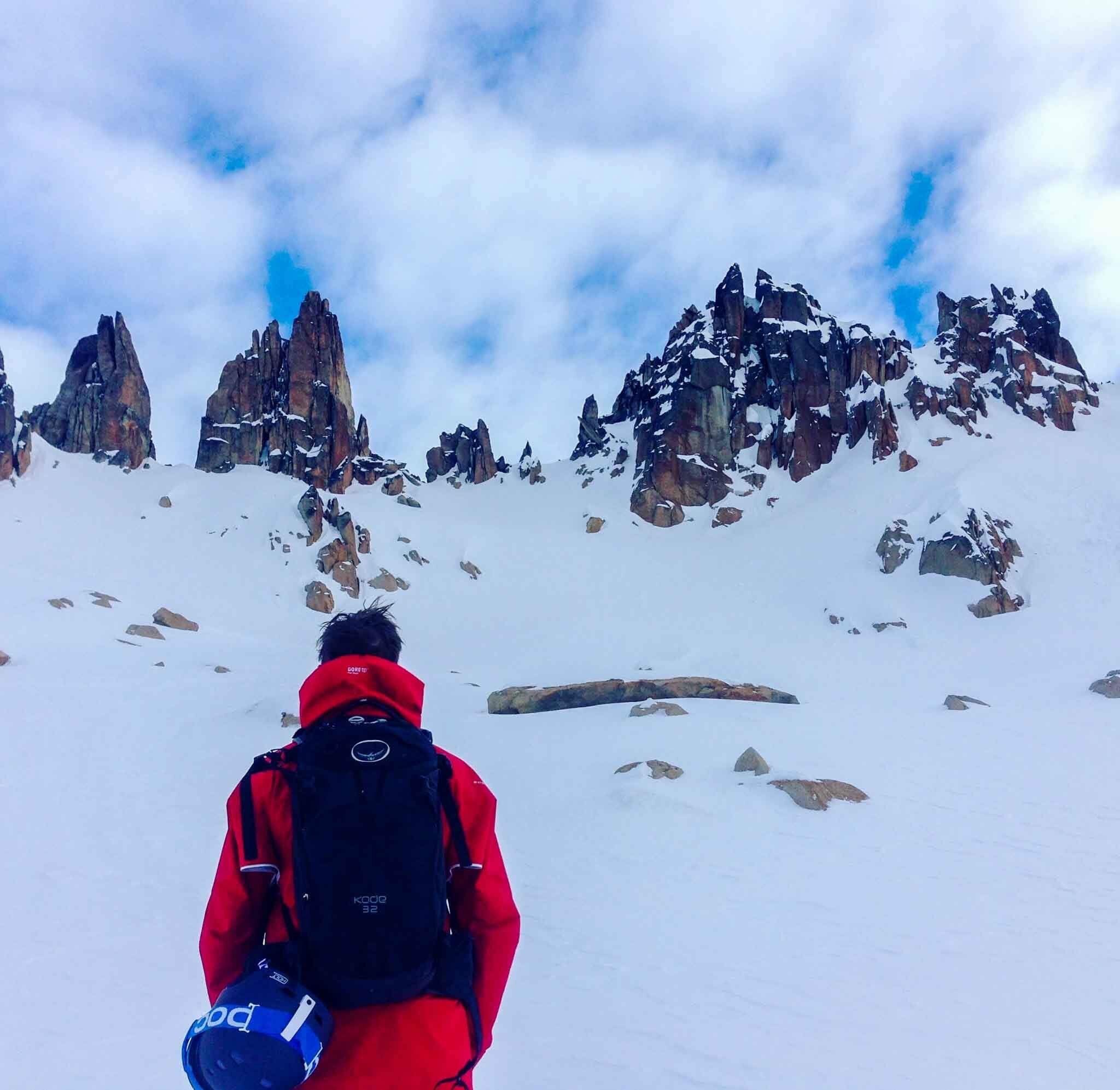
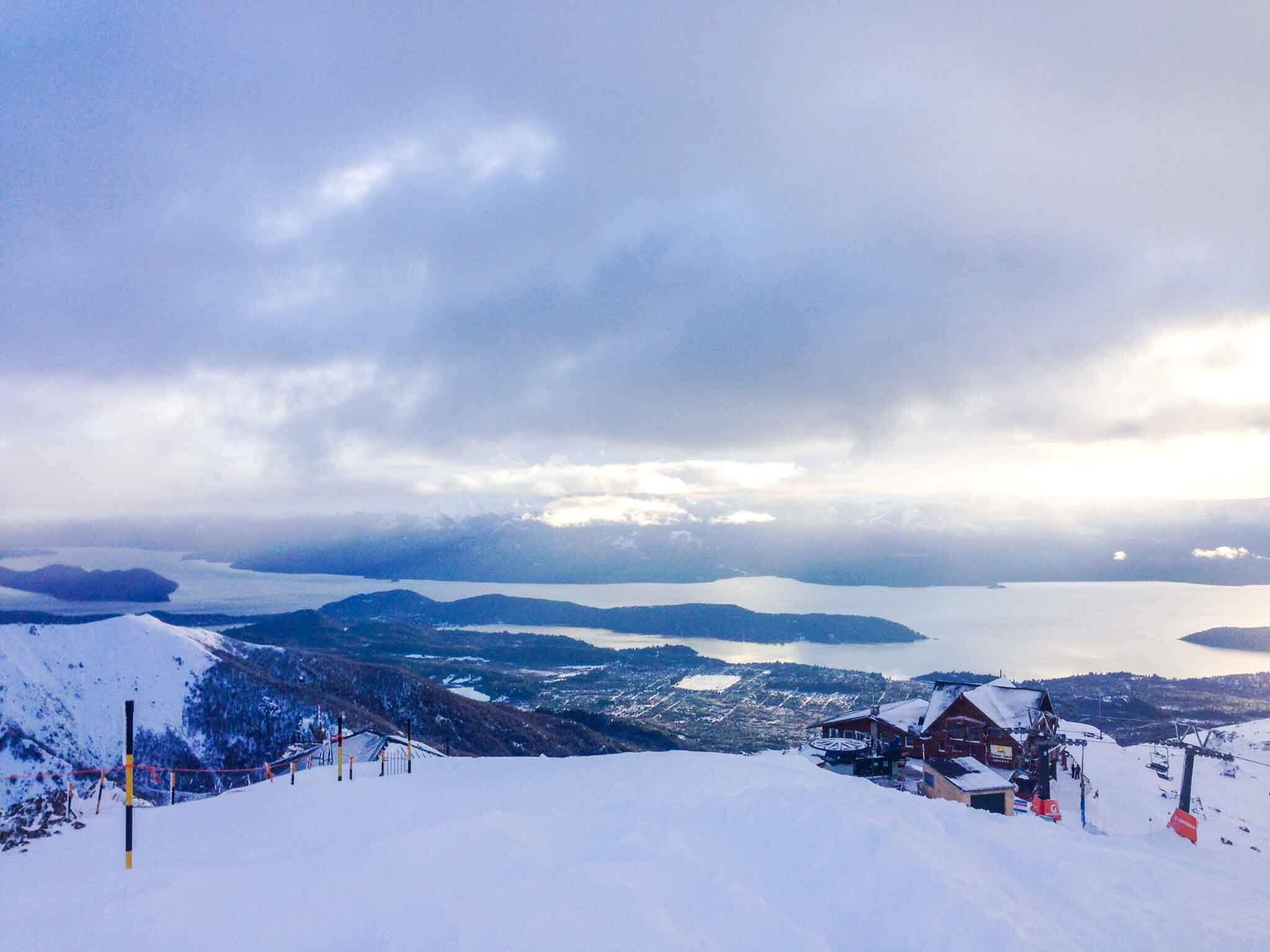
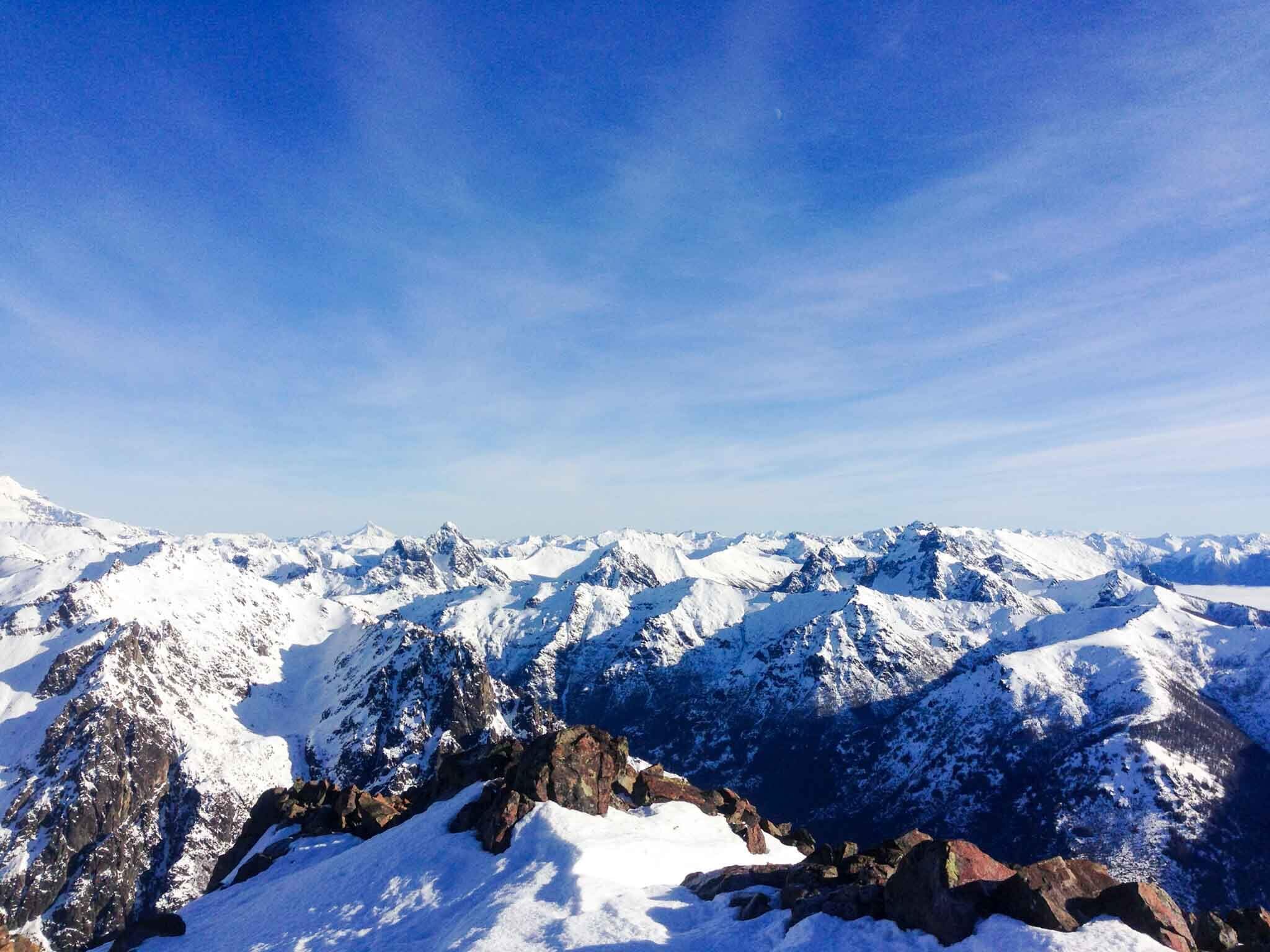
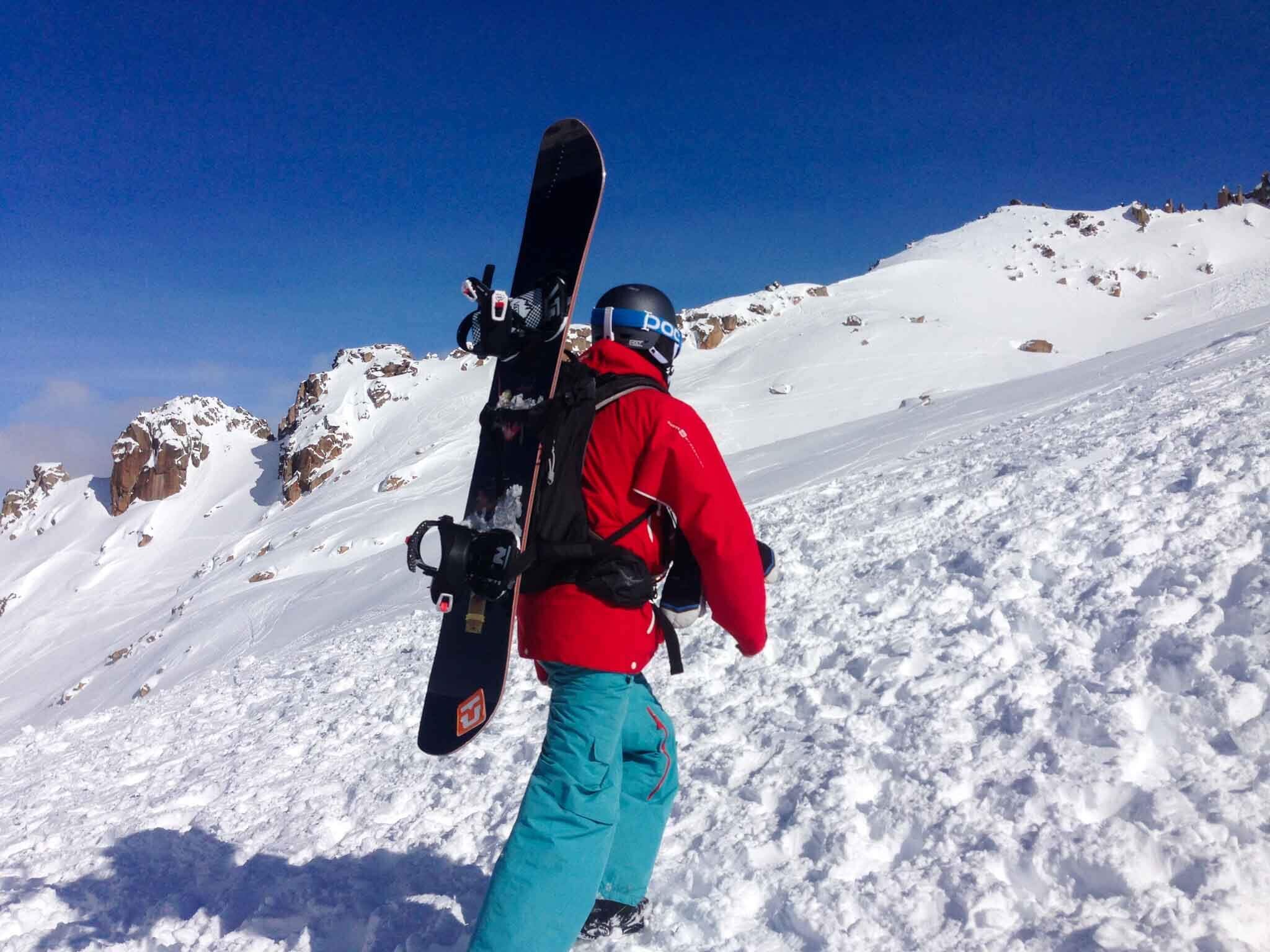
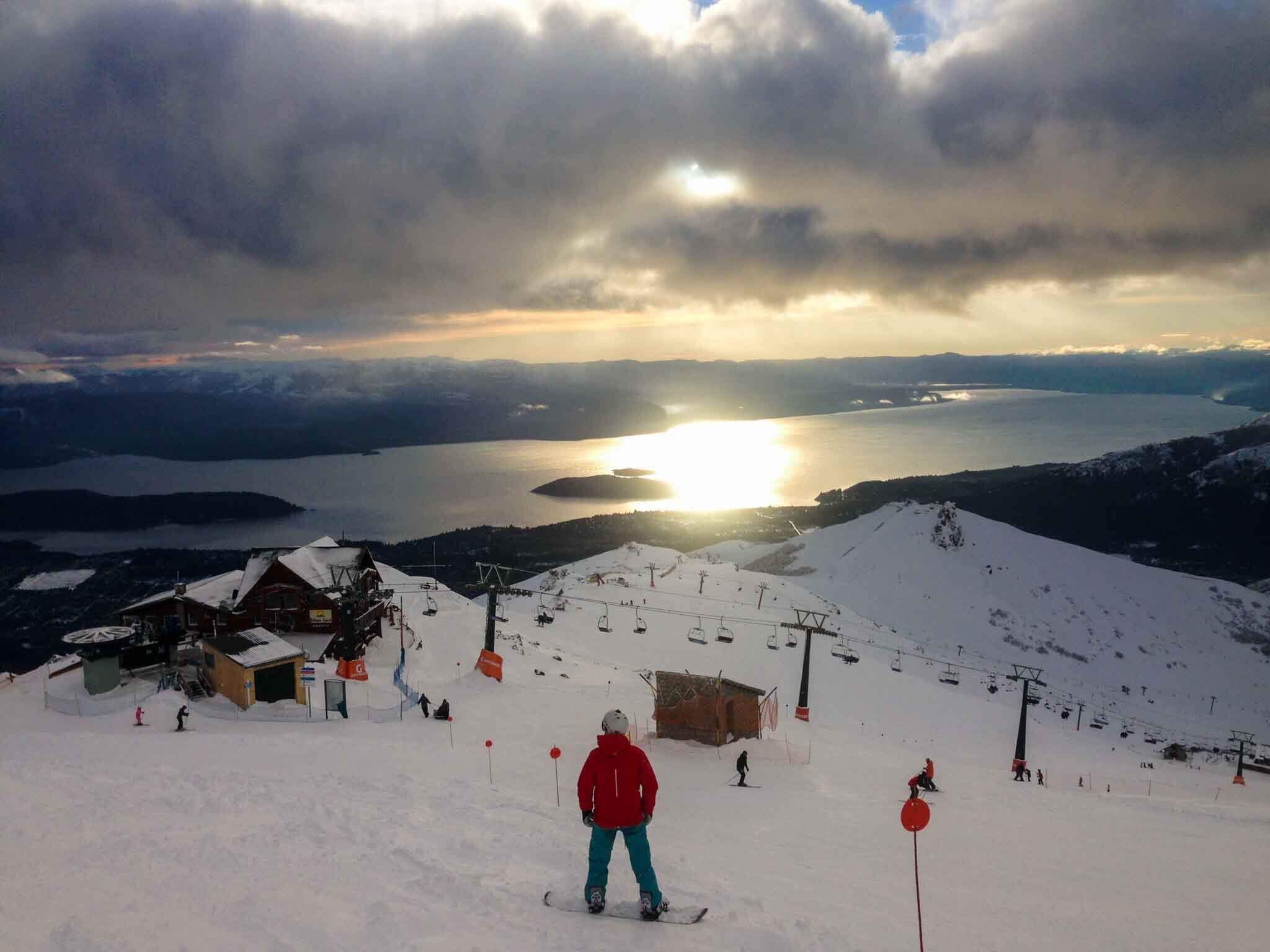
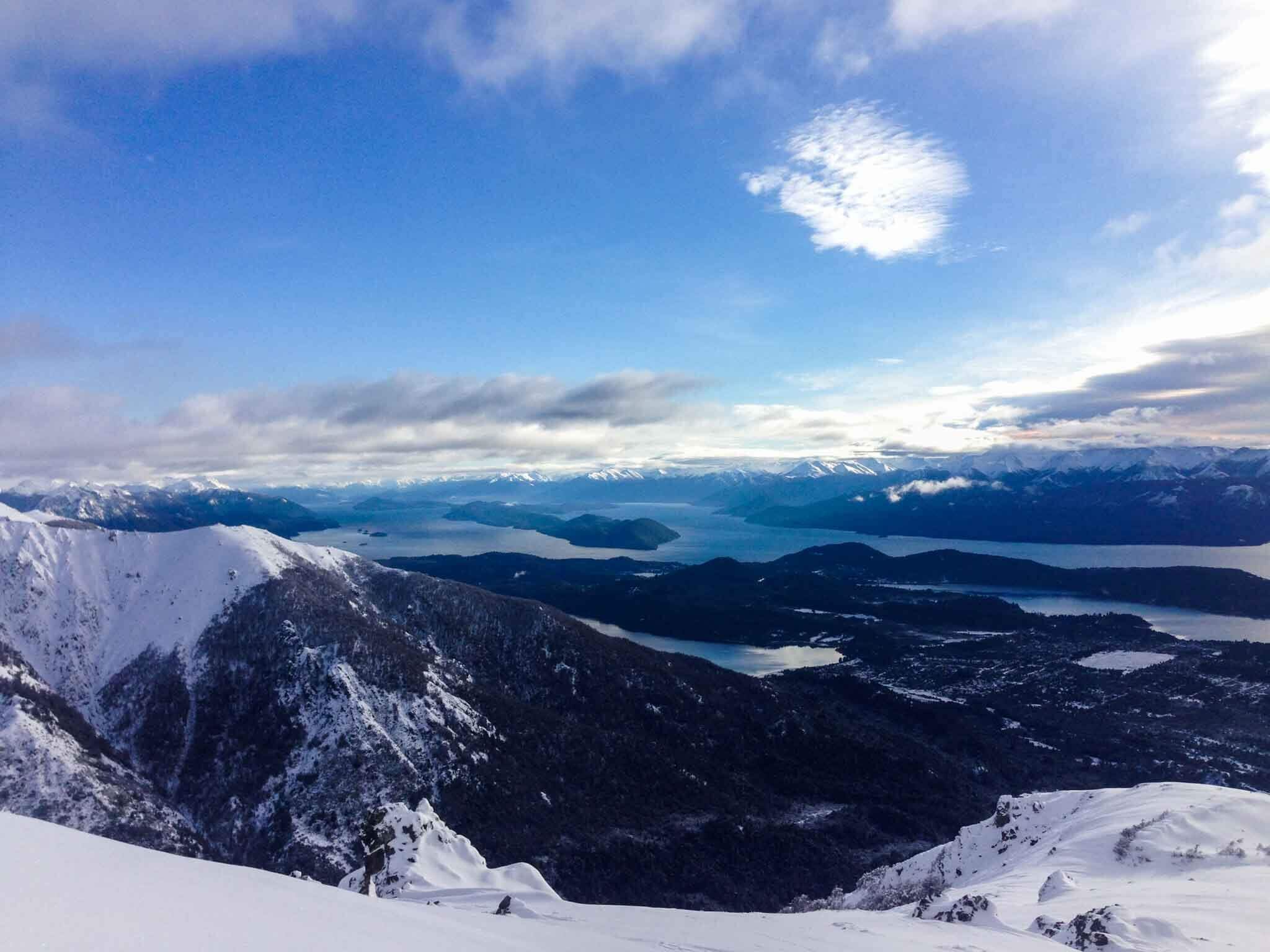
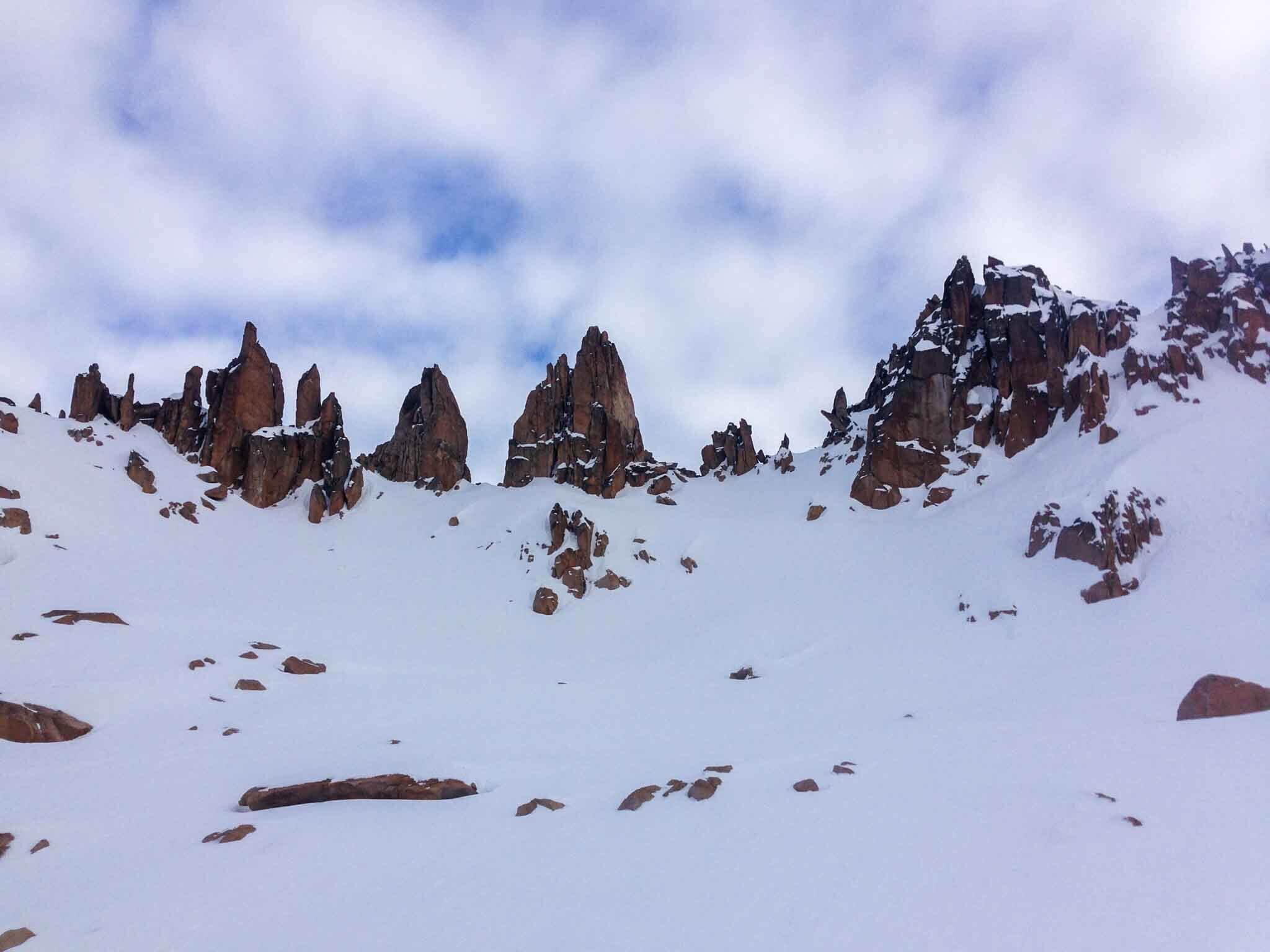
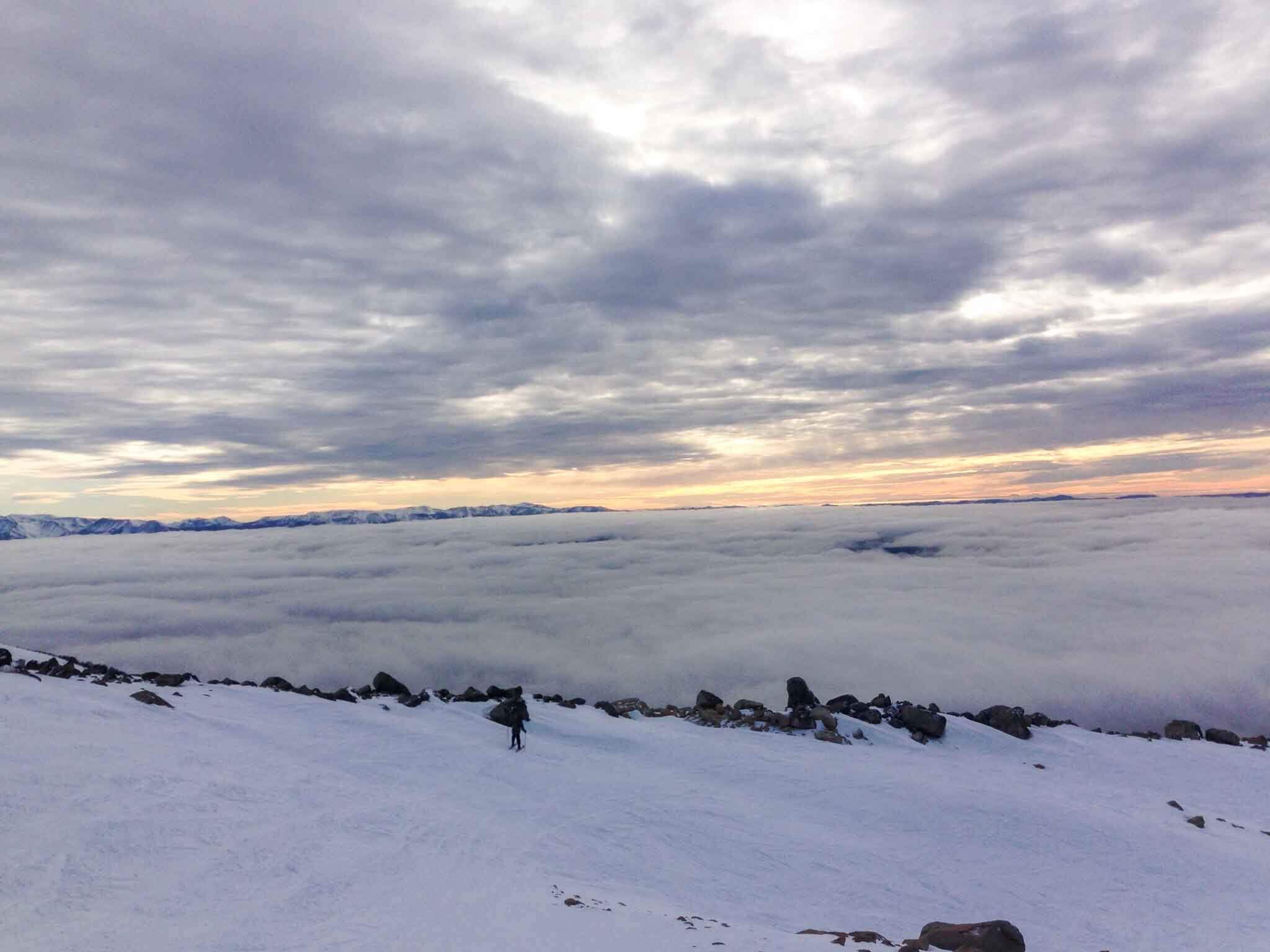
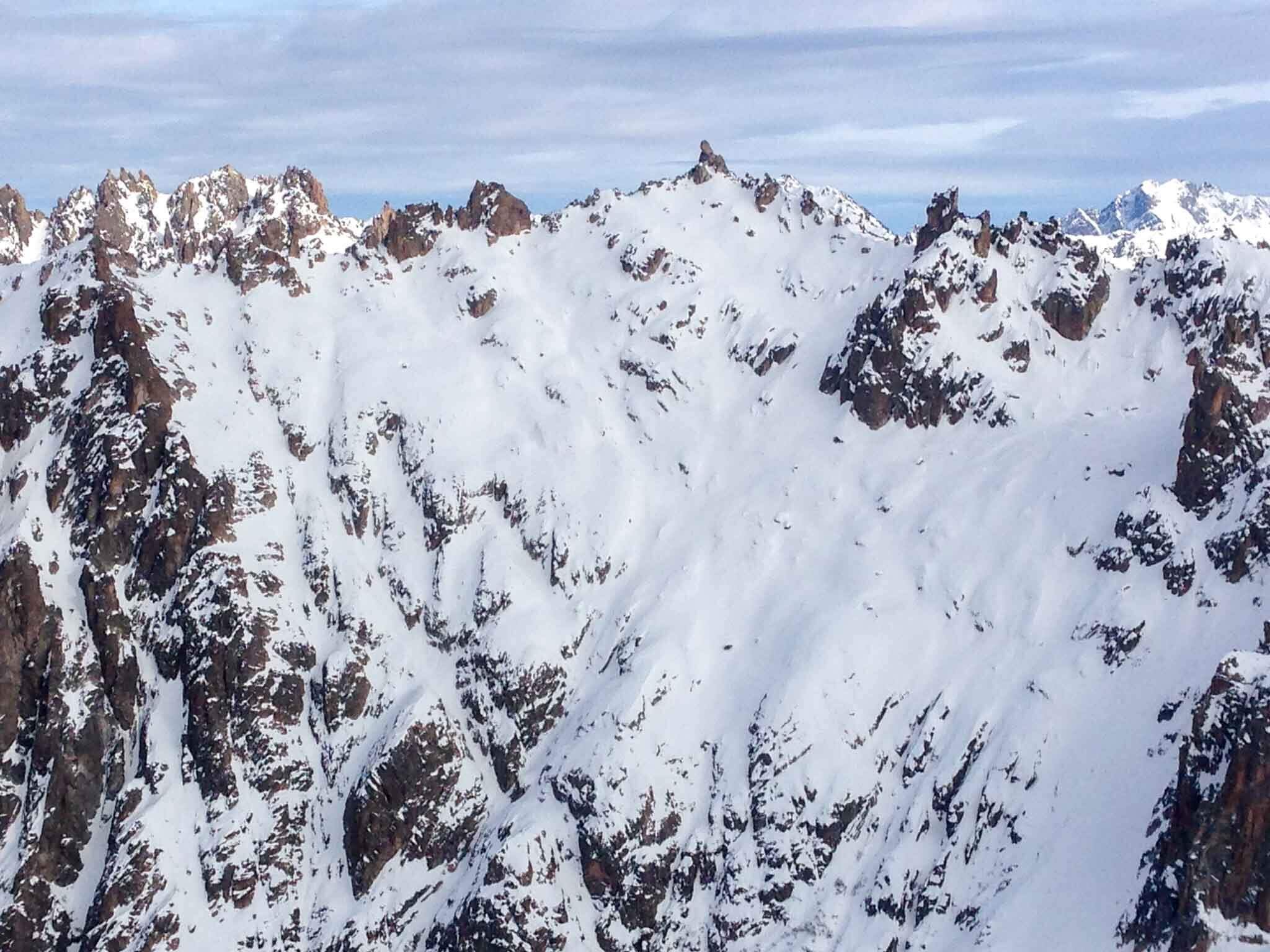
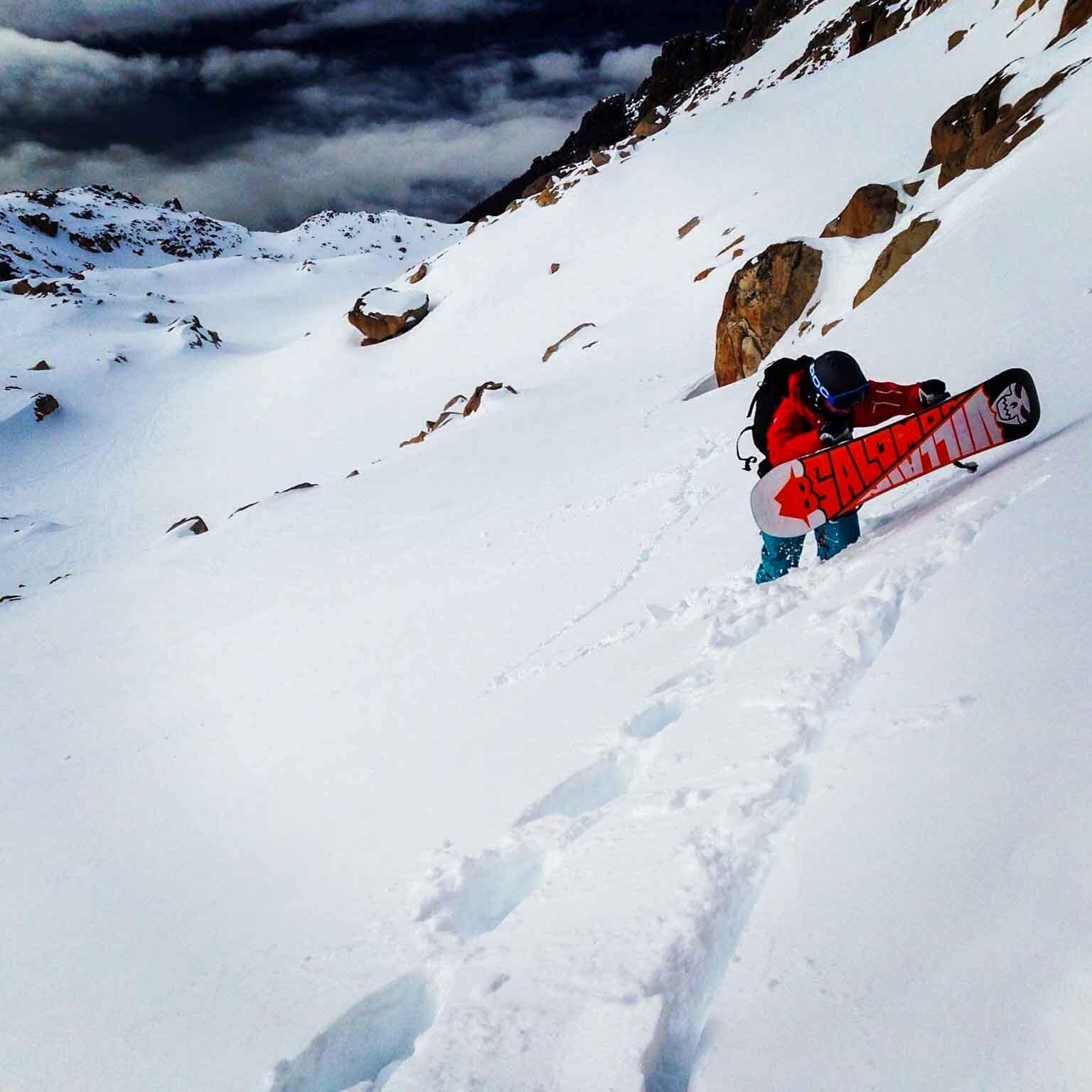
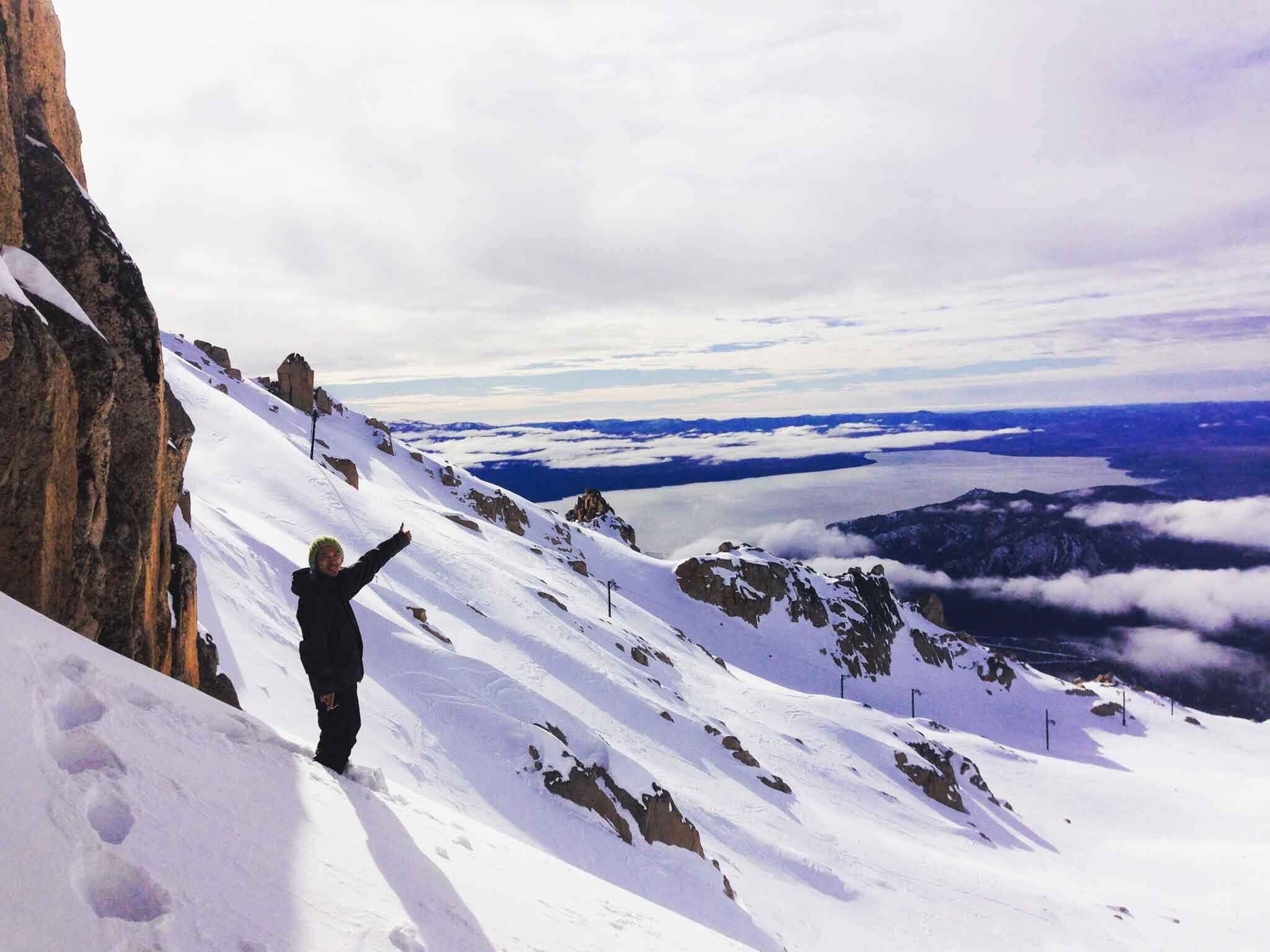
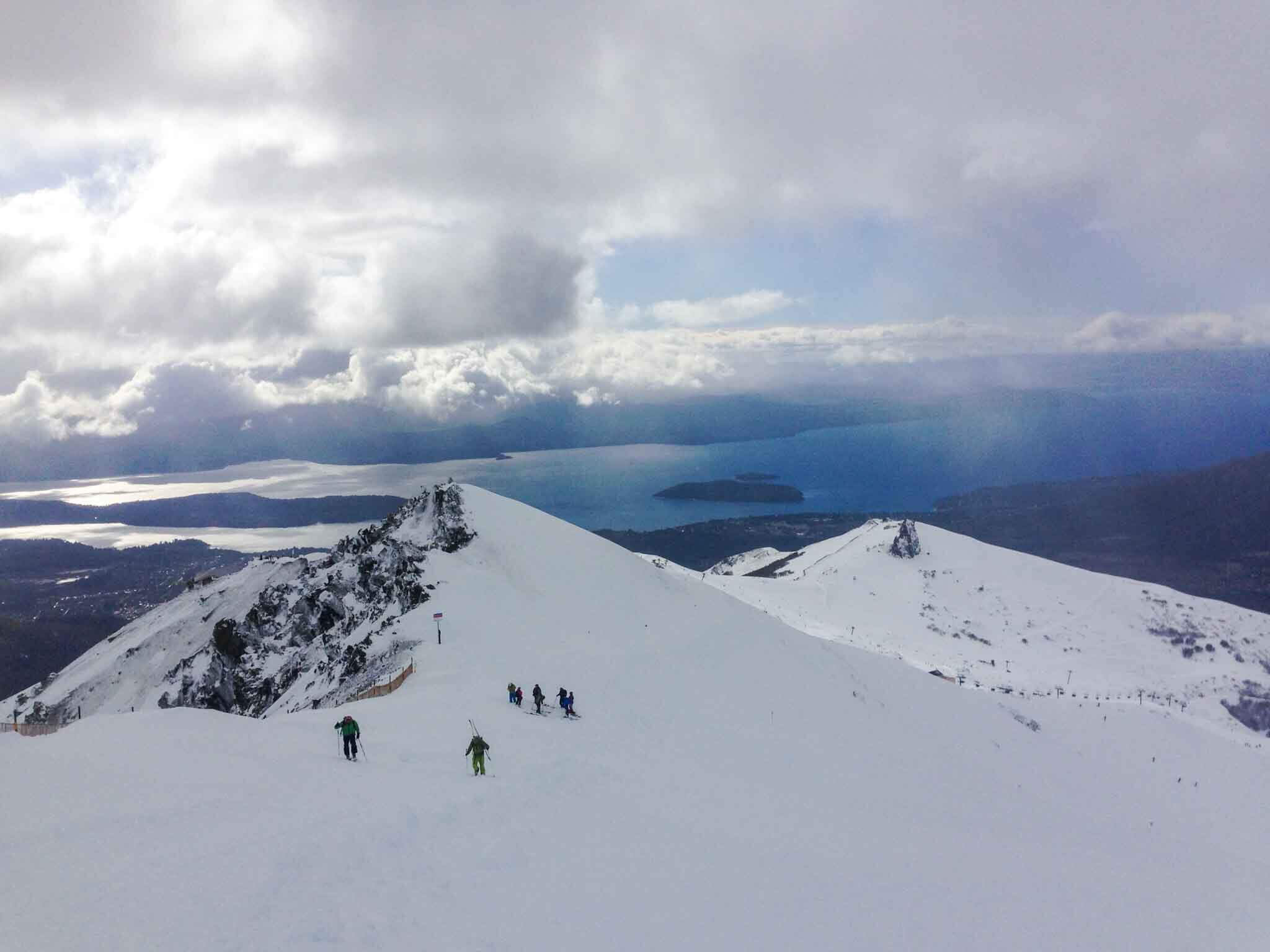
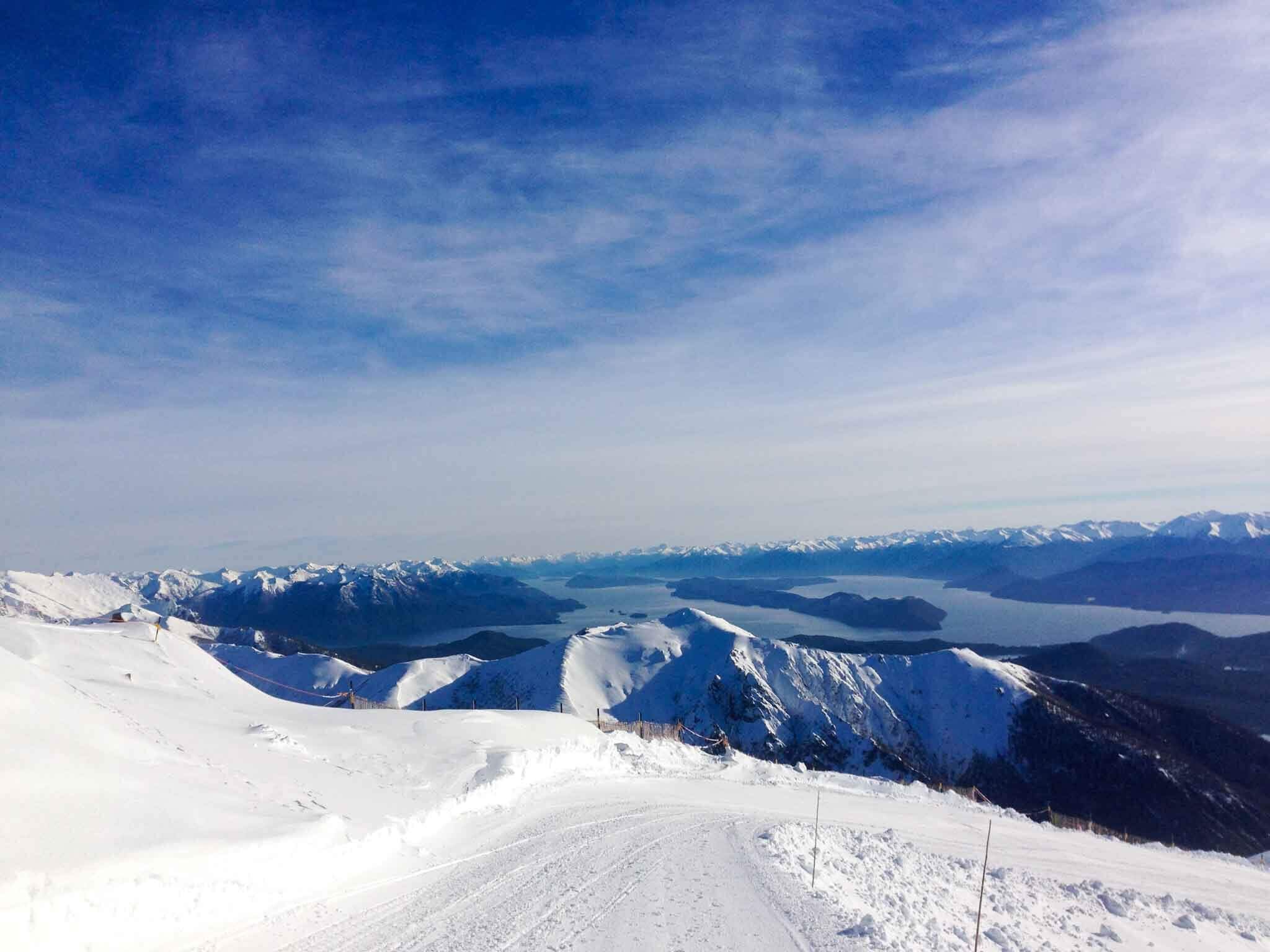
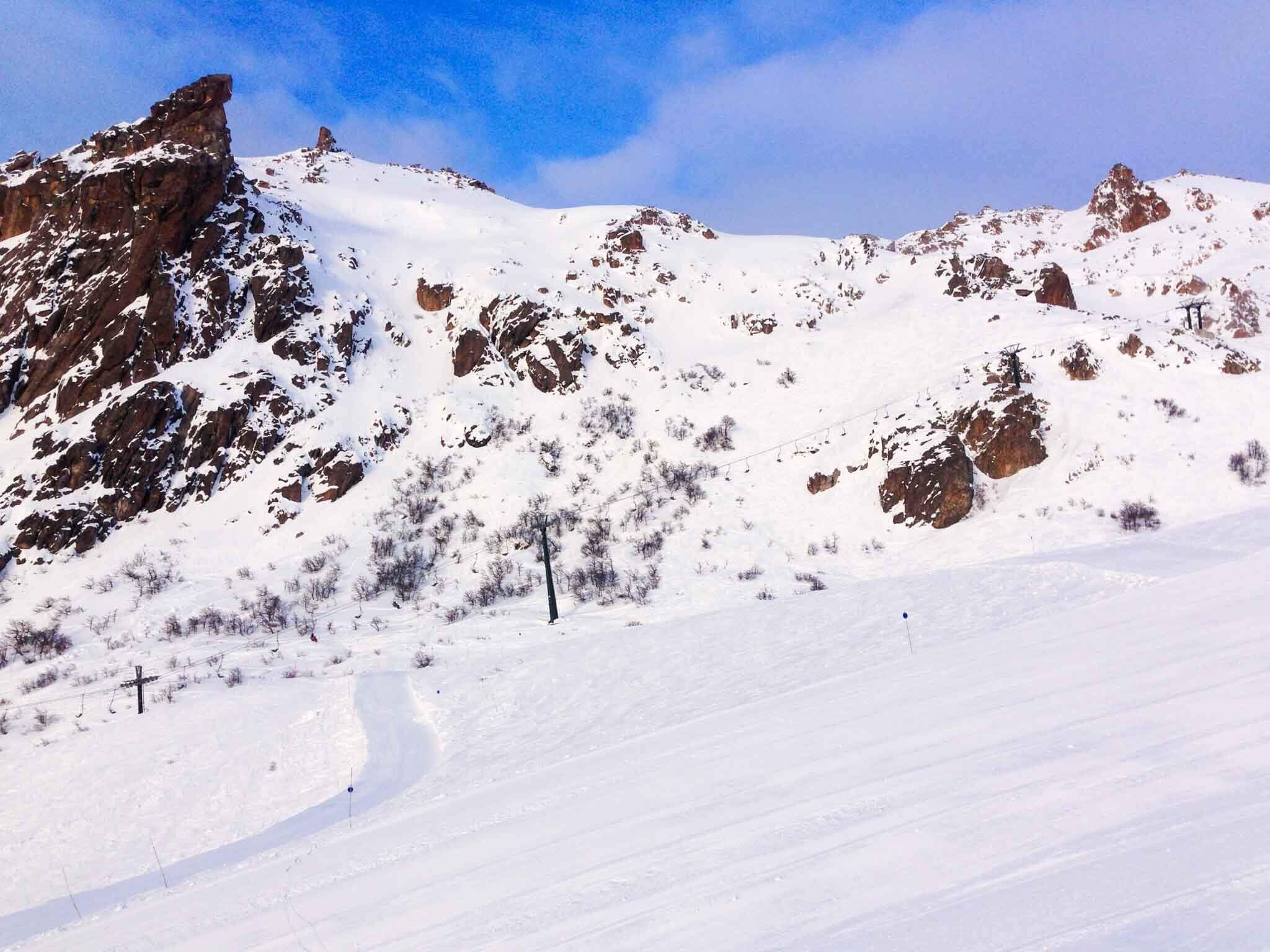
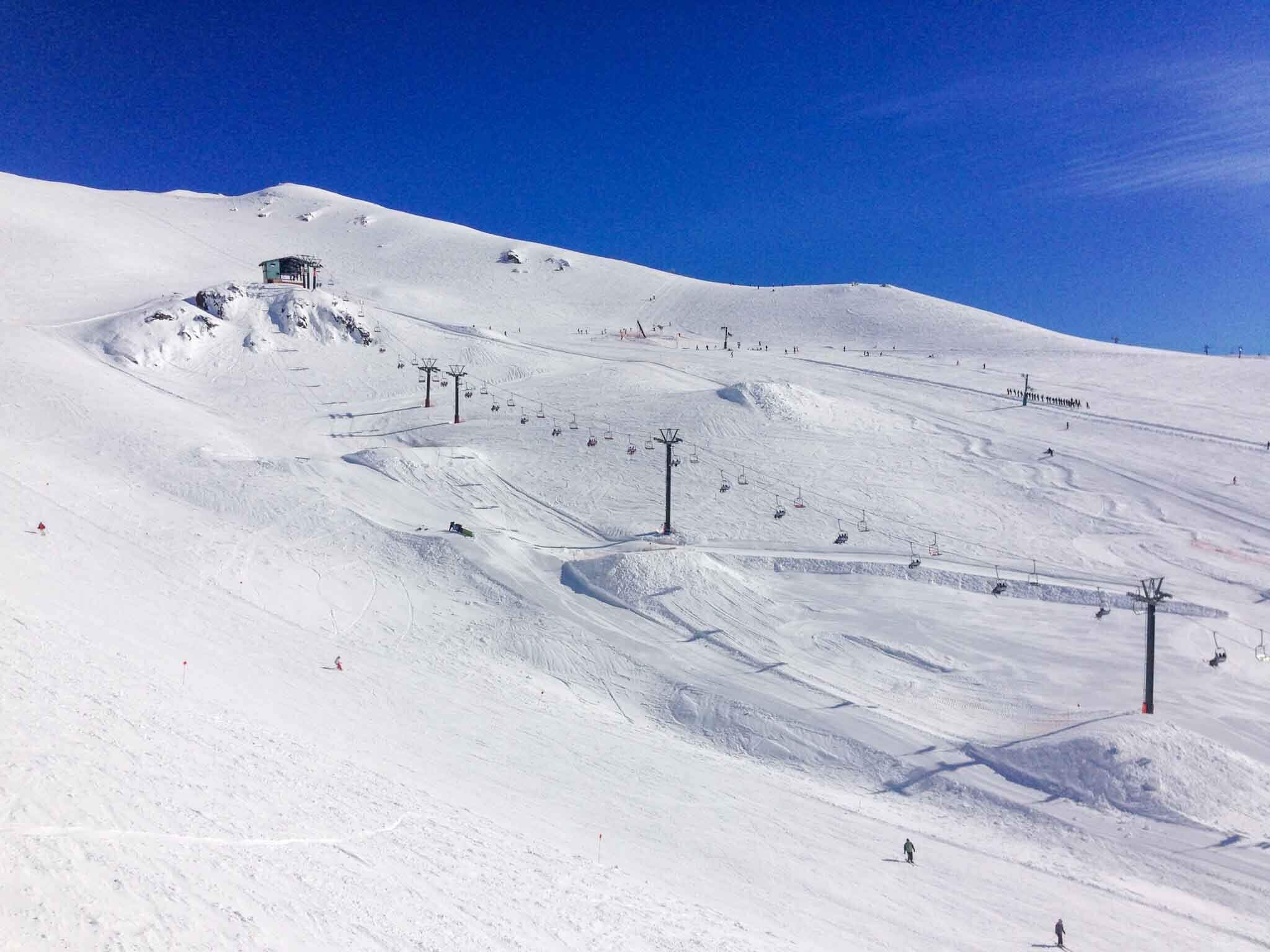
WHAT TO EXPECT WHEN SNOWBOARDING IN ARGENTINA
Snowboarding in Argentina can be amazing and it can be a complete write-off. In Argentina, you really have to be prepared for the worst and make the most of the good days you get. Like in most mountain environments, the weather dictates everything and Argentina can be prone to some pretty serious weather systems. There is nothing quite like the feeling of being sat on a chairlift in 100km winds whilst hoping the resort staff can get the chair running again. With this in mind, Argentina’s resorts can be prone to wind closures that can last days rather than hours.
When conditions are good, Argentina is an incredible place to snowboard. Bluebird days bring with them insane views of Argentina’s rugged landscape and powder days combine epic snow and some jaw-dropping terrain. The majority of my days on snow in Argentina have been positive and it is worth remembering that on the days when things don’t go right.
The resorts are a mixture of modern facilities and some of the slowest chairlifts you could ever experience. Cerro Catedral specifically has a good mixture of high-speed chairs and some older ones that really could do with replacement. With that being said if there is one place I don't mind a slow chairlift ride it’s Argentina, the views are worth it.
Freeride is the main reason to visit Argentina with the Andes Mountain range creating some incredible natural terrain to play in. If freestyle is your thing, then there will be terrain parks to play in but don’t expect the same scale as some New Zealand resorts.
WHY SNOWBOARD IN ARGENTINA
Argentina is a great destination for a summer snowboard trip. Unlike Australia and New Zealand, you will find big mountain terrain within the resort boundaries. This means that not only will you be chasing summer pow laps but you can head into some pretty epic areas to get it. There is hikeable terrain at most Argentinian resorts with Las Leñas and Cerro Catedral having great sidecountry access straight from the chairlift.
Argentinians are great people and will be a highlight of any trip to this awesome country. I found Argentinians to be incredibly welcoming during my travels and even had some volunteers show me their local spots on the hill. I was blown away by the helpful nature of the Argentinians whether it be; hitchhiking to the resort or inviting me for Asado.
Argentina is about so much more than just the on-snow experience. The capital of Buenos Aires is well worth investing a couple of days of your trip to visit. Everything from the historic Plaza De Mayo to watching a football match at La Bombonera should be high on your tourist bucket list. Of course, any trip to Buenos Aires would be incomplete without a steak dinner and a night learning the Tango.
La Laguna @ Cerro Catedral
ARGENTINA SKI SEASON DATES
As summer seasons go Argentina’s is pretty long. Starting in June and running into October. Depending on the season the early and late season conditions can be pretty sketchy with the best time to visit during August. In August you will have your best chance of scoring that Argentinian powder day however it can be crowded during the holiday season. Luckily, my experience is that most tourists to Argentine ski resorts are first-timers and won’t be out stealing your stashes.
POPULAR ARGENTINA POSTS
TRAVEL TO ARGENTINA
Getting to Argentina from London is a long flight, 14 hours into Buenos Aires and you will need to connect to get closer to your chosen resort. Internal flights in Argentina can be expensive but will save you a long bus journey. Argentina’s bus network is pretty impressive and fairly inexpensive. Be sure to choose the ‘cama’ option which is a reclining seat and will offer more comfort.
ARGENTINIAN APRES SKI
Argentinians know how to have fun and this is no different in their ski towns. Most resorts will offer a lively happy hour after the lifts are closed but this is normally just a prelude to what is to come. Argentina is about the community so expect to be invited to eat Asado. If the mood takes you, nightclubs are popular but be prepared to start late with most opening around midnight.
TRAVEL MONEY ARGENTINA
Argentina is famous for a currency that is continually fluctuating. This means getting your money at the right time can make a huge difference in how affordable your trip is. It is well known that in Argentina there are two currency exchange rates, the official rate, and the black market rate. The black market rate will get you around 20-30% more for your money over exchanging your money in banks but this is obviously at your own risk.
ARGENTINA FREQUENTLY ASKED QUESTIONS
IS SNOWBOARDING BETTER IN ARGENTINA OR CHILE?
Argentinian and Chilean ski resorts offer you incredible terrain if you love freeriding. With terrain that will challenge even the most experienced snowboarders, you can really push your boundaries in both countries. Like most places in the world, Argentina and Chile have different scale resorts suited to different styles or levels of snowboarding and you just need to find the resorts that suit your style. There are plenty of reasons to visit both countries for a snowboarding trip.
HOW MUCH IS A SKI PASS IN ARGENTINA?
As with most things in Argentina the actual cost when you consider currency conversion can change drastically. Expect to spend between £40 to £80 per day for a lift pass at the major resorts. It is worth checking out the Flexi pass options if you want some coverage due to poor weather and you can save massively by purchasing multi-day passes.
IS IT SAFE TO TRAVEL AROUND ARGENTINA?
As with all countries is it best to use common sense and proceed with caution in high-risk areas. Our experience is that Argentina is a safe place to travel and we have never had any issues. Listen to local advice and leave potential problem spots before it gets dark. Around the ski resorts, Argentina is incredibly safe and you can feel more relaxed. Buenos Aires is one of the safest cities in South America but it does have its problem spots. In Buenos Aires, areas like La Boca are huge tourist hotspots and prone to crime. We enjoyed visiting La Boca but the advice was always to leave before 5 PM.
DOES ARGENTINA HAVE GOOD SNOW?
Argentina can deliver some epic snow conditions with big mountain powder runs a thing of legend. Typically the ski season has its most reliable conditions through July and August in Argentina so it is best time time your trip between these months.
DOES ARGENTINA HAVE GOOD SKIING?
If you are looking for a summer skiing destination then you can’t go wrong by opting for Argentina. Argentina is home to some mega-resorts like Las Lenas and Cerro Catedral which offer some of the best skiing on the continent. The ski resorts in Argentina are on a bigger scale than those in other summer skiing destinations like Australia.
GET IN TOUCH
As always thanks for reading and know it is your turn to have your say! Let me know in the comment section if you have visited Argentina. What was your favourite activity in Argentina?
PIN IT FOR LATER
IF YOU FIND VALUE IN THIS POST CONSIDER CLICKING THE BUYMEACOFFEE LINK BELOW TO SUPPORT MY CONTENT
Five Best Ski Runs In Hakuba Valley
The Hakuba Valley is an area of Japan renowned for world-class skiing and snowboarding. Blessed with an average of 12m of snow per winter, it is no wonder that people flock from around the globe to experience Japanese powder conditions. In this post I share the five best ski runs in the Hakuba Valley.
With ten resorts included on one pass there is an expanse of terrain to choose from when heading to Hakuba. This means whittling all the options down to a list of the five best runs possible in Hakuba was a hard task. This list is based on my experience of snowboarding in Hakuba in Jan-Feb 2019 and my fondest memories of the trip. The runs I have selected are varied and I will fully explain my reasoning below.
5. TSUGAIKE DBD GATE 3
Tsugaike is nicknamed ‘powder heaven’ and this should tell you all you need to know. Geographically it is close to Hakuba Cortina but it doesn’t draw the same crowds despite receiving similar amounts of snow. This is most likely down to the restriction on tree riding at Tsugaike, requiring you to take a course to enter to the tree areas or DBD. There are four main gates into the Tsugaike DBD area and I enjoyed the lines through Gate 3 the most. Gate 3 provides a longer run than Gate 1 with a steeper incline but the same well spaced trees!
4. HAKUBA 47 TERRAIN PARK
When you think of a Japanese snowboard trip heading to the terrain park is not what comes to mind. Sadly not every day can be a powder day and Hakuba 47 offers another option to keep you entertained during your trip to Hakuba. The terrain park at Hakuba 47 is in my opinion the best in Hakuba. The layout is great with its own (fairly slow) chairlift, making park laps a fairly simple task. Hakuba 47 has Hakuba’s only half pipe at the top of the park which leads down to a choice of lines. Skiers and snowboarders can choose between simple ride-on boxes to large kickers and more advanced rail features.
3. CORTINA CHAIR 5 TREE RUN
Cortina was bound to feature in this list and it does twice, but the run from the number 5 chairlift might be a surprise entry to some. This is where I found some of my best and less contested turns in Cortina. With the crowds that flock to Cortina if you want to make the most of it you need to get away from the crowds. Number 4 chairlift accesses some great terrain but you can expect a 40 minute lift cue on a busy day. With this in mind the trees that are accessible from Number 5 chairlift are a great option. My advice is from the top of the chairlift go left, take a short traverse and then drop in. Most skiers and snowboarders go right of the chair meaning you can find untracked lines well into the afternoon. Whatever chairlift you use at Cortina will lead to widely spaced trees and copious amounts of JAPOW! Taking chairlift number 5 just means you don’t need to share.
2. SANOSAKA LAKE DOWN TRAIL
Sometimes good things come in small packages and Sanosaka is a prime example. Making the list at number two is my favourite non-powder day run in Hakuba, Lake Down Trail. It blows my mind how quiet this resort is and you can have the groomers to yourself all day. Lake down trail is a wide blue run offering great views of Lake Aoki. Stood at the top you have the option to take the groomed piste or go to skiers right where there is a pump track… as the run mellows out towards the chairlift, you will also find some small park features. This means in one run you can; take in a great view, carve a groomer, build up speed on the pump track, hit a jump, slide a rail and then head up for some more…. oh did I mention dogs are allowed? So be sure to keep an eye out for a furry friend.
1. CORTINA TO NORIKURA BACKCOUNTRY RUN
Hakuba Cortina not only has no restrictions on where you can tree ride but it is also linked to neighbouring resort Norikura Onsen Ski Resort. From the top of number 4 chairlift at Cortina, you can access a backcountry run that takes you between the two resorts and this was a highlight of my days at Cortina. As soon as you drop in you are met with perfectly spaced trees and a steep incline that make face shots a regular occurrence. The amount of snow combined with the terrain makes this a run I have not found elsewhere on my snowboard travels. You will want to gradually ride towards skiers left as this will take you towards Norikura resort where you will be able to head back up and do it all again.
Have you visited Hakuba? Do you have a favourite run? Let me know in the comments.
RELATED POSTS
Smith IO Mag Ski Goggle Review
The opinions expressed in this review are my own and I am not paid by the brand. If this review helps you decide that the Smith IO Mag is the goggle for you, please consider buying me a coffee here.
For a number of seasons, I have ridden with people who rave about Smith Optics. The people I know and trust have always had positive experiences and this was enough for me to jump on the bandwagon. WELL … the positivity and the chance to try Chromapop lenses. Prior to writing this review, I have ridden with the Smith IO Mag goggles in a variety of conditions in; Japan, China, France, Italy, the USA, and New Zealand. I have experienced everything from extreme whiteouts and rain through to beautiful bluebird days while wearing these goggles. I rode these goggles with the Giro Combyn Helmet which has been a great fit.
SMITH IO MAG OVERVIEW
The Smith Optics IO Mag is a high-end goggle that comes into the Smith range to replace the IO7. Priced at £220 they are at the upper end of the goggle market in terms of price, but they do come with two Chromapop lenses. The IO Mag was introduced to make lens changes easier and utilizes a magnetic system but with the added security of a latch on either side of the goggles. The lens is spherical and the frameless design offers a great field of vision, although noticeably not as wide as on major competitor the Anon M4.
SMITH IO MAG FIRST IMPRESSIONS
Out of the box, the Smith IO Mags make a good impression. I ordered the Austin Smith Collab model that comes with a North Face goggle case that is really handy. It is great that the Smith IO Mags all come with two lenses (normally a sunny and storm lens). This makes the IO great value for money. The IO Mag is medium size but there is a larger version the XL if you prefer larger goggles. When purchasing I was worried that the clip on the rear of the goggle would be uncomfortable but this is far from the case.
HOW GOOD ARE THE SMITH IO MAG GOGGLES?
The Smith IO Mag goggle is a top performer. I have owned and tried a lot of goggles in the past and these are certainly amongst the best. I will try to break down my thoughts in the categories below.
Smith IO Mag Field of Vision
The frameless goggle gives the IO Mag a wide field of view that is not normally found with medium-fit goggles. The spherical design provides a peripheral vision that is not distorted at the edges of the lens as found with cylindrical lenses. You will be able to see the foam and nose bridge when looking towards your feet so if the field of view is your primary concern then look at the IO Mag XL.
IO Mag Lenses
Smith has been at the forefront of lens technology for a few years now. The spherical shape matches the curvature of your eye meaning there is less distortion, especially towards the periphery of the lens. It’s hard to beat Chromapop and the IO Mag comes with two Chromapop lenses. Chromapop lenses are Smith contrast lenses that filter blue light to increase clarity and definition on snow. Added to this Smith has a patented Porex filter on each lens that prevents fogging during elevation changes.
How Easy Is The Lens Change
This is my only real bugbear with the Smith IO Mag. As a goggle that is advertised with a magnetic lens change system, you would expect a really simple transition. Sadly Smith has added two latches on either side of the lens which just makes the process more fiddly than it has to be. Ok, it’s still easy but it’s not as easy as it could be. I understand the reason for the catches is to make the lenses more secure but Anon achieve this without the catch.
Smith IO Mag Fogging
The simple answer to this one.. no. I’ve been really impressed with how the Smith IO Mag has not fogged at all. The patented Porex filter works a treat and allows for fast changes in elevation. The goggle is well ventilated and has not fogged up on me whilst hiking.
Comfort
The Smith IO Mag is one of the more comfortable goggles I have worn. I would suggest that they might not be a good option if you have a larger face as you might find the frame fits tightly around the bridge of your nose. The comfort offered by the face foam is excellent and I have not found it to be irritable, even with prolonged use. The strap has a clip at the back that I thought would not work well under a helmet but it can’t be felt.
Smith IO Mag Durability
I own the Smith IO Mag and had to use my own money to buy them so I have looked after them well. That being said they have taken many a fall or been dropped on the floor accidentally but the lenses have held up really well. I have stored the lenses in the top of my backpack whilst riding and are scratch-free. The rest of the goggle is in great condition with no visible wear and tear to the face foam, frame, or straps.
Smith IO Mag Style
The IO Mag goggles from Smith Optics comes in a range of straps so you can personalise it to your taste. If you are a fan of the frameless look you will love these goggles. Personally, I like a larger frame so would like to try the Mag XL but for most people, the IO Mag would be a good size. Smith also offers a range of lens options so there is further functional personalisation available there.
What I Love About The Smith IO Mag…
The fit is incredibly comfortable on the IO Mag
Chromapop lenses are some of the best on the market
The clip on the goggle strap makes them really easy to take on and off.
What I Dislike About The Smith IO Mag…
I think the IO Mag missed the point of magnetic lens change. The lens change system is more complicated than it needs to be.
FINAL THOUGHTS ON THE SMITH IO MAG
I would definitely recommend the Smith IO Mag as the only negative I could find was the addition of two latches on the lens change. The lenses are quality and the goggle super comfy, I think most people would be really happy with this purchase.
BUY SMITH IO MAG
The Complete Grand Massif Snowboard Guide
A combined five-resort ski area with reliable snow and affordability not found in other parts of France, the Grand Massif is a trip everyone should consider. From the super resort of Flaine with its art deco buildings and sculptures on the slopes to the quaint village feel of Samoëns, you can find something for everyone in Le Grand Massif. The Grand Massif combines the five resorts of Flaine, Les Carroz, Samoëns, Morillon and Sixt-Fer-A-Cheval to provide access to 265kms of slopes with a good snow record.
View before dropping into the Tete de Saix
GRAND MASSIF FIRST IMPRESSIONS
Arriving in the Grand Massif has always been hassle-free on each of my trips there. Access via transfer from Geneva airport is seamless and the transfer times to the villages are not excessive. My first trip to the Grand Massif saw me stay in Samoëns where access to the ski area is via Grand Massif Express or Vercland gondolas. Facilities and lift infrastructure throughout the Grand Massif is brilliant.
GRAND MASSIF SKI AREA
The Grand Massif Ski Area is home to five unique French Ski Resorts. Combined they account for 265km spread across 152 pistes which makes remarkable value when a season pass can be purchased for under €600 (Early Bird Pricing). The ski area of the Grand Massif doesn’t stand out as groundbreaking in that it is not the steepest or the largest however, it is well-equipped to deliver an exceptional package to its guests.
The Grand Massif can be considered one of the best combined French ski areas to visit with its extensive piste map with connecting trails offering something for the whole family. Half of the terrain in the Grand Massif is marked as green or blue pistes which means it can be great for those learning to ski or intermediates looking to explore a larger area.
The fact that the Grand Massif caters well to beginners shouldn’t put off the more able skier or snowboarder with the variation of terrain across the resorts offering substantial challenges. There are several interesting black trails and some easily accessible off-piste including Agate which is accessible from Flaine’s highest point, Tete Des Lindars (2561m).
Each resort making up the Grand Massif offers something different, so it is well worth investing in a full area pass. This is especially true given that it is not a big deal to ski from one end of the piste map to the other, which can be the case in the larger Portes Du Soleil and Three Valleys ski areas.
You can travel between the resorts of Flaine, Les Carroz, Morillon, Samoëns and Sixt using chairlifts or free shuttle buses. On piste- the links between the resorts are also well-established with plenty of options to ride between the resorts. I enjoy the Grand Massif for not being restricted to one ski area for a day. In contrast to the 3 Valleys where you may opt to ski in Val Thorens for a day and then Meribel on another, the Grand Massif is big enough to make it interesting but small enough that skiing multiple resorts in a day is not just possible but advisable.
FLAINE
Flaine represents the highest point in the Grand Massif at 2500m, ensuring a consistent snow record throughout the season. A year-round resort, Flaine comes alive in the winter and is the most well-known resort in the area.
Flaines Village as seen from a Mountain Restaurant
The pistes in Flaine are well-maintained and were designed by Emile Allais, a former French Ski Champion. The beginner’s area at Flaine is perfect for establishing those first turns. However, I would still opt for lessons in nearby Samoëns, which provides a great space for learning including a children’s park.
Intermediate skiers and snowboarders will enjoy Flaine’s expanse of terrain and easy access to the nearby resorts. There is some interesting tree riding to be found and those looking for a challenge should head towards Gers Bowl, especially when there is fresh snow.
Flaine is serviced by fast lifts and a combination of chairs and gondolas can be found. A ride on the Flaine bucket lift is a unique experience. Perhaps for beginners, the best thing about Flaine’s lift system is free access to the moving carpets, ensuring an option to self-learn.
READ THE FULL FLAINE SKI RESORT GUIDE HERE
LES CARROZ
Les Carroz sits in the heart of the Grand Massif and is an ideal location to explore the rest of the resorts. With easy access to Flaine, Samoëns and Morillon it is easy to see why so many people choose Les Carroz as their base.
Les Carroz ski resort is relatively small with 37km of local pistes however this stat doesn’t do it justice. There is plenty of fun to be found away from the piste, through the trees and in the off-piste near Corbalanche and the Tete de Saix. As a small resort, Les Carroz benefits from being part of the wider Grand Massif ski area but equally stands alone as a resort that offers a good all-round package. Les Carroz boasts a pretty awesome terrain park and boarder cross track, as well as a couple of challenging black pistes.
READ THE FULL LES CARROZ SKI RESORT GUIDE HERE
SAMOËNS
If you are looking for a slightly different ski holiday base, then Samoëns certainly offers you an alternative to purpose-built on-mountain accommodations. The beautiful village at the base of the Grand Massif Express gondola has a quaint town centre which hosts nice restaurants, ample shopping and entertainment for the children. The village of Samoëns is amongst my favourite bases for any ski holiday.
The resort itself is found above the village and is accessed via either the Grand Massif Express or Vercland gondolas. Samoëns ski resort is possibly the most versatile ski area in the Grand Massif. Ranging from one of the largest beginner areas in the French Alps to challenging off-piste skiing and snowboarding. Beginners will find everything they need in Samoëns with a steady progression of runs serviced by magic carpets and chairlifts, although this area can become a bottleneck for crowds in peak weeks.
Intermediates will love the Coulouvrier chairlift, a high-speed chair currently the longest in Europe at 2.9km, which accesses blue and red runs that pass through a natural bowl. Additionally, the run down to the old Vercland bubble gives ample opportunity for stretching those legs.
Advanced skiers and snowboarders will want to make a b-line for the Chariande Express chairlift before the crowds and move away from the resort base. From here they will have the option to drop into an unpisted bowl or head over to the Tête de Saix.
READ THE FULL SAMOËNS SKI RESORT GUIDE HERE
MORILLON
With one of the lowest altitudes out of the Grand Massif resorts at 1100m you could be forgiven for ignoring Morillon, this would be a mistake. The local area has 45km of trails which are home to some of the best cruisey pistes in the entire Grand Massif.
Beginners and intermediates will enjoy the wide pistes in Morillon with the 7km Marvel Slope a particular highlight. Winding its way through the trees Marvel Slope is a great place to spark that excitement in young skiers. In Morillon, you can ride down to the village which is a fantastic way to end your day on snow.
Unfortunately, the lower terrain in Morillon is rarely in action these days with the lower reaches of Morillon struggling with little snow below 1100m. Luckily the 650m of vertical drop between the top of Sairon chair and the gondolas mid-station. offers some fantastic terrain.
I have spent multiple weeks based in the village of Morillon and am fond of it. Morillon is a quieter base for your Grand Massif ski holiday, but with easy access to Les Carroz and Samoëns in addition to the local area, Morillon can be a great budget base for your Grand Massif trip.
READ THE FULL MORILLON SKI RESORT GUIDE HERE
SIXT
Sixt is a ski resort set amongst a nature reserve that is unspoilt by the modern world and mega-resorts that sit around it. The finishing point for the incredible 14km Cascades piste that starts with views of Mont Blanc before ending in this beautiful French village. Sixt is a resort of culture and heritage. You head to Sixt to step away from the crowds and take in the surroundings. At only 765m snow can be sketchy towards the end of the season however the Rouget waterfalls will be a draw.
Sadly skiing and snowboarding in Sixt fer a Cheval is becoming a thing of the past. Last winter (23/24) I don’t recall the ski area in Sixt being open at all and the Cascades trail from Flaine was also noticeably absent. If you are staying in Sixt don’t fret as you have free shuttle buses linking the village to Samoëns and Morillon where you can access the Grand Massif ski area.
SEASON DATES
The season in the Grand Massif runs between December and April. Although all resorts will have good snow throughout the season Flaine will have the best conditions in early and late season. Sixt can suffer from poor snow towards the end of the season, due to its altitude at 750m, but this makes it an affordable base with free buses connecting you to other resorts.
GRAND MASSIF PISTE MAP
Grand Massif Piste Map
TRAVEL AROUND THE GRAND MASSIF
With 265kms of terrain it can be easy to feel overwhelmed with the decisions of where to ski each day. However, with the Grand Massif being so well connected, it is fairly easy to ski across all of the resorts in one ski day. Travelling between the ski resorts of Flaine, Morillon, Les Carroz, Samoëns and Sixt Fer a Cheval is possible via the connecting lifts or in some cases free shuttle buses.
GRAND MASSIF CHAIRLIFTS
The main way to move between the resorts of the Grand Massif is to use the linked chair lifts. The links are fast chairs and allow for large amounts of people to move between the resorts fairly easily. Just be sure to keep an eye on the times that each link will close so as not to get stuck in the wrong resort. Sometimes the linked chairlifts close due to high wind, this was rare during my visits but was communicated brilliantly by staff at each chair.
The Tete de Saix is the main crossroads of the Grand Massif with the following lifts all meeting on or close to the Tete de Saix; Coulouvrier (Morillon), Chariande Express (Samoëns), Tete de Saix (Les Carroz) and Corbalance (Les Carroz). From here it is easy to ski directly into the aforementioned resorts or head to the Vernant chair which accesses Flaine.
GRAND MASSIF BUS ROUTES
Included with your Grand Massif lift pass is free access to the inter-resort shuttle buses. The routes are colour-coded so it’s fairly simple to navigate. Although there is a timetable for the buses, they are not always regular so be sure to plan.
Sixt, Morillon and Samoëns are linked by bus with a few different routes heading to the varying lift stations. If you are based in Sixt and do not have access to a car it is likely you will need to rely on the bus service to move between the resorts. Skiing between Samoëns and Morillon is simple but the buses are there as another option if needed.
Flaine has local buses that run around its village dropping skiers and snowboarders back to their accommodation. From Flaine, you can take a bus to Les Carroz however it is most likely you will choose to ski this route instead.
DRIVING
Driving is an option I would certainly consider if returning to the Grand Massif. Samoëns offered free parking in the base area of the Grand Massif Express and this might make other aspects of a self-catering trip more practical. Similarly, there is free parking at Morillon gondola and various lifts in Les Carroz. It is worth noting that Flaine is a car-free resort so bare this in mind.
TRAVEL TO THE GRAND MASSIF
When visiting the Grand Massif I have always booked a transfer from Geneva Airport. This method of getting to the Grand Massif has always seemed the most simple and I have never felt like I needed a car. Companies like Go Massif and Alpin Bus offer regular transfers from Geneva Airport.
To check transfer prices you can search for the best deals below.
GRAND MASSIF ACCOMMODATION
Being such a varied combination of ski areas the Grand Massif can offer accommodation to suit all budgets and tastes. On the top end of the scale is the Club Med in Samoëns, offering an all-inclusive option with ski in ski out location that would be perfect for families. The upmarket village of Les Carroz offers some plush accommodation options but if you have a lower budget don’t be put off. I stayed in a budget apartment in Les Carroz and found it a perfect base from which to enjoy the Grand Massif. Similarly, I found a budget apartment in Samoëns for a New Year trip in a location adjacent to the Grand Massif Express. As with most French ski areas, there is the option for an apartment on the slopes with Samoëns 1600 and Flaine being great options.
GRAND MASSIF PROS
Grand Massif Season Pass costs only €489 if purchased before mid-December.
The Grand Massif offers 265km of pistes on one lift pass.
The Grand Massif has a variety of ski areas with each resort offering something different.
Snowsure skiing in Flaine until late April makes a Grand Massif ski trip reliable.
The villages of the Grand Massif offer a short transfer time from Geneva Airport.
GRAND MASSIF CONS
Samoëns base area can get crowded during peak weeks.
High winds can close the linked chairlifts between different resorts.
GRAND MASSIF GALLERY
FINAL THOUGHTS
I am incredibly fond of my visits to the Grand Massif which have offered an expanse of skiable terrain at a reasonable price, especially for France. During my rips I have experienced the best and worst of the possible snow conditions however I have always found a way to get some enjoyable skiing in. The Grand Massif should be on your bucket list if you are looking for a multi-resort ski area with some brilliant terrain and something for the whole family.
DISCOVER GRAND MASSIF
https://www.grand-massif.com/en/
GRAND MASSIF VIDEOS
RELATED POSTS
Off-Piste Etiquette: Where Is The Boundary?
Whether you love fresh corduroy in the morning or a park lap in the sun, there is one thing that unites all skiers and snowboarders… a powder day! Waking up in the morning to a fresh cover of snow is why so many people work minimum wage resort jobs but when the pistes are tracked out where we go next is often heated debate. Having snowboarded across the continents this is our take on where the boundaries lie.
ARGENTINA
The mountain environment in Argentina is pretty special. The Andes offer towering peaks and pretty harsh weather systems. These weather systems bring plenty of snow but also incredibly high-speed winds that can make the snowpack variable. At Cerro Catedral the freeriding opportunities were incredible and I have heard the same for many other South American resorts.
Cerro Catedrall offers the opportunity for easy access backcountry into La Laguna area and there is no boundary rope showing the laid-back attitude of the South American ski patrols. The Nubes area would close when the lift could not run due to high winds, but there was no barrier to those who would take the hike to the top. This means backcountry at Cerro Catedral and other South American ski resorts should not be taken lightly and you really should operate with caution and knowledge. With the lack of closures at Cerro Catedral, we often found ourselves asking questions and even walking away from a run after reaching the summit of a hike.
JAPAN
If there is one place in the world I had always wanted to experience snowboarding it was Japan. An absolute mecca for skiers and snowboarders, the amount of snow that Japanese resorts receive in a season shouldn’t be legal! With such regular snowfall, heading off-piste or into the backcountry needn't be high on your priority list, that is until you realize just how good tree riding is here in Japan.
Attitudes to off-piste in Japan are completely juxtaposed to what we Europeans are used to. For starters, some Japanese skiers and riders believe that the trees are home to spirits and it was believed these should be disturbed. This attitude resulted in many Japanese ski resorts roping off their tree runs and designating them as out of bounds.
Now I don’t know about you, but if I see an area of widely spaced trees with a carpet of fresh snow that is exactly where I want to be. Fortunately, Japanese ski resorts are starting to open these areas to budding powder hunters, although you may need to take a course to enter.
In Hakuba, these resorts offered off-piste skiing under the following conditions
Hakuba Cortina - No restrictions
Tsugaike Kogen - On completion of DBD course and only in gated areas
Hakuba Iwatake - In gated areas only
Hakuba 47 - On completion of the course and only in gated areas
Norikura Onsen - No Restrictions
Hakuba Goryu - Adventure course only
At least the few resorts not currently opening off-piste terrain to the public are blessed with an incredible snow record. That being said, with the number of Western tourists visiting Japan each year, it can’t be long before these resorts get with the times… Can it?
IF YOU FIND VALUE IN THIS POST CONSIDER CLICKING THE BUYMEACOFFEE LINK BELOW TO SUPPORT MY CONTENT.
NORTH AMERICA
North America is home to some great off-piste resorts with Canada’s powder triangle and America’s West Coast Resorts getting pounded with fresh powder. North American resorts tend to have groomed and ungroomed terrain. In effect, from a European perspective, I would not class it as off-piste.
You can feel pretty safe at all times in the knowledge that even the ungroomed terrain is patrolled, although be aware accidents do happen and it is again down to you to use your best judgment. It is pretty clear within both US and Canadian ski resorts that a rope means DO NOT CROSS and you do so risking not only your life but your lift privileges.
Ropes tend to mean that patrol is currently managing terrain and crossing could put you in range of dynamite, not something I’d advise. Resorts in Canada are starting to introduce gated areas, for example, Sunshine Village has Delerium Dive, but these are still the minority. If you want the true backcountry experience in North America you will have to leave the resort boundaries completely. Outside of the resort’s boundaries, you are in charge of your safety and there isn’t anybody coming to help you if things go array, not without paying huge fees anyway.
EUROPE
Oh Europe, the land of you can ski where you want but if you die don’t look at us culture. Europe pretty much offers freeriders exactly that, the freedom to ride. Do not get me wrong, in Europe, you will find ropes and closure signs however you have the freedom to cross them at your own risk.
Resorts like Verbier offer runs classed as Itineraries which are within the resort’s boundaries but are unmanaged. Normally a row of yellow poles will mark the route down an itinerary run but besides that, you are free to ride wherever you see a fresh turn.
WHY IS IT SO DIFFERENT IN EUROPE?
Well, I think it comes down to two main cultural aspects. Firstly from my experience, in Europe people are more likely to ski with an instructor or guide than in North America. This means Europeans are happy to hire an expert to make safety decisions for them.
Secondly, and linked to point one, by having a culture of hiring ski/snowboard instructors or guides Europeans also promote a culture of learning. This education culture promotes a strong sense of mountain etiquette and understanding of the risks which is not always prevalent when these decisions are made for you by ski patrol.
For this reason, I would urge caution when riding off-piste or backcountry routes in Europe. It is not uncommon to find a crevasse or other unmarked hazards between pistes so what could you find in the backcountry?
NEW ZEALAND
Similarly to North American resorts, in New Zealand, the Ski Patrol will let you know where the boundary is. Any area outside of the pisted terrain tends to be roped off but with gated access. The main difference I found when riding in New Zealand as compared to Canada was that at the gate you would occasionally find a patroller to give you a heads-up on the conditions. Mt Hutt, in particular, was great for this, with a Patroller normally sitting at the entrance to the lower towers informing people about the traverse. In the absence of a patroller, there would normally be a sign giving a rundown of recent conditions.
Leaving the resort boundary in New Zealand is similar to the European attitude… here is the information you need to know, now go and make smart decisions. If you choose to leave the resort boundary you are no longer covered by the protection of ski patrol. New Zealand resorts are small and with this in mind, you may want to explore outside the boundary lines. Outside of the resort’s boundaries terrain isn’t managed for avalanche danger (unless it could cause havoc on the access roads) so be sure to have the correct equipment and ride with a friend.
AUSTRALIA
Ok honestly, Australia is not being added to this list as a joke. Having spent time working Australian winters I know first-hand that Australian snowboarding can be really good. Although resorts are heavily reliant on snowmaking that does not mean there is no backcountry scene. Within the resorts, Australia is similar in approach to New Zealand and Europe. If you step out of the resort’s boundaries you do so at your own risk. Sometimes the best snow can be found outside of the resort’s boundary due to the high wind found at Australian resorts. This wind often blows snow, natural/man-made, out of bounds and into some pretty interesting gullies.
Check out the video below for some insight into Australian backcountry snowboarding.
CHINA
Heading out of bounds directly from the ski resort in China is a big no-no and not actually that exciting. With resorts tending to be purpose-built and with much focus on the inbounds experience, off-piste in China isn’t really a thing. There will be ropes and fences that are possible to cross in the resort, but the risk of losing your pass is rarely worth the rewards as runs are pretty short.
If you are heading to China instead opt for a backcountry tour. The mountains in China can rival anywhere in the world for terrain and the backcountry should be at the top of most people’s lists when visiting. Consider the Altai Mountains which border Mongolia offering some incredible peaks. Our advice is to travel with a guide, as amazing a country as China is, there are plenty of ways you can overstep the line and end up in trouble. Having a guide will help you stay safe both on snow and culturally.
FINAL THOUGHTS
Wherever your travels take you this year if you plan to venture off the groomers be sure to know the local attitudes. By understanding the local’s approach to backcountry you will be in a better place to make decisions that will keep you safe, but also on the right side of ski patrol. Knowing the local culture can inform your decisions with regard to the amount of support you will receive if you run into trouble. If you are heading through the gate and out of bounds, stay safe and ride with a friend.
Samoëns Ski Resort Guide | Grand Massif
Samoëns offers two bases, the traditional village with its cobbled streets and historic town square and the satellite village of Samoëns 1600 where ski-in-ski-out accommodation provides direct access to the Grand Massifs 265km of pistes. Samoëns is a fantastic base to the wider Grand Massif but equally remains a stand-alone ski resort with plenty to offer.
Samoëns 1600m
SAMOËNS FIRST IMPRESSIONS
Arriving in the town of Samoëns has a different feel to most European ski areas. The old village sits at the base of the Grand Massif Express, a gondola that rises 900m to the ski area. From the gondola top station, a quick run takes you to the Chariande Express where you can access the rest of the extended ski area.
SAMOËNS SKI AREA
Samoëns is perfectly placed to access the slopes of the Grand Massif resorts of Flaine, Morillon and Les Carroz by chairlift or the village of Sixt by bus. If you do not want to venture too far then Samoëns has enough to keep most of the family entertained.
The beginner’s area in Samoëns is first class and would make a perfect base for learning, although during peak weeks it can suffer from overcrowding. There is a magic carpet, some surface lifts, and a friendly chairlift, after graduating from this area you should be able to handle everything the mountain has to offer. The ski schools will meet in Samoëns 1600 by the gondola or entrance to Club Med.
Those looking to explore further will not be disappointed with Samoëns, there are many interesting steeps and off-piste routes that lead back to the Chariande Express Chair. Some great skiing can also be found near the Coulouvrier chair with some interesting blue and red-grade slopes.
After fresh snow, most will head to the Tete de Saix and the links over to Flaine, where you will find some awesome powder lines and tree skiing. Many neglect the long run down from Samoëns to Vercland, which can have great conditions after fresh snow. Sadly snow to Verclands base area can be unreliable.
Samoëns ski area can be prone to high wind causing the links over to Flaine, Les Carroz and Morillon to shut down. If this happens skiing in Samoëns can be great for bad weather days with ample cover in the bowl and between the trees. If you still plan to ski another Grand Massif resort on a bad weather day this is possible via the local free bus service.
BEGINNERS TERRAIN SAMOËNS
The beginner’s area in Samoëns is amongst the best in the Grand Massif. What I like about the beginner’s area is there is a perfect progression in terms of lifts. Beginners can start worry-free on the Magic Carpets before moving onto a slow drag lift and then the two slow beginners chairlifts which all access green runs.
INTERMEDIATES TERRAIN SAMOËNS
The intermediate terrain in Samoëns offers a perfect blend of challenge and enjoyment for skiers and snowboarders looking to progress their skills. With its wide array of groomed blue and red runs, this picturesque ski area caters well for intermediates. Intermediate skiers and snowboarders will also benefit from the links to nearby resorts like Morillon and Les Carroz which have beautiful blue cruisers.
Samoëns Grand Massif
ADVANCED TERRAIN SAMOËNS
Advanced skiers and snowboarders will need to enjoy heading away from the piste to make the most of skiing in Samoëns. Yes Aigle Noir can claim to be amongst the most challenging black pistes in the Grand Massif but there is little else on the piste map.
Where Samoëns comes into its own is the slackcountry areas between the pistes which can be exceptional after fresh snowfall. Samoëns is great for catching snow that gets blown into its large bowl. and this makes it a really fun resort to hit when the conditions are good.
WHERE TO SKI IN SAMOËNS DURING A STORM
Sadly in Samoëns there is little cover from bad weather when conditions turn to their worst. Luckily nearby Morillon and Les Carroz ski resorts have some fantastic terrain which is lined by trees which gives good context in bad weather.
ACCESSING THE GRAND MASSIF
From Samoëns it is easy to transition between the other Grand Massif resorts allowing you to make the most of the whole ski area. From Samoëns take the the Chariande Express or Coulovrier chairs which will take you to the Tete de Saix, the crossroads of the Grand Massif. For Flaine, head to Verdant chair, alternatively you can ski directly into Morillon and Les Carroz from this point.
Coulovrier Chair above Samoëns
FREESTYLE SAMOËNS
In terms of freestyle, you have a couple of options in the Grand Massif. Flaine has a terrain park and border cross tracks that wind down skiers left of the bowl as you head towards the village. In Les Carroz there is a small park that is serviced by a poma, the layout of this park didn’t allow for good flow between jumps and rails but had some of the best features.
SAMOËNS SNOW HISTORY
Samoëns has a pretty reliable snow history however it is worth noting that over the last few seasons, the lower reaches of the resort towards the Vercland gondola have suffered with a lack of snow. In general, throughout the past winter the majority of Samoëns and the further Grand Massif had exceptional snowfall and it’s fair to say that you will get decent snowfall when you are in the higher reaches of the resort.
RELATED VIDEOS
SAMOËNS LIFTS
Samoëns has 3 major lifts, the Grand Massif Express and Vercland gondolas which whisk skiers up to the main area of Samoëns 1600 and the Chariande Express which departs 1600m and arrives at the Tete de Saix. There are two additional quad chairs in the beginner’s bowl and the addition of some surface lifts and magic carpets.
Skiers in Samoëns also have good access to the Coulouvrier chairlift, Europes longest, when it is in service. Sadly the Chariande 2 lift that used to run from the main bowl alongside the Chariande Express is no longer in service. I made the video below to discuss the reasons for this.
SEASON DATES
The season in Samoèns runs from early December to the end of April with closing normally around the 20th April. The resort has invested heavily in snow making to ensure they are able to maintain great conditions in both the early and late season.
SAMOËNS PISTE MAP
Grand Massif Piste Map
To see the interactive piste map click here
GETTING TO SAMOËNS
Getting to Samoëns is pain-free with Geneva airport around an hour away. I’ve always taken a resort transfer directly into my Grand Massif accommodation which has always been smooth. Although driving is possible I have always favoured transfer to these resorts
TRANSFER COMPANIES
Most of my transfers to Samoëns have been with GO MASSIF. Go Massif have been fantastic for shared transfers between Geneva and the Grand Massif and having used their service multiple times I would recommend them.
Alpin Bus are a company that I have used for private transfers between Geneva Airport and the Grand Massif. The communication throughout has been fantastic and service came in cheaper than Go Massif for the private option.
FIND YOUR TRANSFER
SELF-DRIVE
If you would prefer to self-drive there are numerous counters available at Geneva Airport where car-rental is possible. From Geneva, you can expect to drive for 1-1.5 hours depending on conditions. Other nearby airports; Chambéry and Lyon, also offer short drive times of 2 hours and 2.5 hours respectively. Driving to Flaine from Geneva represents one of the shortest ski resort transfers in the Alps.
TRAVEL AROUND THE GRAND MASSIF
The Grand Massif is a large area but luckily access between the resorts is fairly simple. From Samoèns you are perfectly placed to explore the other resorts.
SAMOËNS TO FLAINE
From Samoèns you will want to take the Chariande Express chair. Here you can either drop off into the off-piste near the Corbalanche Chair then head towards Vernant's chair. If you would prefer to stick to the pistes then Silice (blue) will take you to Dolomie (blue) which will lead you to Vernant. From the top of Vernant take Tourmaline (blue) all the way into Flaine.
SAMOËNS TO MORILLON
The fastest route via the pistes to Morillon is via the Chariande Express chair from Samoëns. Take the Perce-Neige (blue) until you reach L’Arète (blue) which will lead you to Morillon. Alternatively, you can utilise the free shuttle bus services which run between Samoëns and Morillon ski resorts.
SAMOËNS TO LES CARROZ
There are a number of routes between Samoëns and Les Carroz. Perhaps the most direct for beginners and intermediates is to take the Chariande Express chair from Samoèns and follow Silice (blue and then Dolomie (blue) which will lead you to Portet (blue). This run gets fairly flat around the end of Dolomie so you can often see some people pushing or walking this route. If you can maintain your speed you should be fine.
The more advanced can take the Chamois red piste from the Tete de Saix which runs towards Marmotte and Les Molliets chair. From Les Molliets you can either return to the Tete de Saix via the chair of the same name or take Les Molliets to head towards Gron or the Keuduze gondola and Les Carroz village.
SAMOËNS ACCOMMODATION





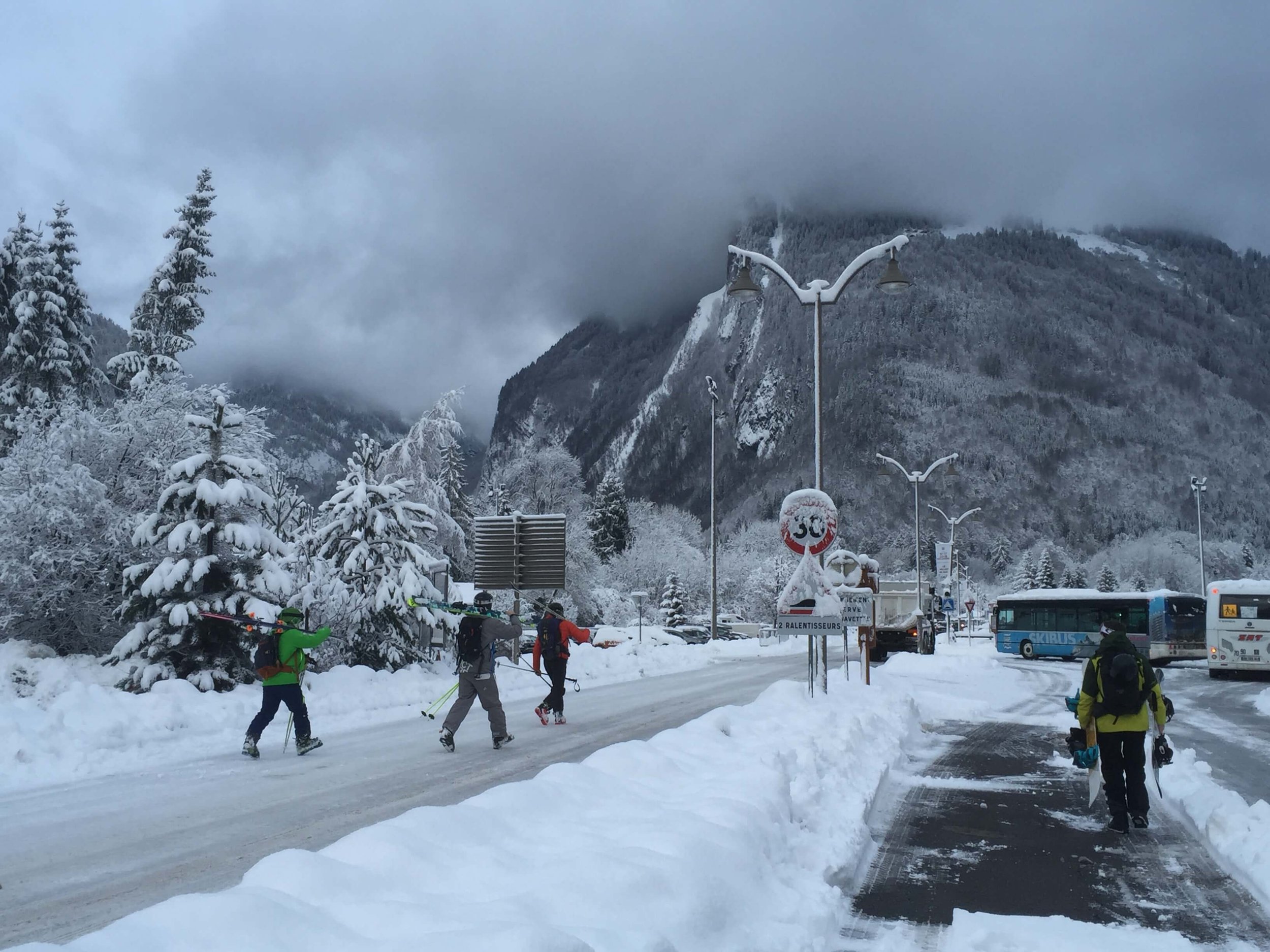
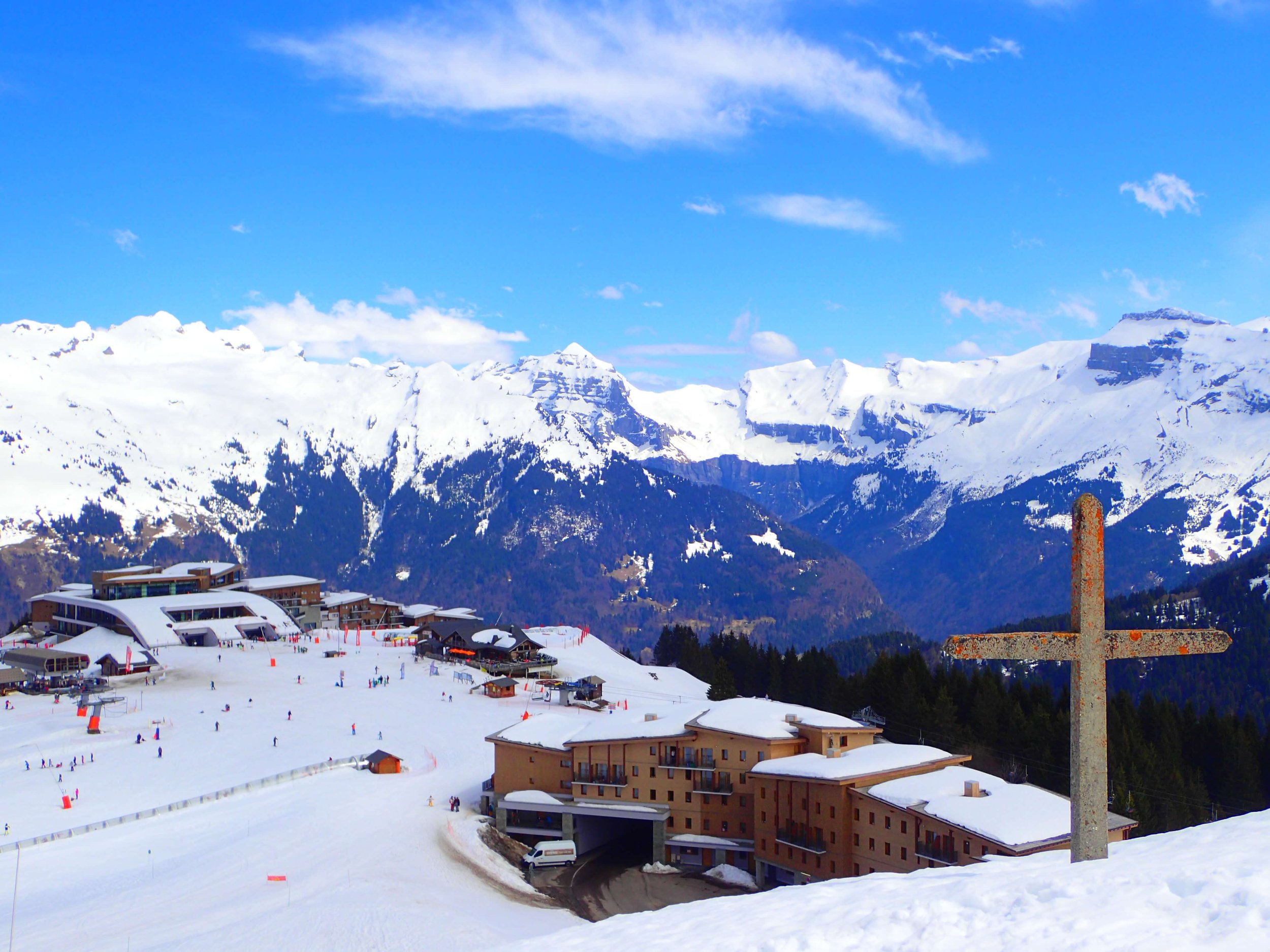
Staying in the village of Samoëns is a great base with plenty of restaurants, bars and shops within easy walking distance of your accommodation. It is worth noting that the village is a short walk or shuttle bus ride from the Grand Massif Express Gondola so you will need to factor this into your morning routine.
If you prefer on-slope accommodation there are several places to stay at Samoëns 1600 although you will miss out on the village vibe. Samoëns 1600 is also the base for a large Club Med hotel with all-inclusive facilities including a ski school. This would make a good base for families heading to the Grand Massif.
SAMOËNS LIFT PASS
Lift passes in Samoëns represent exceptional value. If you think you will ski more than one week in a season then consider getting the Grand Massif season pass, if purchased online before 30th November you save 50% meaning a whole season of skiing for €552. You can even add summer access so you have access to all the summer hiking and mountain biking.
If you are only visiting for one week then you can see all the options for lift passes here. I would always recommend getting the Grand Massif pass rather than the local area pass as it represents better value.
SAMOËNS PROS
Samoëns has direct access to the rest of the Grand Massif from the Chariande Express.
There is a brilliant beginner’s area in Samoëns that makes it the perfect base for never-evers.
Samoëns has a good mix of terrain in the local area making it a great base for mixed ability groups.
Aigle Noir black run is genuinely intense and for able skiers and snowboarders can represent a fantastic challenge.
SAMOËNS CONS
Crowding in Samoëns has become a problem during peak weeks since the closure of the Chariande 2 chairlift.
If you are staying in the village you will need to take a shuttle bus to the Grand Massif Express. Because of the bus timetable, it is hard to get to the GME before there is a queue during peak weeks.
Restaurants in the Samoëns ski area seem to charge more than in other Grand Massif resorts.
SAMOËNS GALLERY
NEARBY SKI RESORTS
FINAL THOUGHTS
Samoëns has been one of my favourite ski areas in France for years, I love it for the traditional village and the access it has to the rest of the Grand Massif. However, since the Chariande 2 lift has been out of action, Samoëns has had a problem, crowding during peak weeks. If you are visiting Samoëns outside of the main holiday weeks, I guarantee you will have a fantastic time! During peak periods, you may suffer from morning queues at the Grand Massif Express and Chariande Express chairlifts.
DISCOVER SAMOËNS
www.samoens.com
AROUND THE GRAND MASSIF
Australasia Snowboard Guide
Australia and New Zealand offer some great opportunities for summer snowboard trips. Australia is becoming more accessible and affordable, especially to Epic Pass holders with world-class facilities included on your unlimited lift pass. Perisher and Thredbo are the big names in Australia but there is plenty to explore at; Mt Hotham, Falls Creek, Mt Buller and Charlottes Pass.
New Zealand offers a fantastic variety from the locals club fields at Mt Cheeseman or Mount Olympus to the world-renowned Cardrona and The Remarkables. Snowboard trips to New Zealand are perfect for road-tripping and following snow conditions. New Zealand is more affordable than its neighbour with early bird season passes for the NZSki Resorts of; Coronet Peak, Mt Hutt and The Remarkables costing less than 700NZD
Australia is best known for its incredible terrain parks with resorts making the most of the man-made snow to shape some of the world’s best features. From the huge kickers at Thredbo to the half-pipe at Perishers Front Valley, Australia brings its park game. With lower vertical drops than most Northern Hemisphere ski areas, Australian resorts are fantastic at using what they have. Overall, facilities in Australia are great with modern lifts and huge investments made in snow-making. You will find resort accommodation with quick access to the snow, although be prepared to pay a premium.
New Zealand has a more traditional laid-back feel than Australia with a large number of smaller local run ski areas known as the Club Fields. In the clubbies, you will sacrifice modern facilities but not your soul with a number of ‘nut-crackers’ or rope tows to access the slopes. The most famous club fields are; Mt Dobson, Mt Cheeseman, Ohau and Broken River but many more exist. Away from the clubbies New Zealand also offers snowboarding at its world-class ski resorts; Cardrona, Coronet Peak, The Remarkables, Mt Hutt, Mount Ruapehu, and Treble Cone. Queenstown is a great base for a New Zealand snowboard trip with both The Remarkables and Coronet Peak accessible from the town. From Queenstown, you can also access Cardrona and Treble Cone by bus but access is easier from Wanaka. Further north the town of Methven in Canterbury will give the best access to Mt Hutt (regularly named New Zealand’s best ski resort). On the North Island, Mount Ruapehu and the resorts of Whakapapa and Turoa will be the main attractions.
EXPLORE BY COUNTRY
MULTI RESORT LIFT PASSES
AUSTRALIA
Perisher has been included on the Epic Pass for several years now, but recently Falls Creek and Mt Hotham have been included. This means it is possible to snowboard all summer on your Epic pass and make the most out of your winter. Thredbo is included on the Ikon but doesn’t have an unlimited option.
NEW ZEALAND
The best value pass in New Zealand is the NZSki Pass which covers unlimited snowboarding at Coronet Peak, The Remarkables and Mt Hutt. Buy early to get your pass for under $700NZD and snowboard at all three resorts. The price for the 3 Peak Season Pass does go up towards the season start dates, but you can find the most up-to-date information here.
FREQUENTLY ASKED QUESTIONS
Where do you snowboard in Australia?
In Australia you can snowboard in the states of New South Wales and Victoria. NSW is home to the biggest name resorts of Thredbo and Perisher whereas Victoria hosts; Mt Buller, Falls Creek and Mount Hotham.
Does Australia have snowboarding?
Well this article would be pretty pointless if it didn’t. Australias resorts have world class facilities and can be a great way to get summer turns. Australia is particularly popular with freestyle snowboarders and there are a number of professional Australian snowboarders.
What is the best snow field in Australia?
This really comes down to personal preference and what you value the most for your snowboard trip. Thredbo offers the greatest vertical drop in Australia therefore having the longest runs whereas Perisher has terrain across four mountains. Places like Selwyn Snow Fields or Mount Baw Baw are great for beginners.
Is snowboarding in Australia any good?
Again, this will largely depend on what you value but for us at the Snowboard Union we have had a great time in Australia. Although snow conditions can be a bit lacking at times Australian ski resorts are great at making the most out of what they have.
What months does it snow in Australia?
The ski season in Australia is short with snowfall for around 3 months between late June - early September.
What is the best time to snowboard in New Zealand?
The New Zealand ski season is a bit more reliable than Australia with resorts opening mid-late June. The best conditions will be found in August with spring conditions heading into September. Snowboarding in New Zealand can be subject to regular chair closures due to high winds. Use this as an opportunity to explore the local areas.
What is the biggest ski resort in New Zealand?
Mt Ruapehu’s Whakapapa side is the largest New Zealand ski resort. Whakapapa is home to over 40km of pistes. Add to this the Turoa side and the North Island Resort is the largest.
Is snowboarding in New Zealand any good?
Hell Yes! New Zealand is one of our favourite snowboard destinations. From the easy hikes at Remarks to the night skiing at Coronet Peak New Zealand makes a great snowboard trip. There is enough terrain to challenge most at New Zealand resorts and plenty of resorts to make an awesome road trip!
RELATED POSTS
Borovets Ski Resort Guide
Borovets in the Rila mountain range is a family-focused ski resort that makes skiing affordable. With modern facilities including some resort-style luxury hotels within walking distance of the pistes, Borovets could be what you are looking for. There are plenty of reasons to visit Borovets with more terrain than rival Bansko, alongside night skiing and cross-country trails, Borovets packs a punch without needing to spend too many £££.
BOROVETS FIRST IMPRESSIONS
Arriving at Borovets my first impression was one of surprise. Honestly, before heading to Bulgaria I was probably a bit of a ski snob leading to French alps or nowhere kind of attitude. The facilities in Borovets were much better than anticipated and this is the trip that really opened my eyes to the rest of the worlds ski hills. When walking around the resort and looking at the Borovets hotels, you could see that everything was a good standard.
BOROVETS SKI AREA
Borovets has invested to improve its lift system and improve uphill times, although its gondola is still antiquated. This is a small compromise to make for access to the largest number of pistes in Bulgaria. Strangely Borovets is split between two distinct ski areas, the slopes near the Rila Hotel and the slopes by Yastrebetz Gondola. The highest point of the resort is reached via the gondola with pistes at 2550m that allow you to ski down to the base area at 1300m. Strangely the cross-country courses can be found at the top of the resort with trails to 2900m.
The beginner’s area is situated near Hotel Rila, and as such is also the base for the ski school. The slopes here are mellow and are surrounded by restaurants, bars and hotel facilities. As you progress you will head to the Sitnyakovo chairlift that offers a little more challenge. This area is quite small but is enough to get you started. The Sitnyakovo chairlift also remains open for night skiing throughout the season.
If you are looking to explore further then head to the Yastrebetz gondola. From here you will be able to explore two main sections, at the top Markudjik and lower down Yastrebetz. The Markudjik ski area has another small beginners area with mellow slope serviced by a magic carpet and poma. You can also access some blues and a short black that will take you to the gondola’s mid-station. The Yastrebetz area offers the most challenge with some decent red runs that offer some decent vertical drop. If you want to stay in this area it is easy to lap via the Yastrebetz Express, a high-speed quad that ensures you can continue to get plenty of laps.
There is little challenge in Borovets for advanced skiers or snowboards with less than 10% of the piste map dedicated to black runs. There is some off-piste but unless the conditions are prime it can be best avoided. Skiing in the trees can be a bit of a disappointment with some forestry needed to make them truly skiable.
The Borovets ski map below gives a good overview of the accessible terrain throughout the ski resort. The layout of Borovets ski resort can be tricky if your group has varying abilities as you may find yourself split between distinct areas.
Borovets Ski Resort Piste Map
SEASON DATES
The ski season in Borovets runs from December through to April although snow quality and coverage can suffer in early and late season. It is getting better with improvements to snow-making facilities. The lower slopes especially can suffer and late season operations are moved to the top of the gondola. You can check the Borovets weather by accessing the Borovets ski webcam which is a good way to check the slopes before leaving your hotel.
BOROVETS LIFT TICKETS
Further discounts are available on Borovets lift tickets with family passes available at 20% discount. To check the latest pass prices click here
Below are my ratings for Borovets ski resort. All categories are scored out of five with higher scores being better. The only exception is crowds, a higher score in this category means the resort is busier. These scores are based of my experiences in the resort and I’d love to hear your views and experiences in the comments.
TRAVEL TO BOROVETS
WHERE IS BOROVETS
Borovets ski area is the located in the Sofia Province in the Rila Mountain Range. Close to the Bulgarian capital, Sofia travel to Borovets is fairly straightforward.
GETTING TO BOROVETS
From the UK low-cost airlines fly fairly regularly into Sofia (don’t get done by baggage fees). Flights to Sofia are regular and affordable from UK airports. A Sofia to Borovets ski resort airport transfer is 1hr. Most people book their Bulgaria ski trip through a travel company that will be on hand to organise your transfer. You can also fly into Plovdiv but your transfer time will be longer.
Search for flights here
SELF DRIVE
If you do not have an organised transfer then self-drive is possible with hire cars available in the airport arrivals area.
Search Car Hire Here
TAXI TO BOROVETS
Taxi or private hire is also available from Sofia airport but be sure to pre-arrange this with an agreed price. On our trip we used Get Transfers to find the best priced airport transfer for our group. Search Below.
HOW LONG IS THE TRANSFER TO BOROVETS?
The transfer time between Sofia International Airport and Borovets is 1 hr by coach although during busier periods this can take longer.
BOROVETS ACCOMMODATION
Borovets ski resort offers a range of hotel and accommodation options. Most hotels in Borovets are well placed offering decent services with swimming pools and spas. The food at the hotels can be hit and miss but if you need to eat out there are plenty of options that won’t harm your budget. I stayed in Hotel Rila which is a large hotel directly opposite the main slopes.
You can find great deals on accommodation in Borovets with 5* hotels offering half board options for between £500-£600pp.
BOROVETS PROS
Borovets offers great value for money European skiing
Getting to the resort is easy with plenty of options from Sofia and a short transfer time.
The Rila mountains are stunning and Borovets offer some beautiful views
The ski school provides a good service at low prices (please tip your instructor)
Borovets has a lively nightlife
Borovets has more terrain than other Bulgarian ski resorts
Borovets hotels are well placed for the slopes
BOROVETS CONS
Limited off-piste available
Borovets ski area is small when compared to large French / Swiss resorts
The Borovets gondola to Yastrebets from the base is long and slow!
BOROVETS GALLERY
OTHER ACTIVITIES IN BOROVETS
Borovets can be more than the average ski holiday with plenty of activities to keep everyone occupied. Great for days you just fancy a rest or as an addition to your trip consider the following Borovets activities.
Spa Day
Nothing says relax more than a spa day. Perfect for skiers and snowboarders with tired legs there a plenty of options for spa days in Borovets. The appeal is obvious, being sat inside a warm sauna or jacuzzi whilst everyone else is out in the cold will make your friends jealous. In Borovets, most hotels have spa and pool facilities, with the larger hotels offering treatments. A massage in Borovets is likely to set you back around £30
Tobogganing
Always a hit with the kids tobogganing can make a great evening activity. Sledges are available from the local bars which can be a risky combination! This can be a perfect way to wear out the younger members of the group while you sit back and enjoy the views.
Hot Springs
Known for its thermal pools Bulgaria has plenty of hot springs. This is a great activity for soaking weary muscles and helping recovery for your next ski day. Visiting the hot springs is possible during the day or in the evening so you do not need to miss out on any slope time.
FREQUENTLY ASKED QUESTIONS
Is Borovets good for skiing?
Hopefully, I have already answered this question but just in case you need more convincing the answer is yes. Borovets offers good skiing and snowboarding at low prices. You will find 58km of pistes, which mostly suit intermediate skiers. You will not find lots of off-piste or steep runs in Borovets but the terrain will suit most people. If you are looking for more challenging terrain in Bulgaria than consider a trip to Bansko or if you are a beginner consider Pamporovo.
Which is better Bansko or Borovets?
This is ultimately down to opinion and will vary from person to person. For me, there isn’t too much difference in the actual skiing between Bansko and Borovets. Bansko does have a world cup run which offers more challenge than anything you will find at Borovets, but Borovets offers more terrain. Away from the slopes both Bansko and Borovets have a lively nightlife. I like that you can get away from this in Bansko with a trip to the old town, a Unesco heritage site. In the Old Town, you will find restaurants and bars that are quieter and set in a beautiful setting. The closer you get to the gondola in Bansko it gets more modern and more nightlife oriented. Borovets also has a good nightlife scene, but you will find the hotels in Borovets offer great entertainment for kids with games rooms etc.
Where to eat in Borovets?
Borovets has a number of restaurants conveniently placed near the base of the slopes. If you like Mexican food then check out Mamacita’s which has decent reviews. Most holidays in Borovets include half-board accommodation so if you want to stay in your hotel then food is already sorted.
FINAL THOUGHTS
Borovets is a resort that I am happy I visited. As a intermediate it was great for me and my friends who were learning to ski. The ski school did a great job and we all improved significantly. I visited as a student and the value could not be argued with. We had full board, including ski hire and lift passes for less than some French Alps 6 day lift passes. I would not recommend it for the more advanced skier or snowboarder as you may feel it lacks challenge.
DISCOVER BOROVETS
How To Make The Most Of Night Skiing
For a long time, Night Skiing had been near the top of my bucket list. Although I have been snowboarding for a while now, I had never made it to a resort that offered some after-hour laps! When looking to visit the Hakuba Valley in Japan it became evident that this was going to be my opportunity. With Night Skiing available at Happo One, Tsugaike Kogen and Hakuba Goryu I was spoilt for choice and was bound to make this finally happen. More recently I was able to back up that experience by night skiing at Coronet Peak in New Zealand. Both experiences were really cool and helped me to realise some key tips to make the most out of night skiing.
CHECK OUT THE VIDEOS BELOW FROM MY NIGHT SKIING EXPERIENCES
Considering Night Skiing? Take a look at my tips below
Wrap-Up Warm - It should go without saying but when the sun goes down it gets colder outside. Adding an extra warm layer will help you stay comfortable during your nighttime session, especially when sitting on those nighttime chair lift rides.
Lens Choice - Wearing goggles with a high VLT (visible light transmission) will really help clarity when night skiing. Try to avoid dark lenses or those designed for sunny conditions. A clear lens would be perfect but any storm lens should provide enough visibility.
Take It Easy - When the sun goes down the ground hardens up. It can be better to ride at lower speeds until you are familiar and confident with the conditions.
Focus On A skill - Depending on where you are night skiing you may have more options. At Happo we were limited to one slope which can make it quite a repetitive process. I chose to focus on a skill, this helped me to get the most out of being restricted to a small area and made the experience useful and enjoyable.
Get There Early - Most night skiing will open when the sun is still shining. This a great opportunity to get some laps in whilst the snow is still a little softer.
Pay Attention To Daytime Temps - If it has been warm during the day it is likely the top layer of snow will have melted and will refreeze as the sun goes down. This will make the surface for night skiing more prone to icy spots and you should ensure your board or ski’s have had a recent edge tune.
Check The Forecast - If there is a storm incoming, Night Skiing could just be your chance to get some fresh turns before everyone else in the morning. Night Skiing tends to be quieter so offers less competitions for those powder turns.
YOUR TURN
Are you a night skiing regular? Or is it something that is on your ski bucket list? Let me know below in the comments.
Snowboard Sidecut... What Is It? And How Does It Effect How The Snowboard Turns?
Probably one of the more confusing aspects when choosing a snowboard, sidecut will influence the shape and size of your turns. The sidecut is what you see when you look straight down the edge of your board. Essentially, your sidecut is a small cut out of a larger circle influencing the shape of your turn. A smaller sidecut will give you a tighter turn whereas a longer sidecut will offer long drawn-out carves.
WHAT IS A SNOWBOARD SIDECUT
The term sidecut refers to the shape of the edge of the snowboard, in other words, it’s the curvy bit on the side. The arc of the sidecut will vary between boards and will depend on the intended use. You will hear the terms sidecut and sidecut-radius used to describe the snowboard’s turn shape.
In straightforward terms the deeper or more obvious the sidecut the shorter the turn and the smaller the sidecut-radius. This means if you are looking for a snowboard that will turn quickly you should look for a board with a deeper sidecut, this would be useful in the terrain park as you initiate a spin of a kicker. Alternatively, if you are looking to perform longer arcing turns then a board with a more shallow sidecut would be better.
TYPES OF SNOWBOARD SIDECUT
To suit the variety of terrain that snowboarding has to offer there are also a number of sidecuts that will be suited for the purpose. Below is a generalized outline of the types of sidecut and their suited uses.
Radial Sidecut
Radial sidecut refers to boards that have a deeper sidecut for quicker and smaller turns. A radial sidecut will be very narrow at the waist of the snowboard ensuring a shorter turn radius. Radial sidecuts are often found on freeride boards that are designed for carving.
Progressive Sidecut
Progressive sidecuts use varying sidecuts along the length of the same board. The tip and tail may have a different sidecut to the middle of the board meaning that the board will act differently through the turn. This sort of sidecut can be used to help beginner riders when initiating a turn but ensuring the middle of the turn is longer.
Asymmetrical Snowboard Explained
Asymmetrical snowboards have a deeper heel sidecut than on the toeside. Heel turns are harder due to our bodies anatomy so an asymmetrical sidecut helps to even out this imbalance. Asymm boards allow for shorter heelside turns with minimal effort. Asymm sidecuts are found on a number of boards with all-mountain boards finding this sidecut increasingly popular.
Magna-Traction / UnderBite / Traction Tech
Brands use different terminology to explain this type of sidecut but essentially it is the same thing. A serrated edge that gives you more contact points on the snow. By introducing more contact points throughout the sidecut your board will have a better grip in icy snow conditions. Think of this sidecut as a bread knife with more contact points allowing you to slice through the snow more efficiently.
HOW DOES SIDECUT AFFECT YOUR RIDING STYLE?
Freestyle
Freestyle snowboards tend to have a shorter sidecut radius allowing the boards to turn quickly at slower speeds. Having a shorter sidecut on a freestyle snowboard will help initiate spins and allow quick changes of direction with greater manoeuvrability.
All Mountain
If you are looking for a snowboard that feels comfortable everywhere then consider a snowboard with a medium sidecut radius. A medium sidecut will be a middle ground between short sharp turns and long drawn out carves.
Freeride
Now, this is actually a tough one as it will depend on what type of freeride you like to do. If your only goal is carving on groomers than getting a snowboard with a sidecut of 8m + will suit you well. This larger sidecut radius will allow for mellow carves with a longer turning radius. That’s all well and good for a nice wide piste but if you want to have fun in some tight trees then you may want to size down that sidecut radius.
FINAL THOUGHTS ON SNOWBOARD SIDECUTS
Essentially, although sidecut might not be the first thing you look at whilst choosing your snowboard it will have a large impact on how your snowboard rides, specifically in carving and your ability to quickly go edge to edge. Choosing the right snowboard sidecut for you will ensure you have the best day on the mountain. Hopefully, that is the snowboard sidecut radius explained, however, if you have any questions make sure to drop them in the comments below. Make sure to check out the Snowboard Buyers Guide where you will find all the information regarding how to buy a snowboard.



